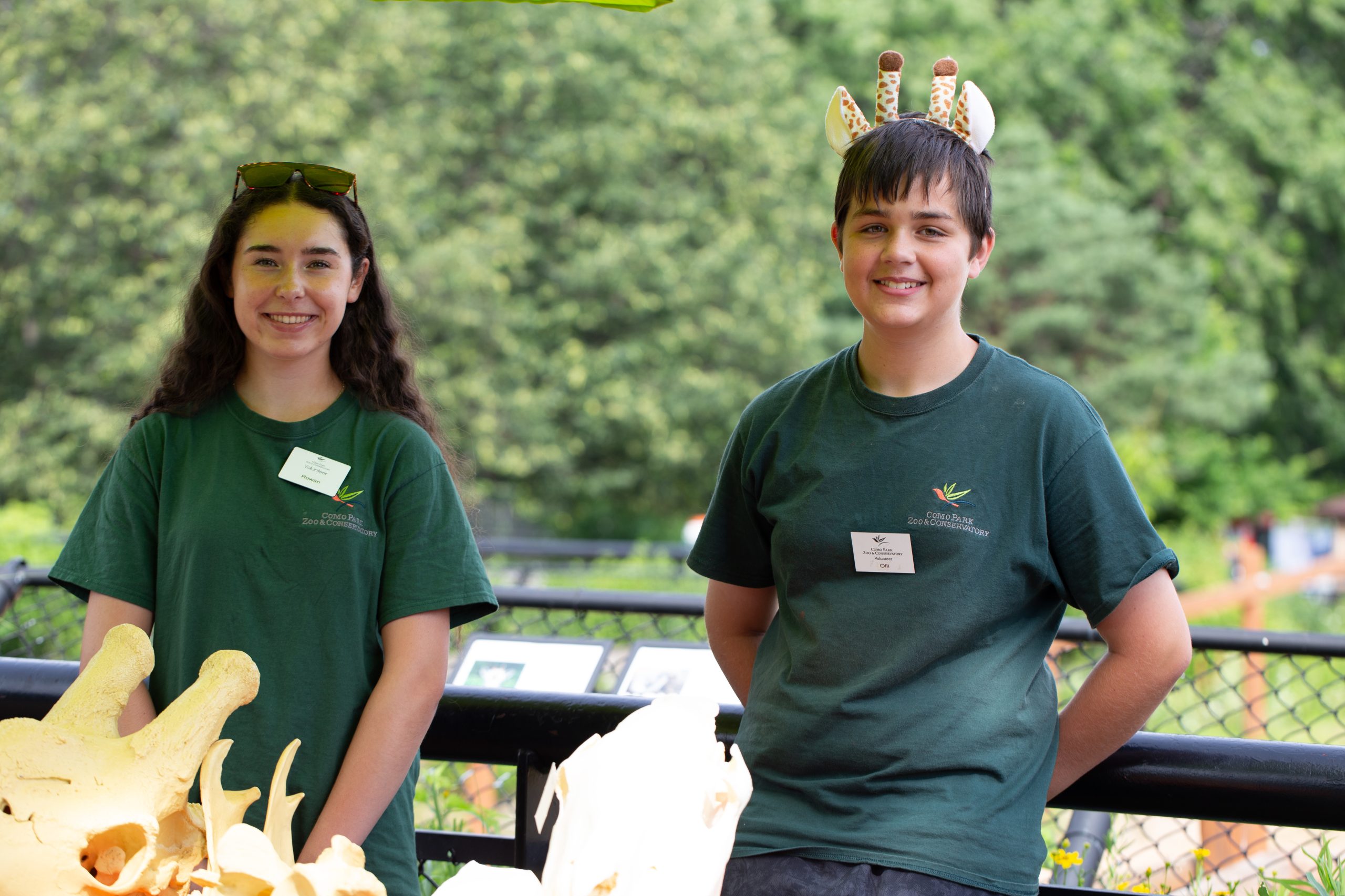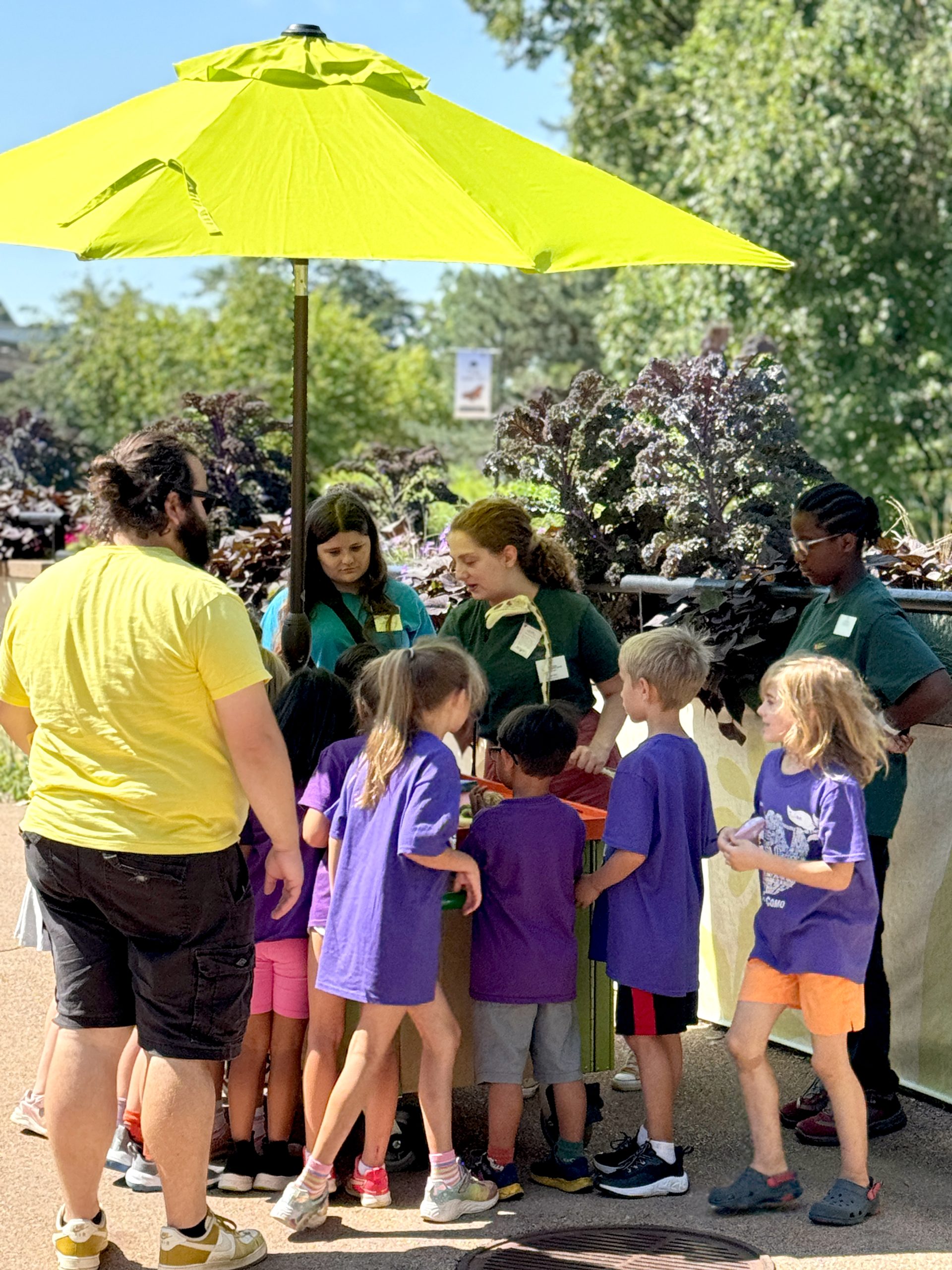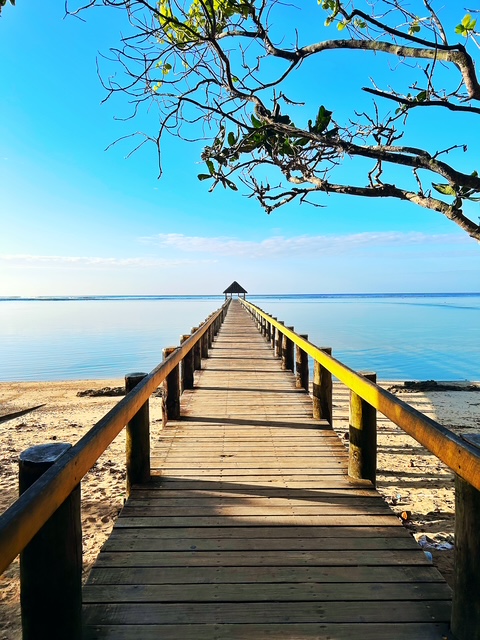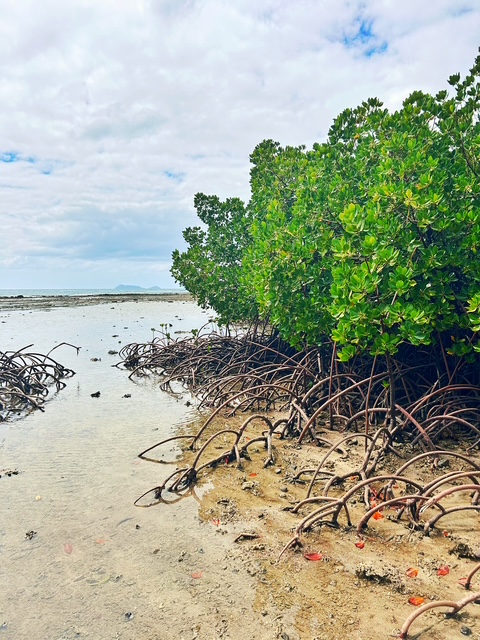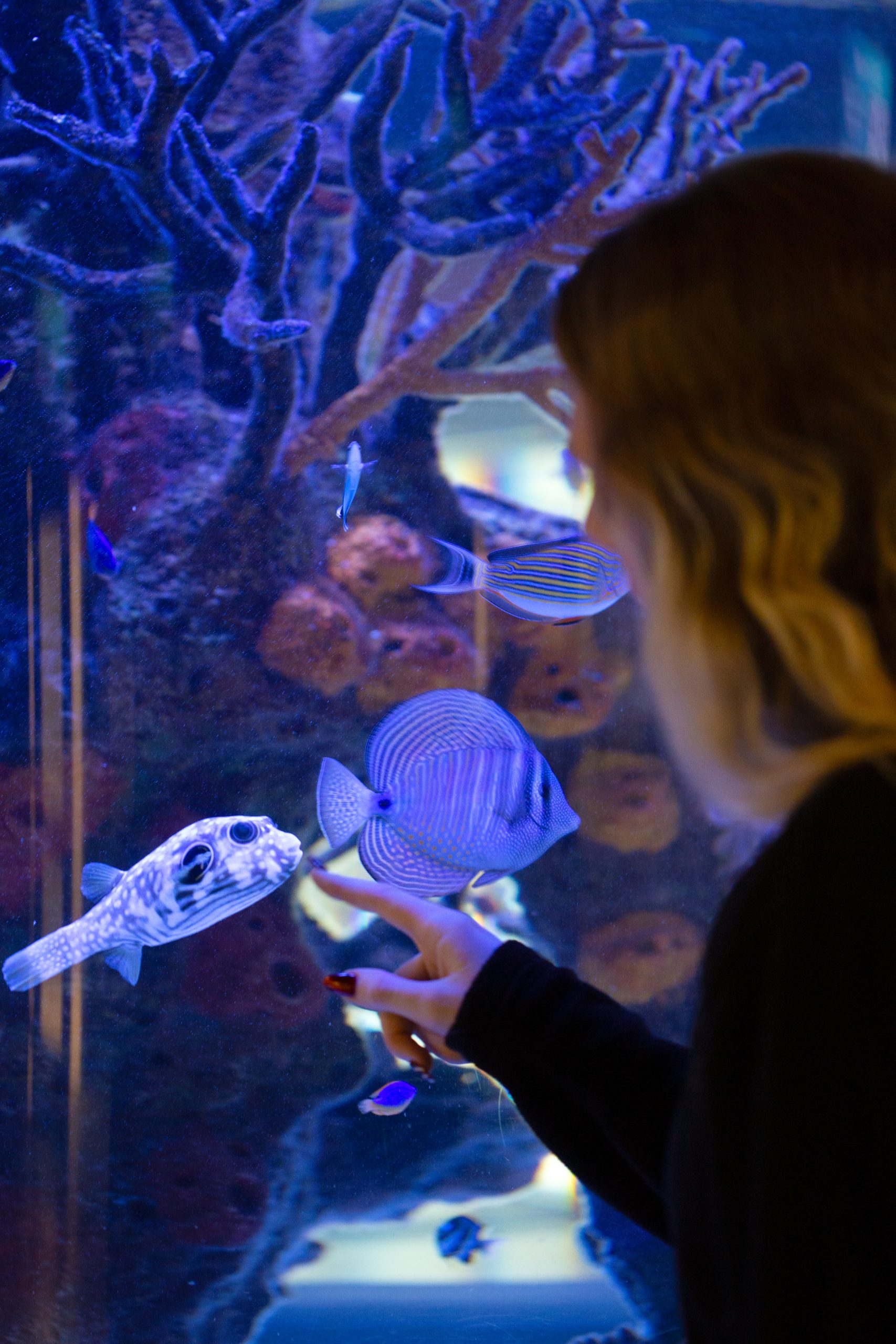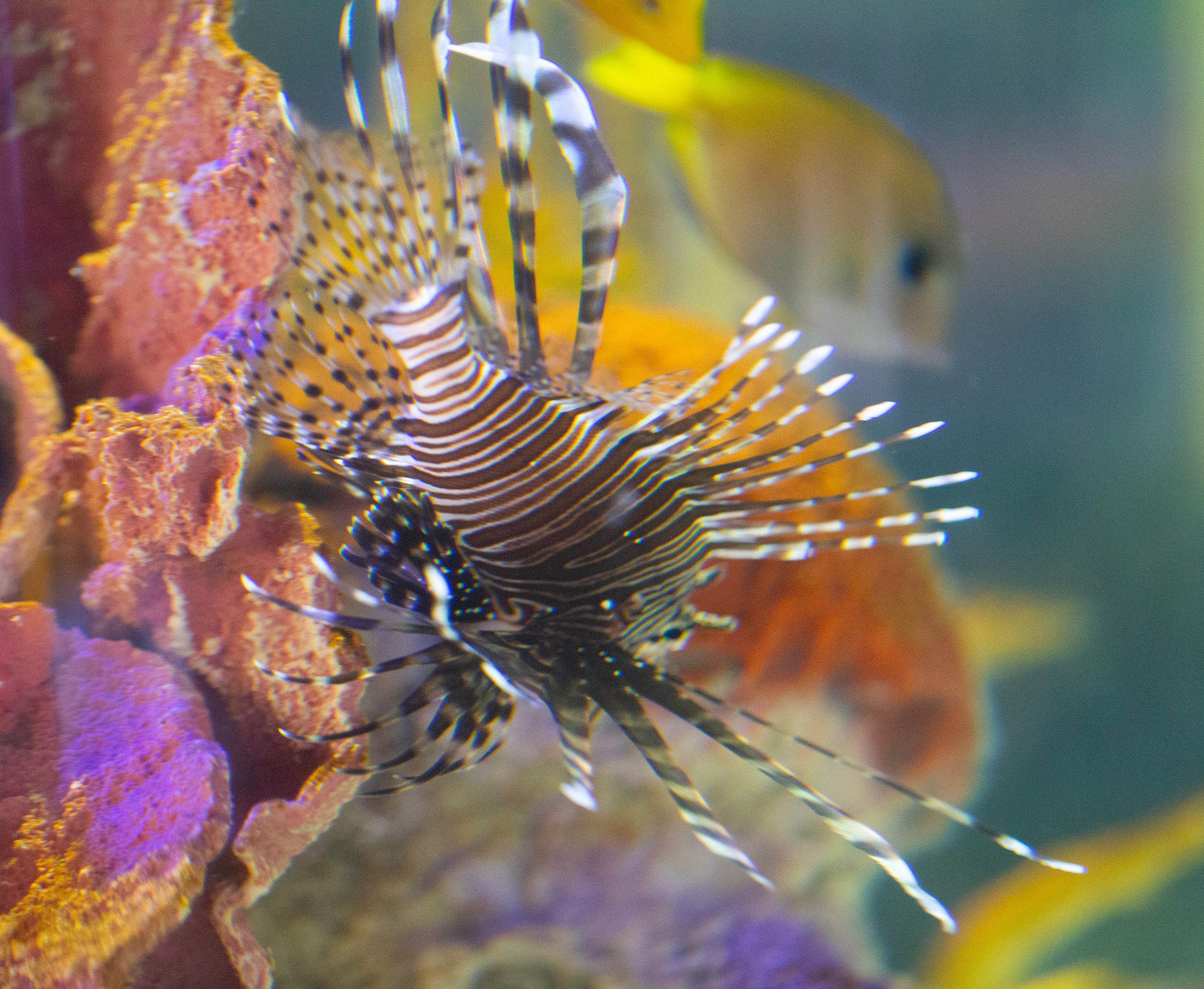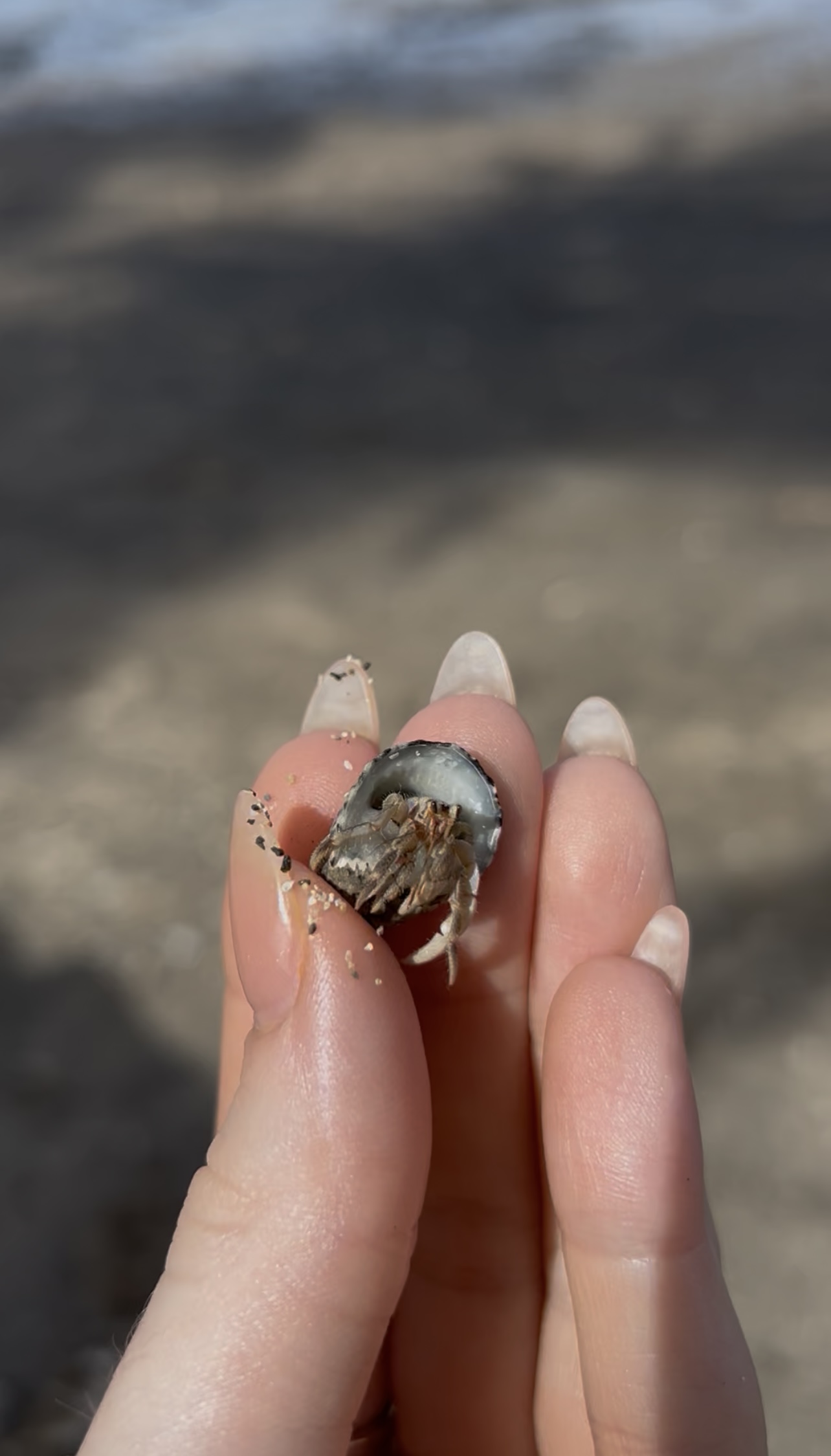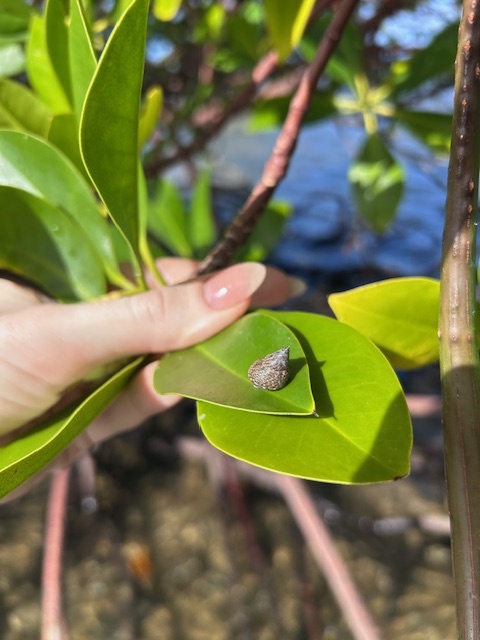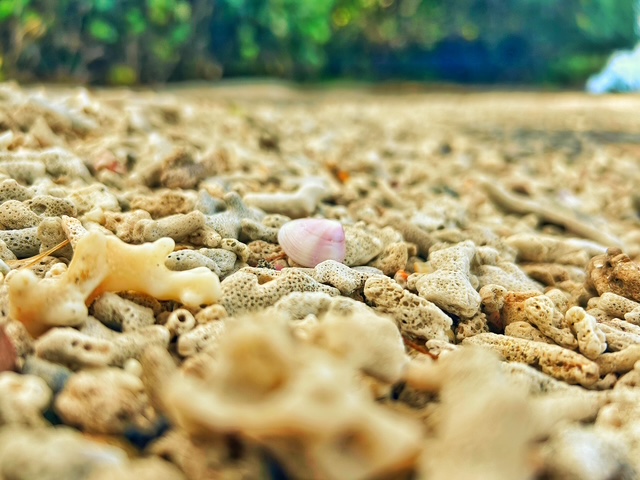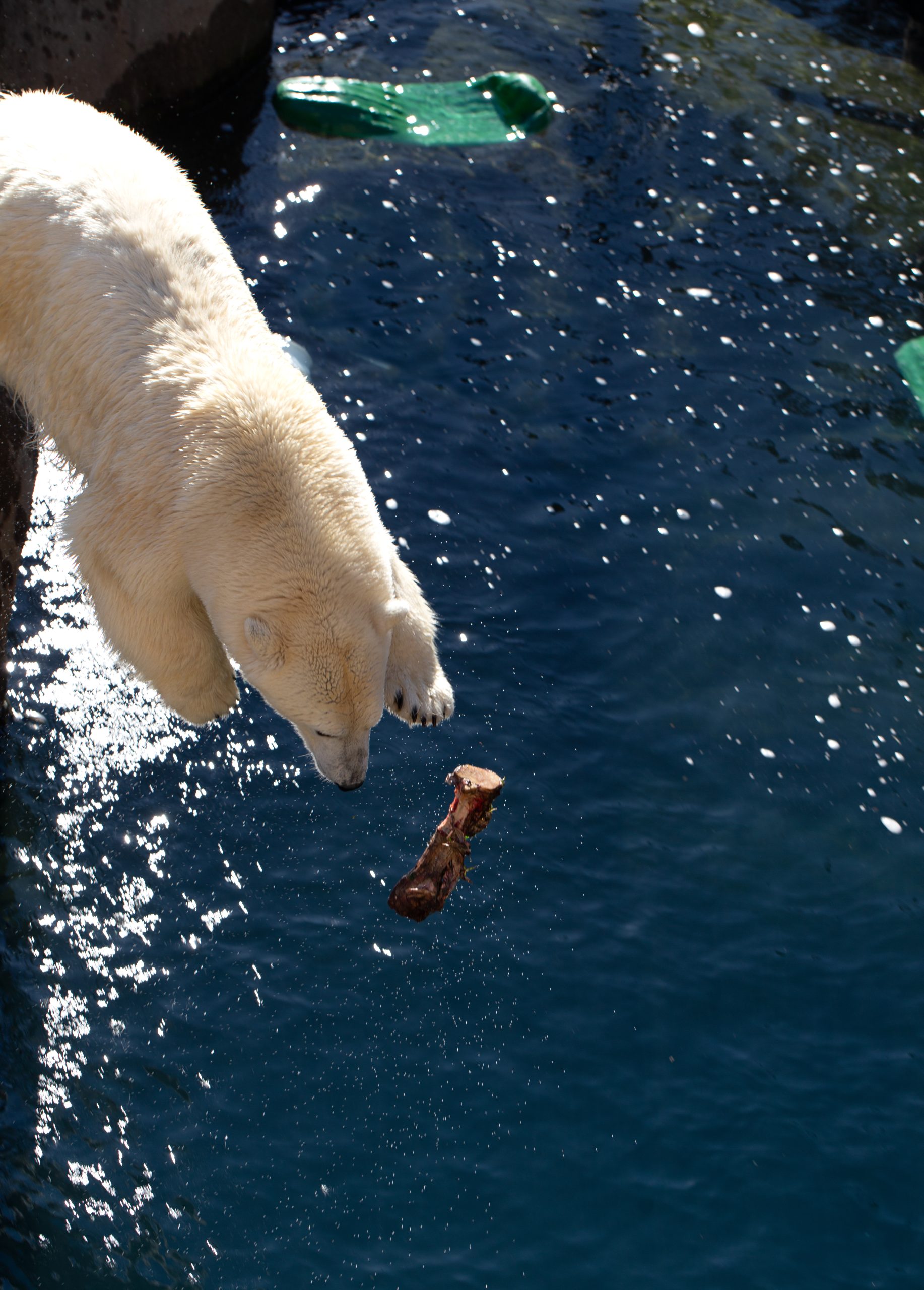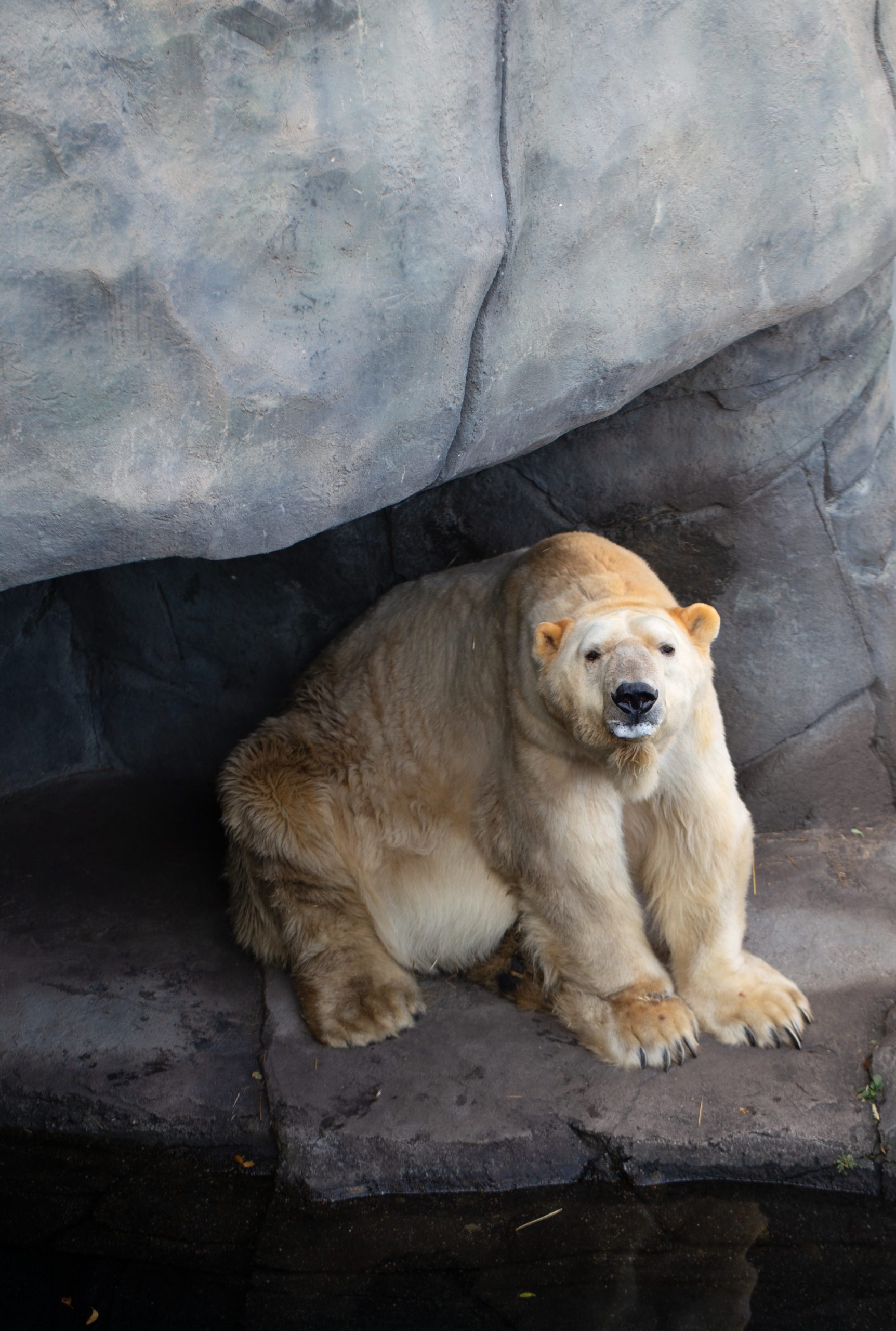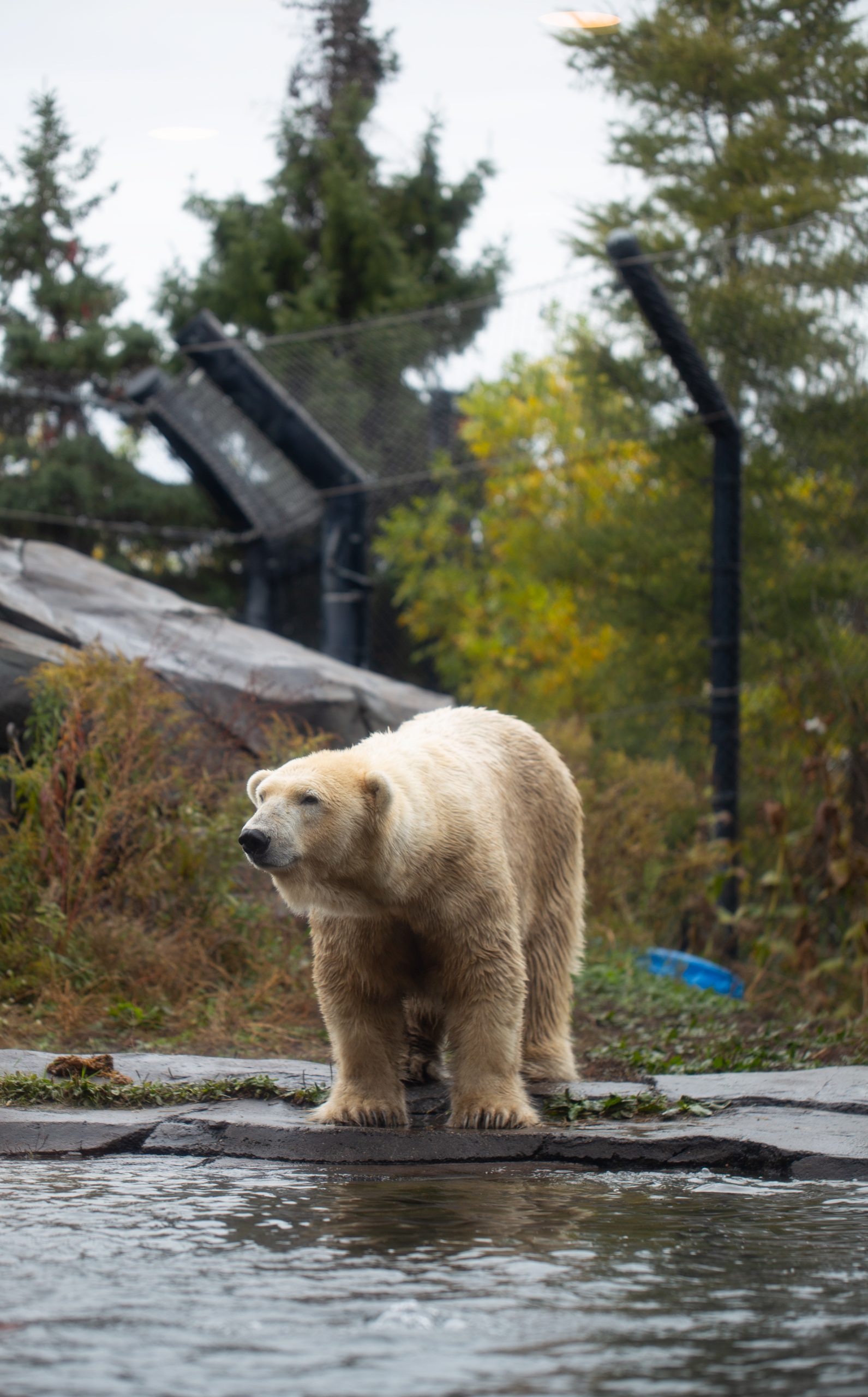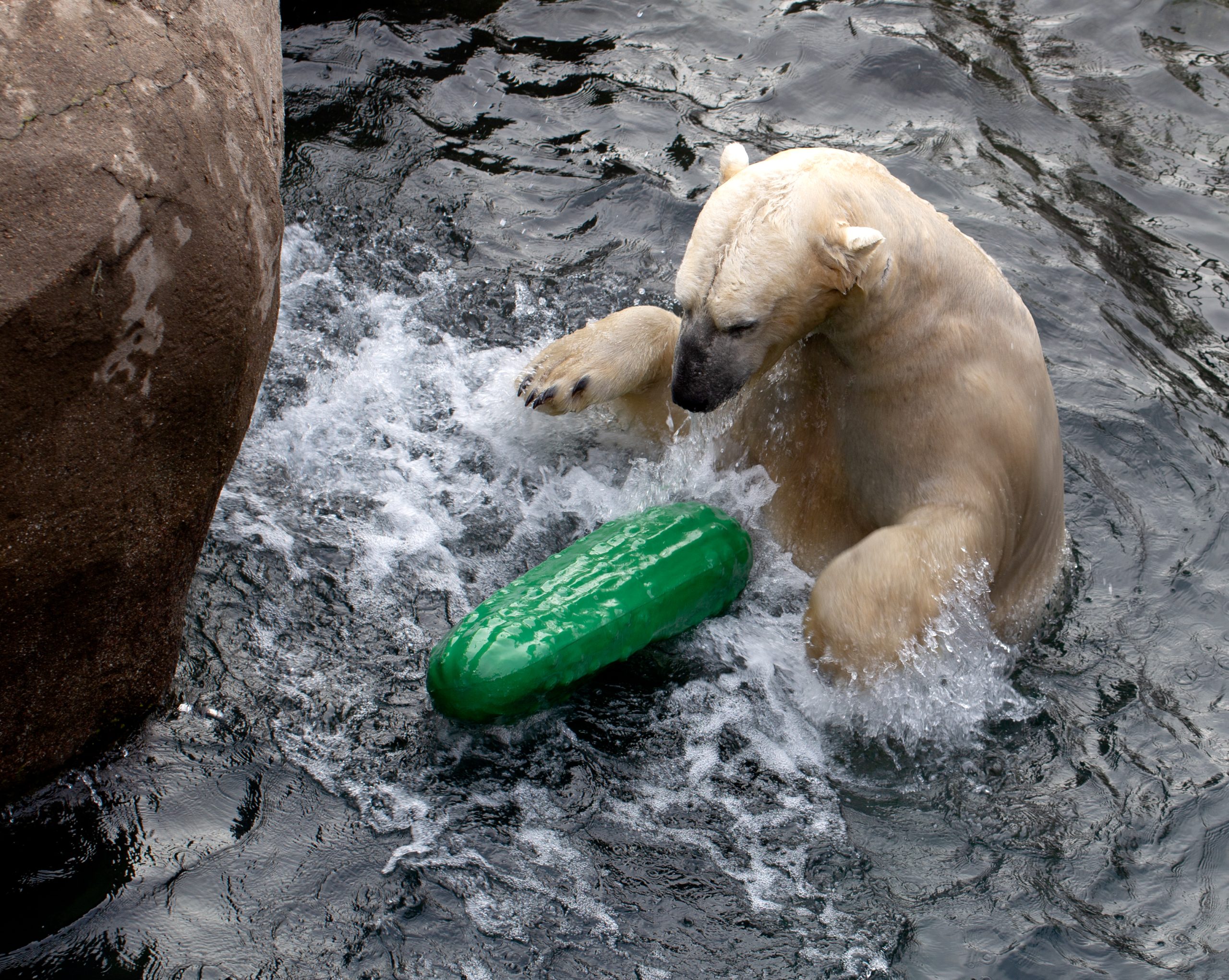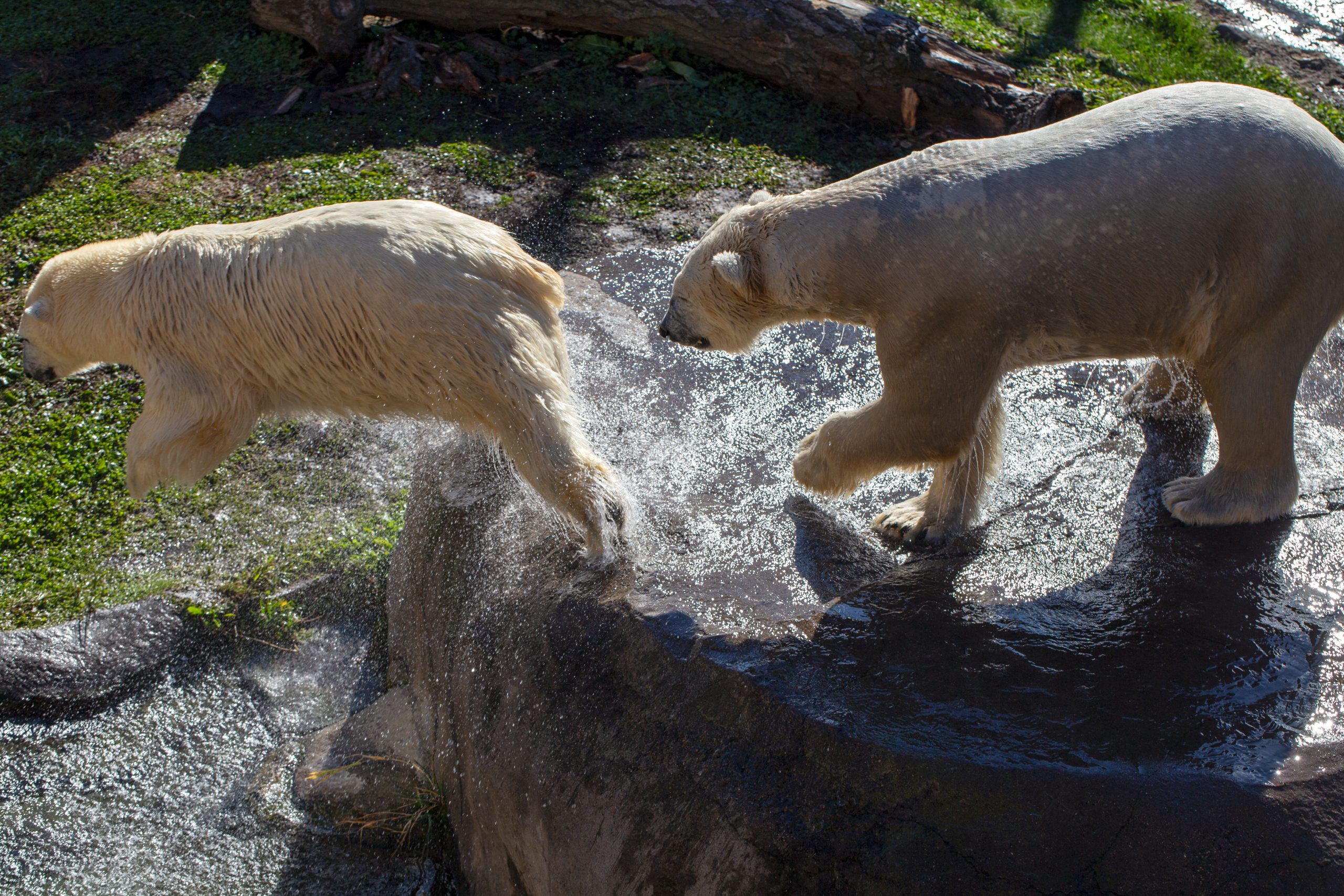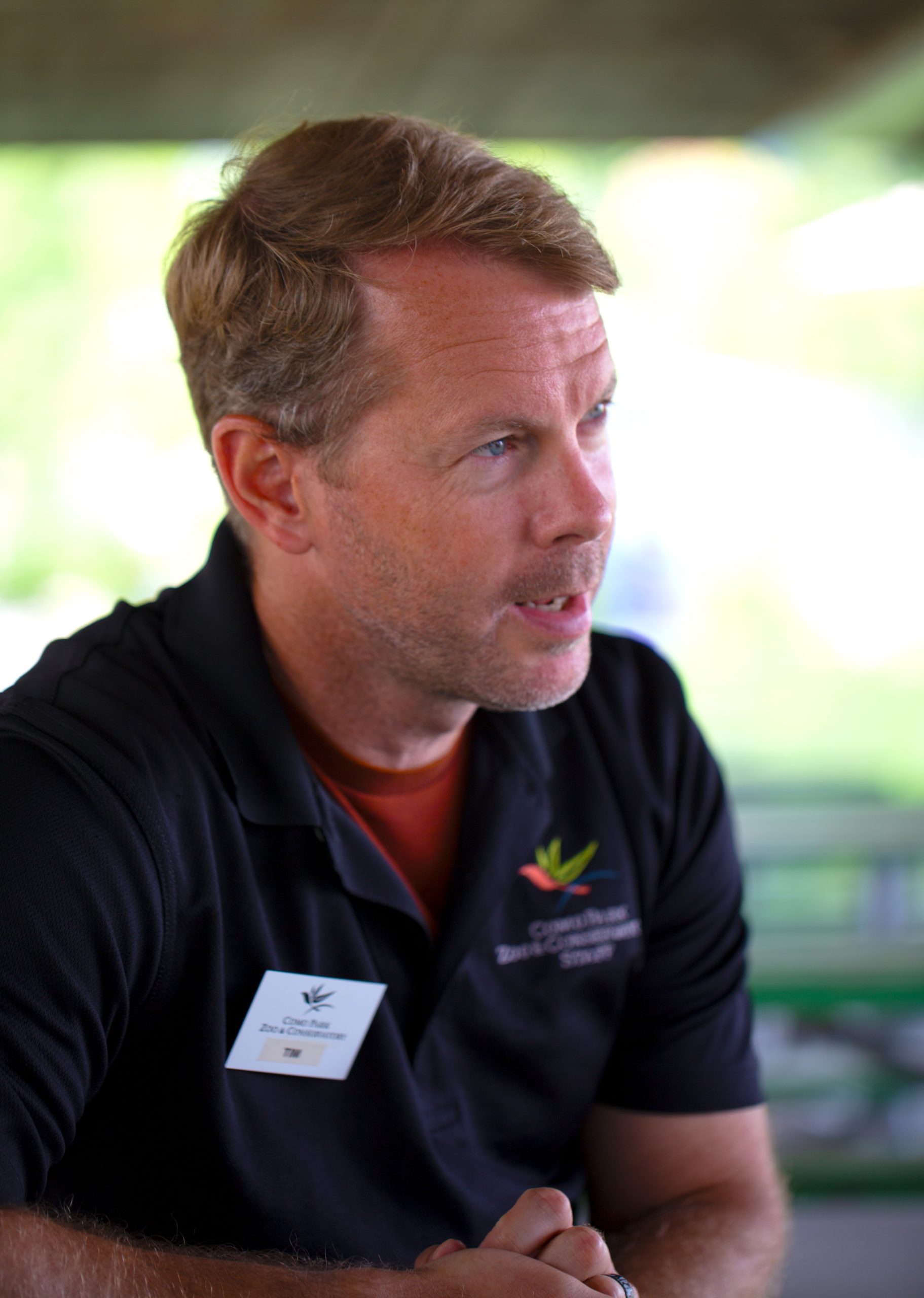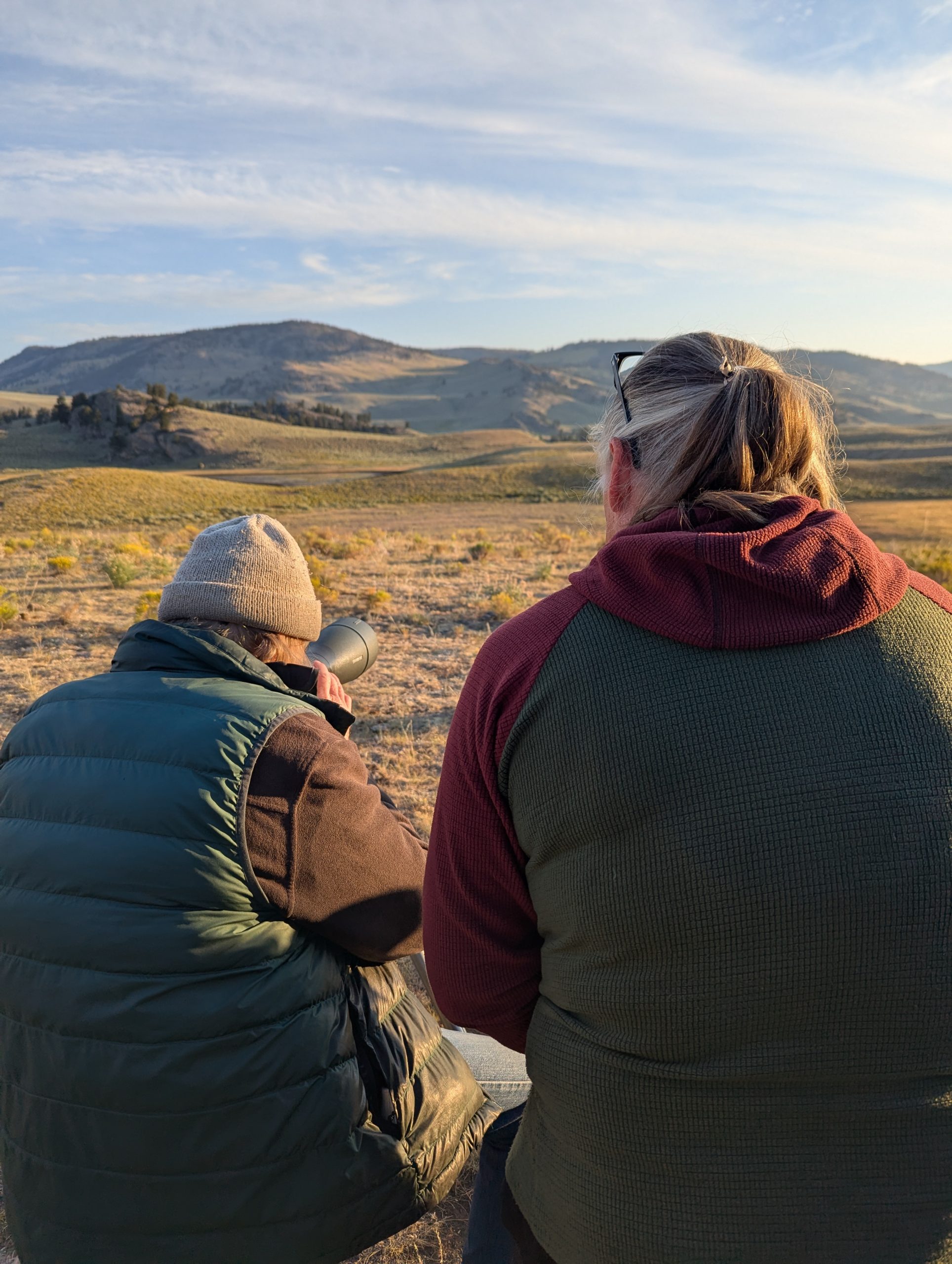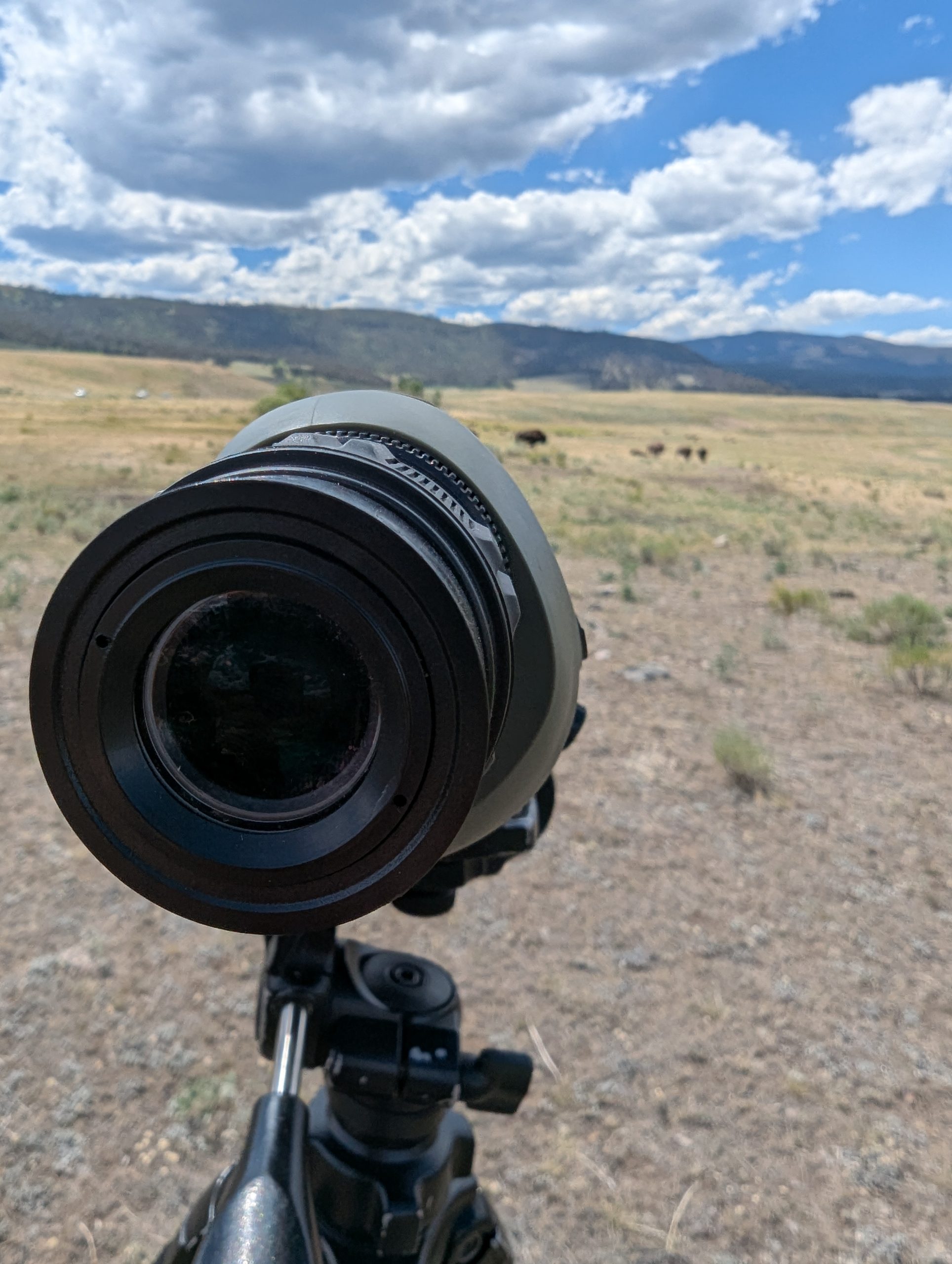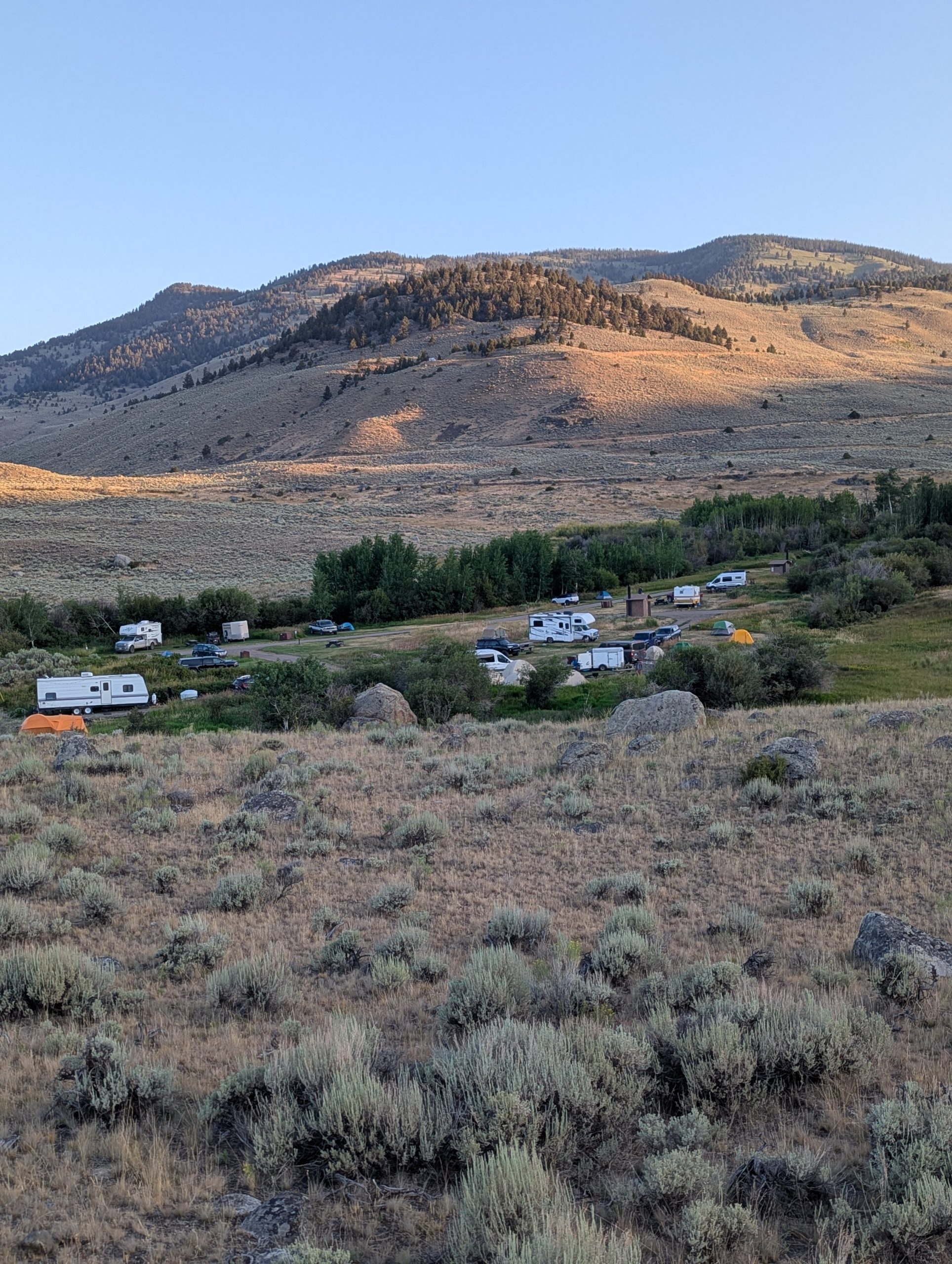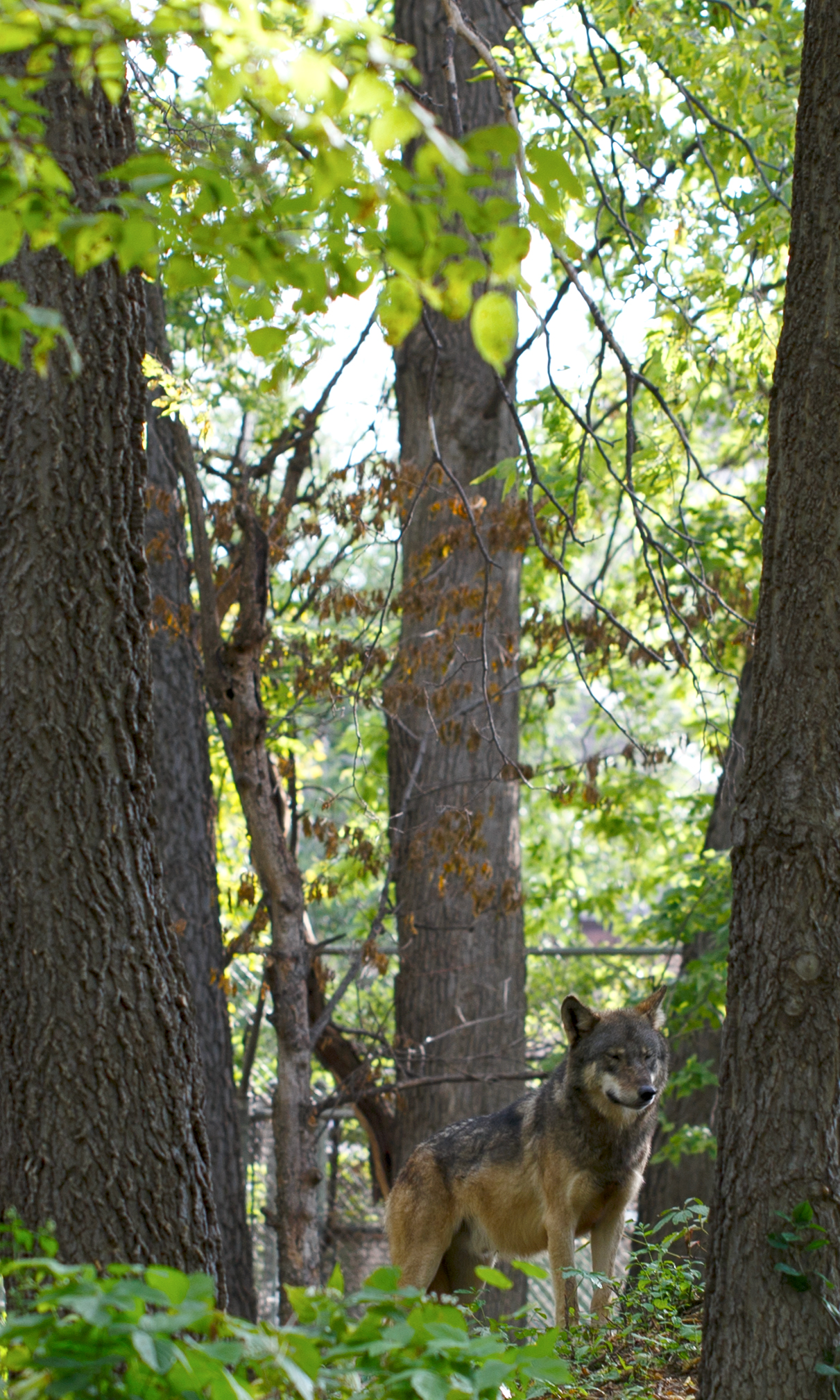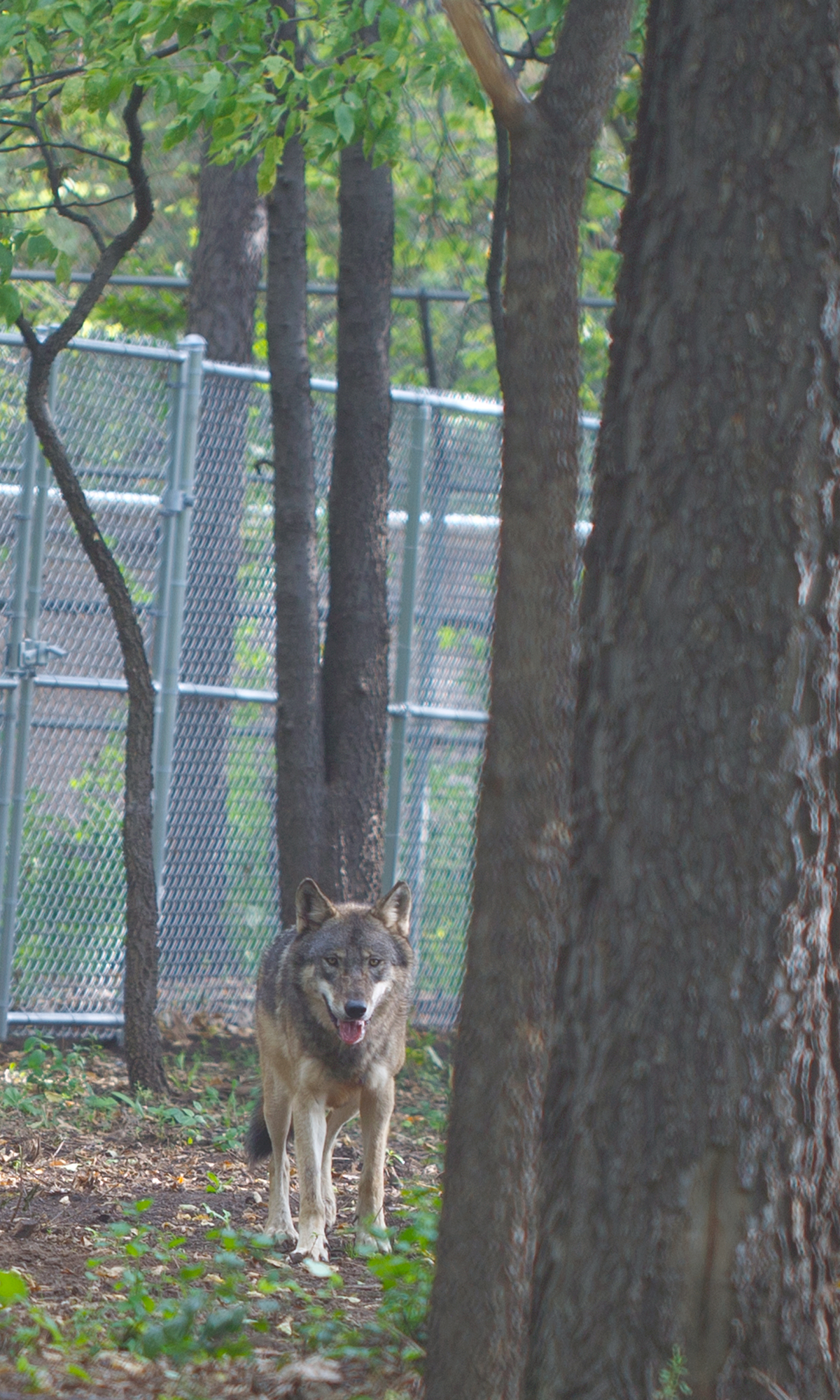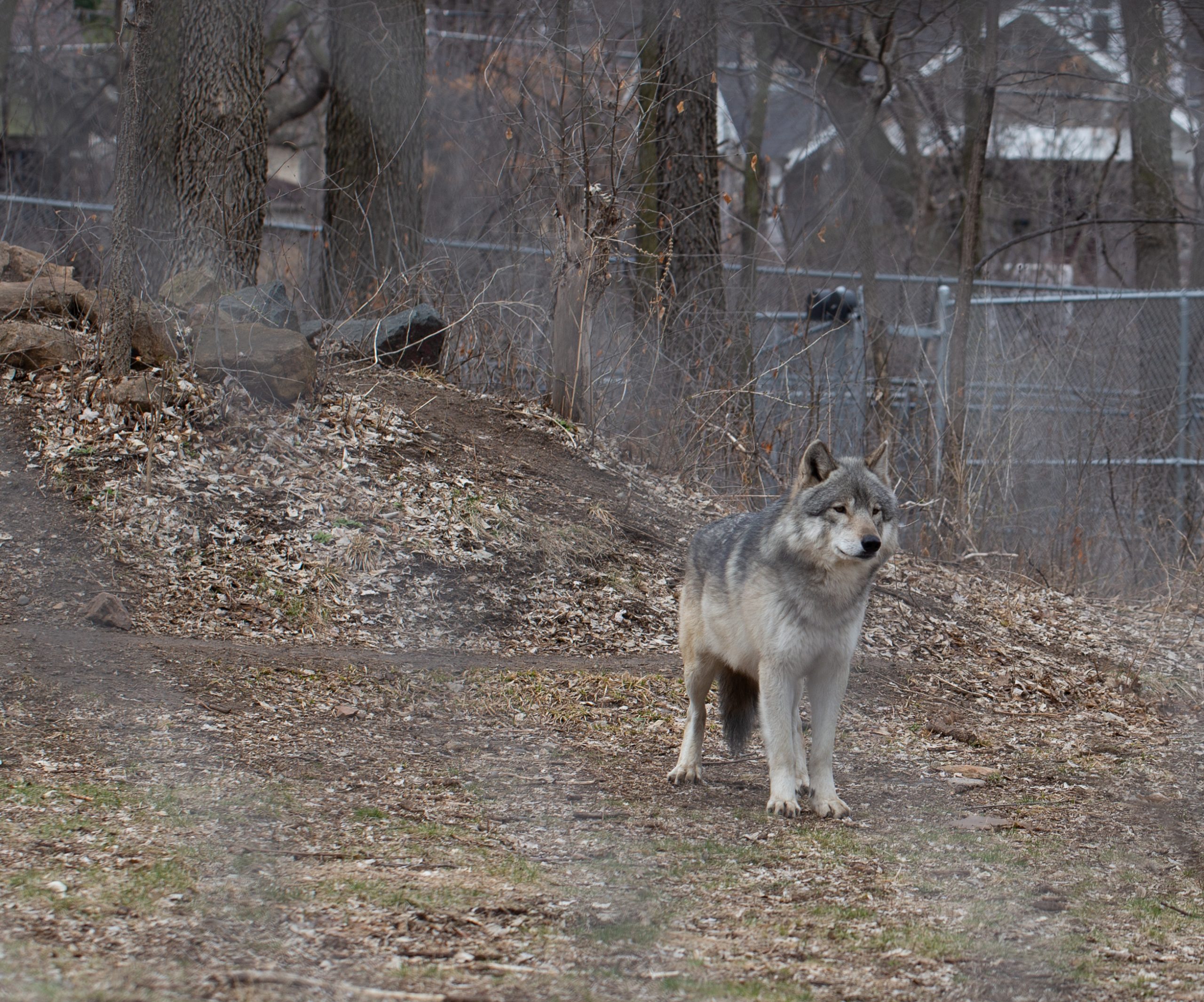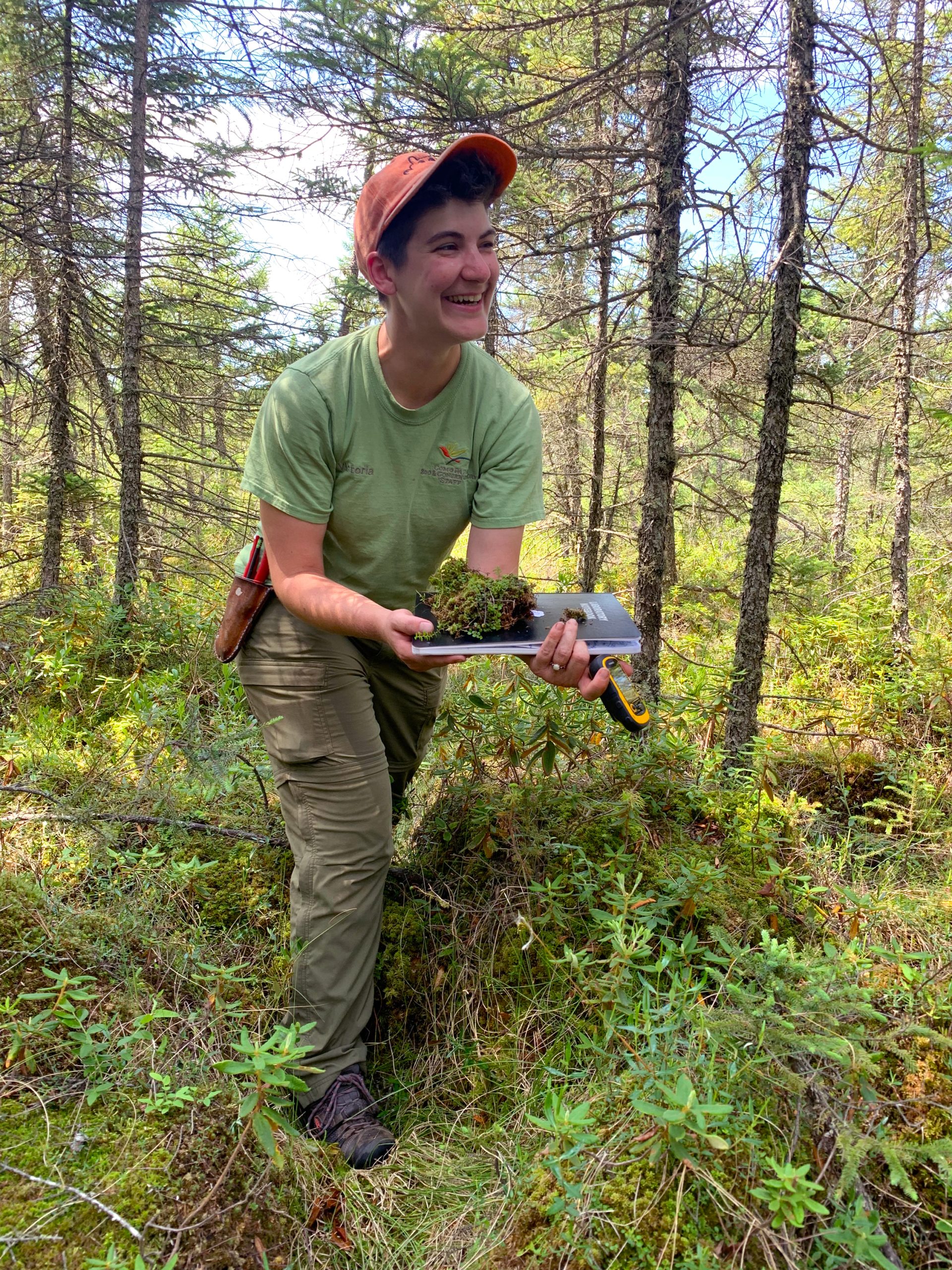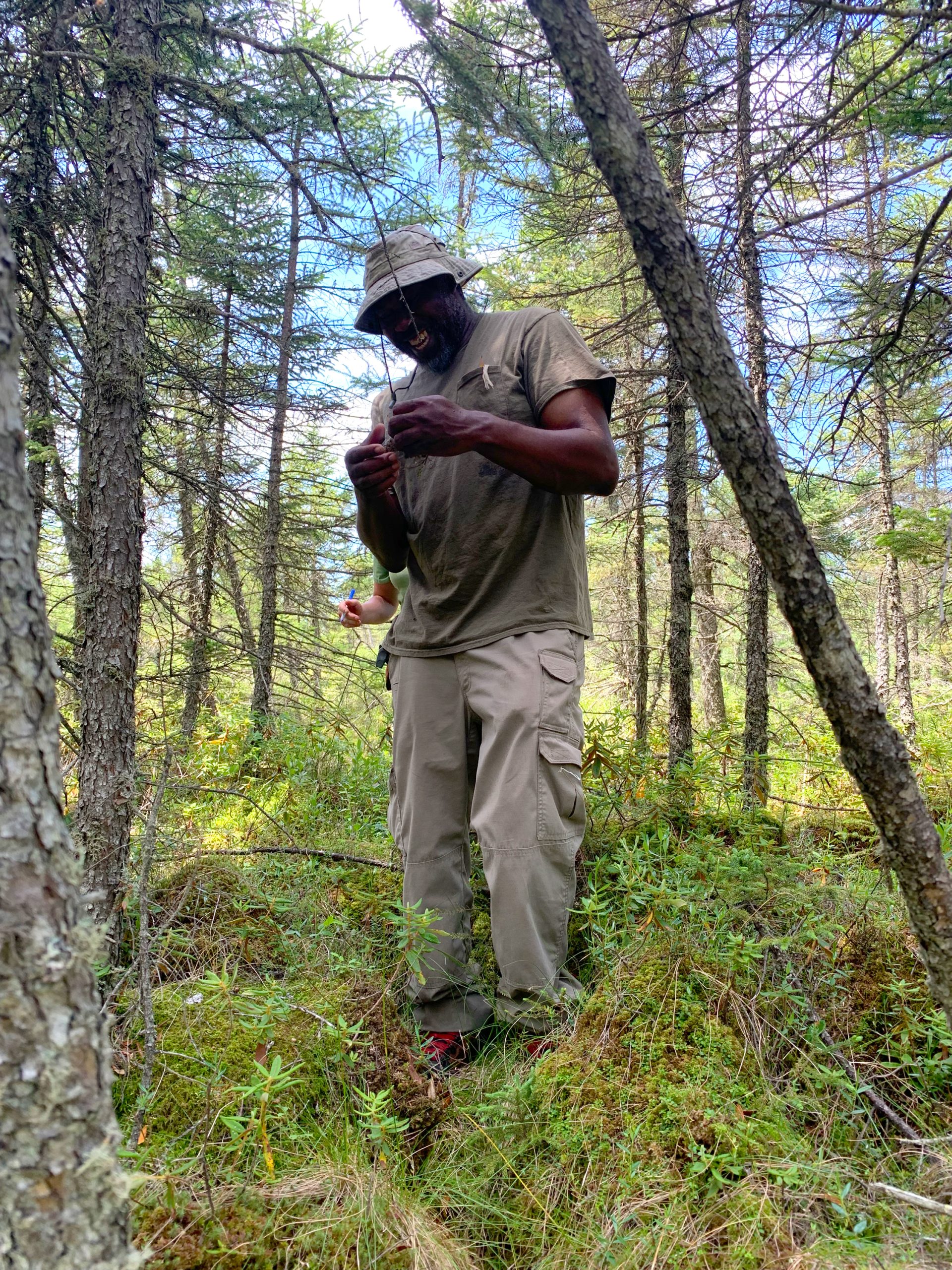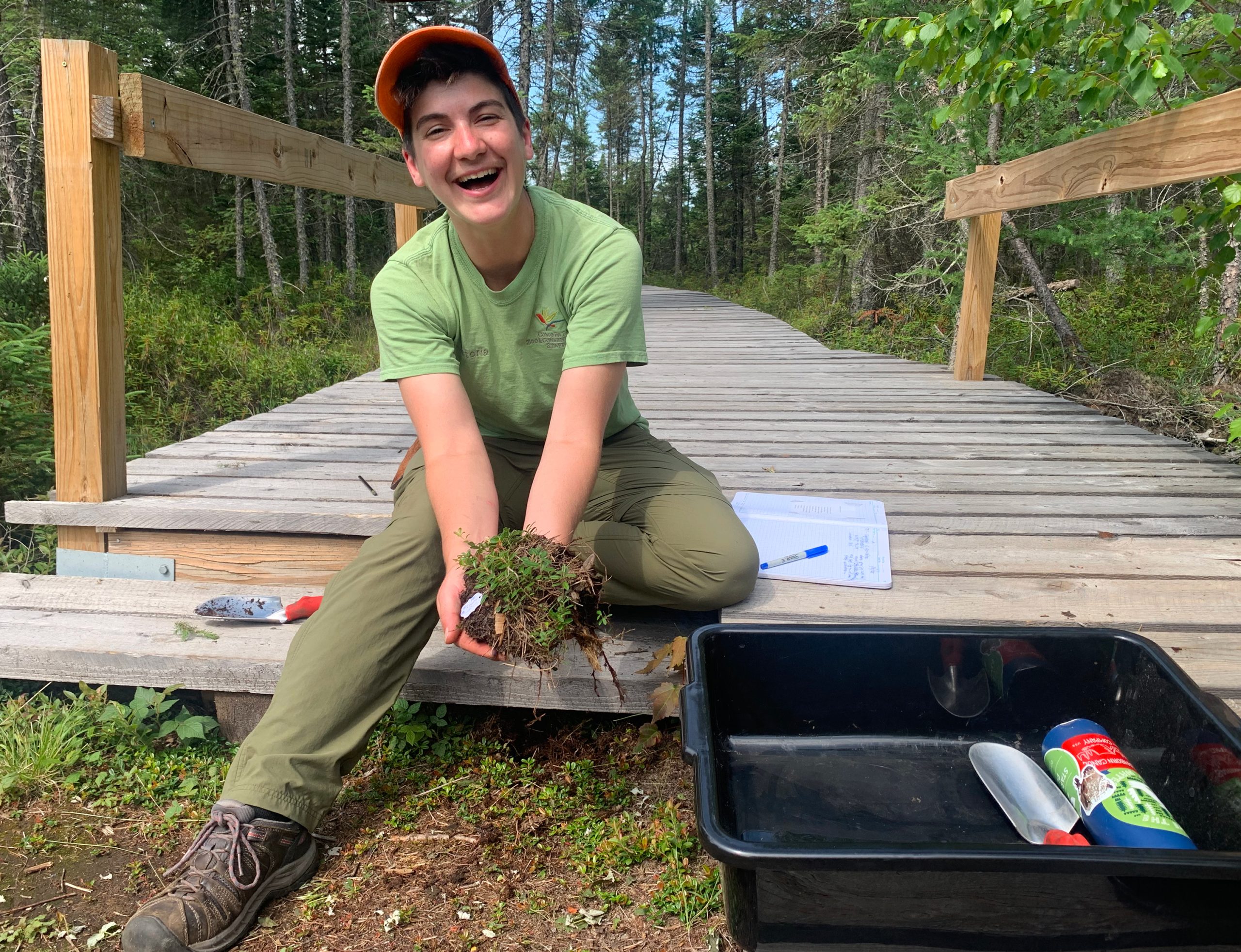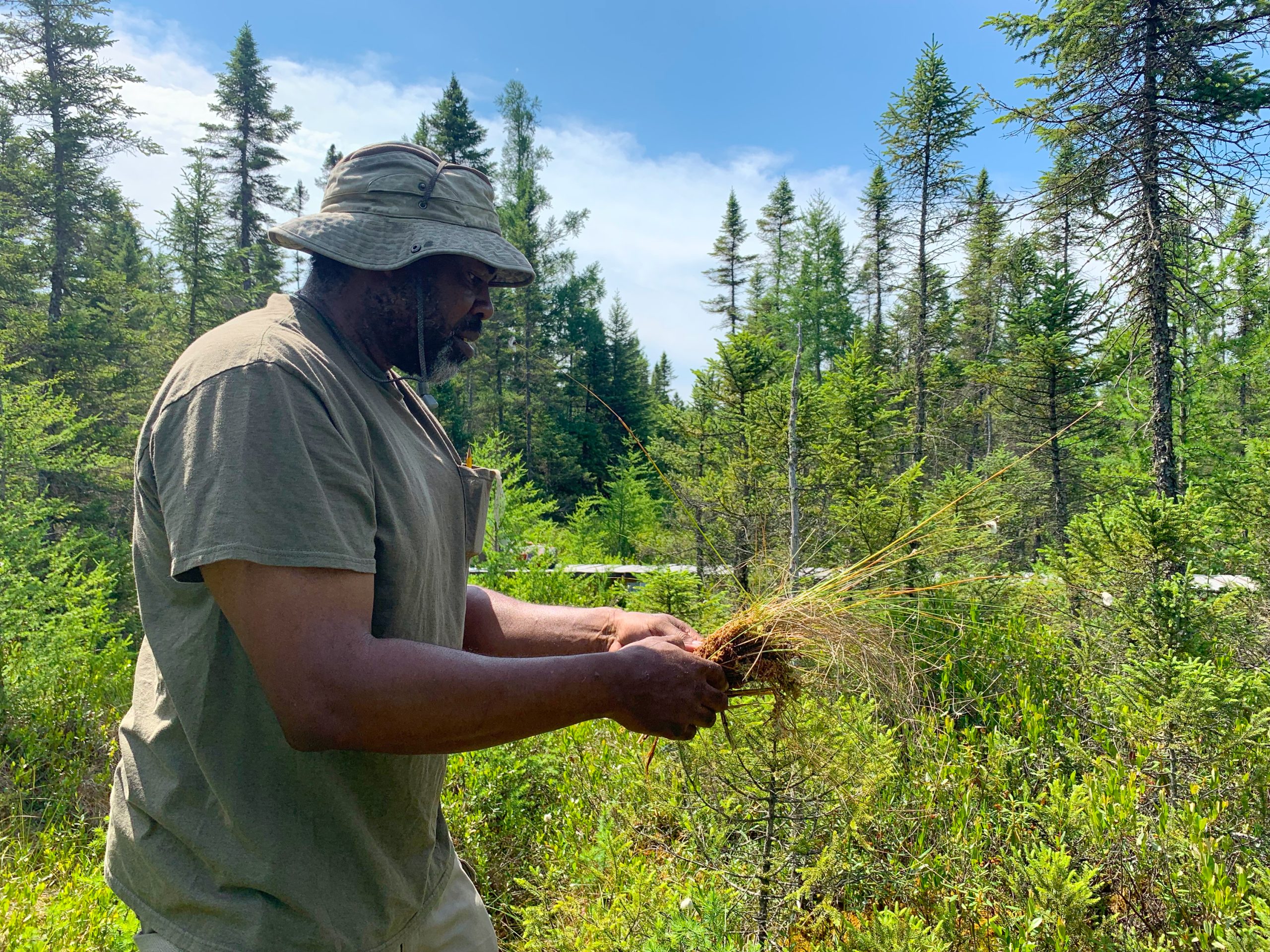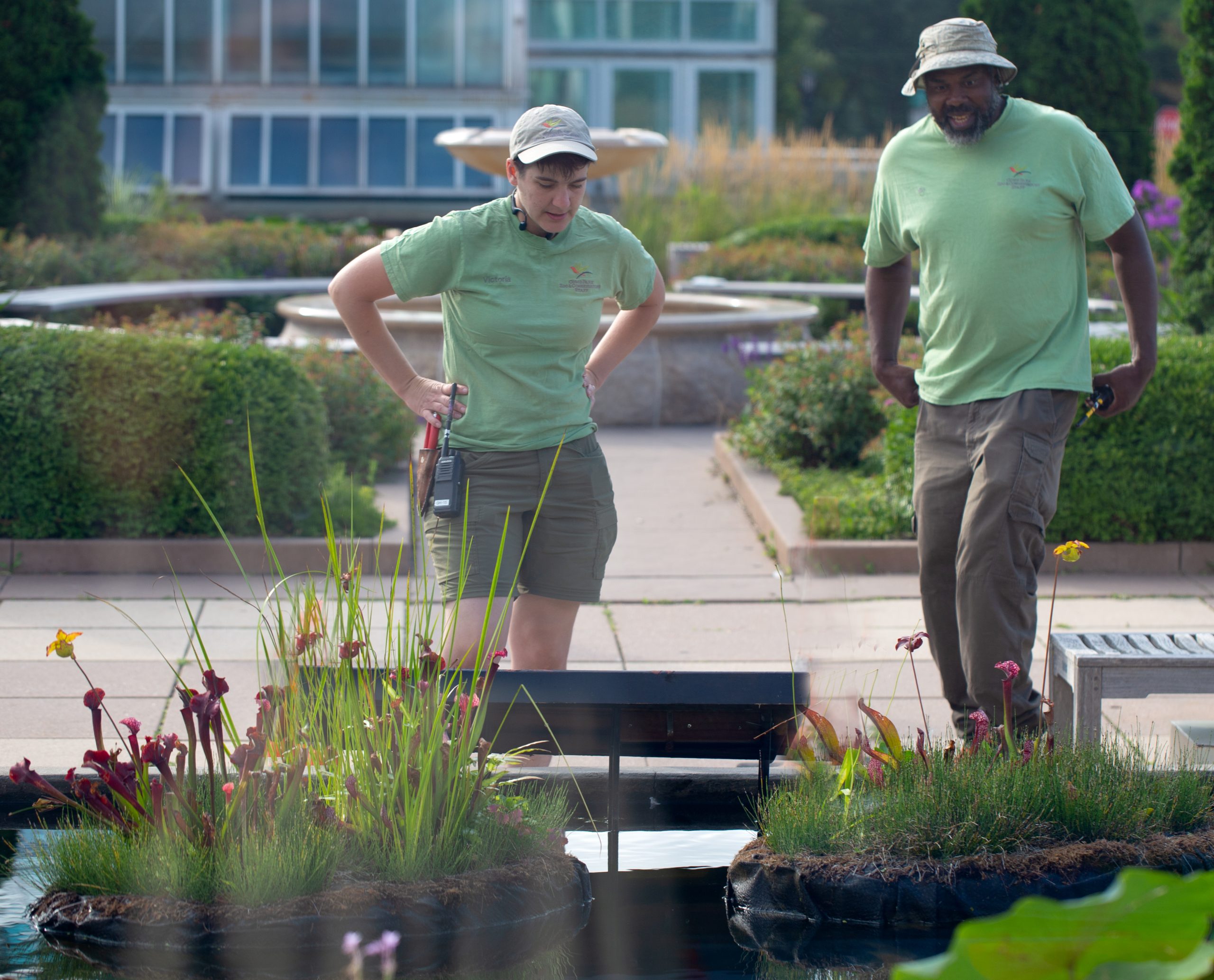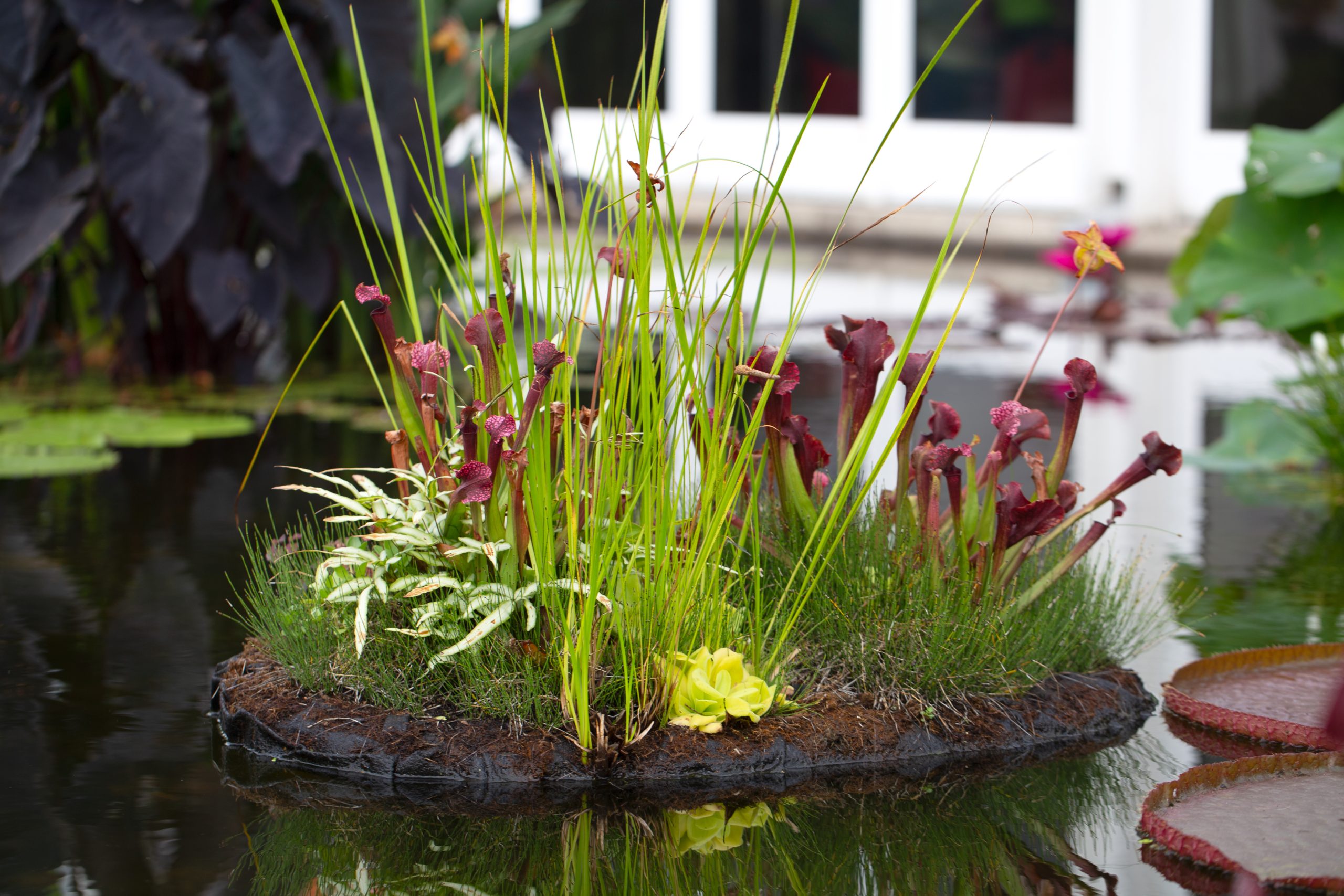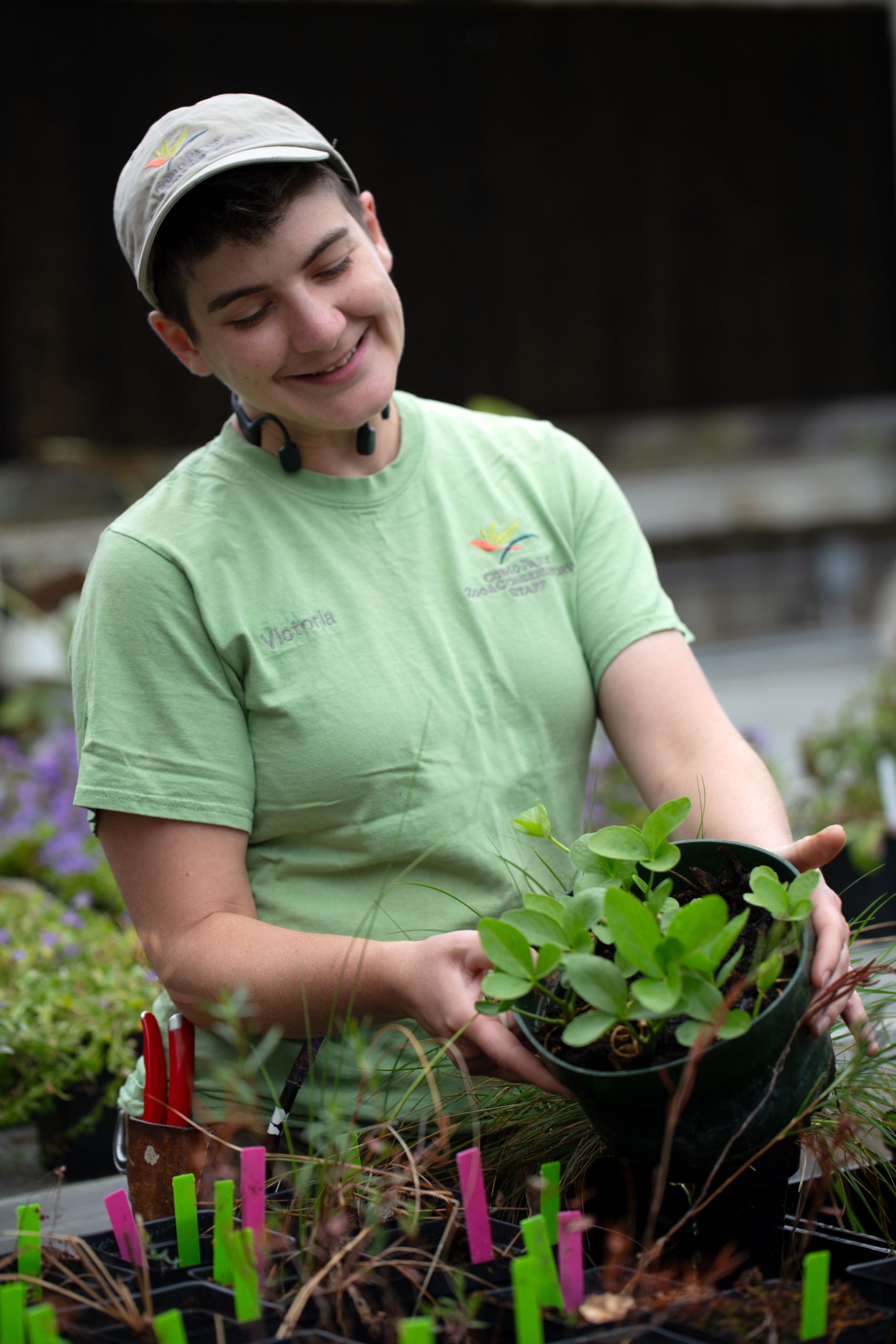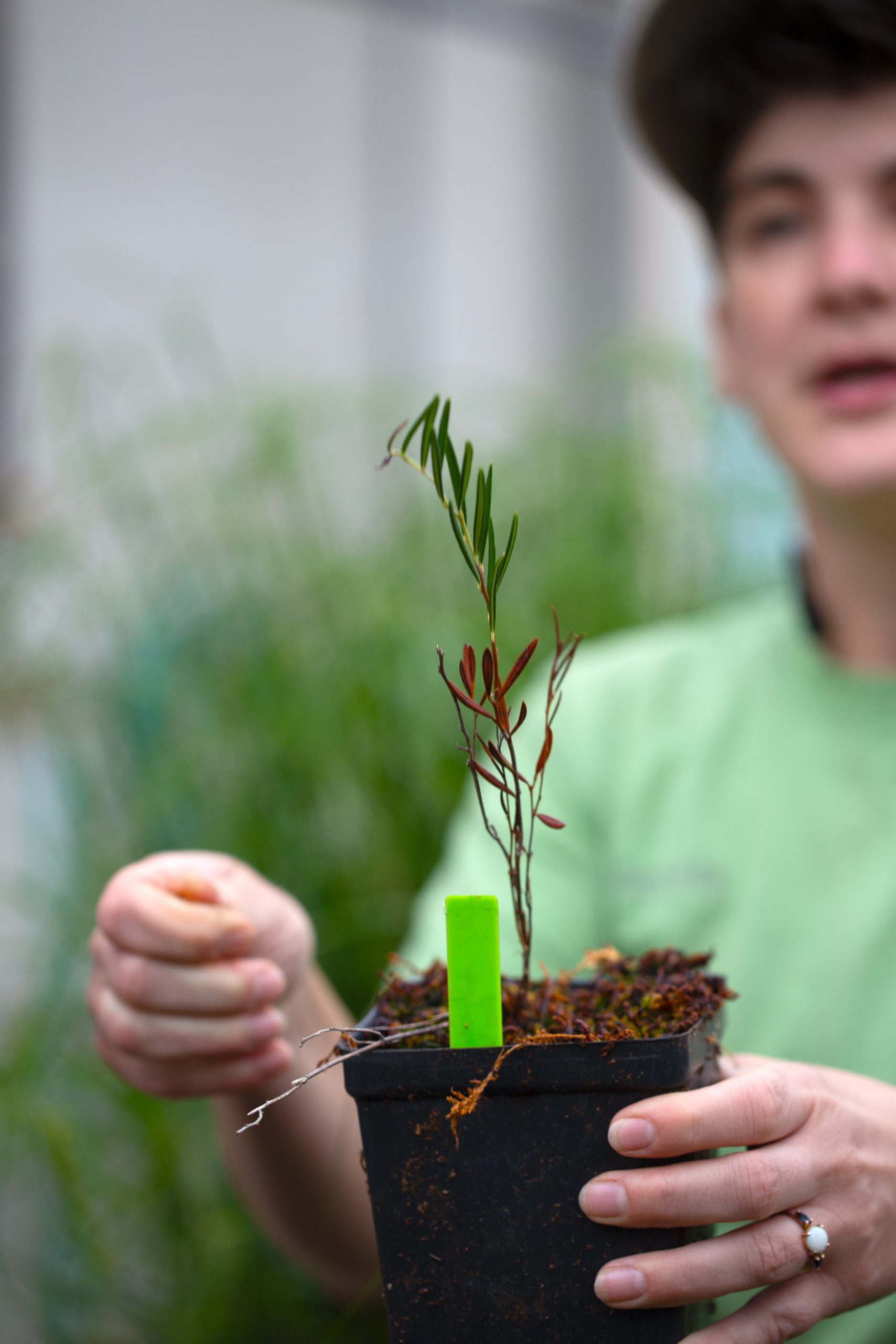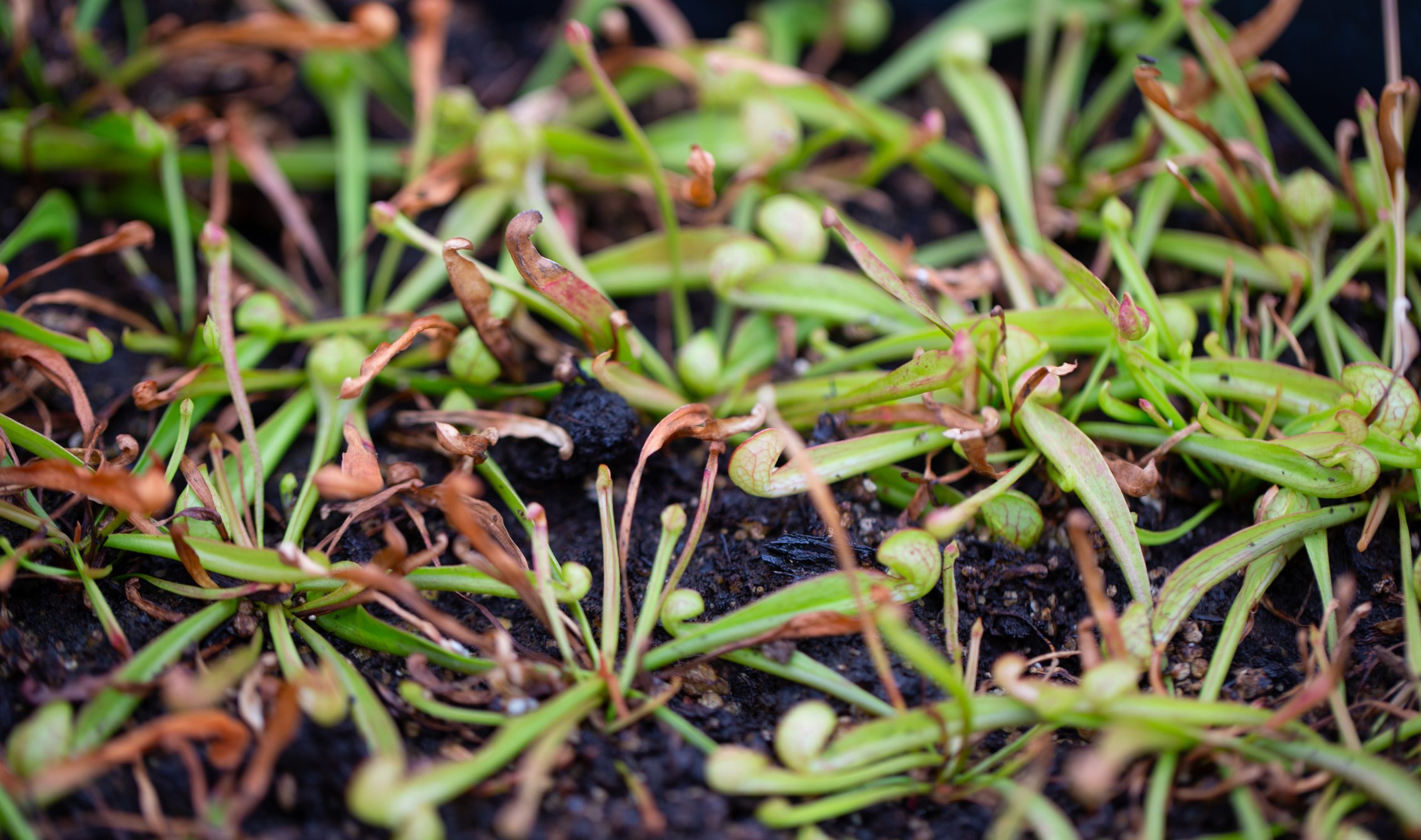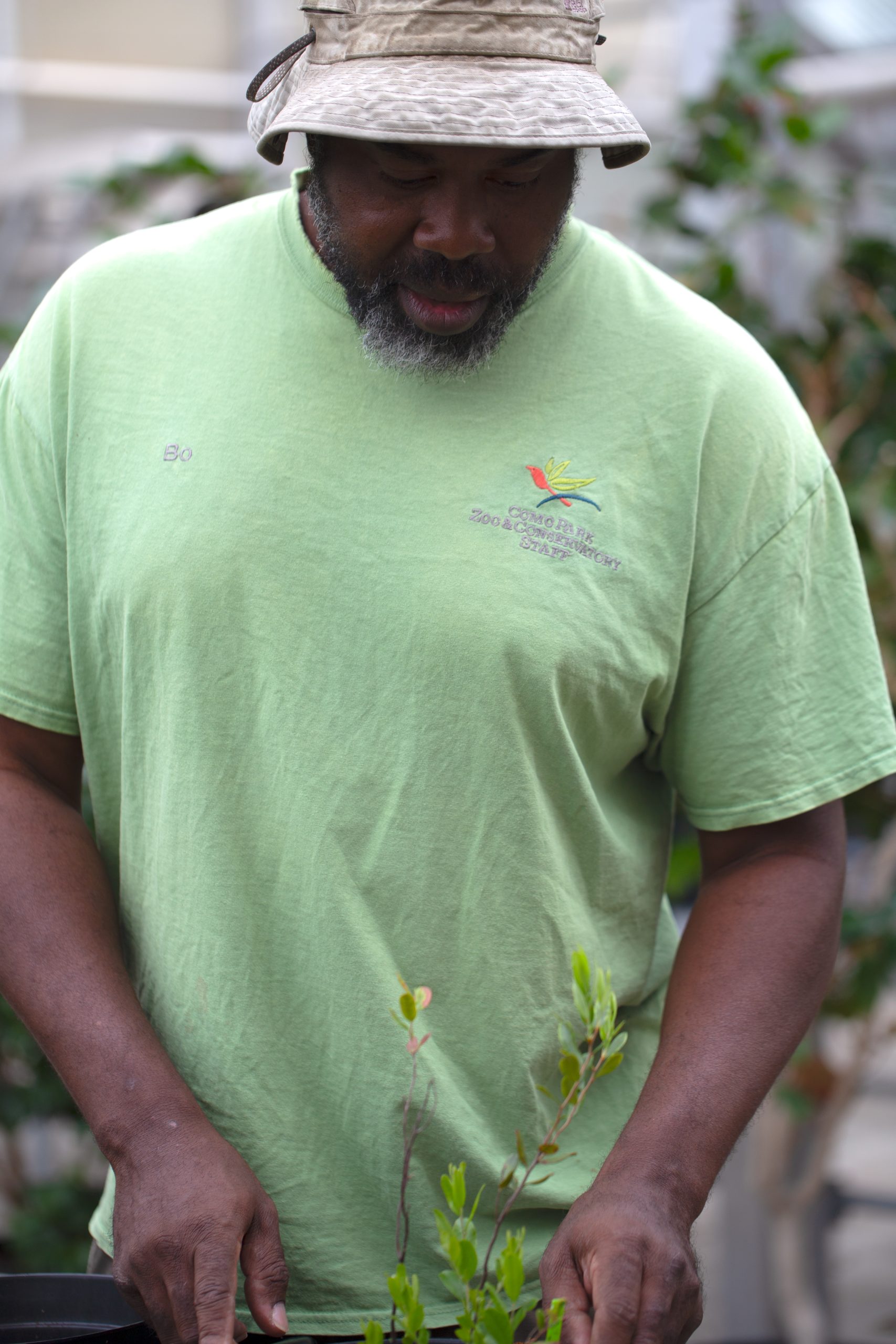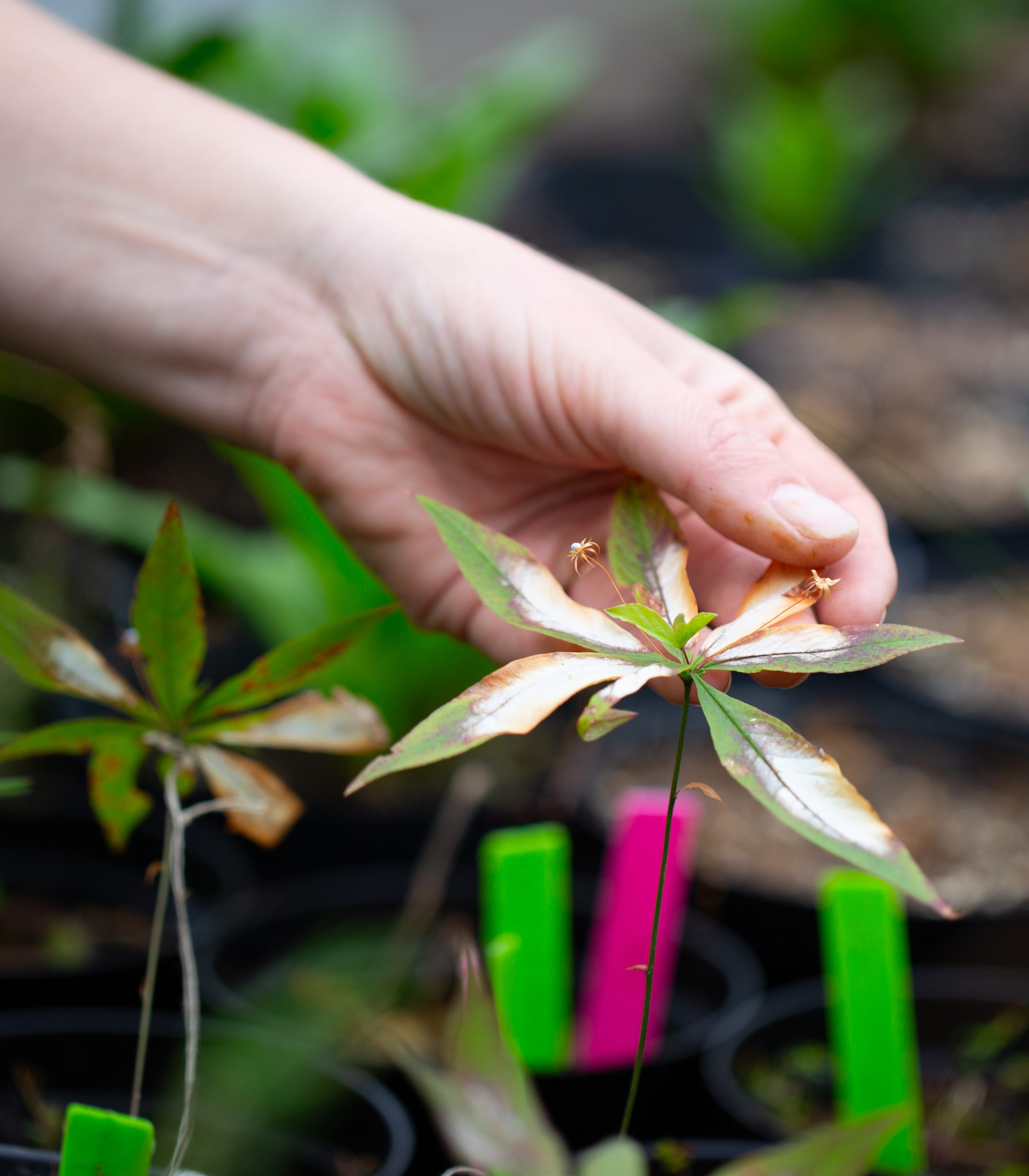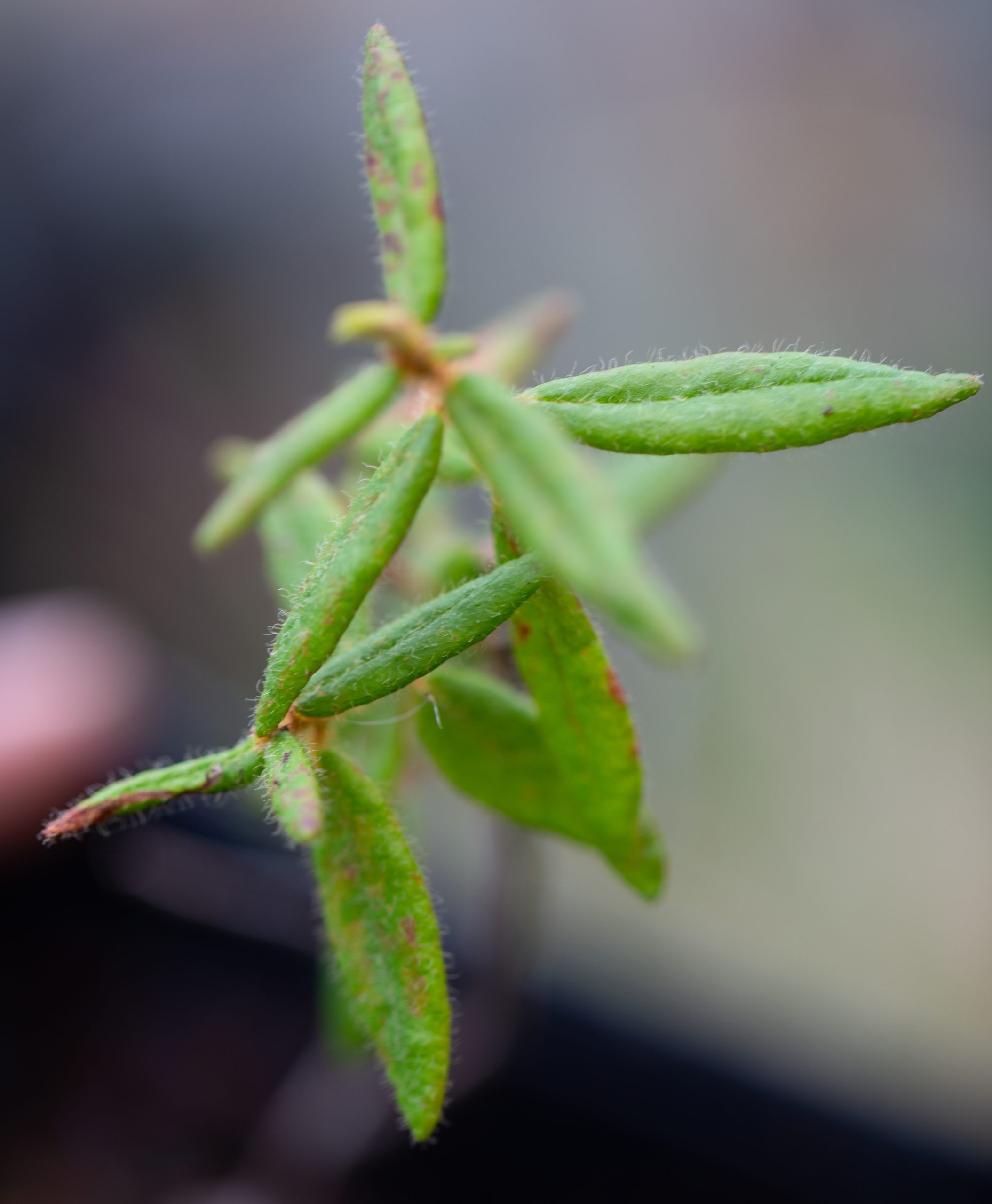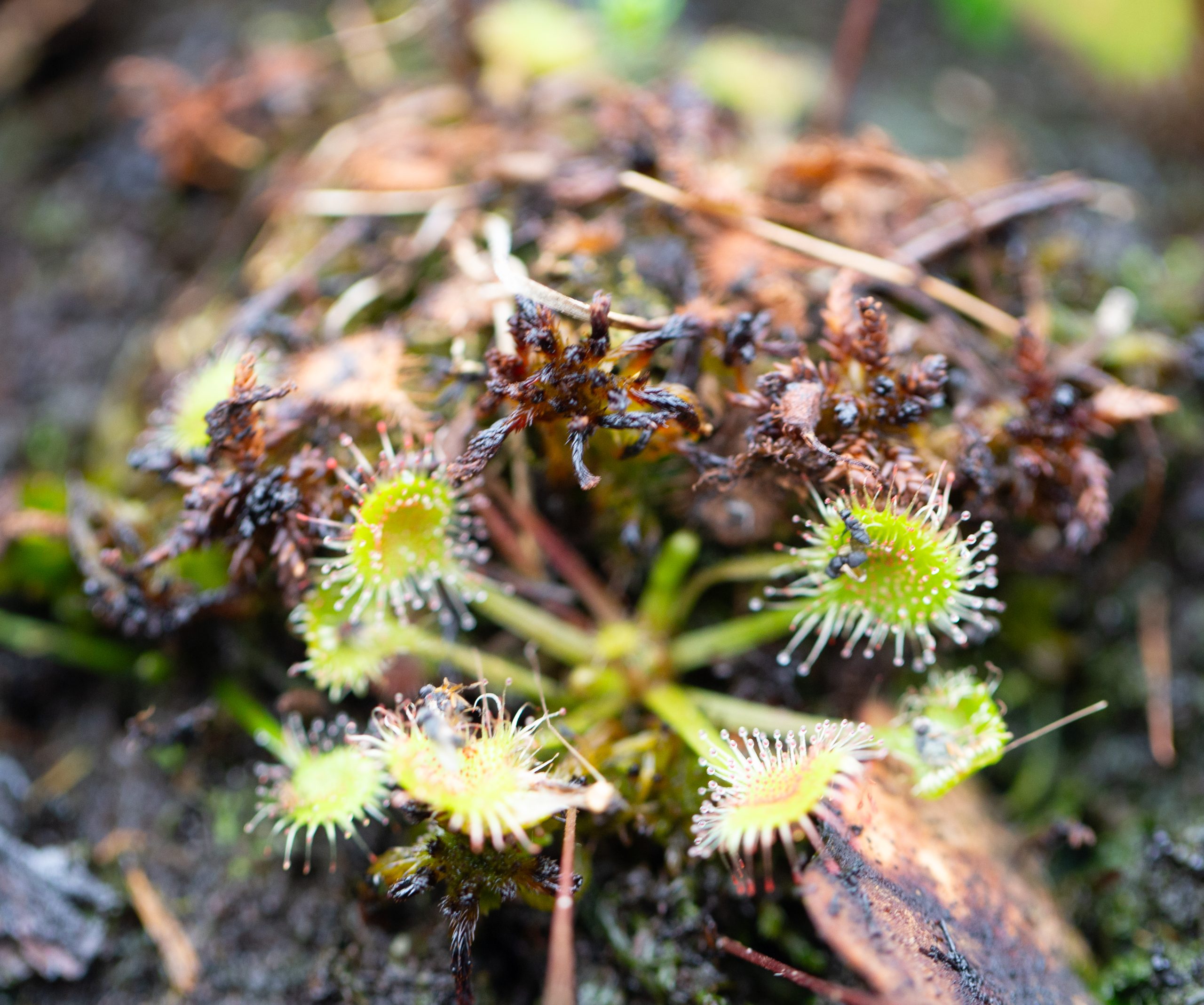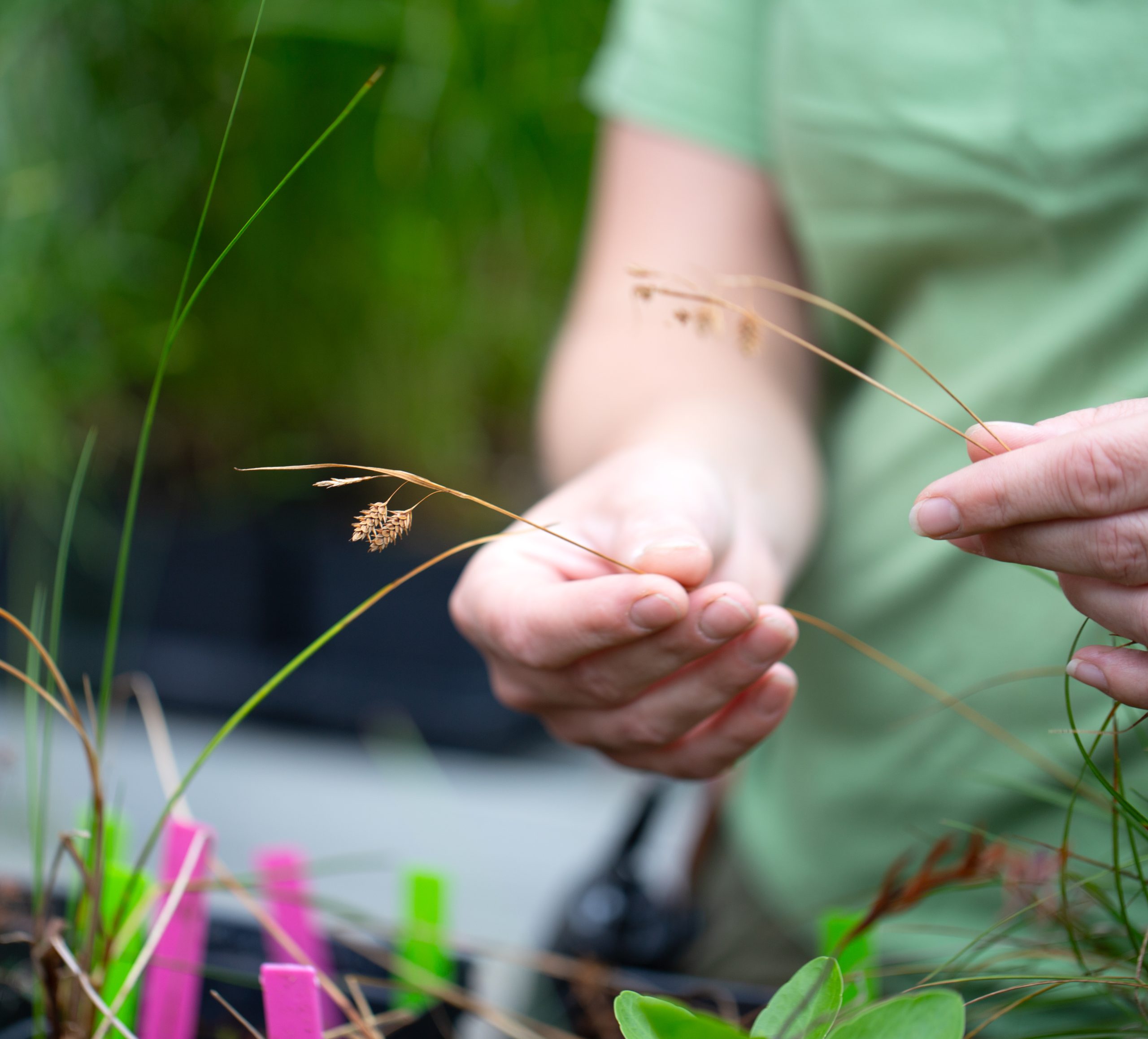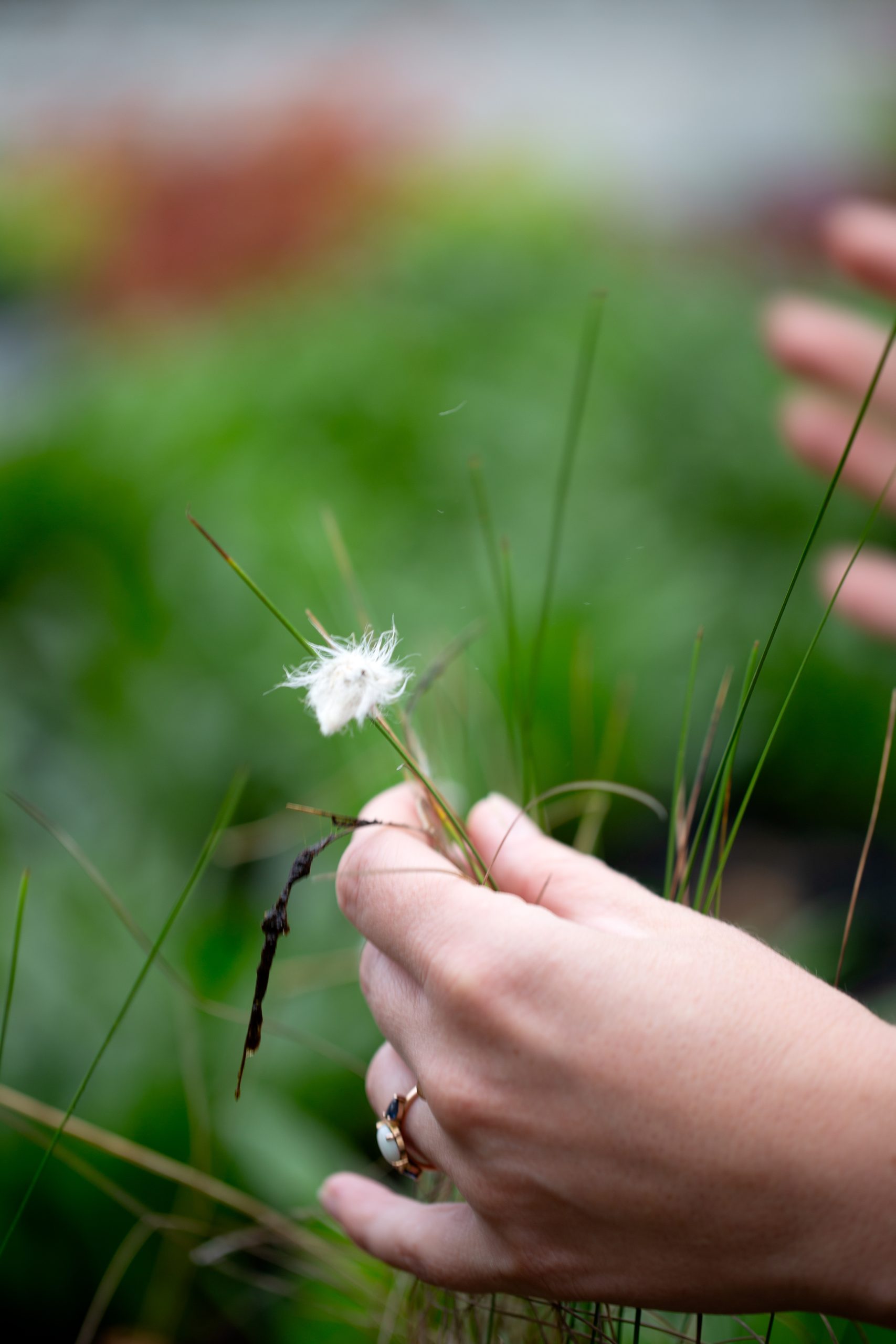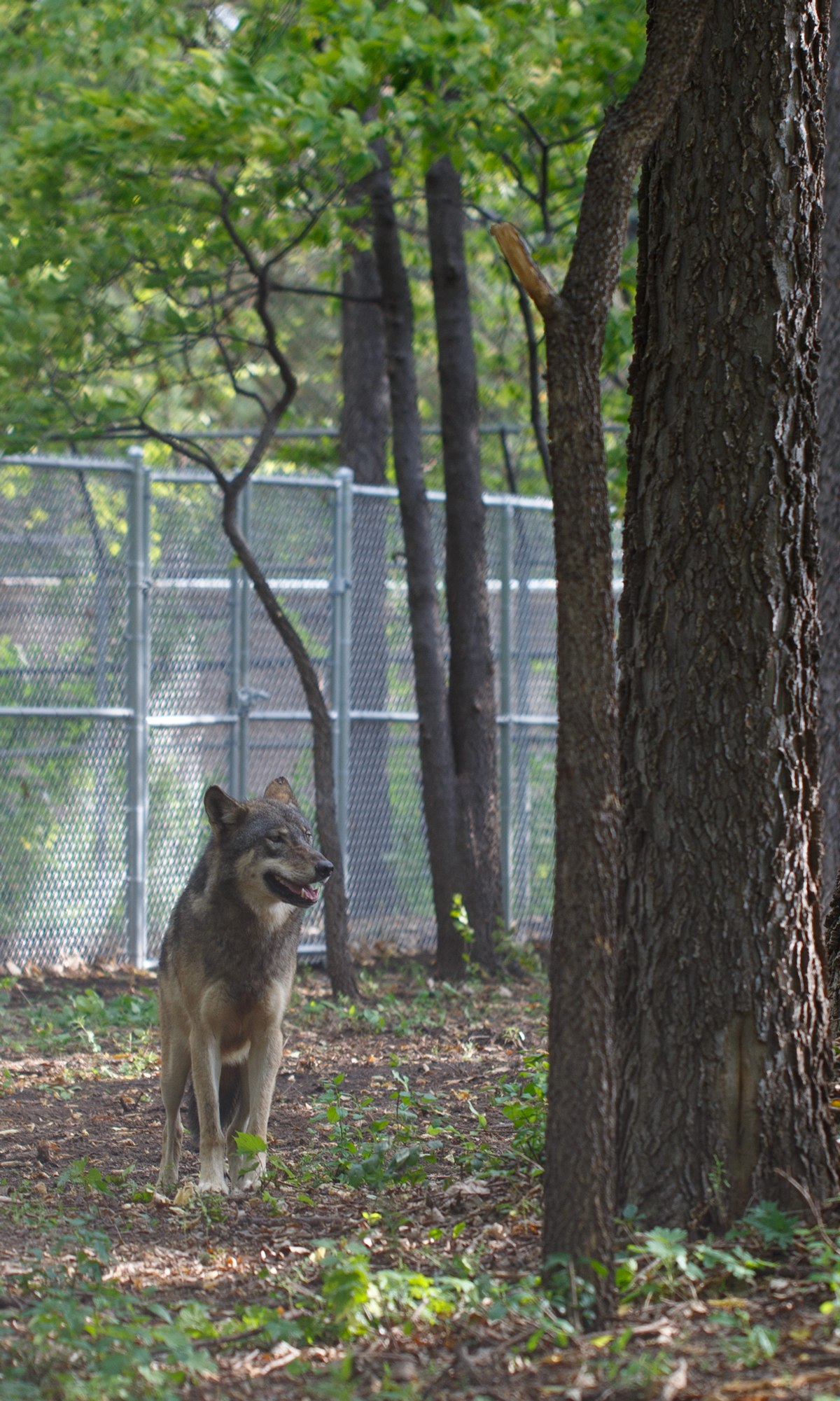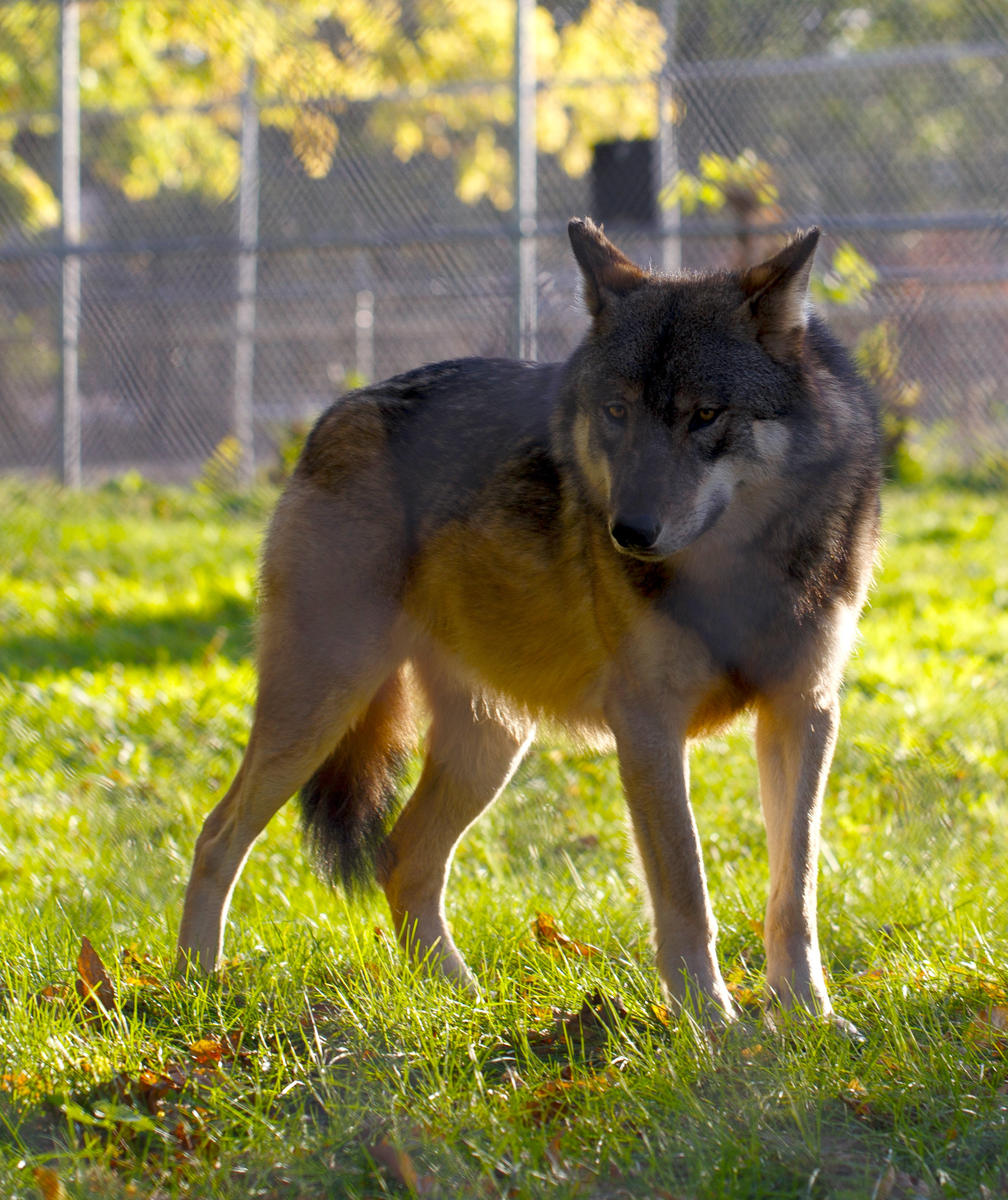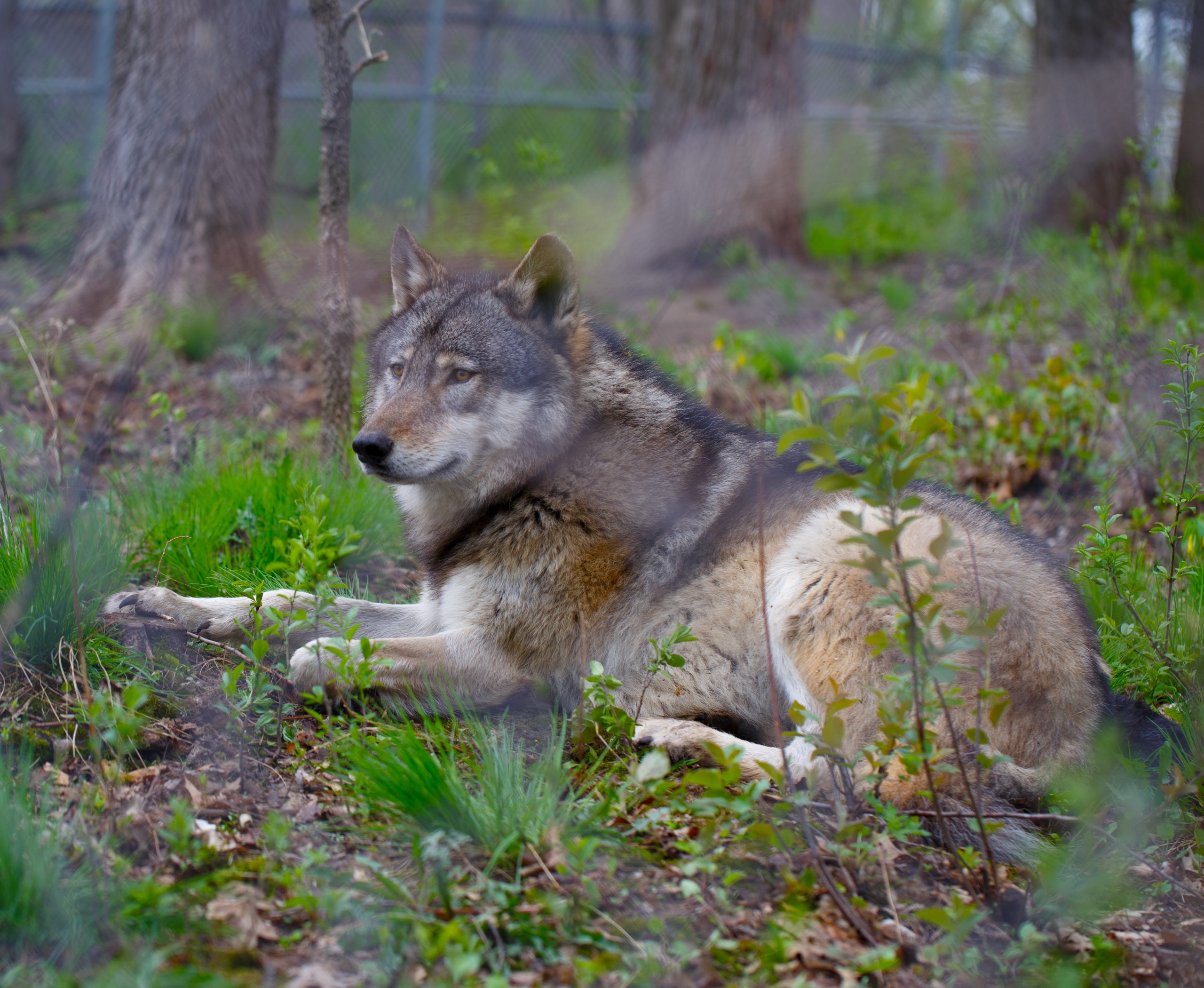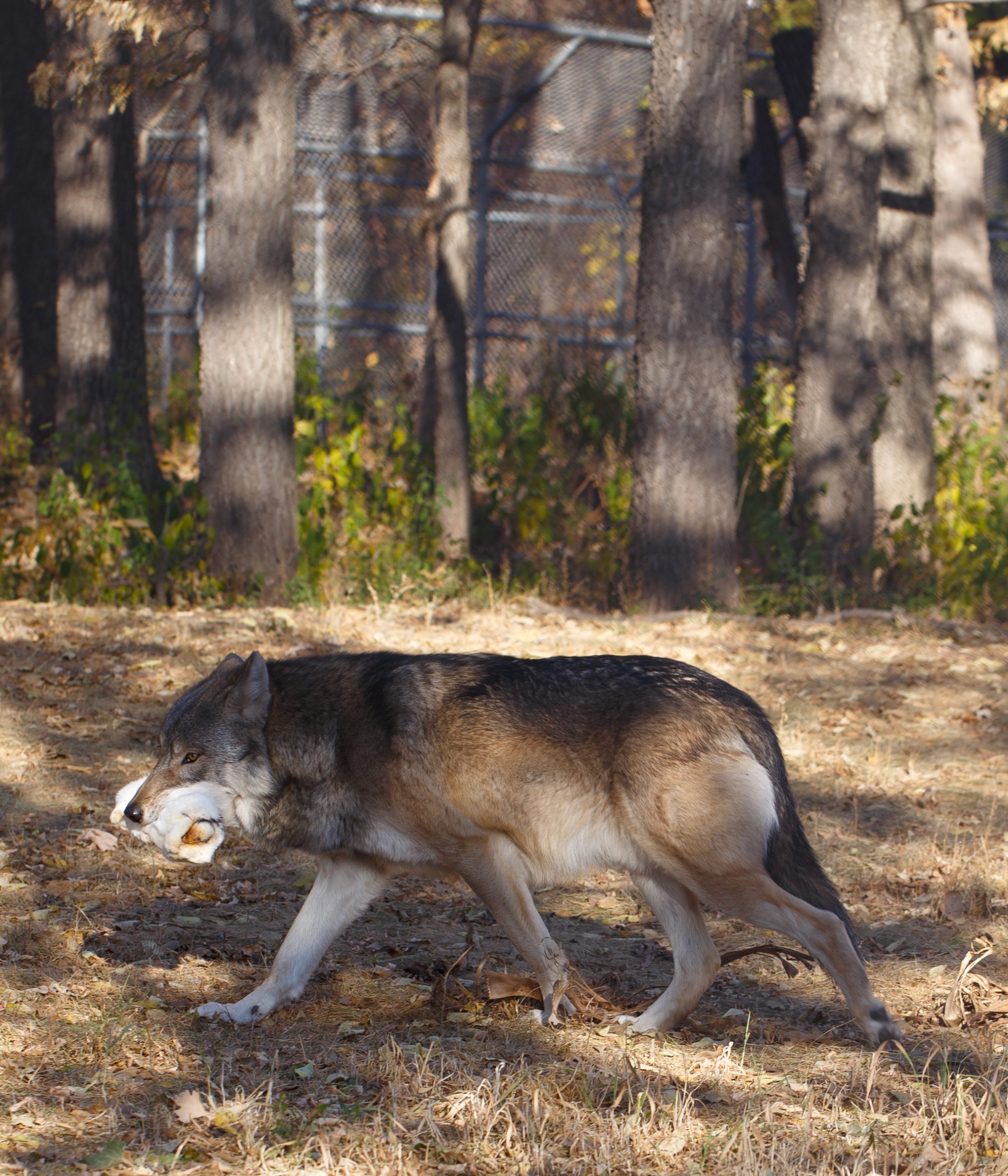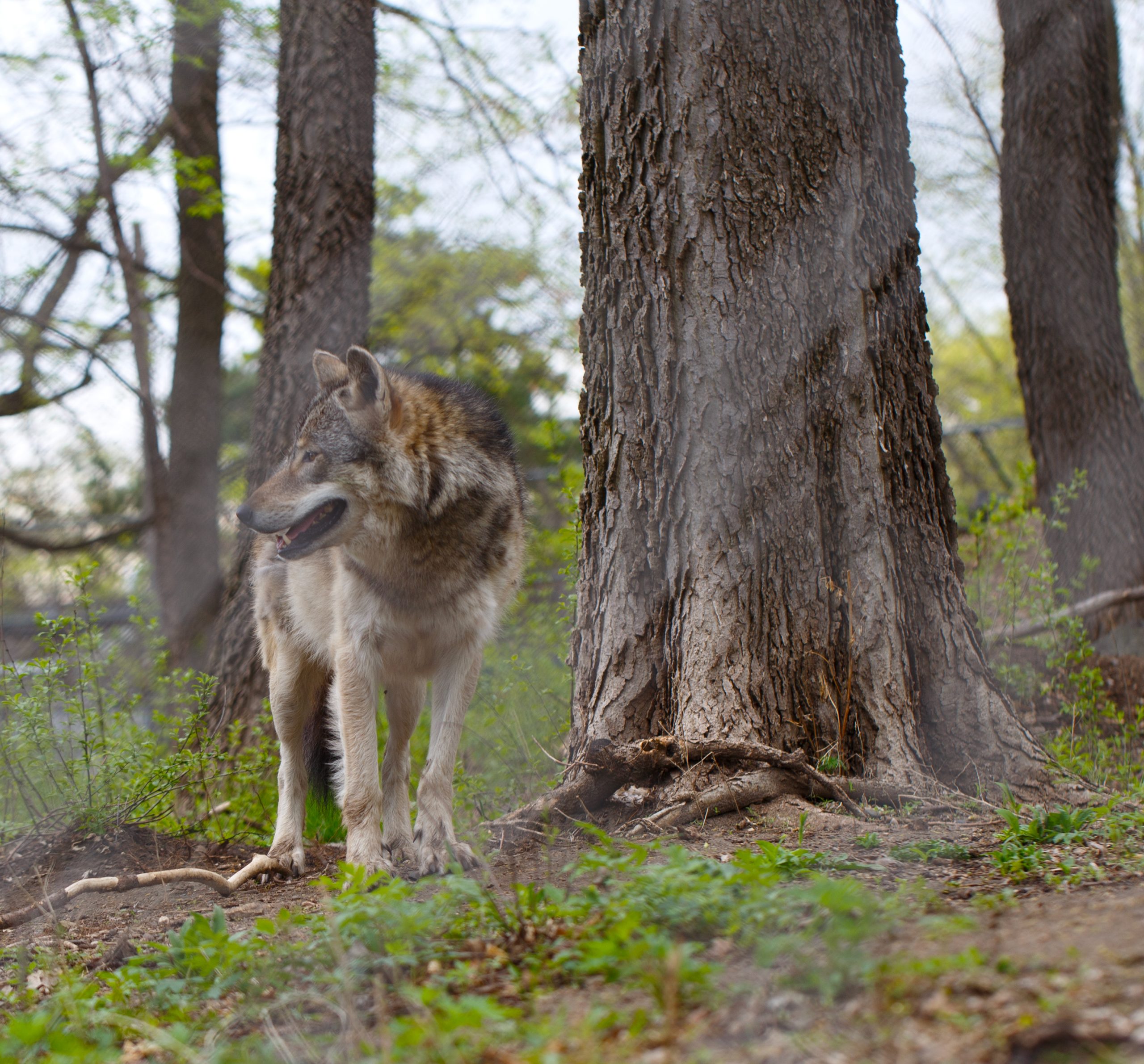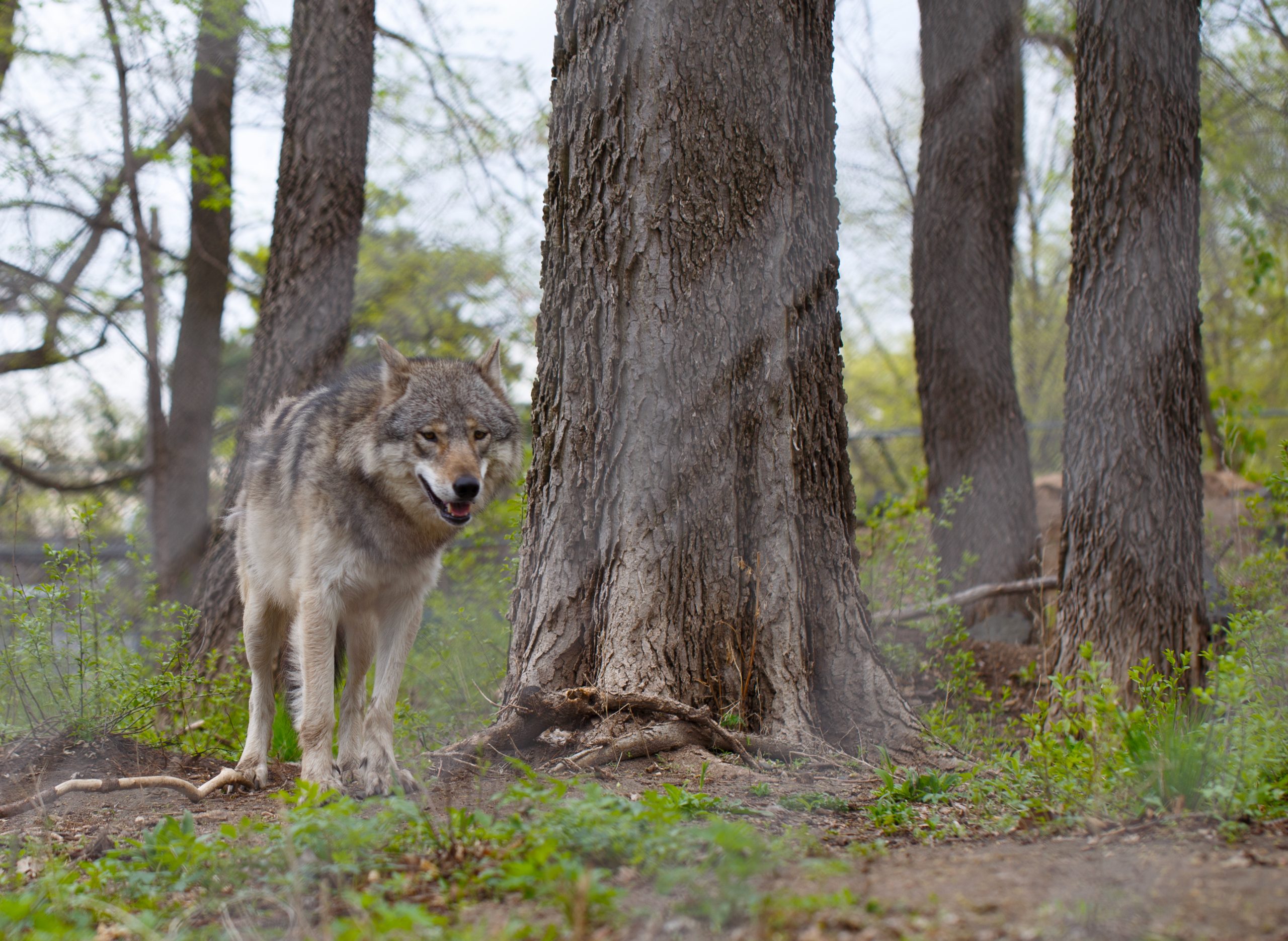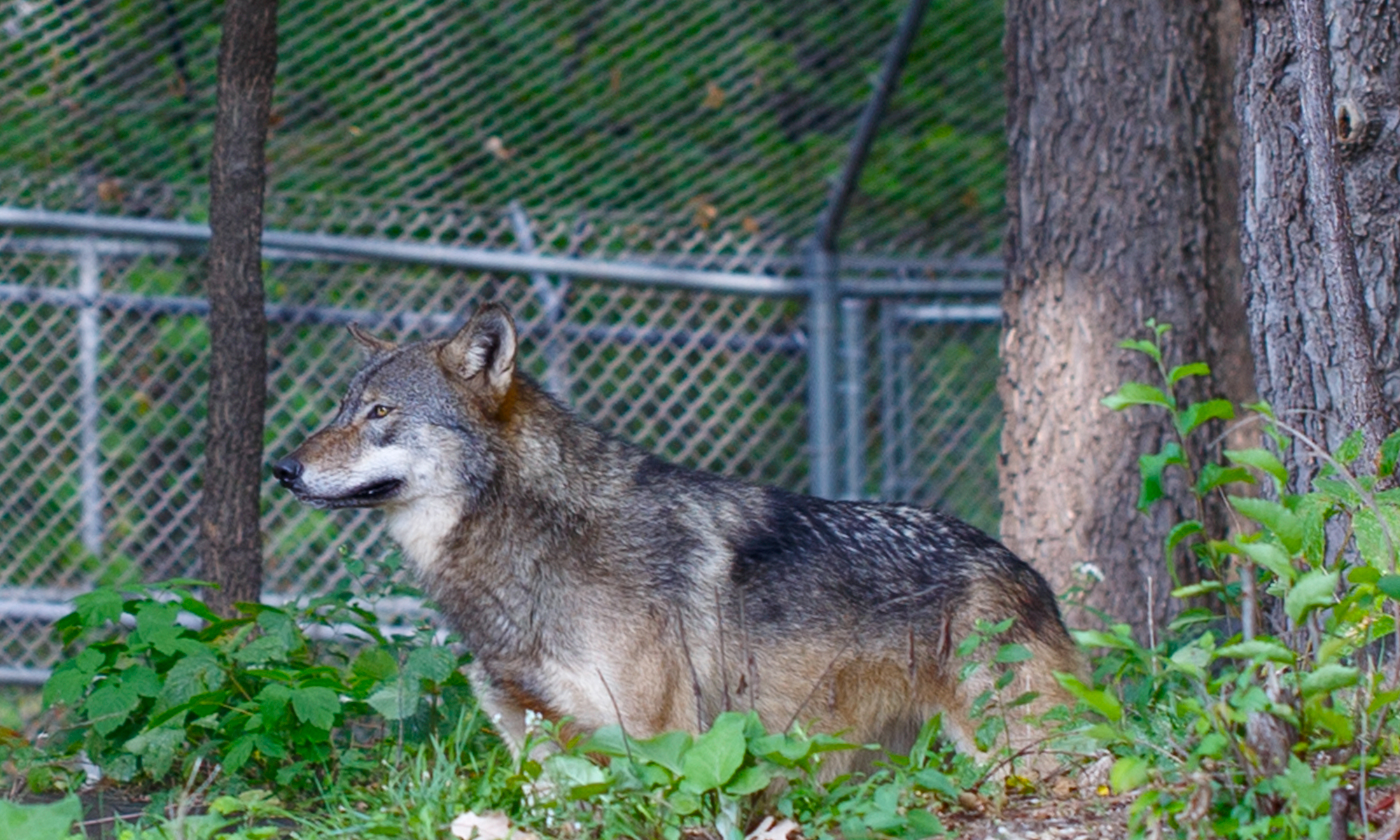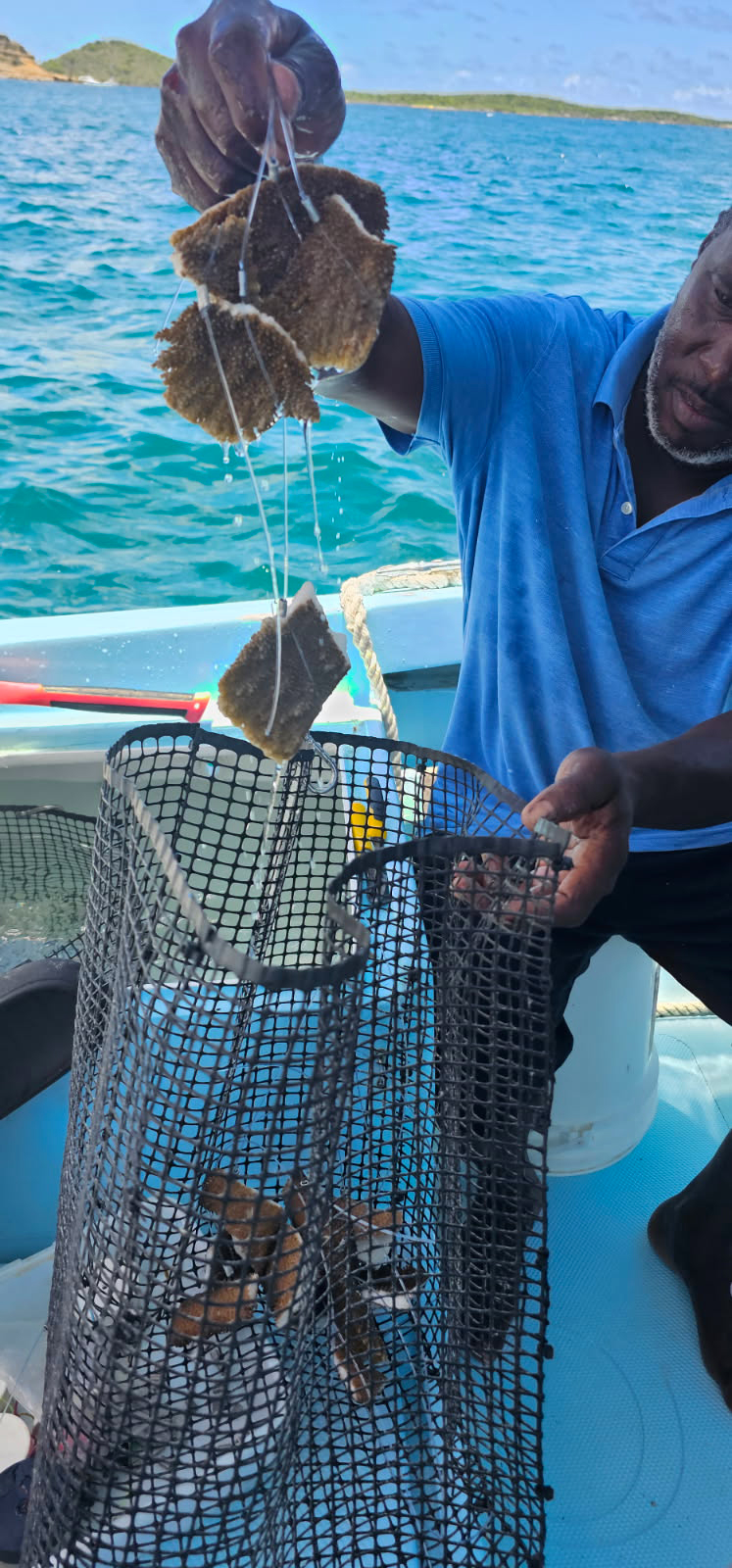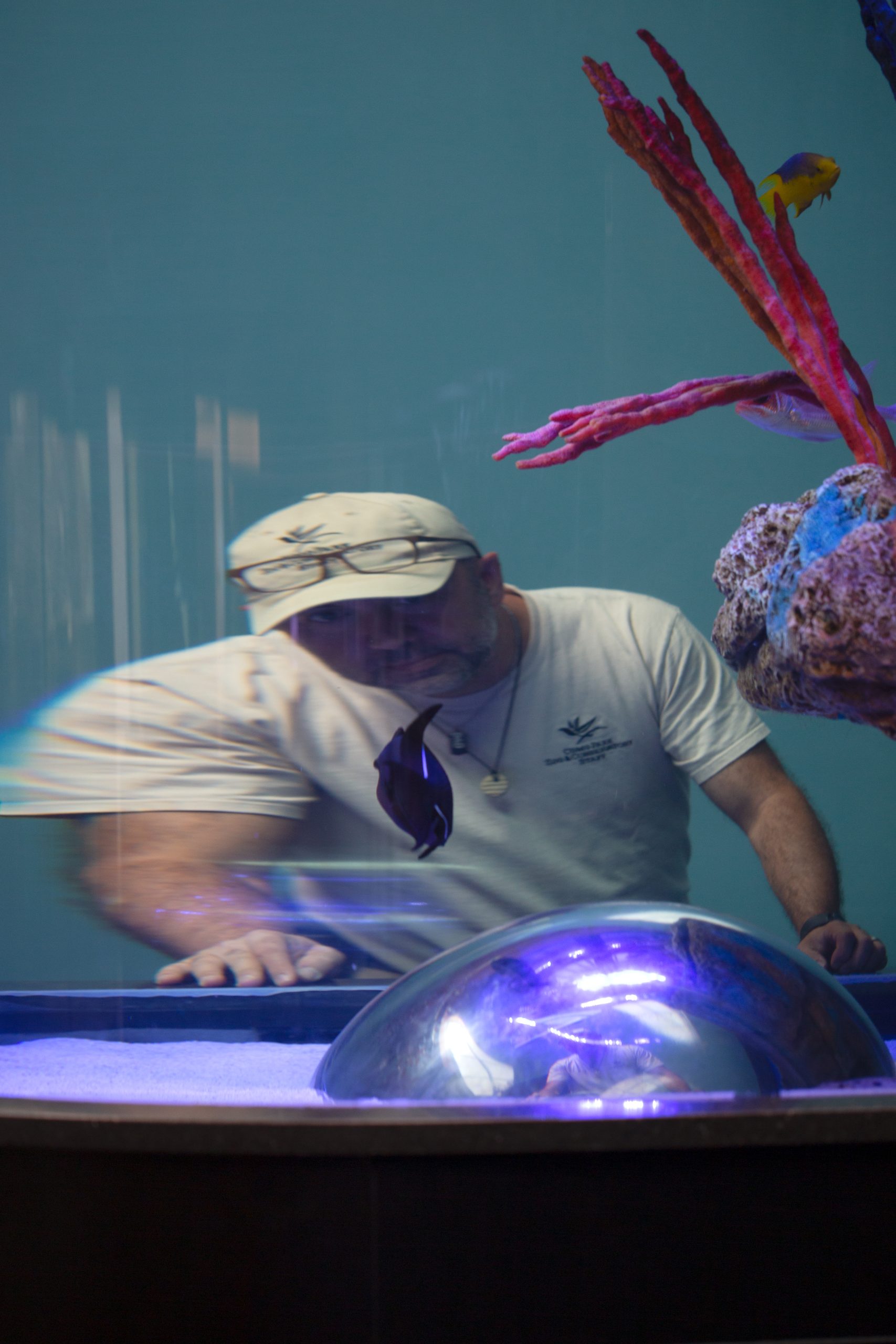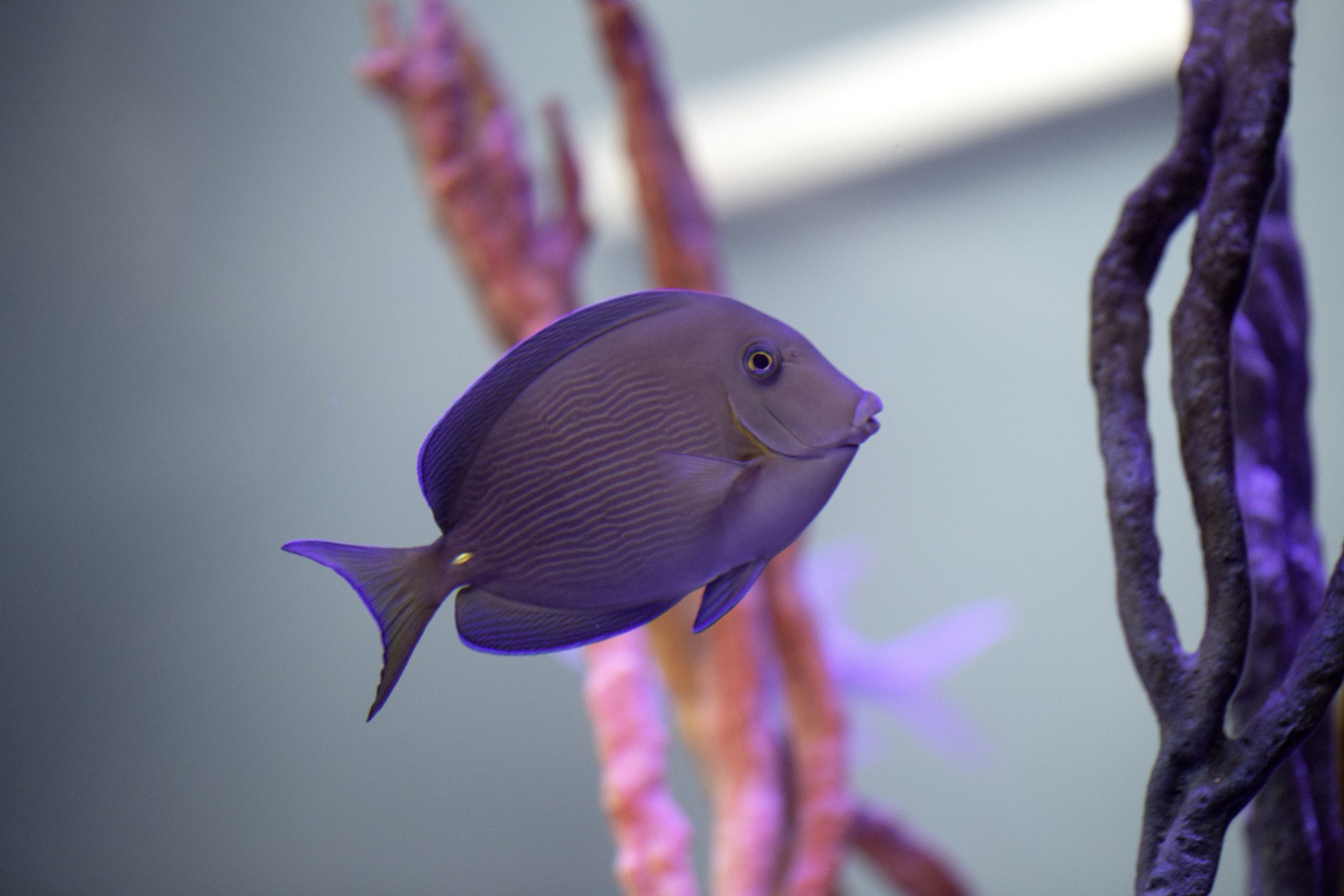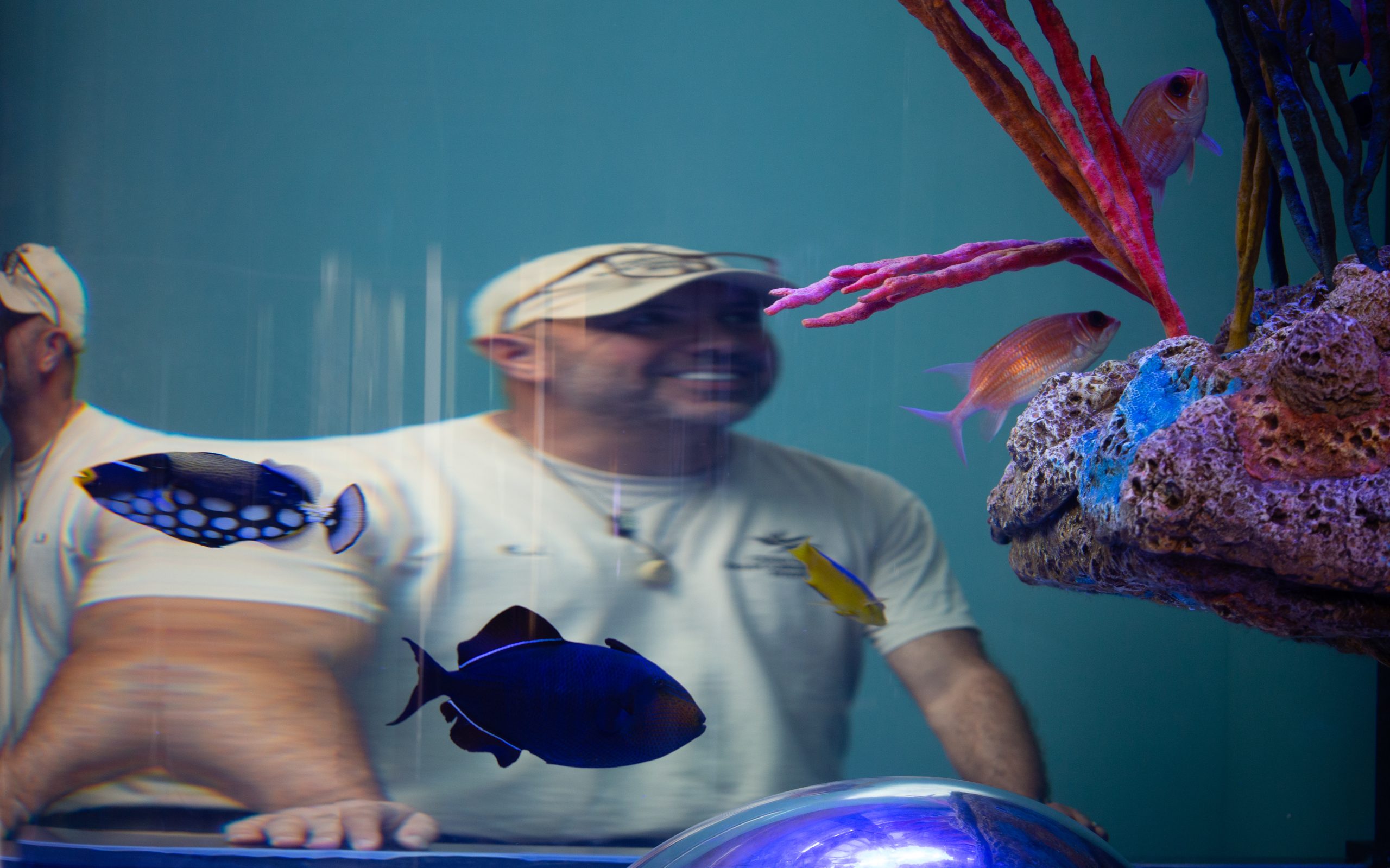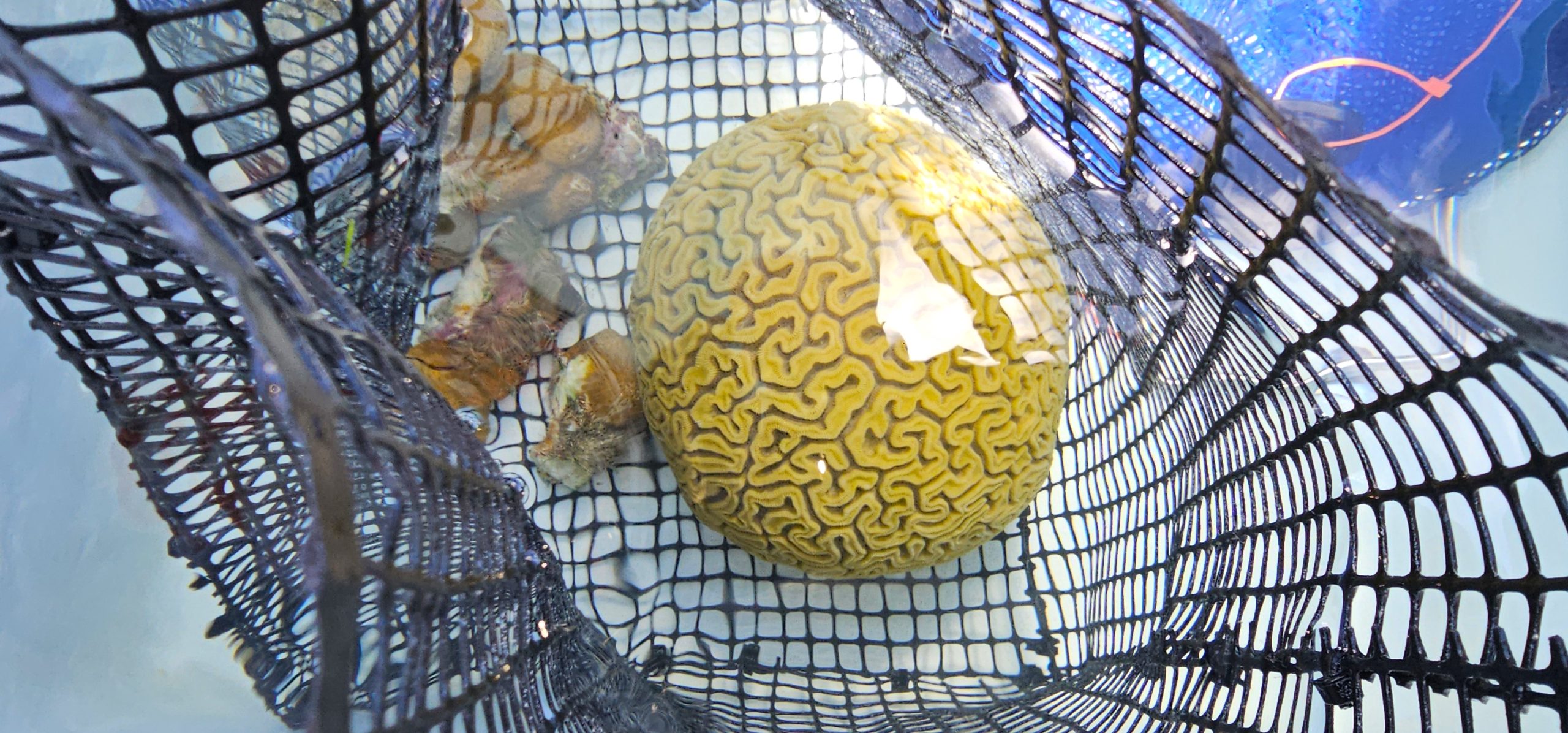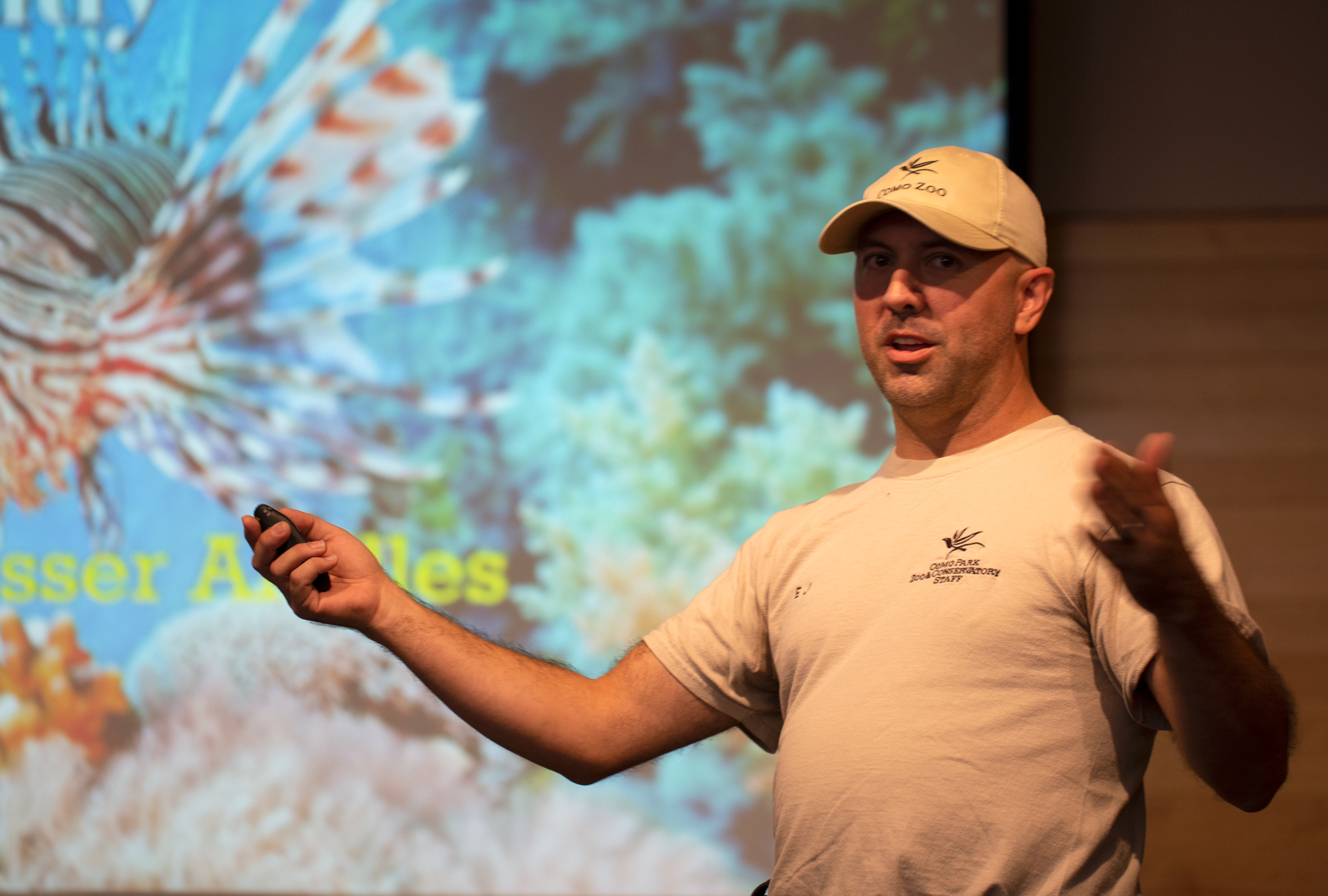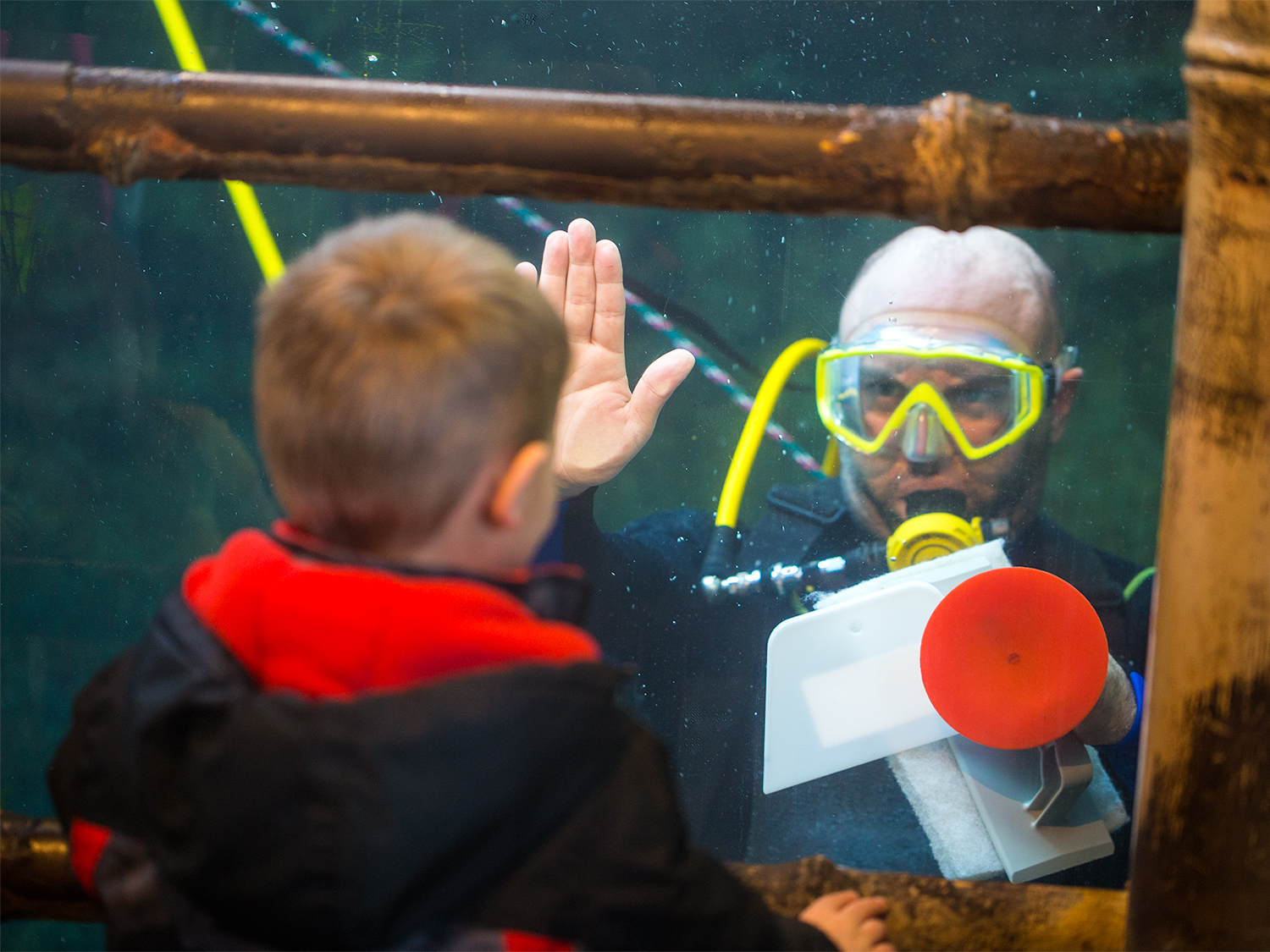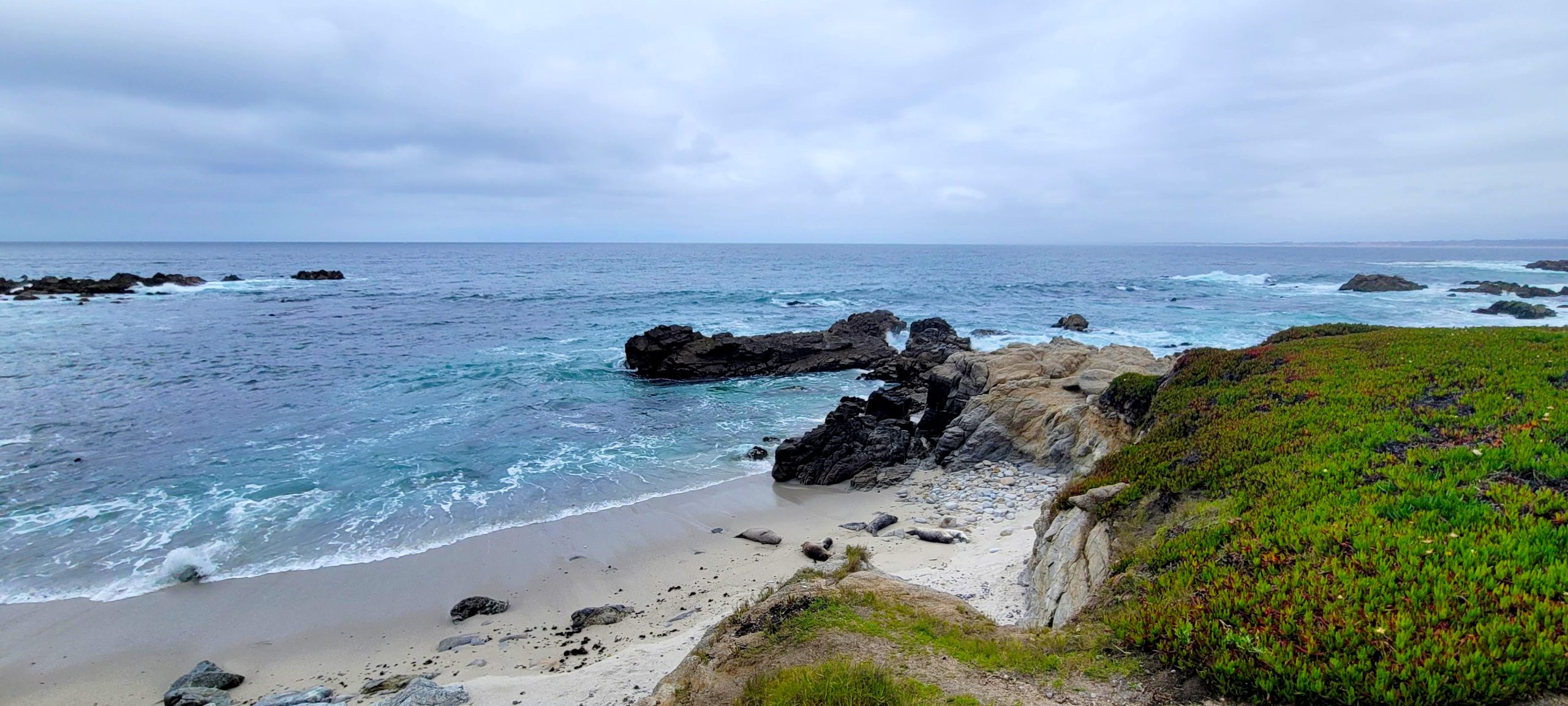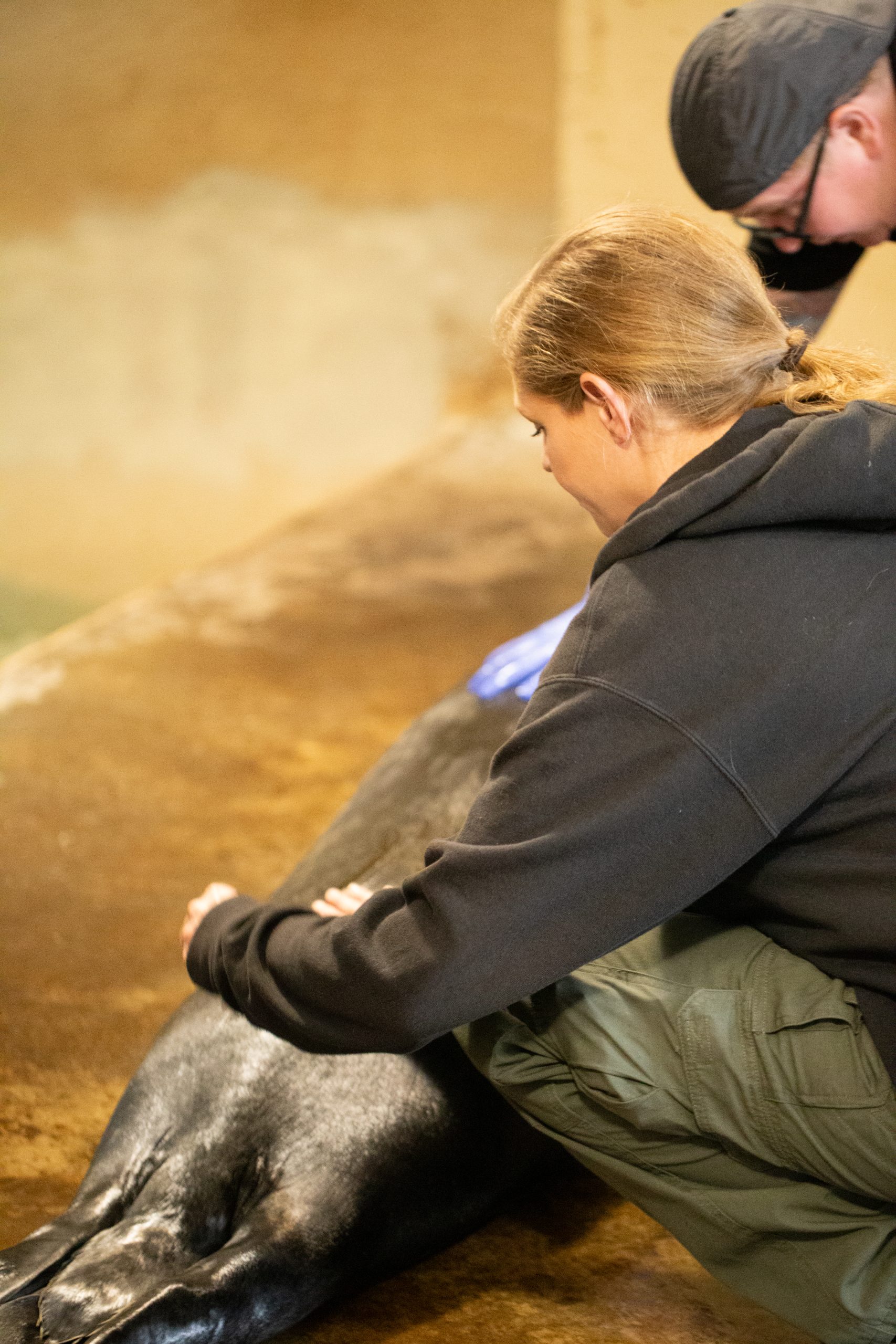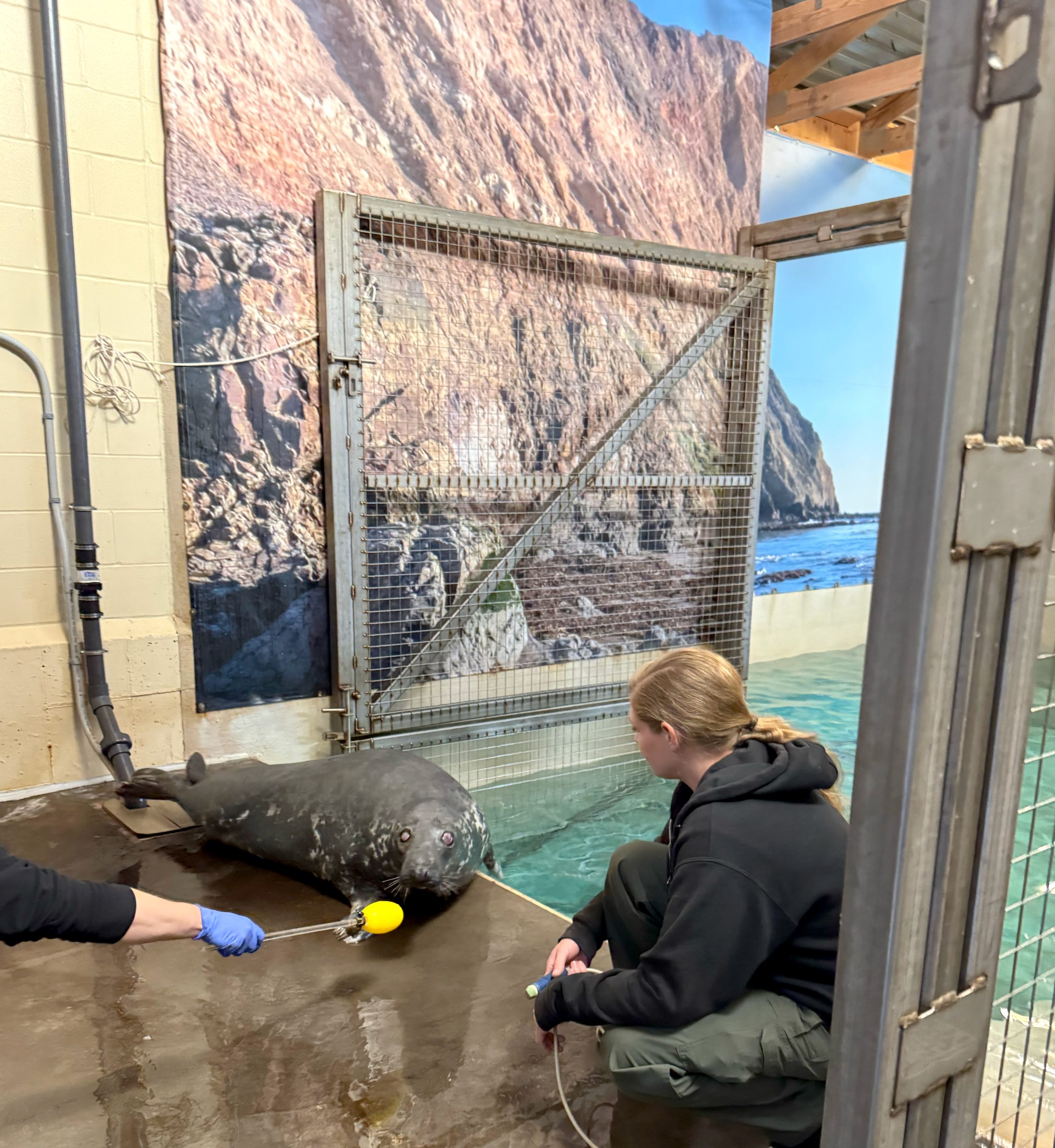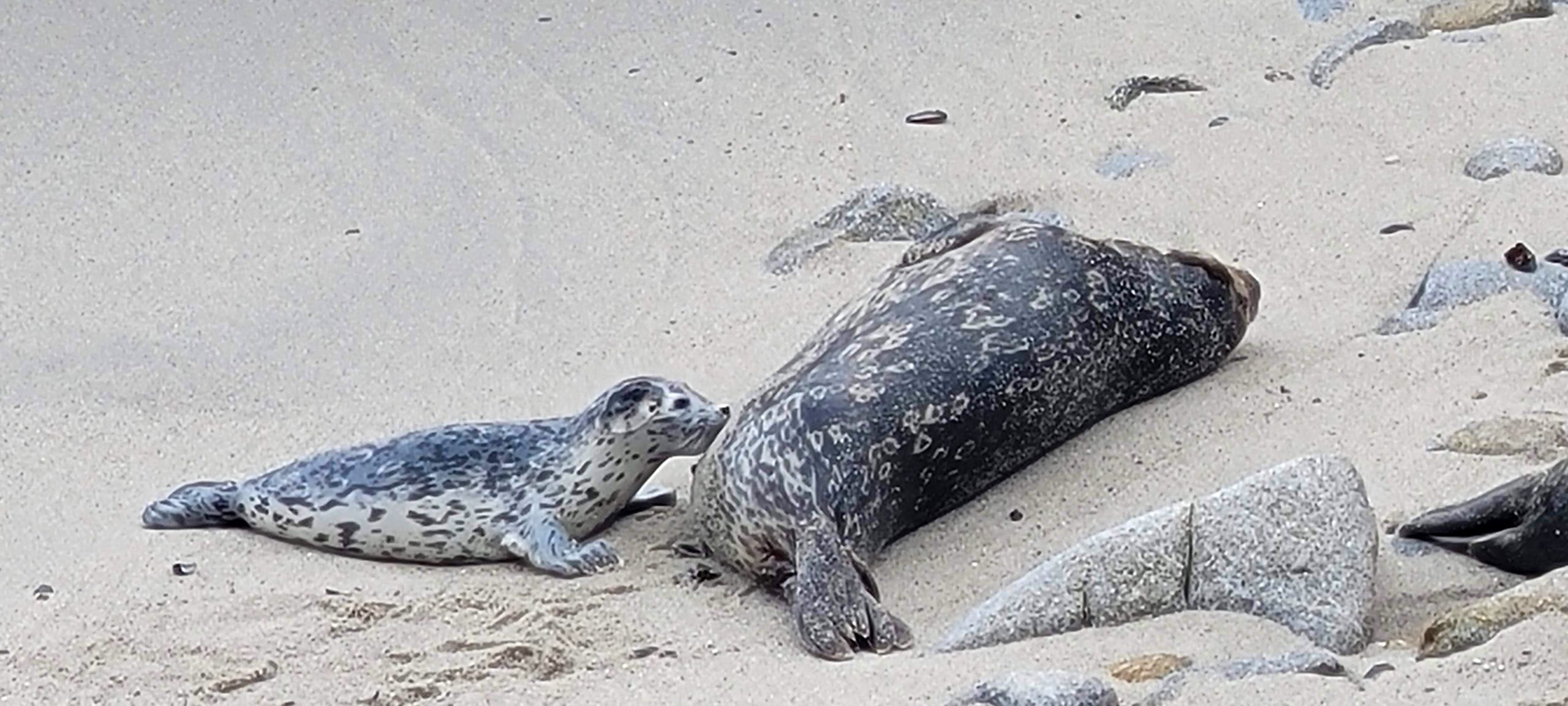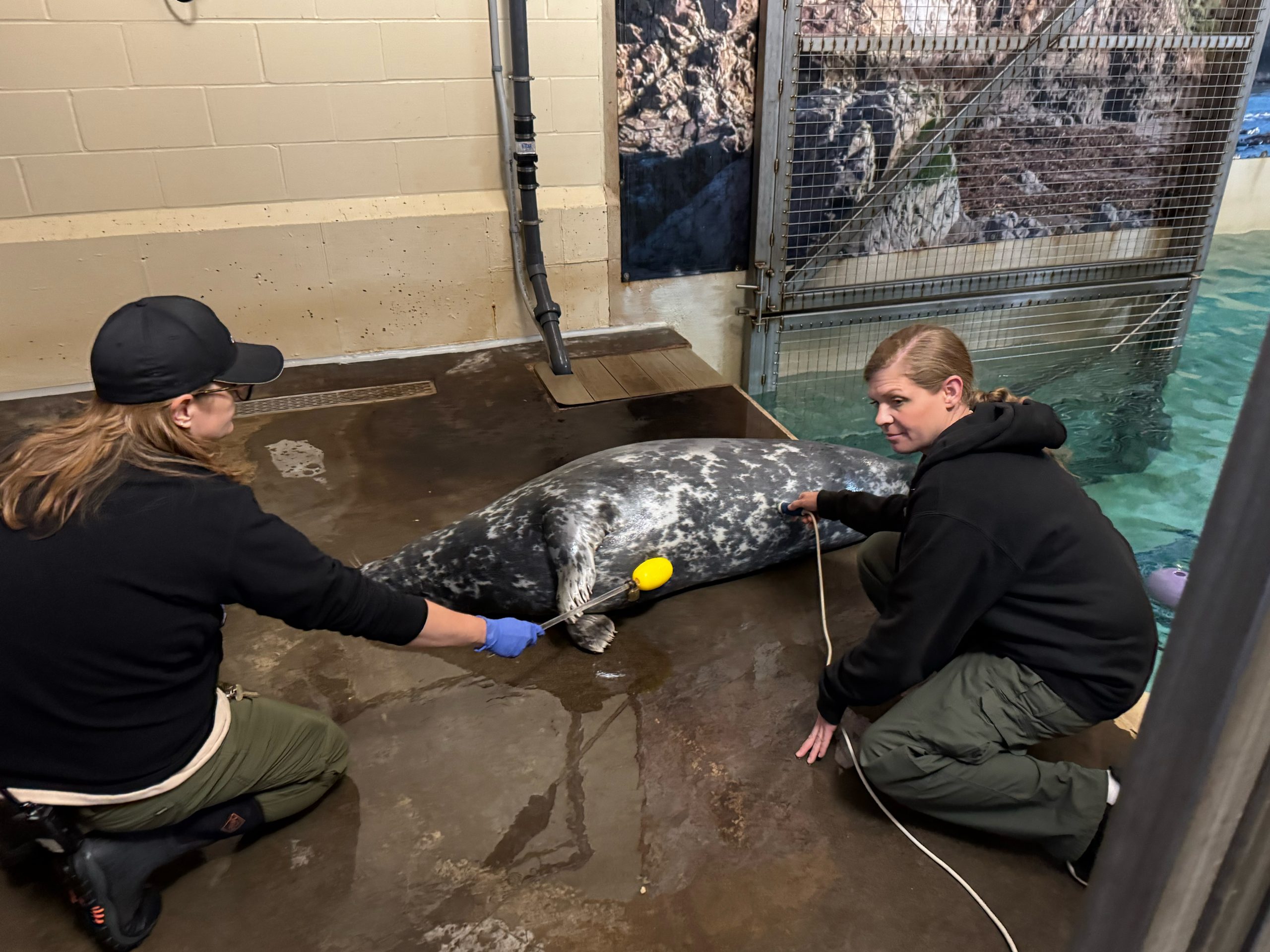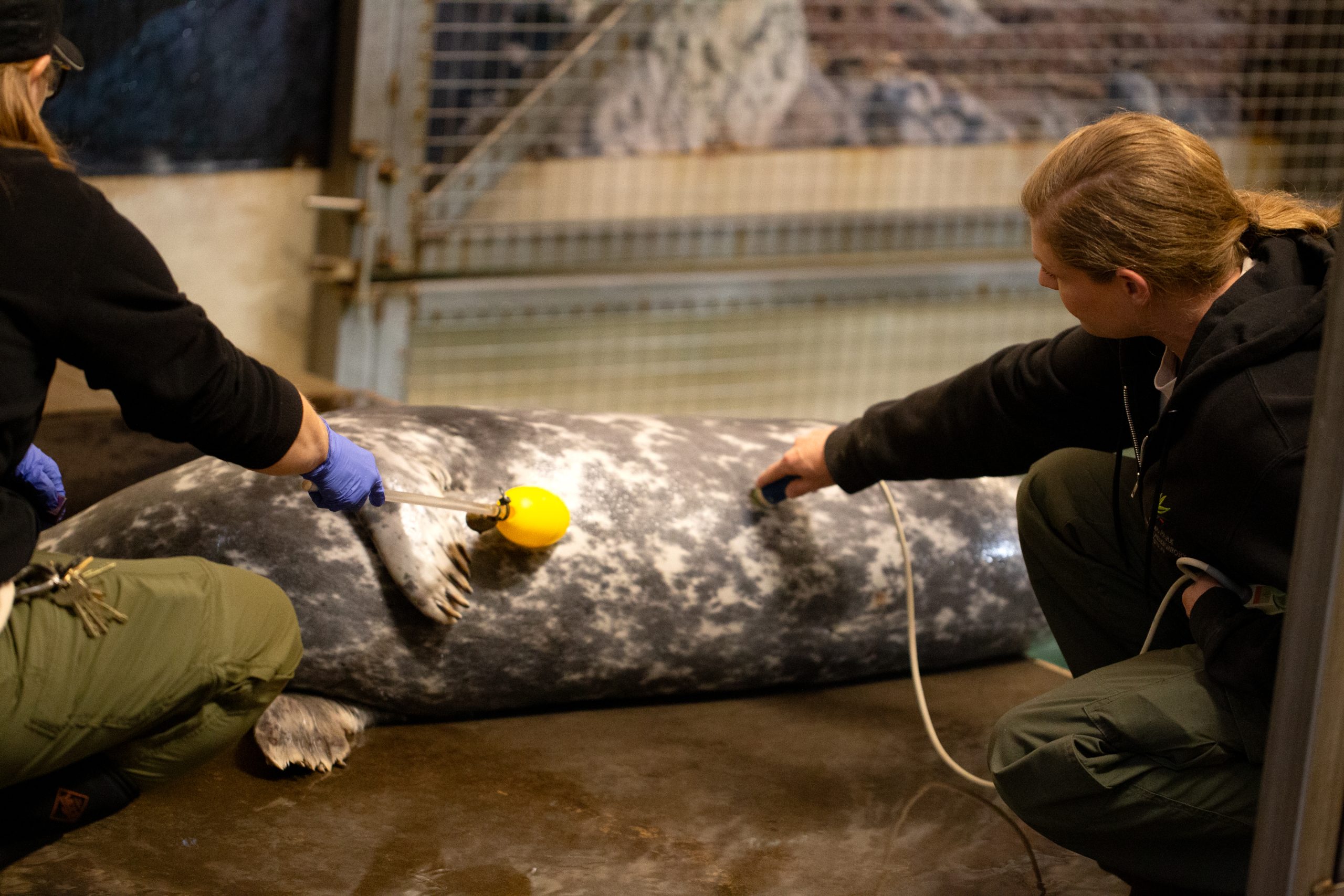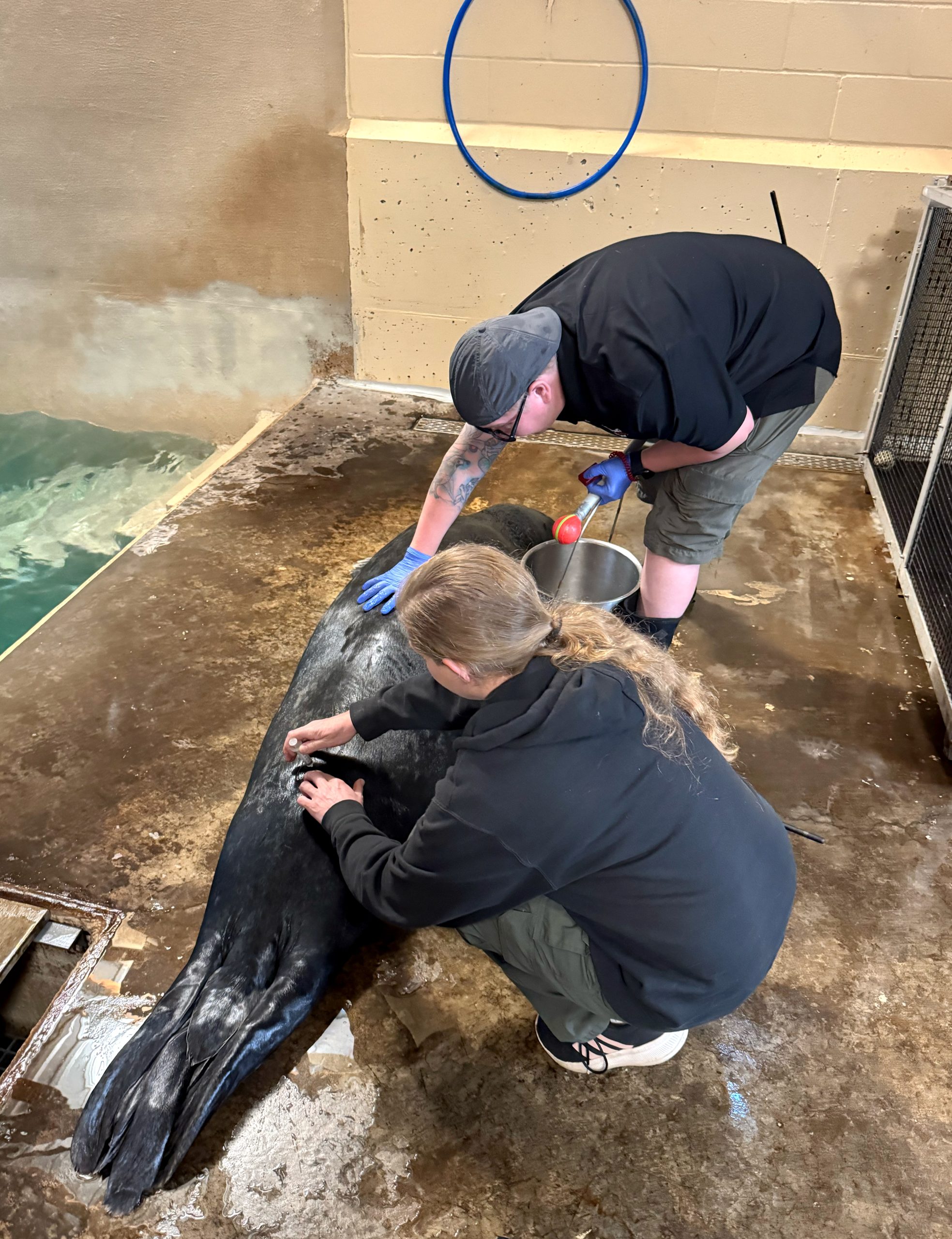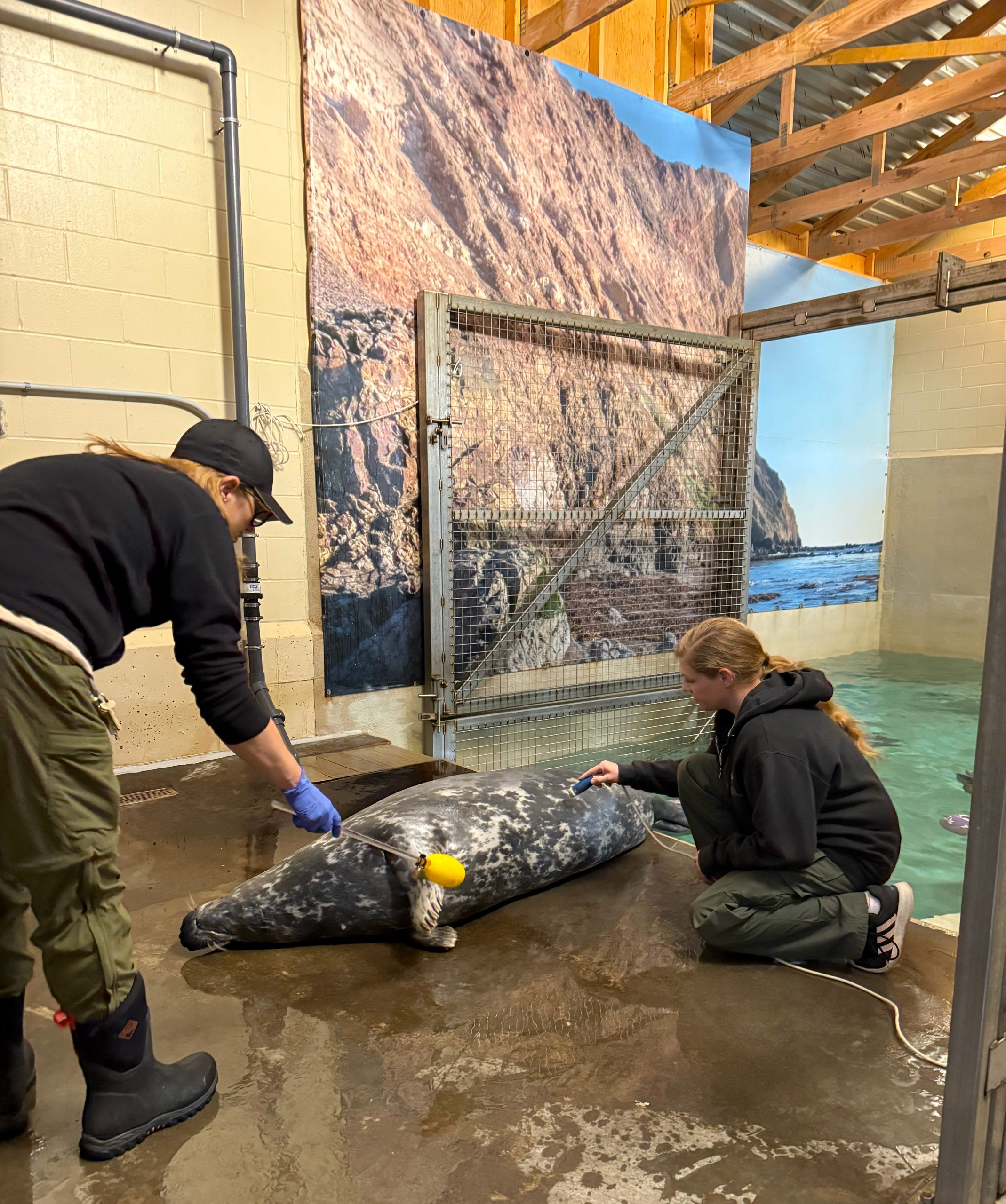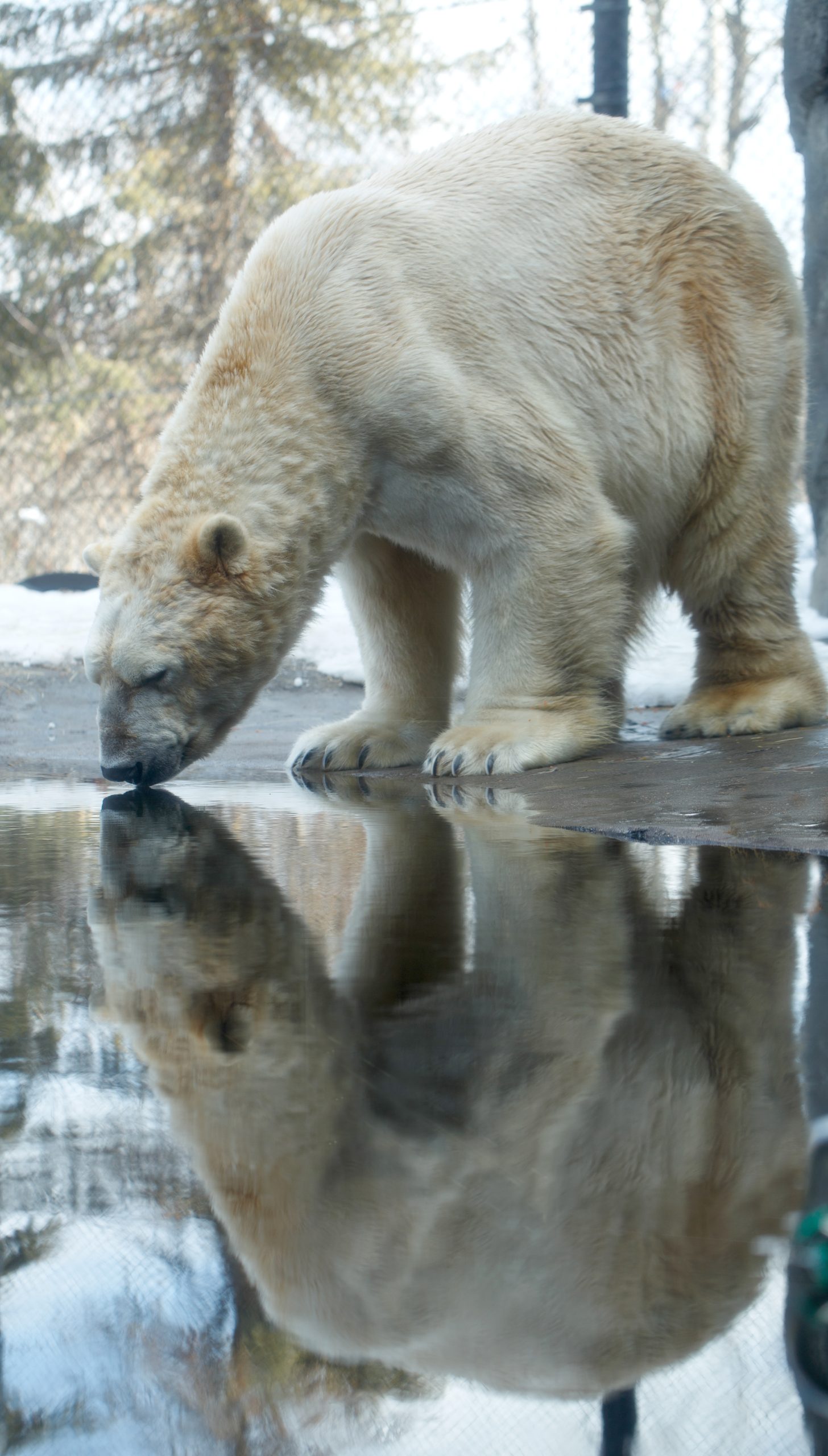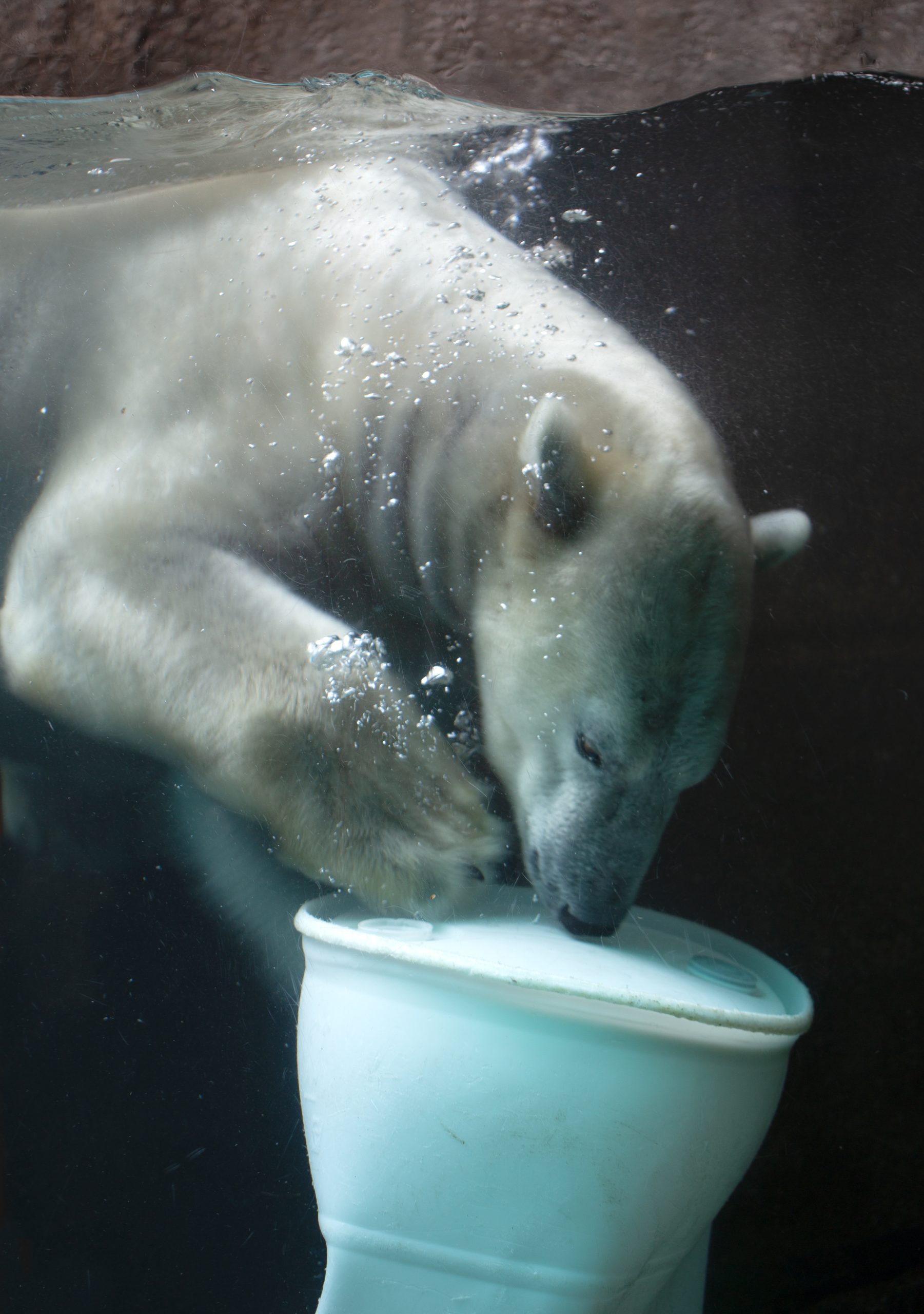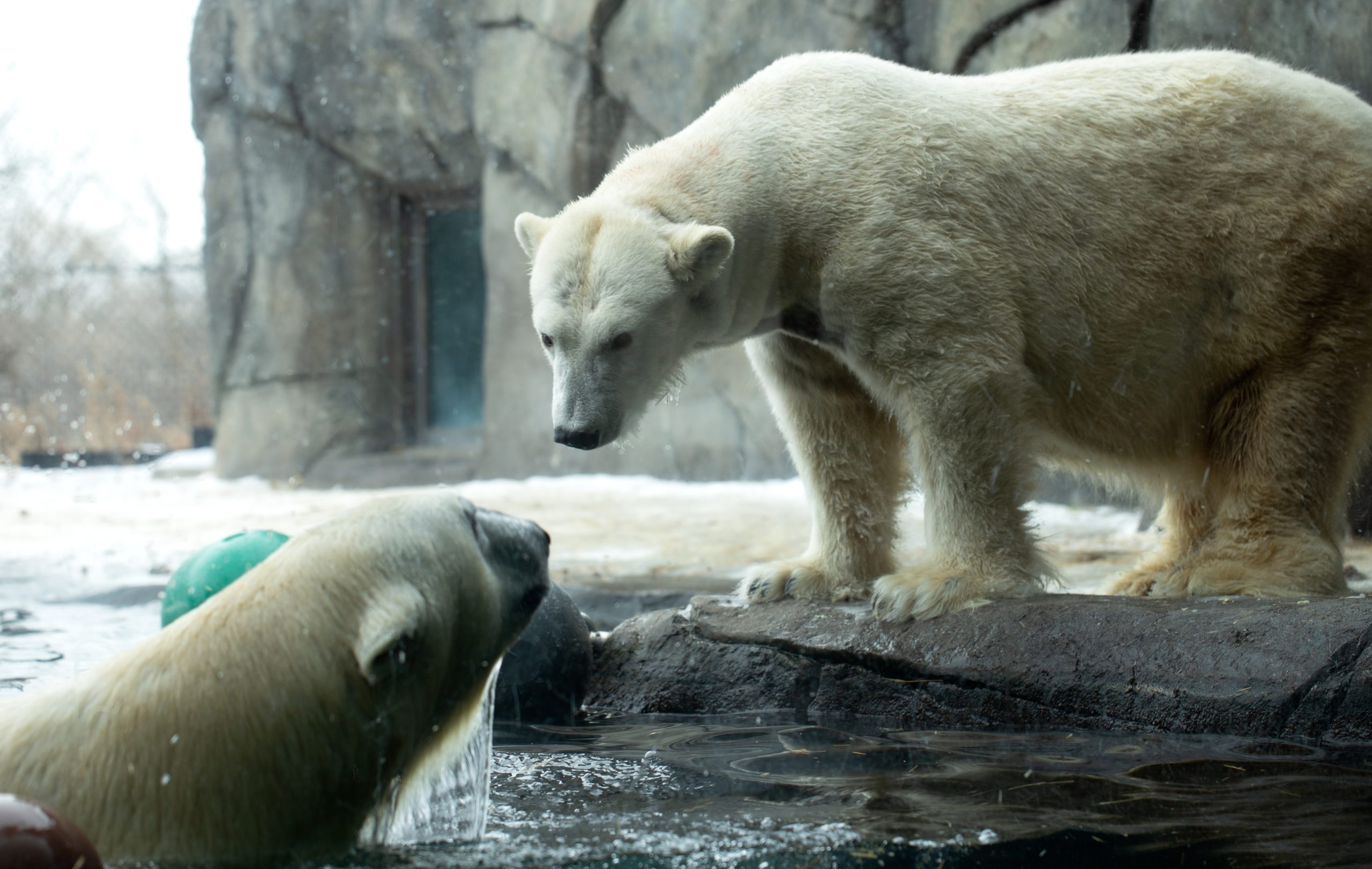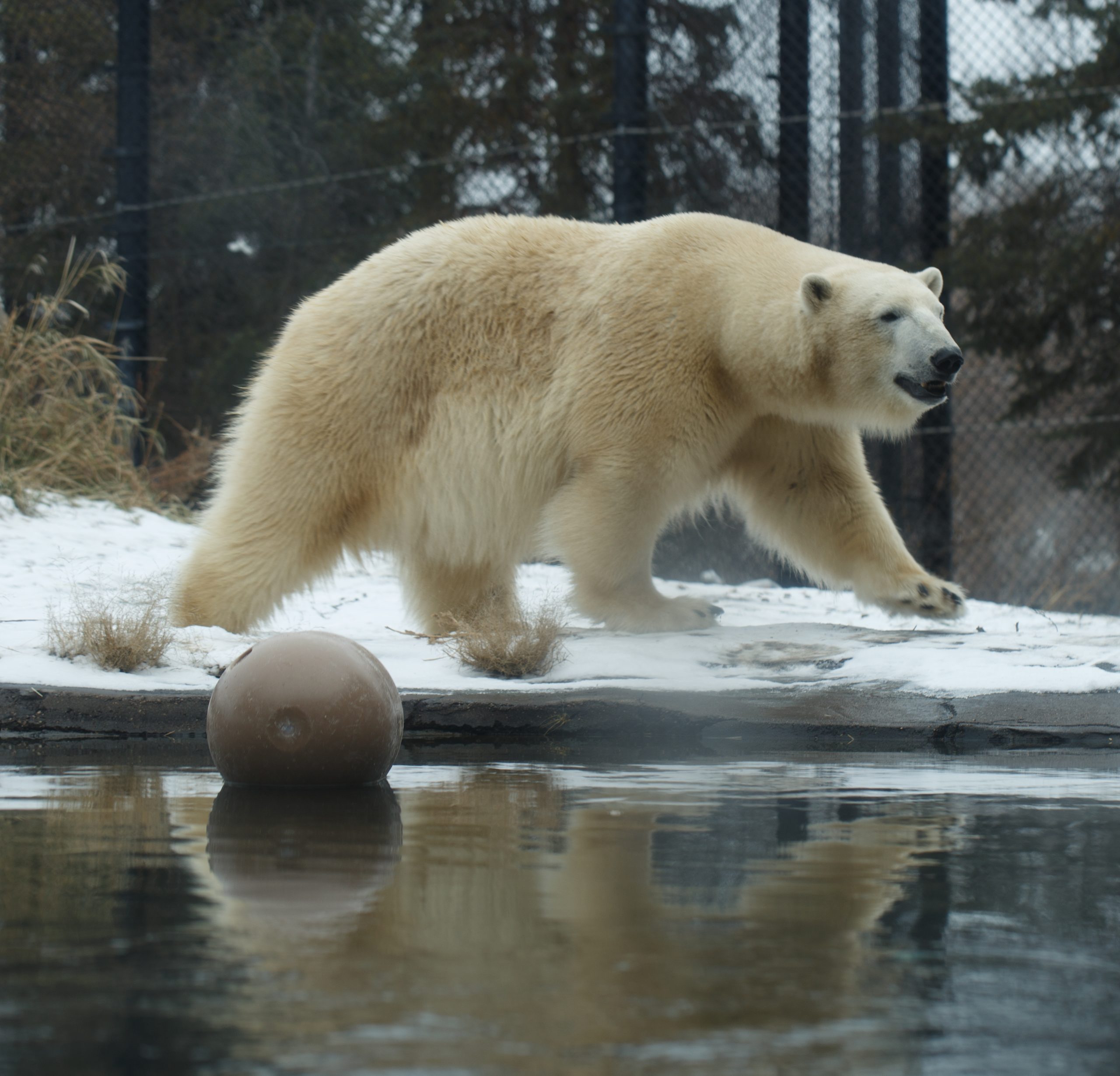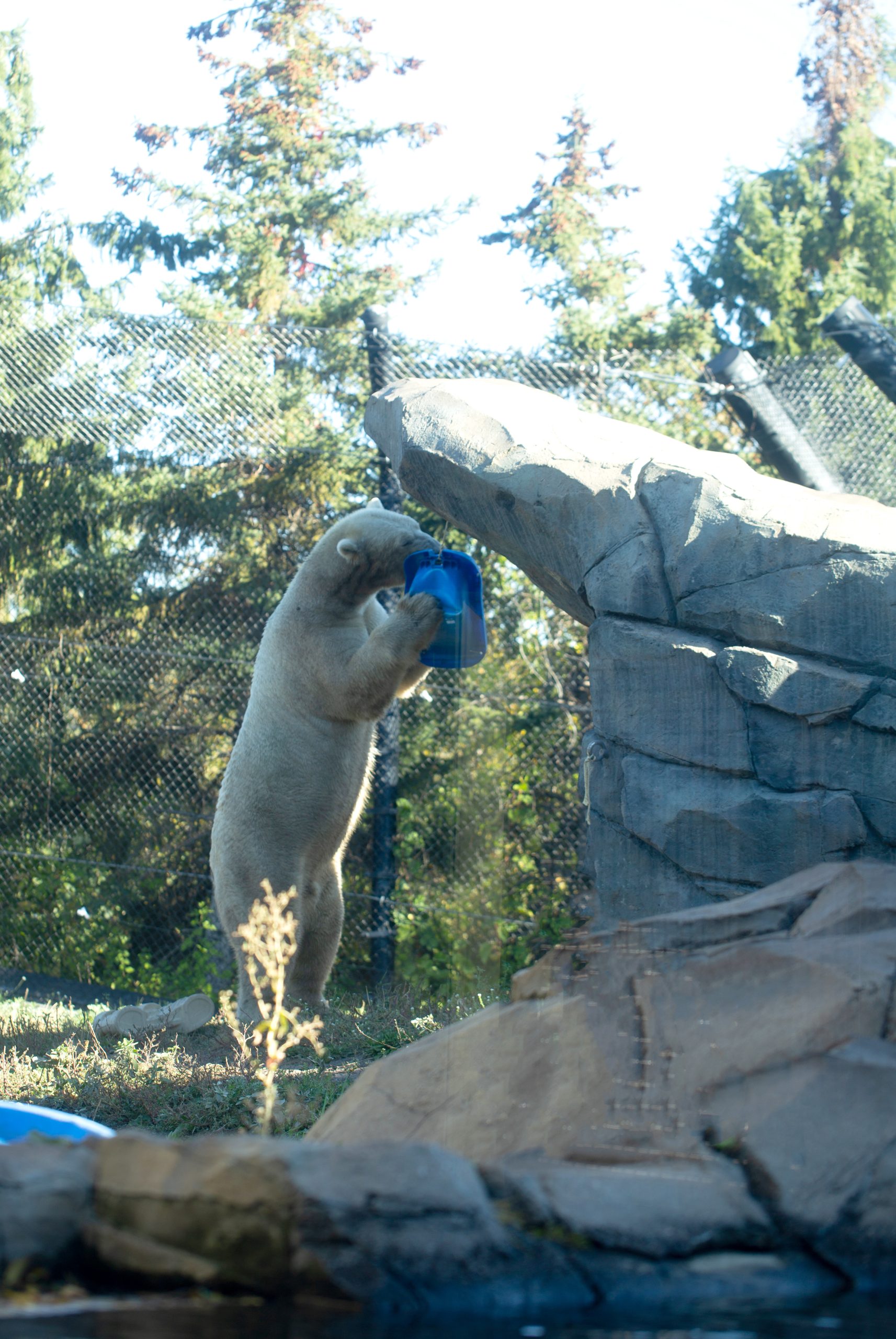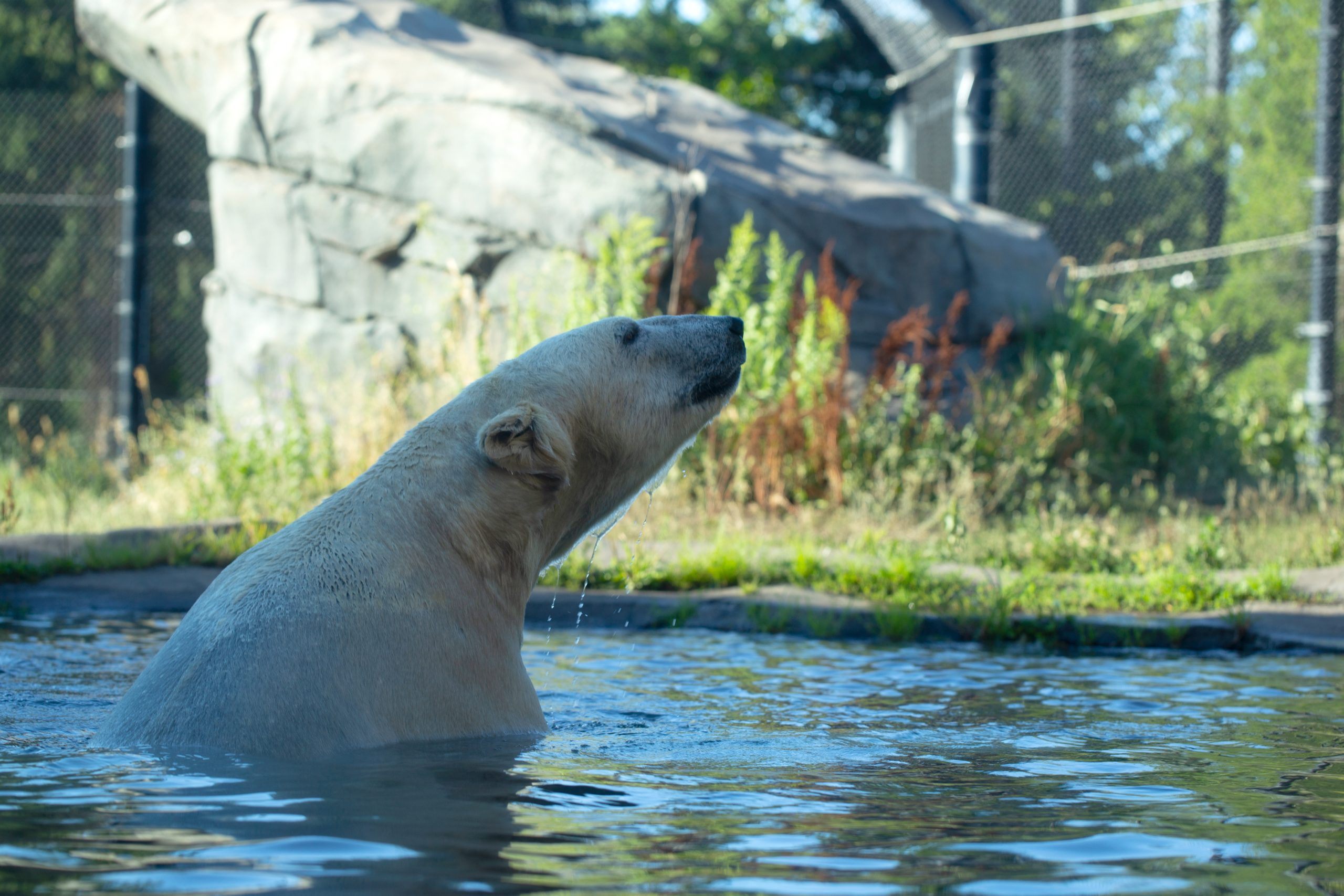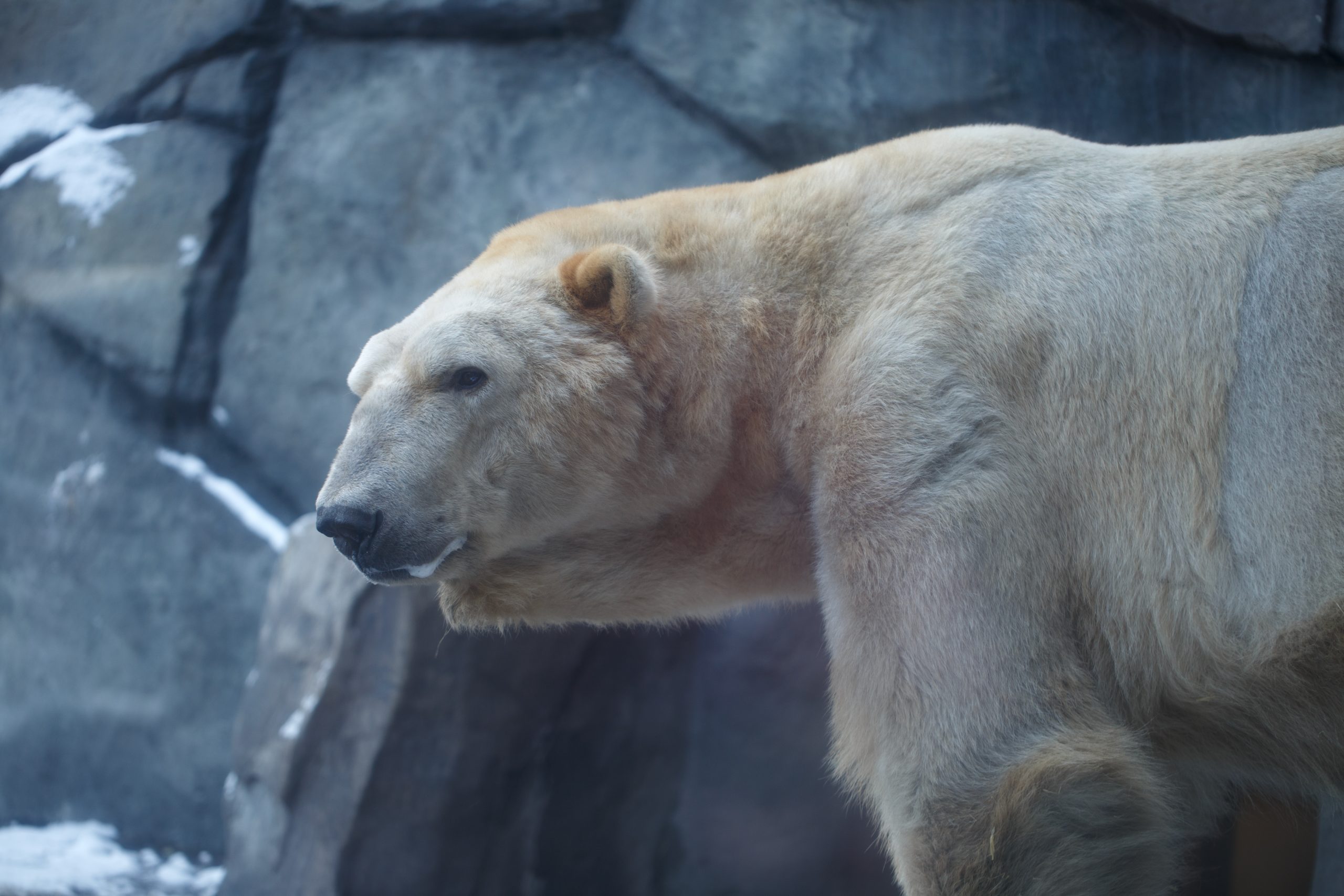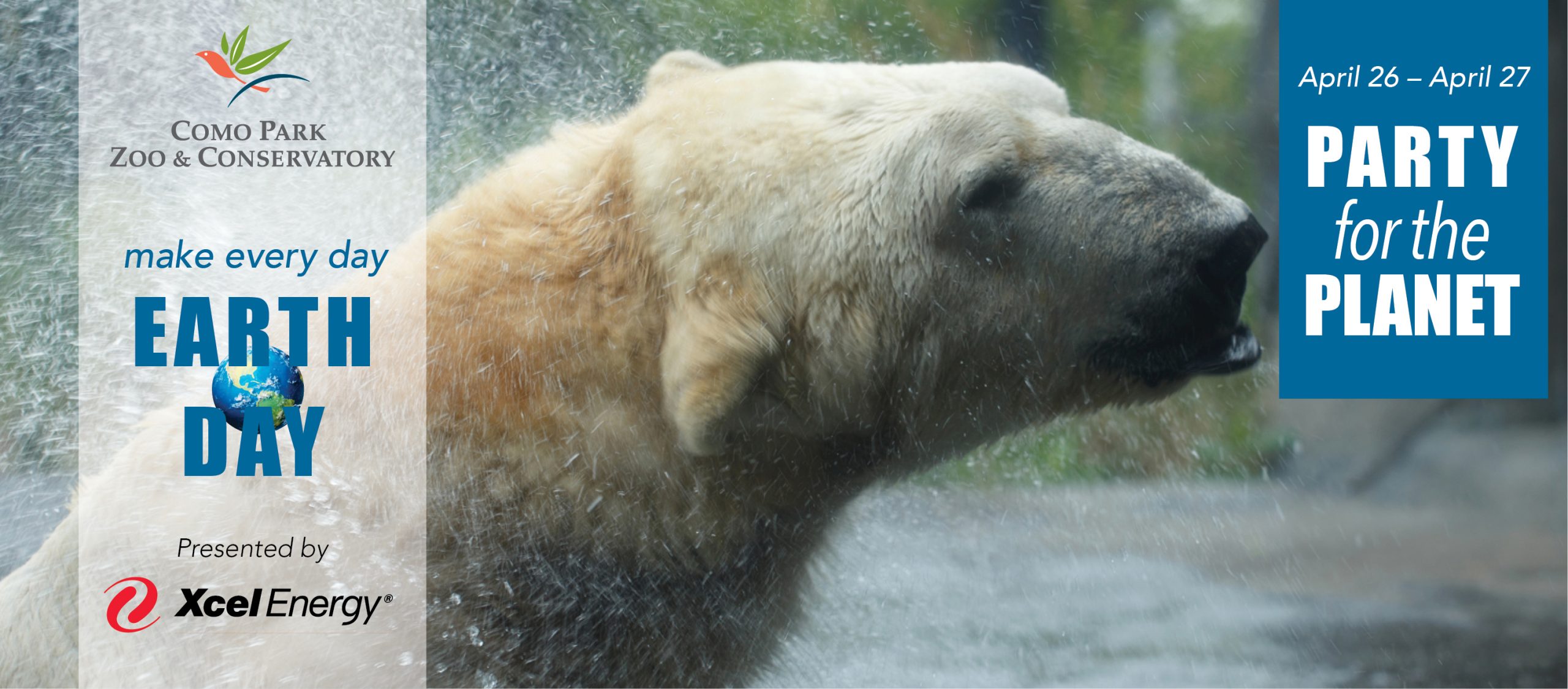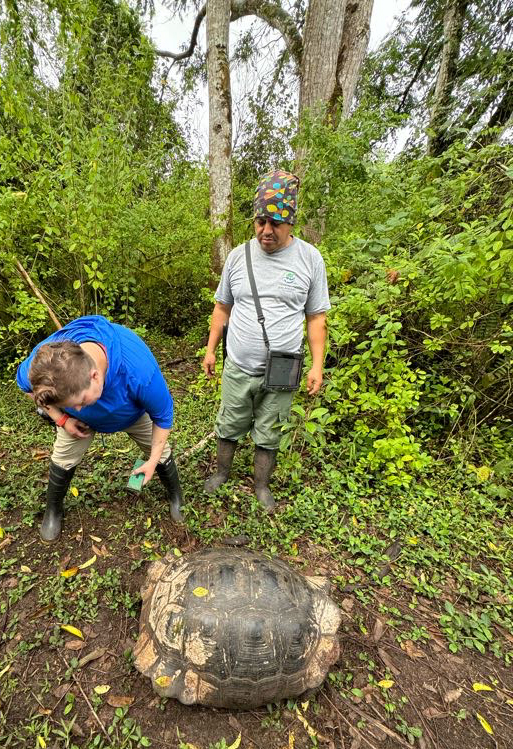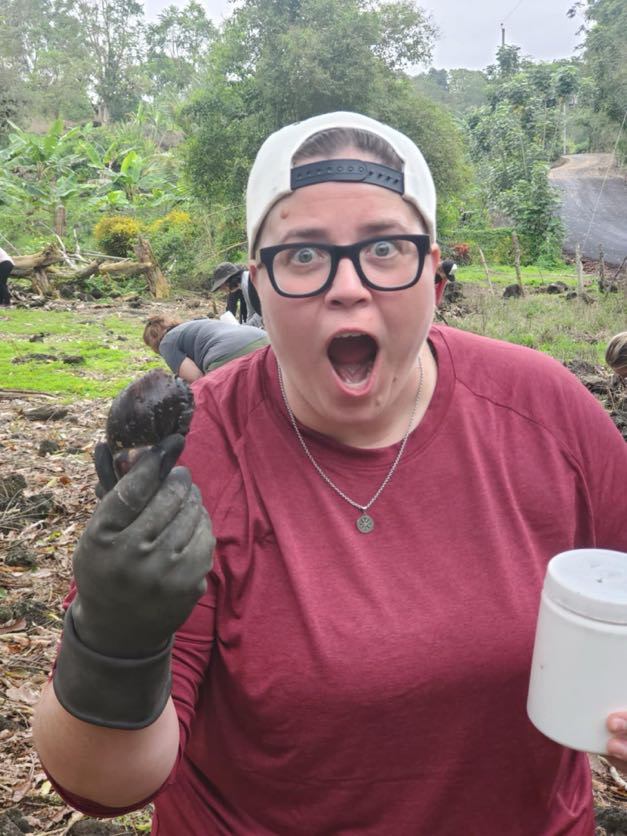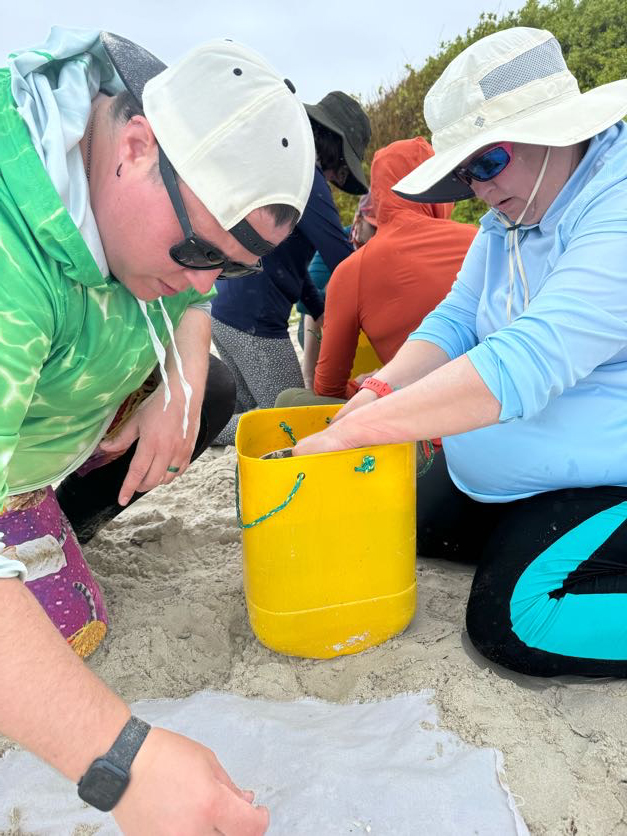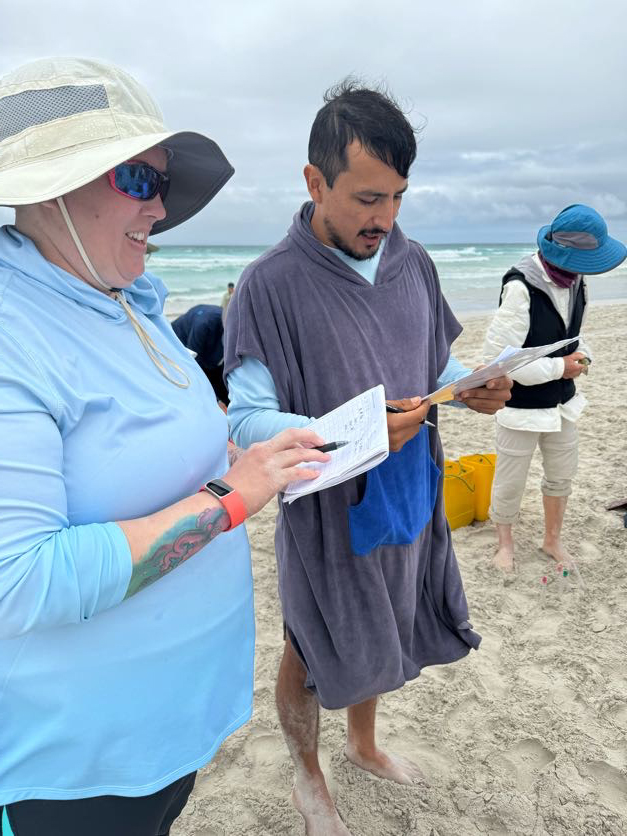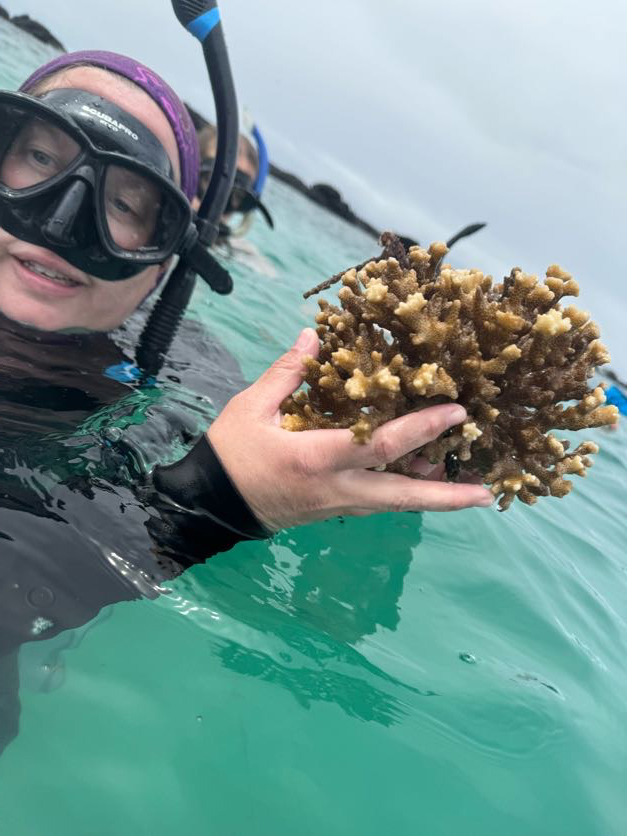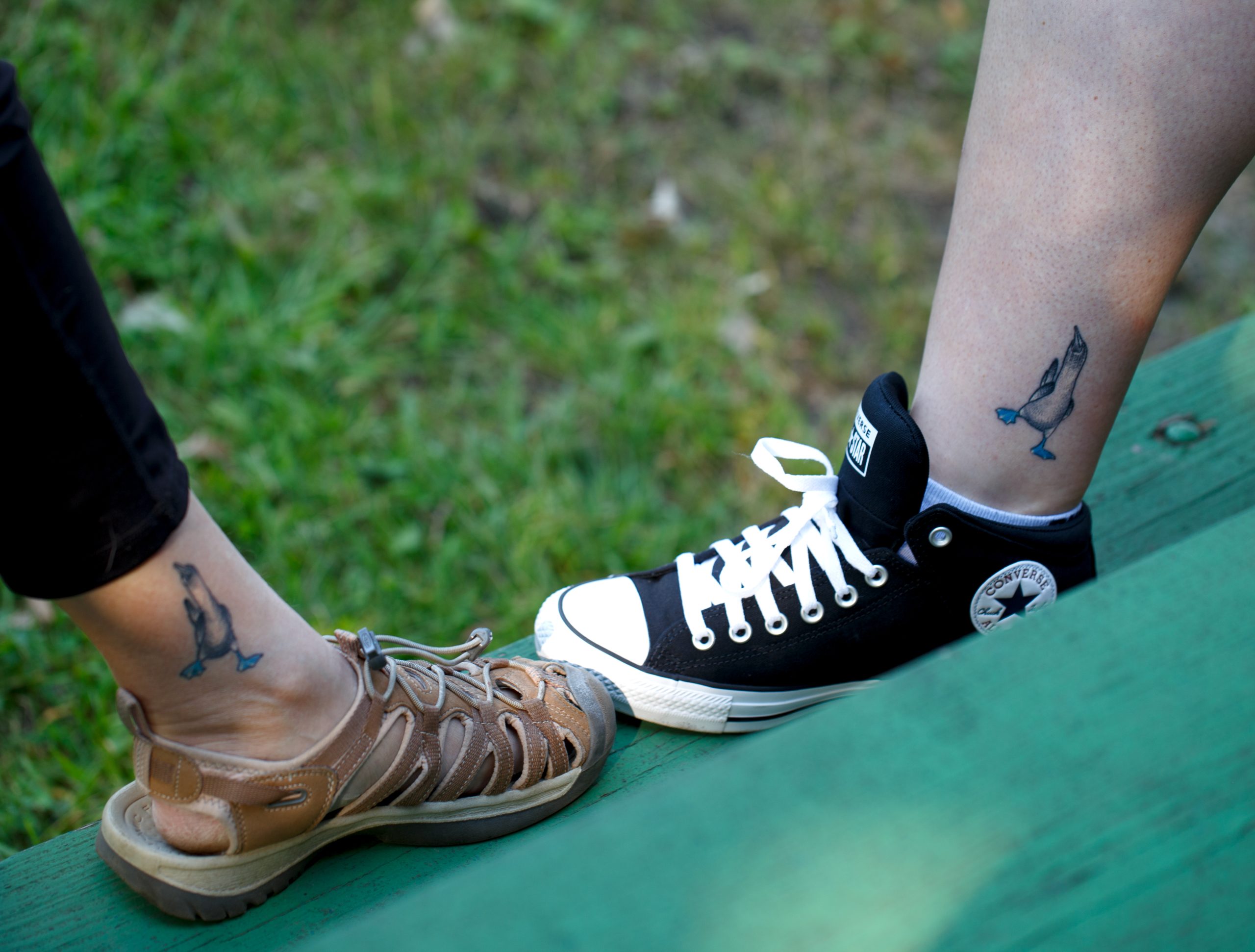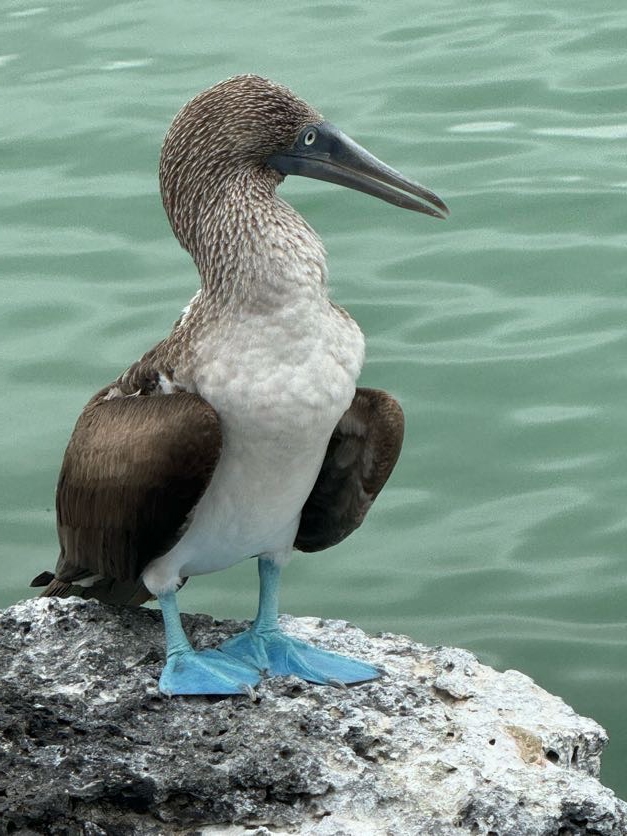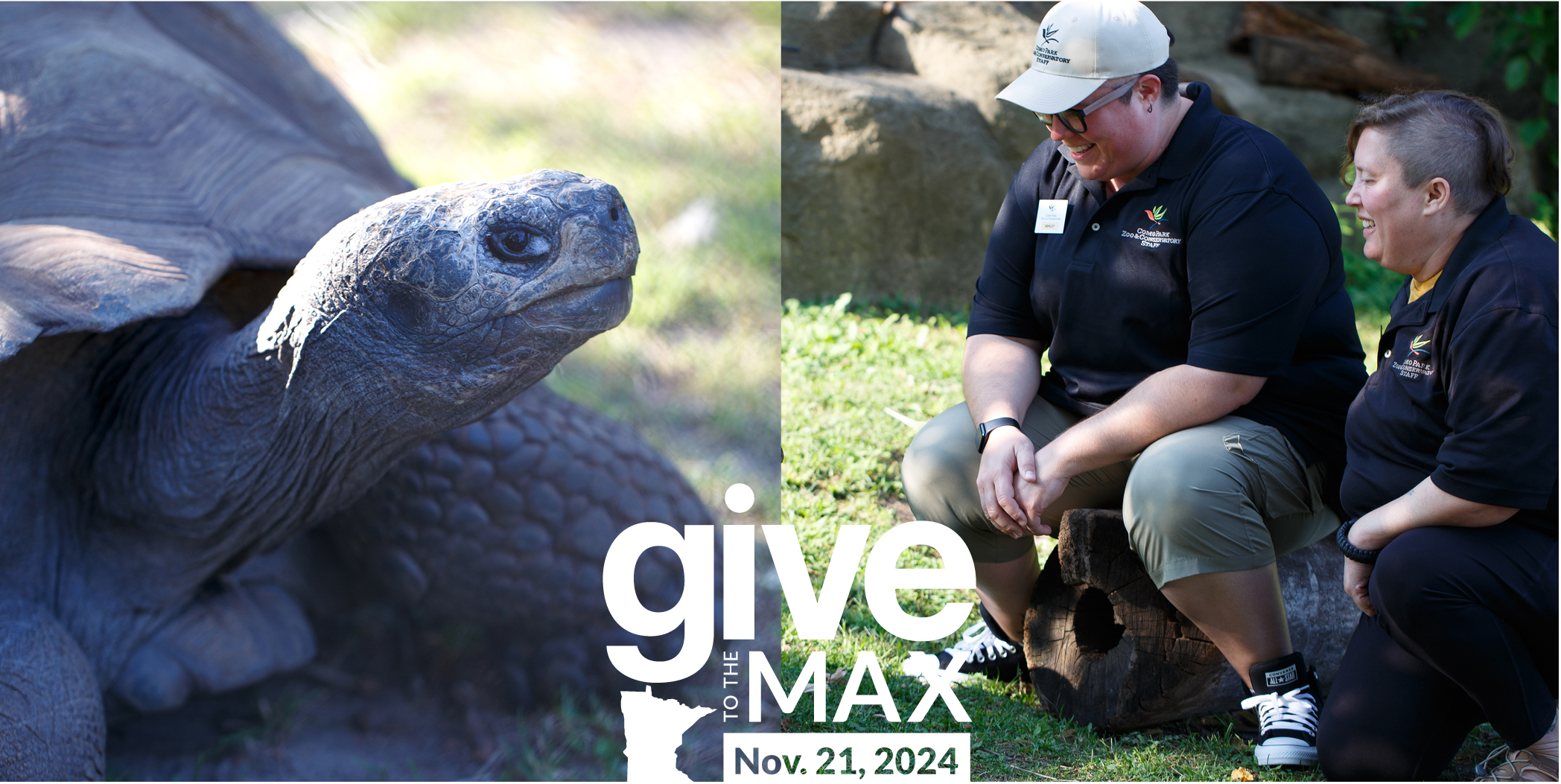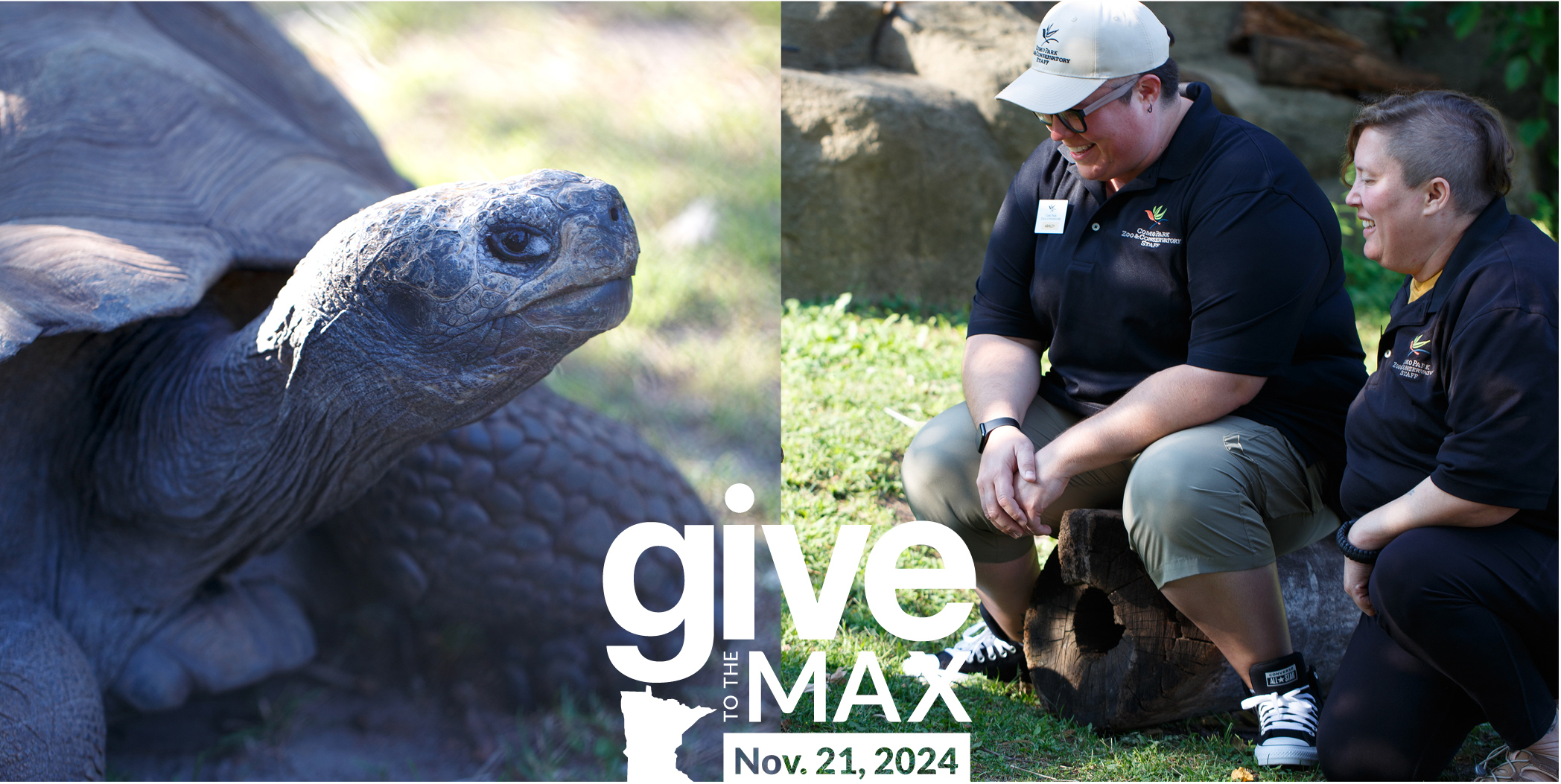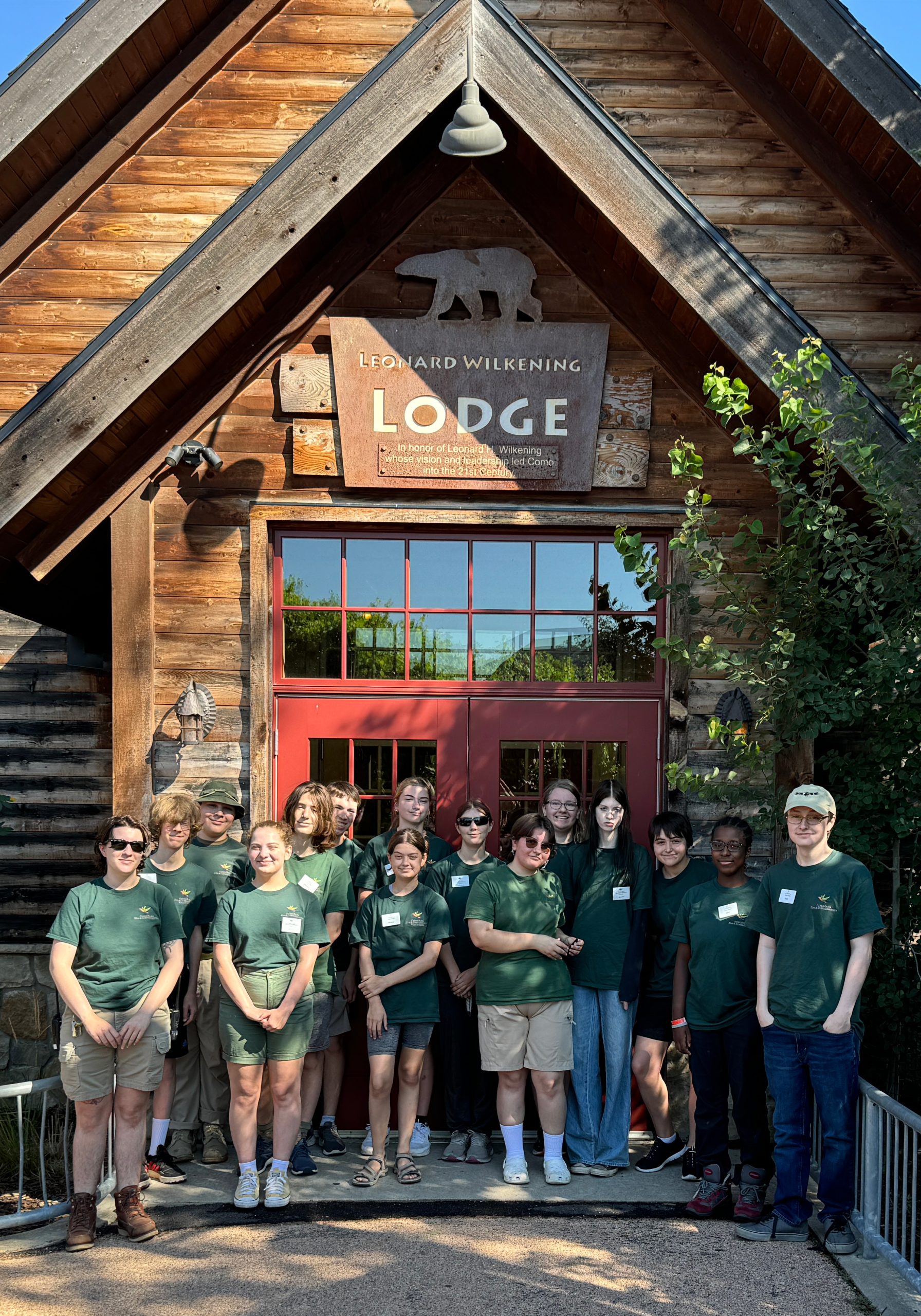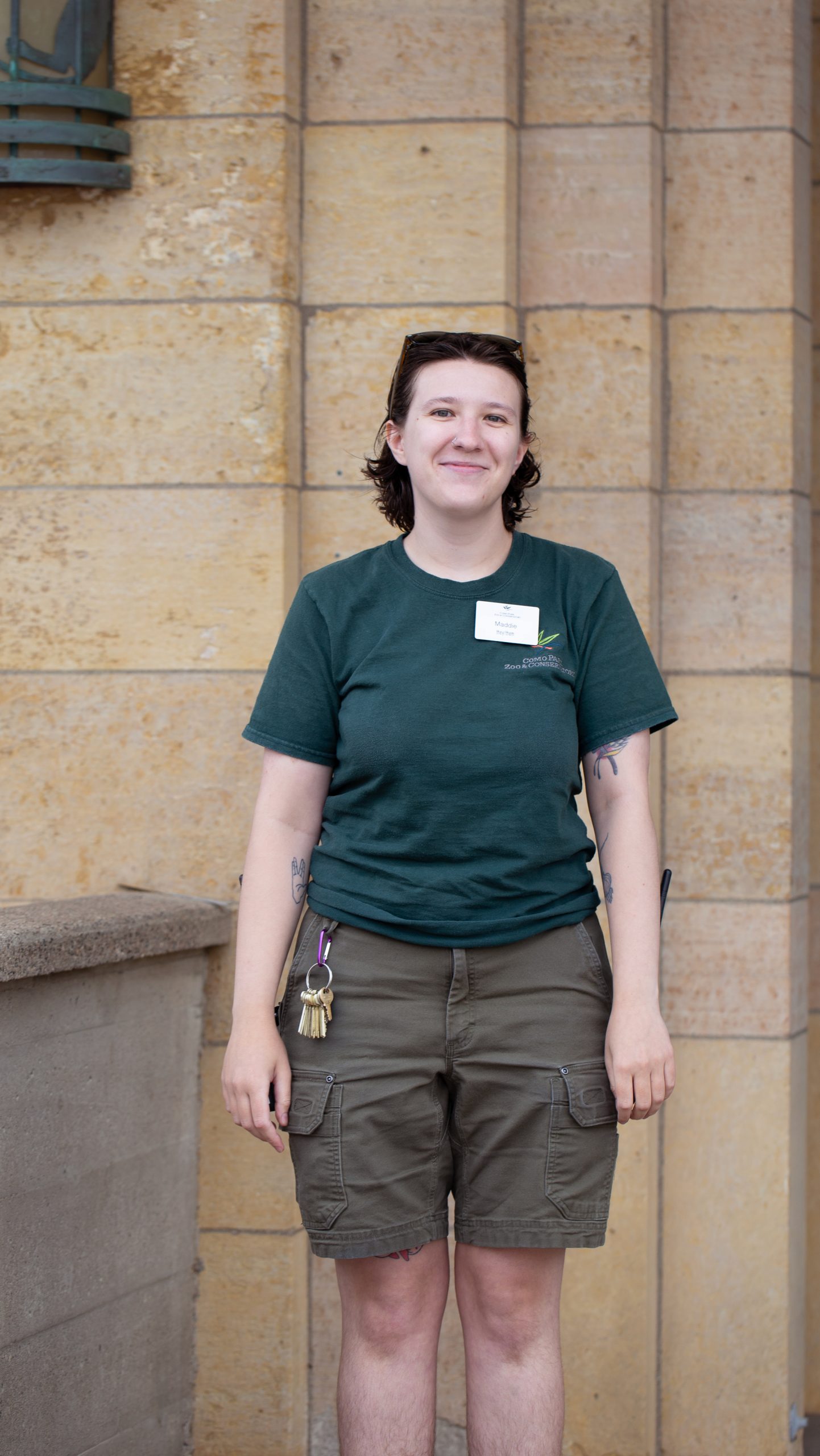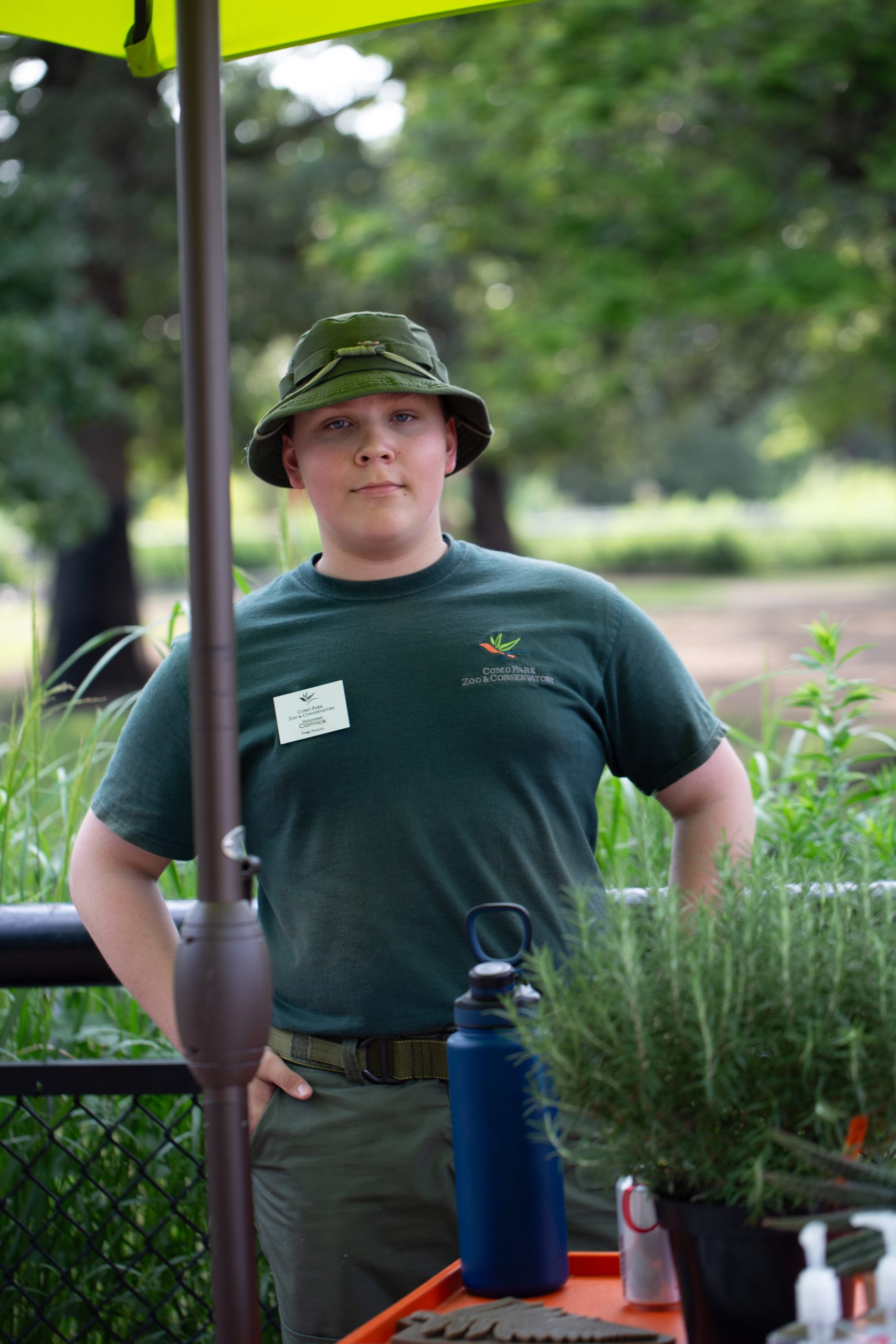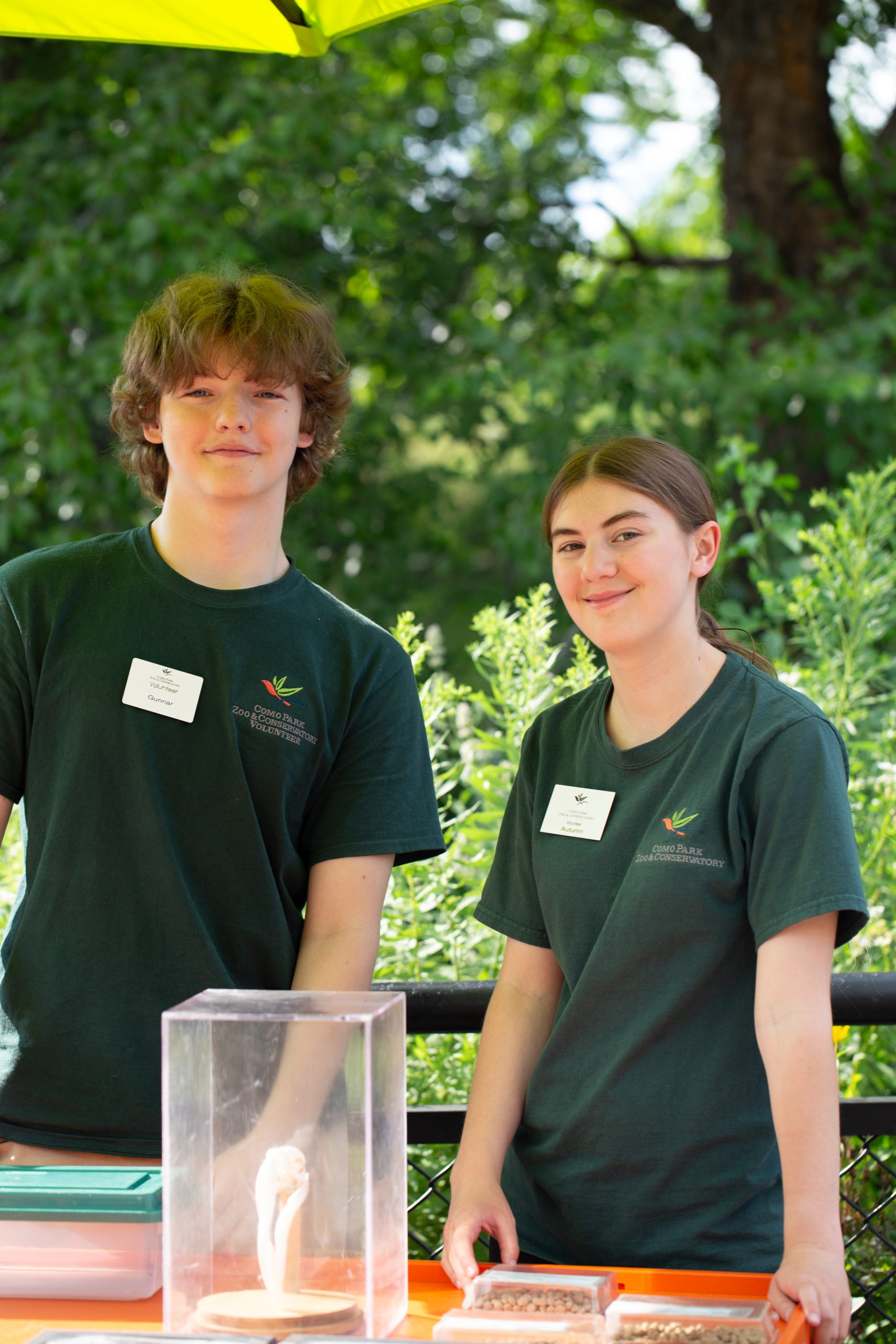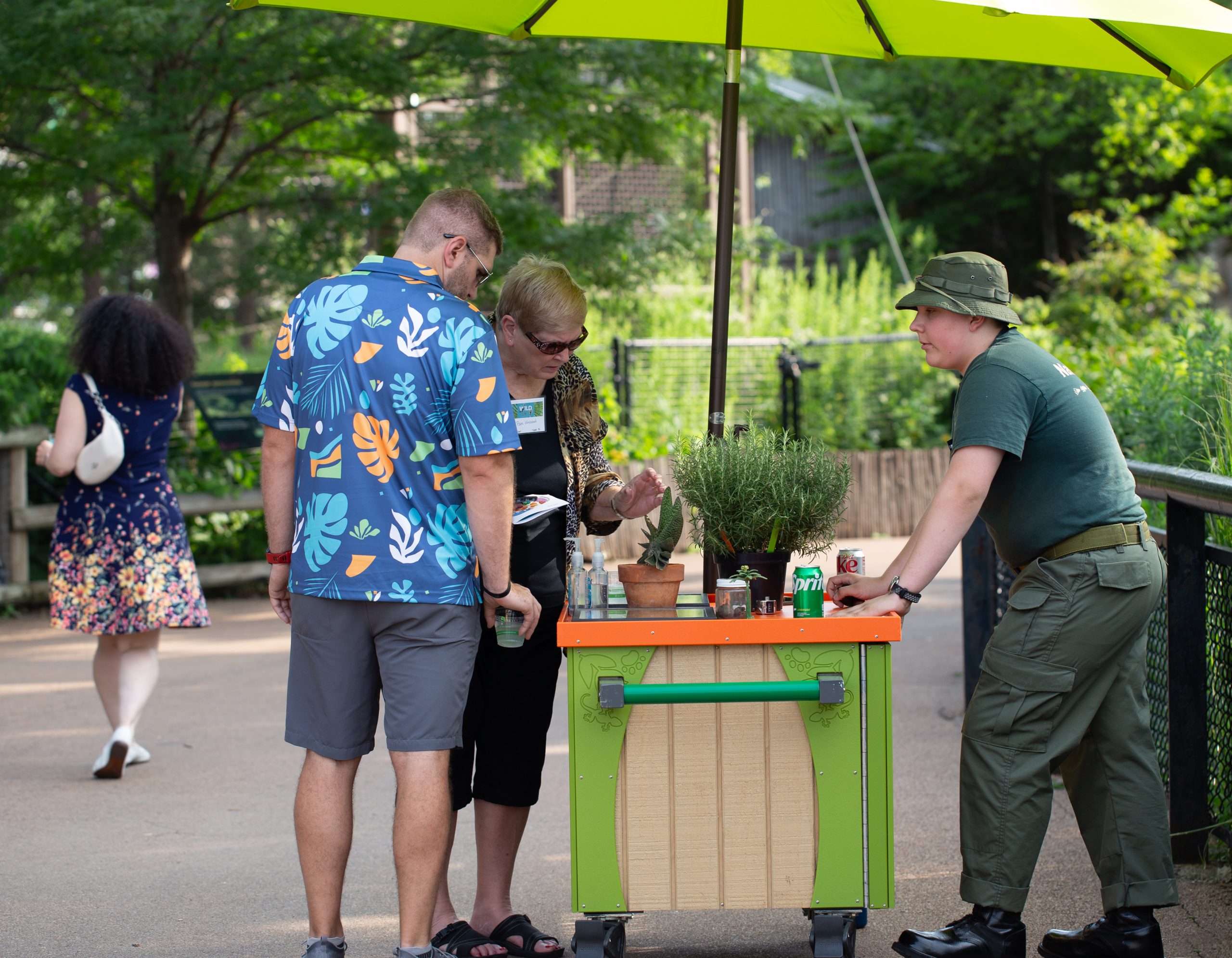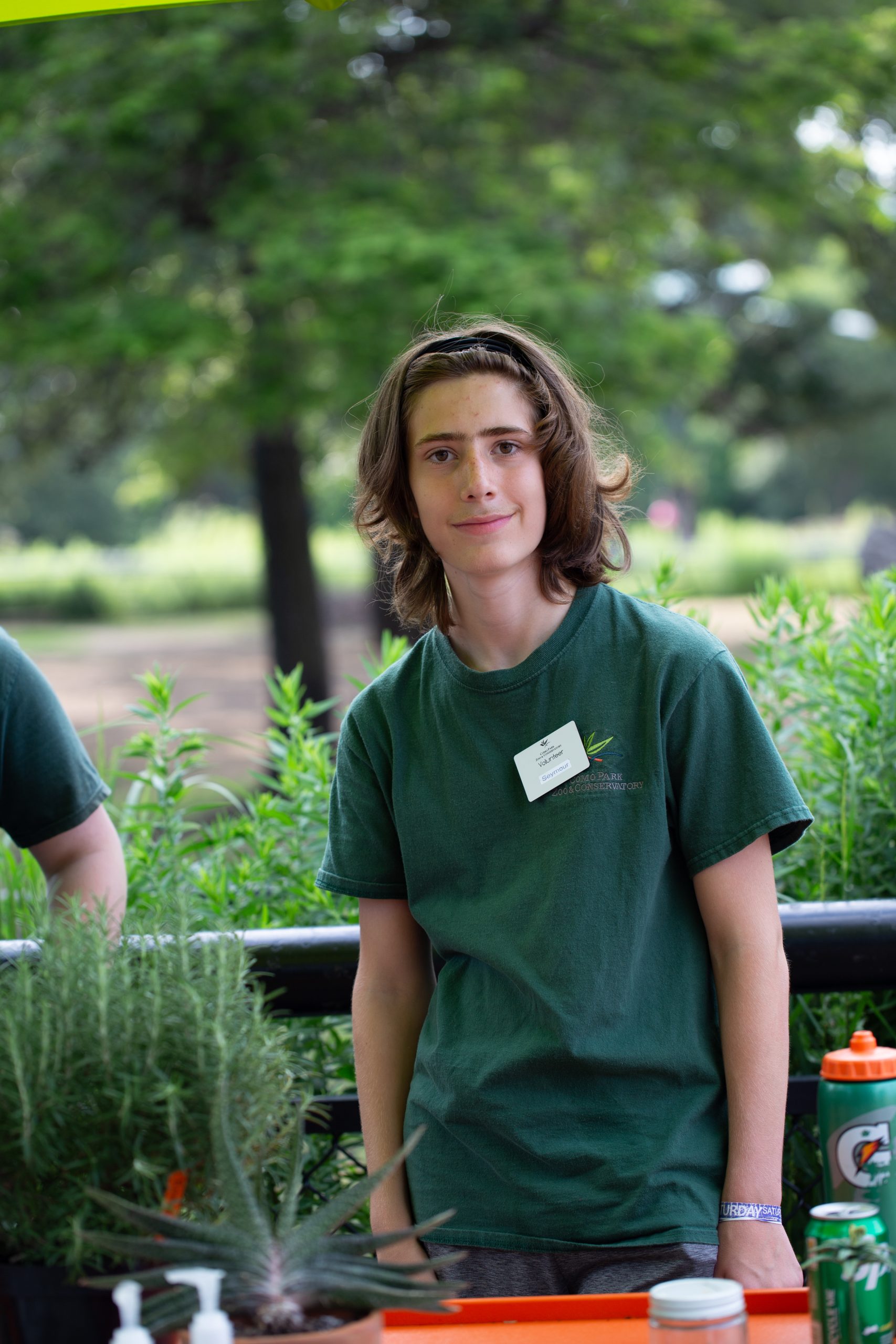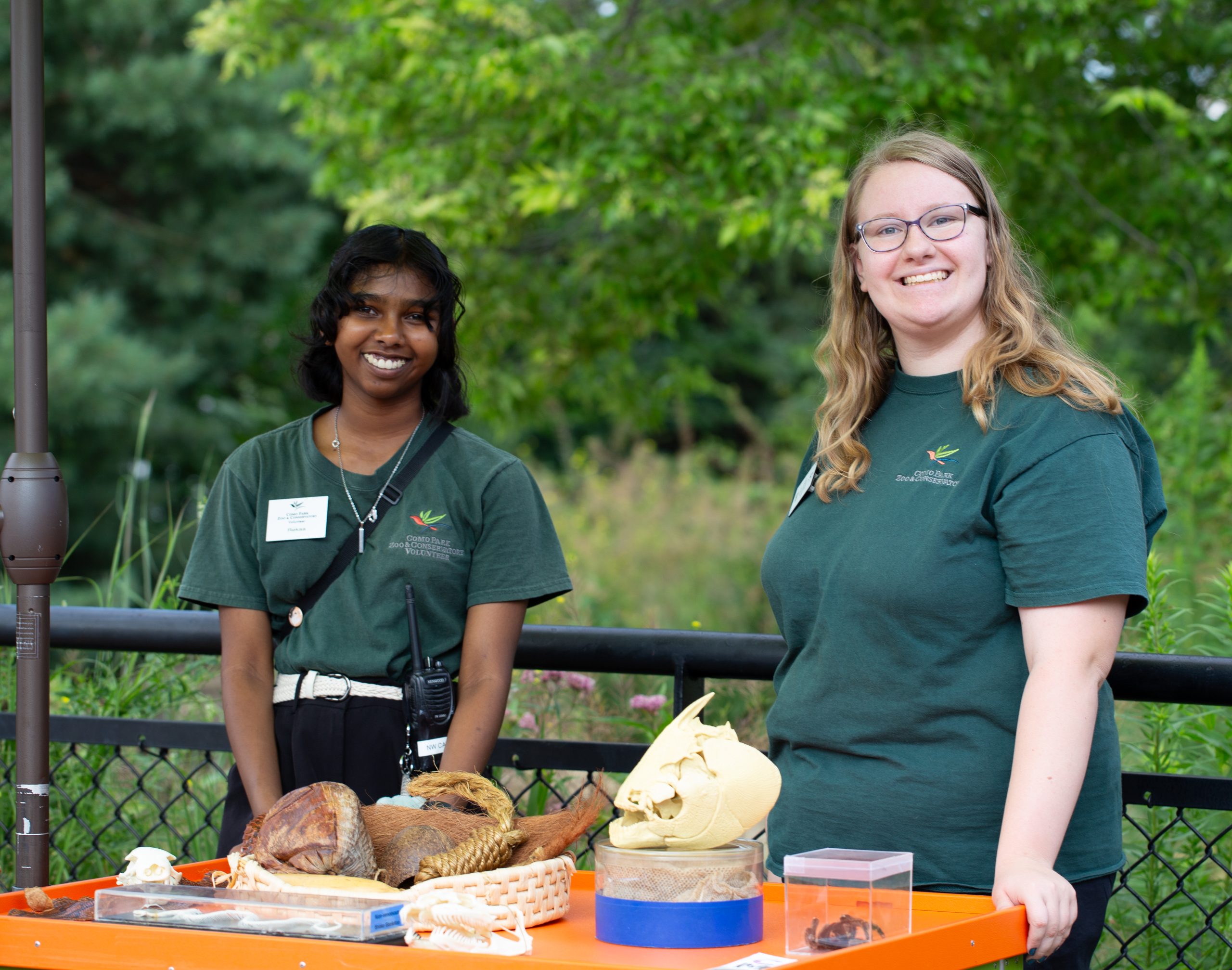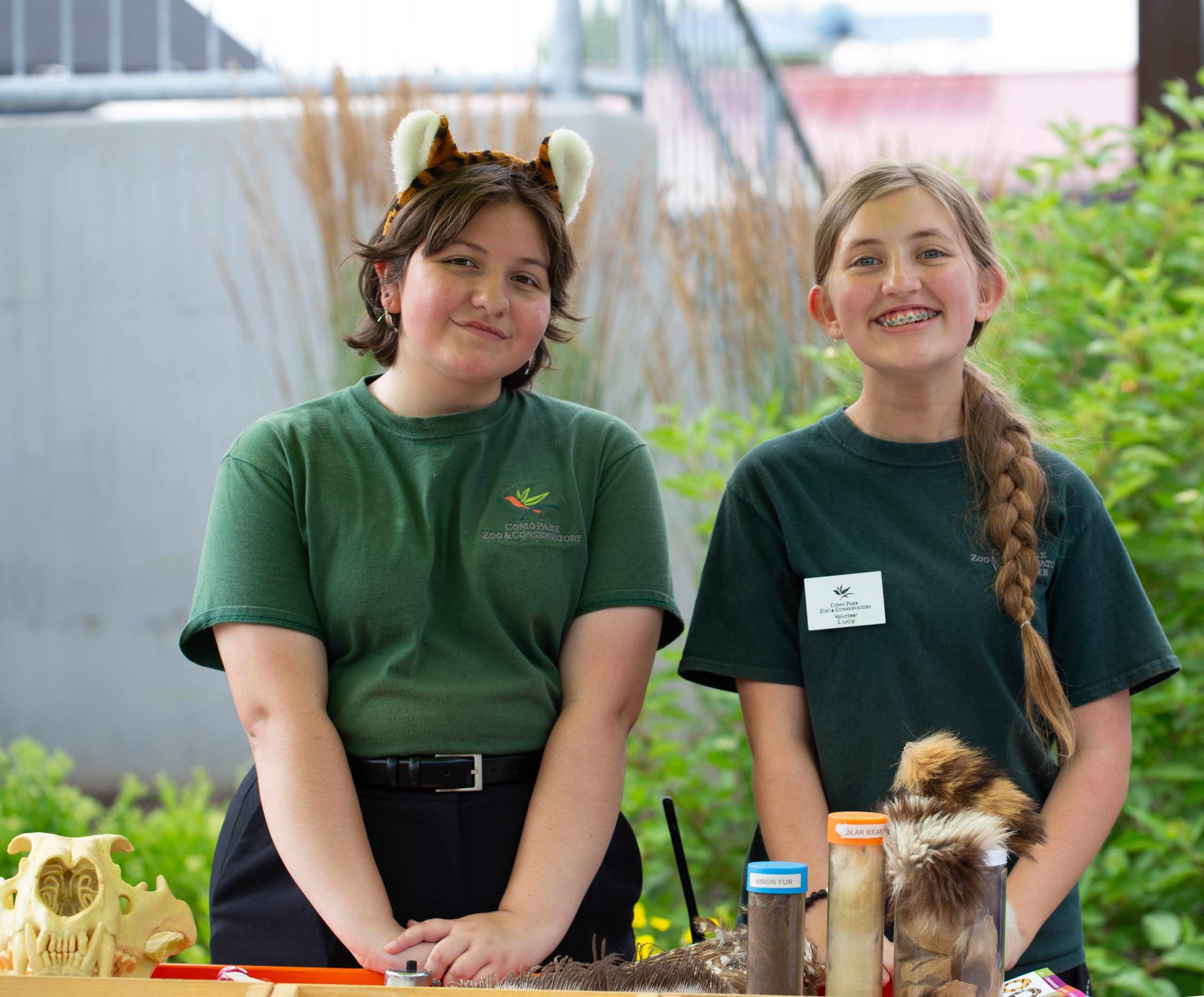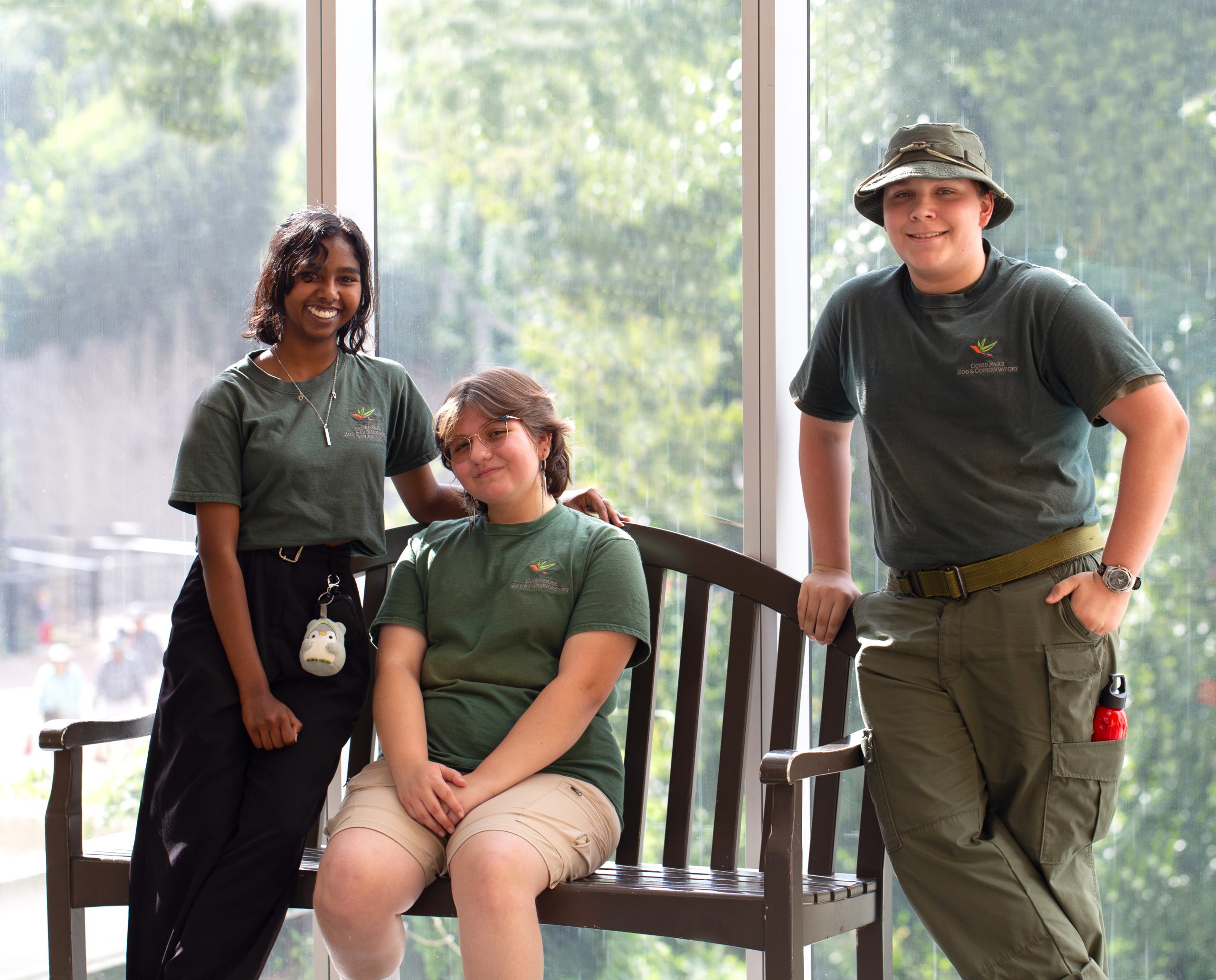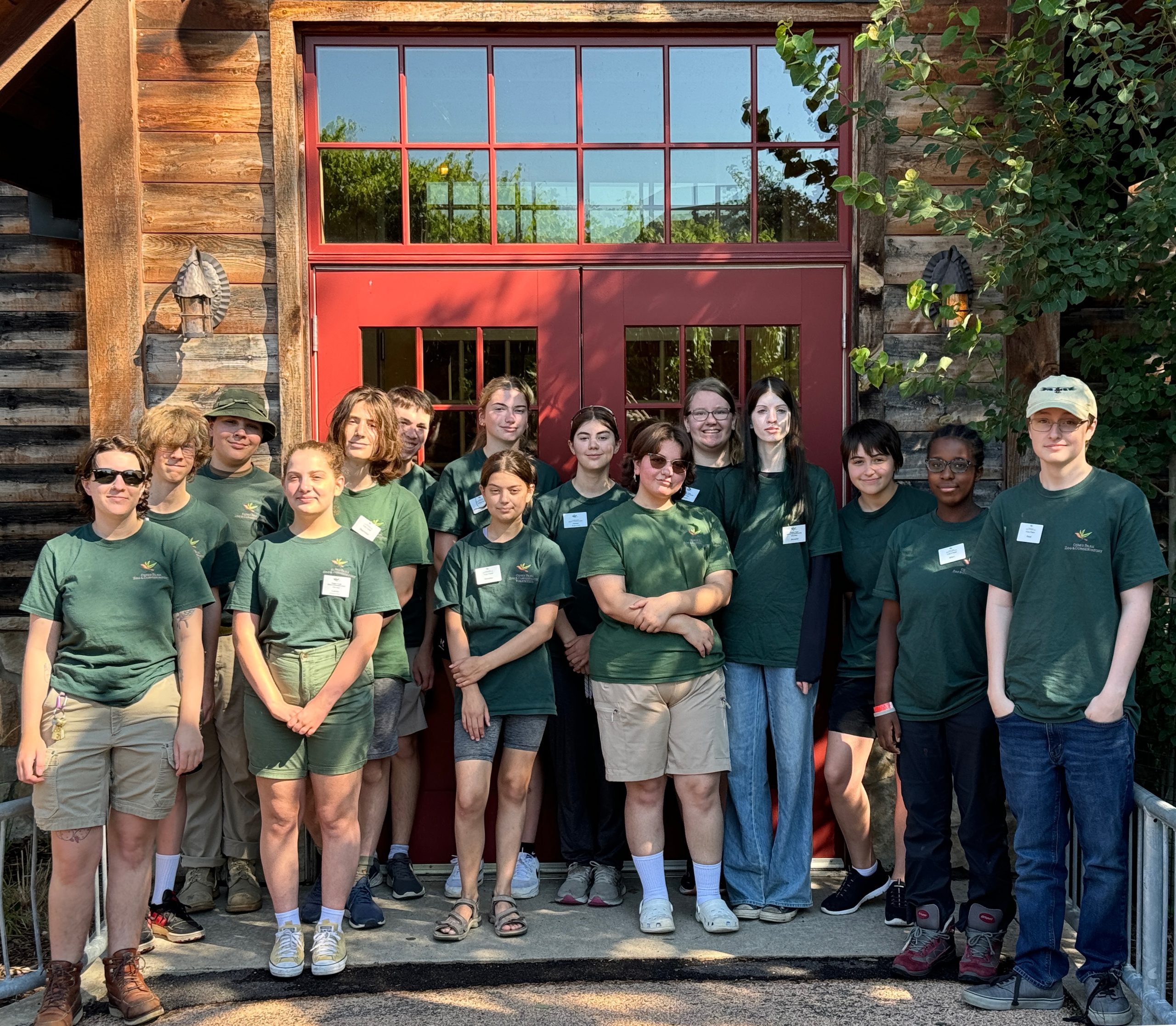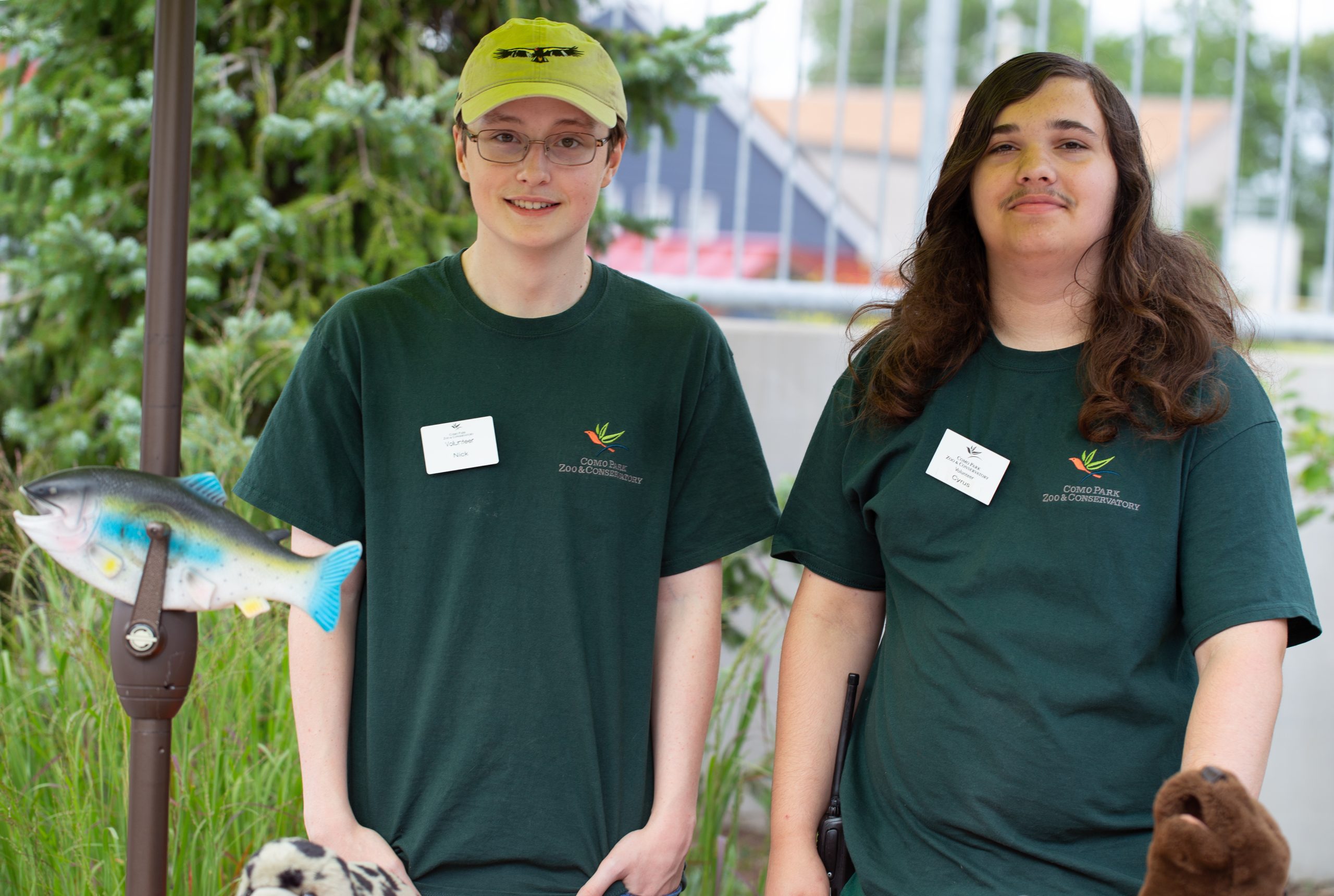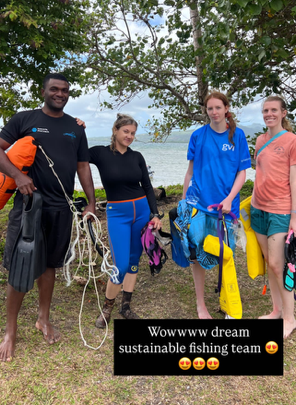
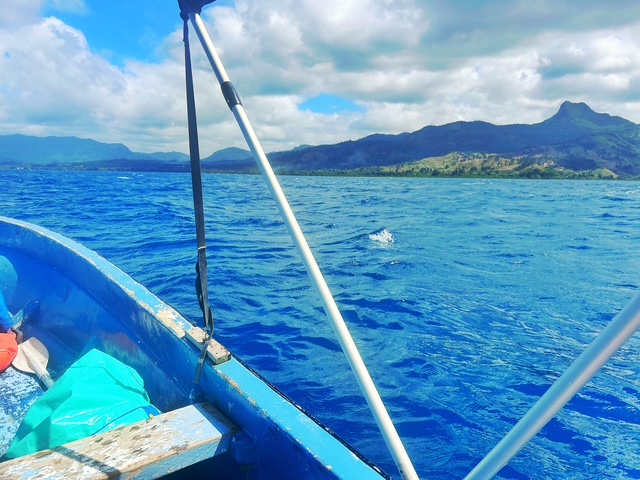
Como Zoo aquarist Gina Julio fulfilled a lifelong dream as a Conservation Champion, traveling to Fiji to support marine conservation in the South Pacific reef
From trout to tuna, marlins to mahi mahi, Gina Julio really knows her fish.
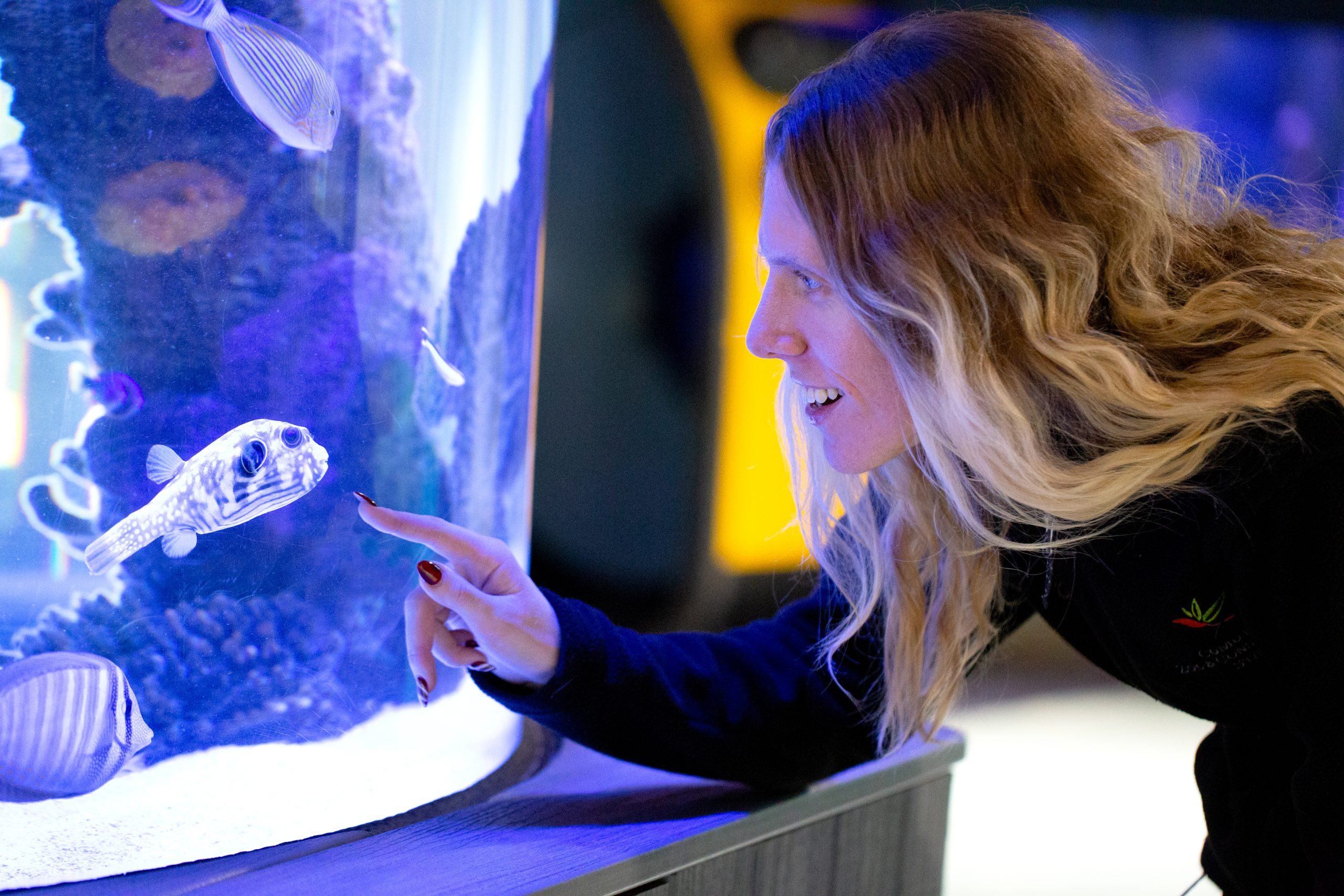
One of Como Zoo’s team of aquarists, Julio is responsible for the care and feeding of dozens and dozens of underwater denizens, including epaulette sharks, lionfish, sea anemones, and even a bright orange lobster who goes by the name of “Ryan.”
“All areas of zookeeping have specific challenges, but I find the math and chemistry required to take care of fish to be really fascinating,” says Julio. “Also, once you start getting to know fish, you find out they’re so smart, and have great little personalities.”
Being on a first-name basis with so many different species made Julio a very valuable addition to a marine conservation initiative in the South Pacific run by GVI, a travel-based conservation organization. As part of Como Friends’ Conservation Champions program, Julio recently traveled to Dawasamu, Fiji, to help support a variety of projects the group operates in the area, ranging from preserving the coral reef, to protecting spinner dolphins, reef sharks, and sea turtles.
As a support volunteer at GVI, Julio helped a corps of primarily college-aged interns dive into their first experiences with conservation fieldwork. For two weeks, she took part in a range of work, from surveying the health of mangrove forests, to studying the challenges of establishing sustainable fisheries for local communities. Her favorite contribution was creating a detailed fish identification guide that will allow the group to collect even better data about the health of the South Pacific reef. “And I made it waterproof, so they can actually use it underwater,” she says.
As part of the trip, Julio also immersed herself in the life of a small fishing village, seeing firsthand how thoughtful conservation projects can benefit wildlife and the local populations that depend on them. “Staying in this small fishing village, we became a part of the community, going to church and going to community events with our hosts,” she says. “As an anthropology minor in college, I loved the chance to learn more about Fiji’s culture.”
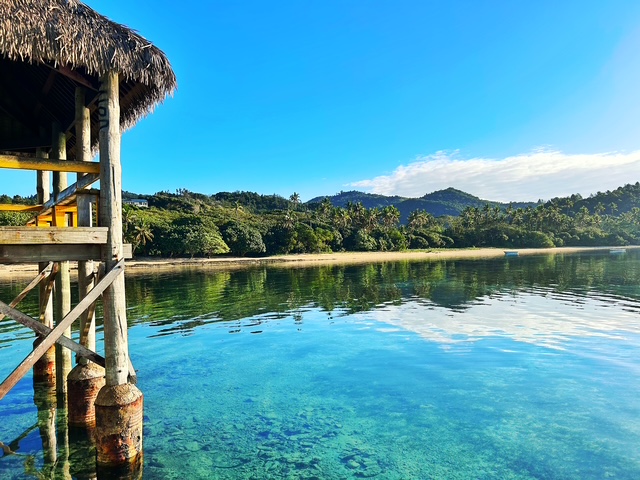
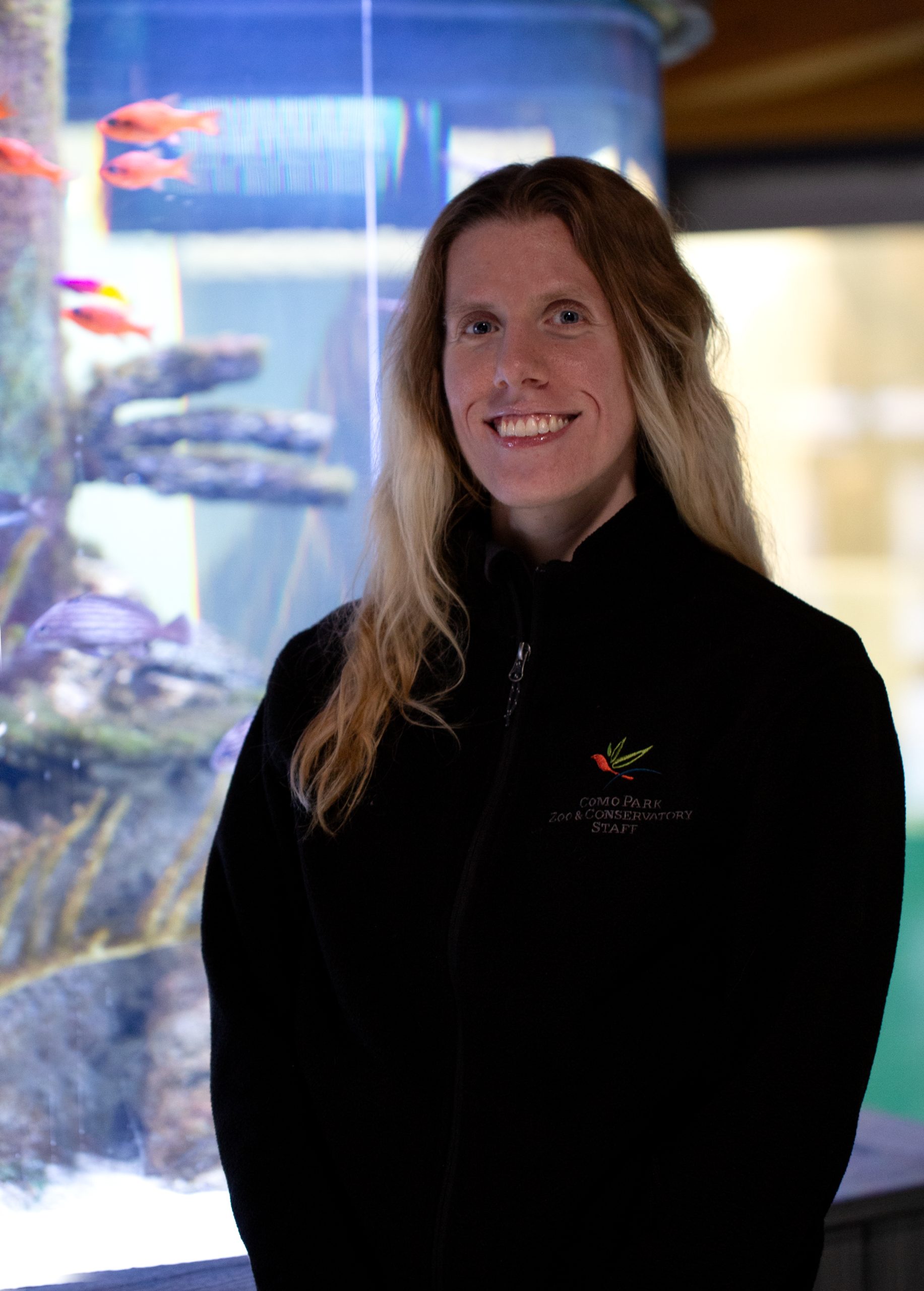
Seeing the South Pacific was the fulfillment of a lifelong dream for Julio, who made frequent trips to Como Zoo as a kid. Though she once imagined herself taking care of large cats, internships at Duluth’s Great Lakes Aquarium inspired her with the beauty and diversity of life underwater. “When I started my internship, I was actually kind of afraid of fish, which seems really funny to think about now,” she says. “It was like exposure therapy and as I got to know fish, I got really interested. There are so many different kinds of fish, including ones we don’t know about yet because we haven’t explored the entire ocean. I find the vast mystery of fish is really appealing.”
Now the fish health and quarantine specialist at Como, Julio says that field conservation experiences made possible by the Conservation Champions program advances zookeepers’ understanding of the animals in their care and in the wild. “I’ve never worked at another zoo or aquarium that does anything like this, but it’s so important for zookeepers to go out and do field work,” she says. “We know a lot about captive animals, but to have that exposure to wild animals and data collection is important, because you need the whole picture to take really good care of your animals.”
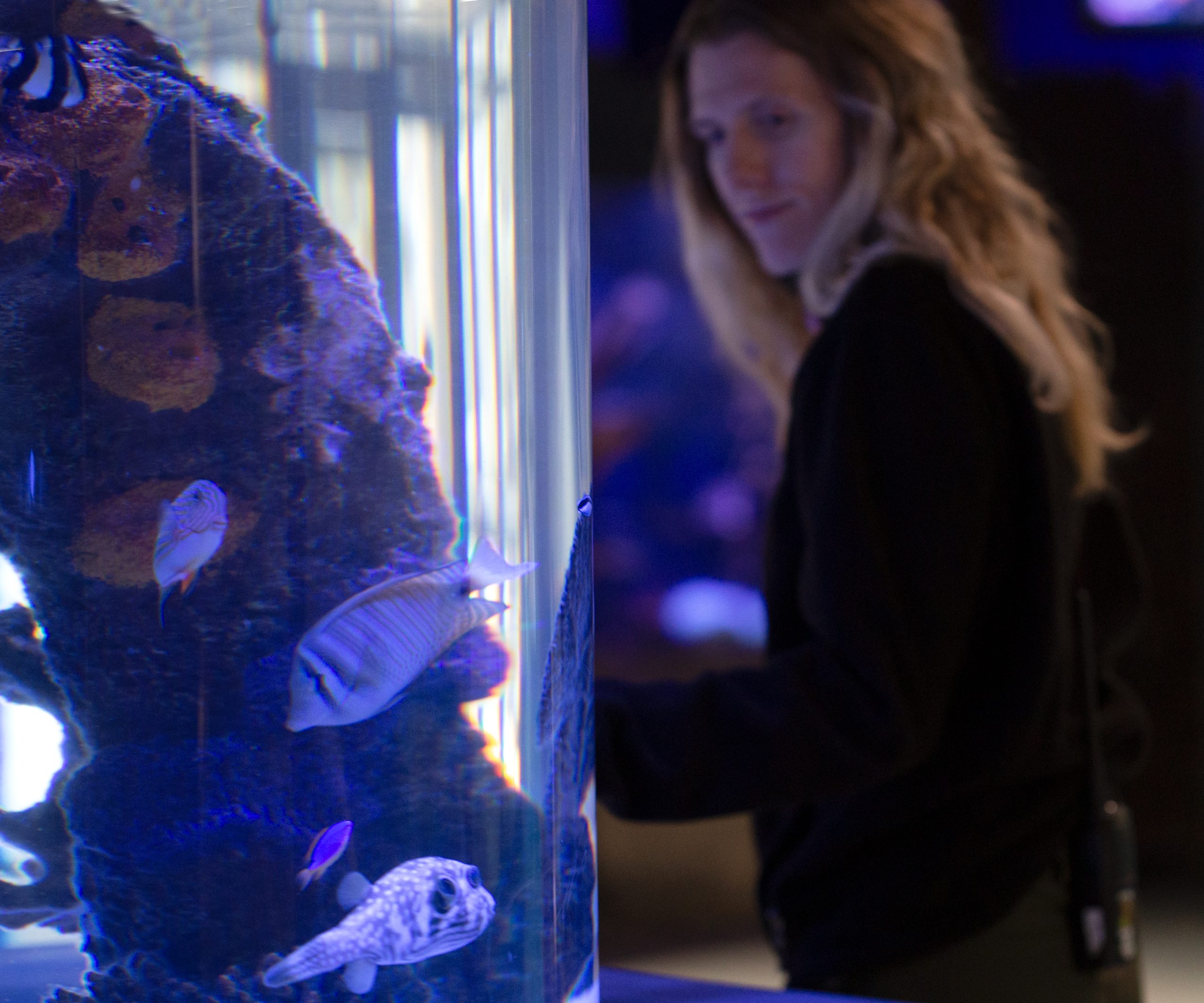
Astra the polar bear’s recent arrival at Como Zoo is part of an international effort to increase breeding success for this vulnerable species
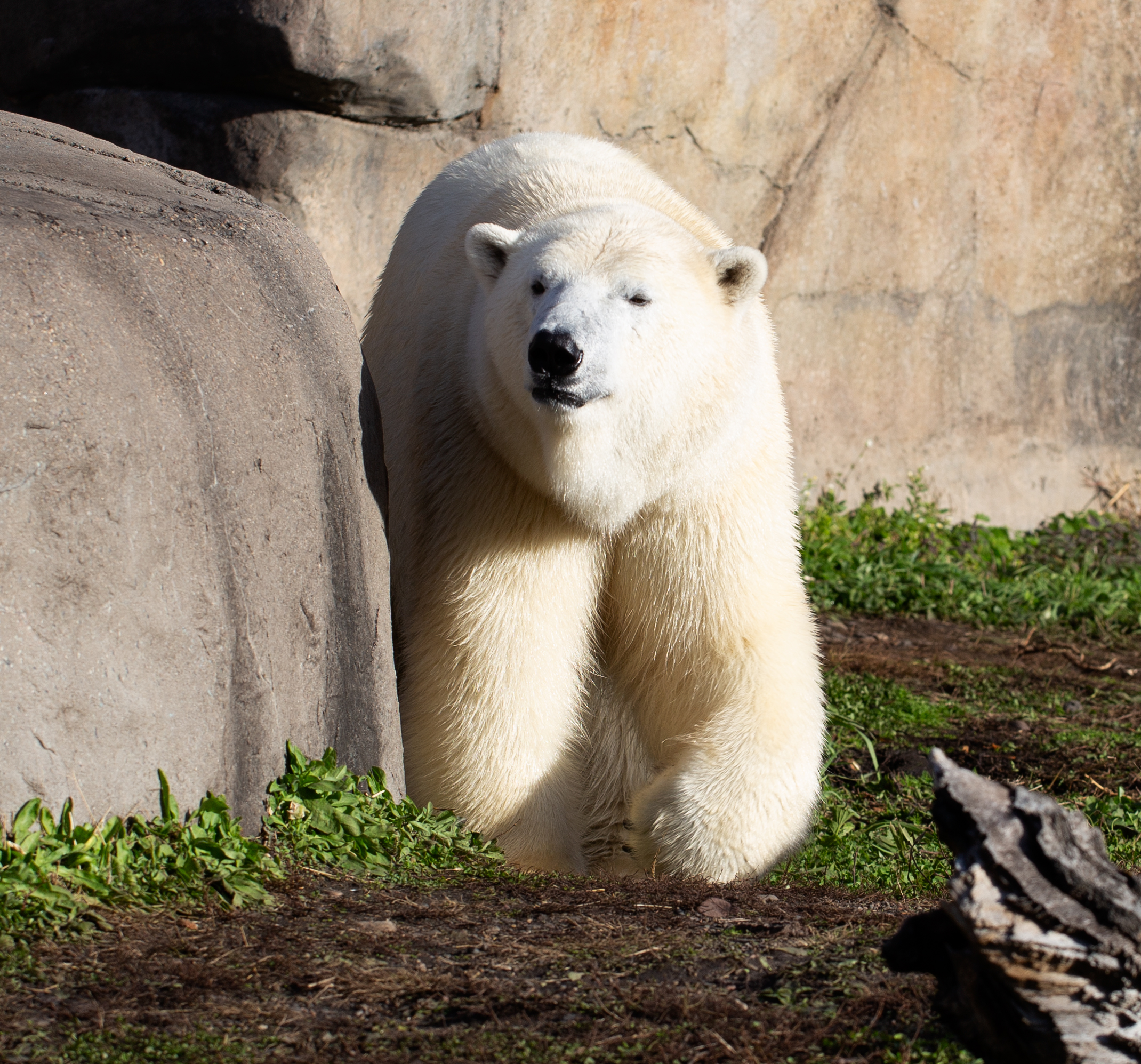
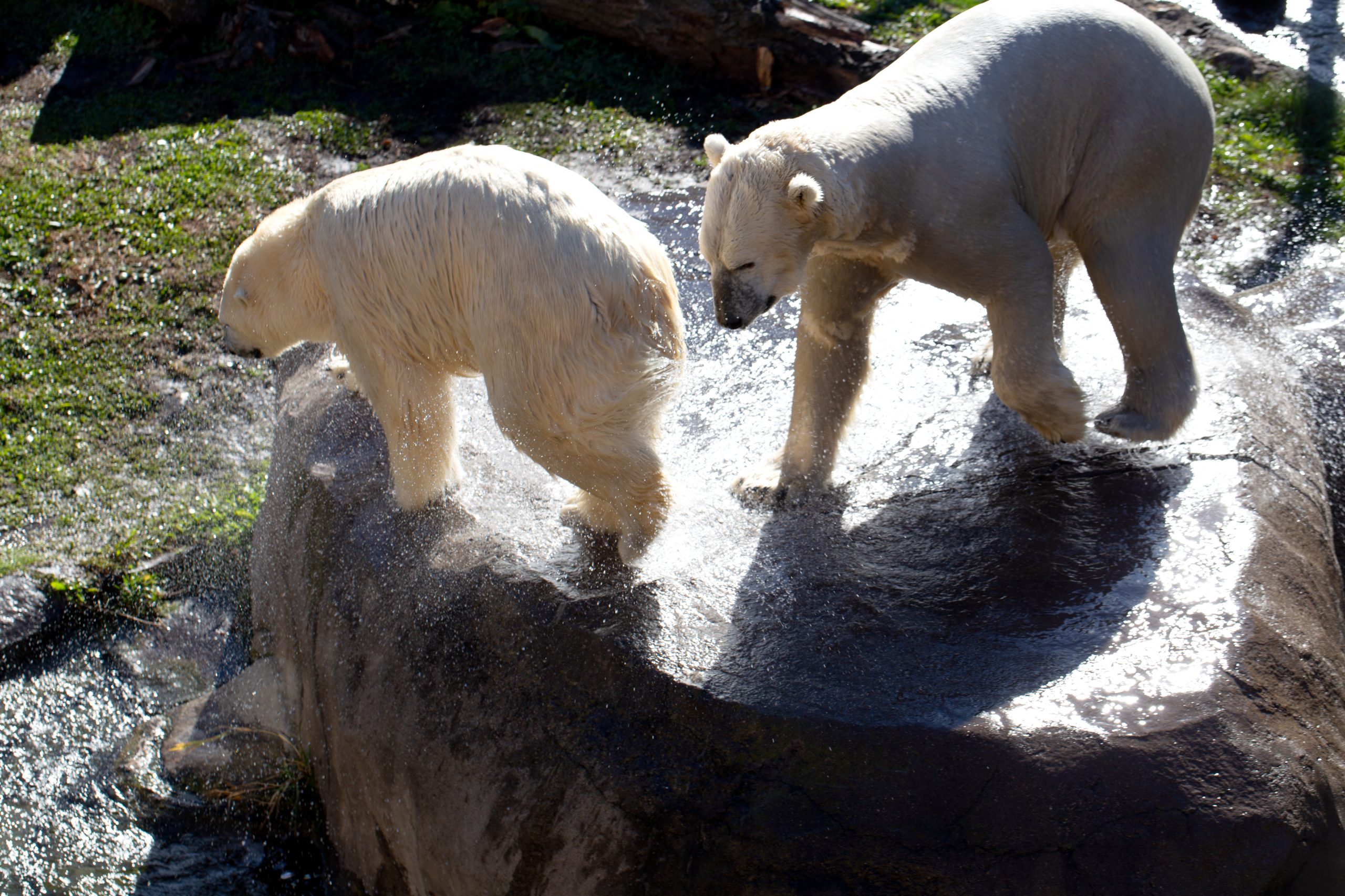
When new animals arrive at Como Zoo, they typically meet their assigned roommates through a process zookeepers call a “Howdy”—a chance to see, hear, and smell the resident animals on the other side of a steel mesh barrier. The initial step before a full-on introduction, these first impressions can give keepers important clues about how animals on both sides of the mesh might be feeling about the meeting.
But when Como Zoo’s two youngest polar bears, Astra and Kulu, had their first howdy this fall, their behavior made it clear they were eager to get even closer. “They seemed to be really wanting to play together,” says aquatics keeper Kelley Dinsmore, part of a behind-the-scenes team that’s been watching the bears’ every move since four-year-old Astra’s (She just turned five on November 17) arrival in October from Tacoma’s Port Defiance Zoo. “They’d be laying at the howdy doors near each other, and trying to pass toys through the mesh, so we had a very good feeling that we could just go ahead and introduce these two, since they seemed to want to be near each other.”
During their first encounter outdoors at Polar Bear Odyssey in early November, Kulu chased Astra around the habitat, eventually following her in a belly flop right into the deep pool. “There was never any aggression,” says keeper Becky Sievers. “They just played, and if he stopped chasing her, she would turn to see if he was still coming. They put on a really good show for everyone.”
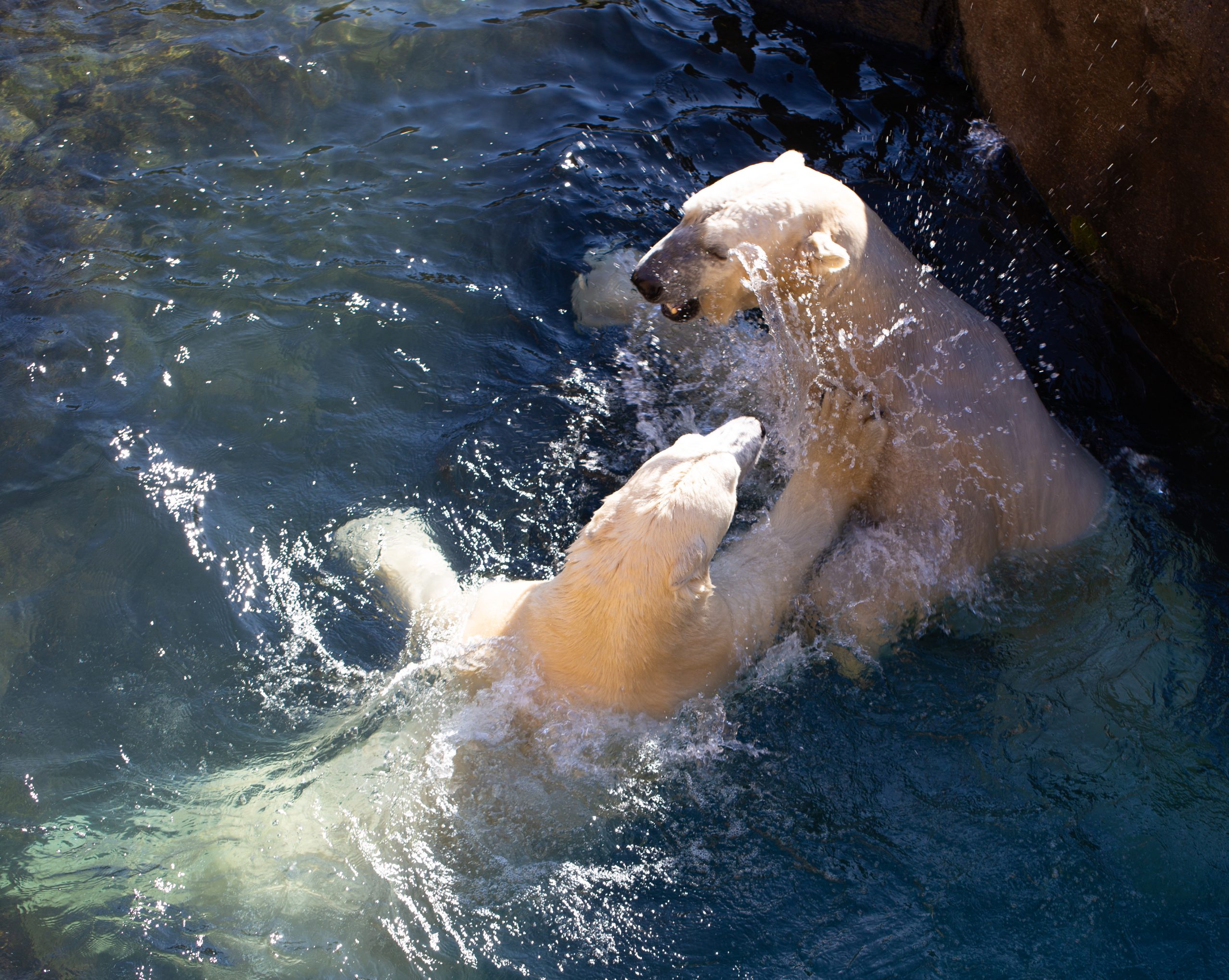
The splashing and frolicking play visitors can now see most days in Polar Bear Odyssey all bodes well for the future success of this new breeding pair, the first such union in Como Zoo’s history.
“Will love be in the air? We are really hoping so,” says senior keeper Allison Jungheim.
She speaks not only for the Como Zoo aquatics keepers who’ve been anticipating this match for months, but also for an international network of conservation experts exploring new ways to boost the population of polar bears. For the last decade, births among the 37 polar bears now in U.S. zoos have been lagging, with about 1.5 cubs born each season. It’s not enough to sustain the aging population, where 16 are now over the age of 20—including Como’s Neil, 29, and Nan, 30, two of the oldest polar bears in North America.
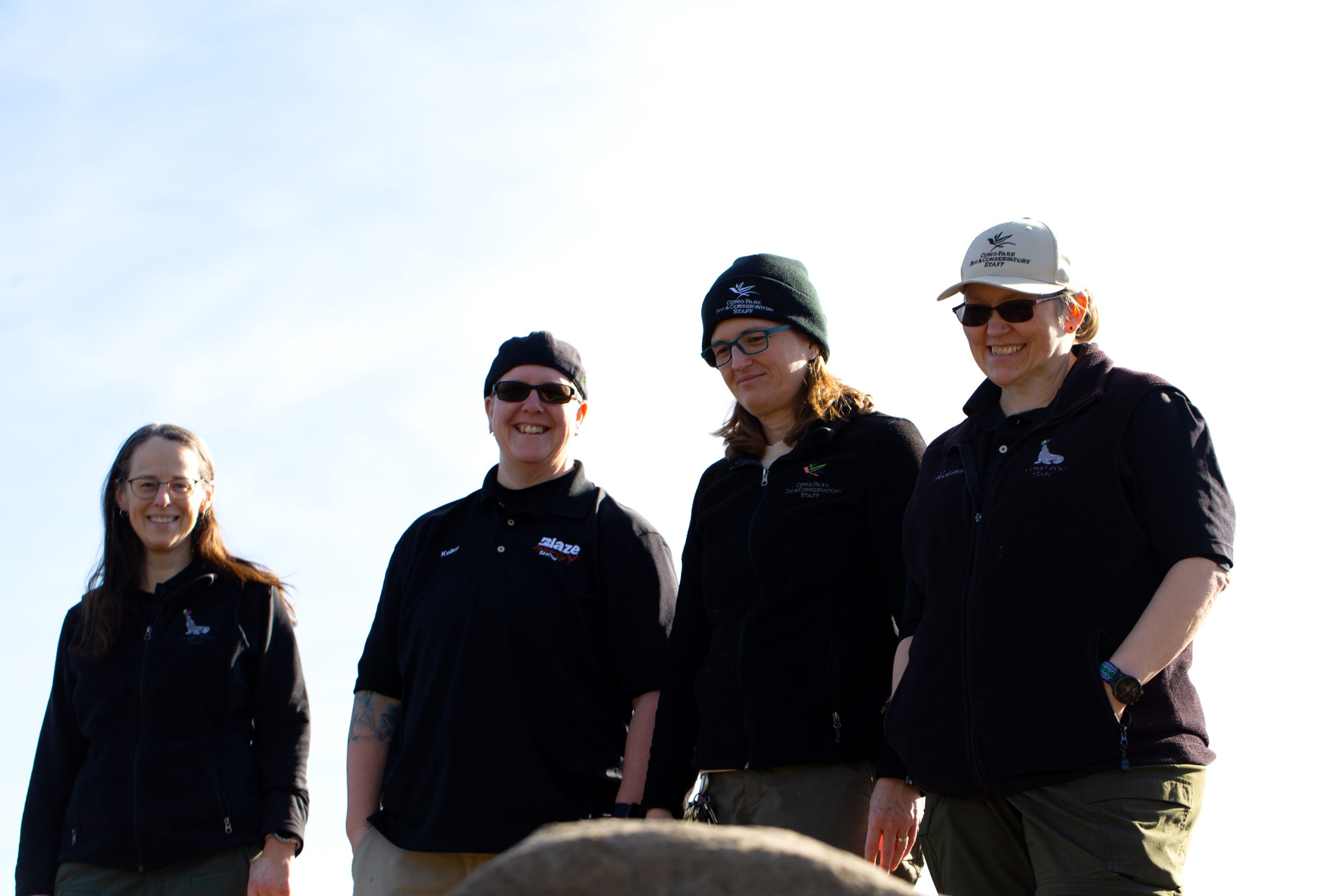
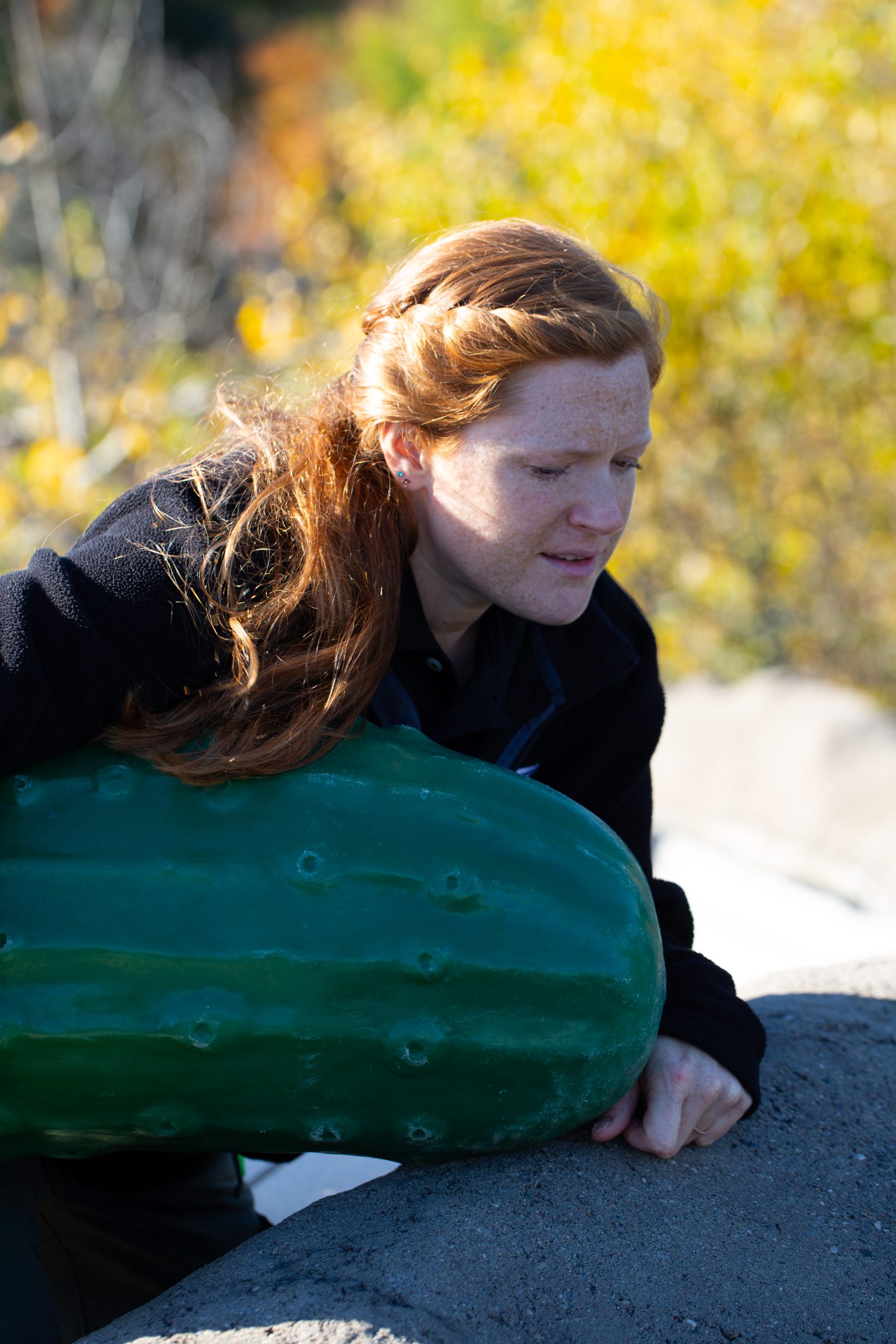
It’s a population that Jungheim knows well in her role as program leader and studbook keeper for North America’s polar bears, where she tracks the genetic health and history of 56 individuals living in partner zoos across Canada and the U.S. A project of the Bear Taxon Advisory Group through the Association of Zoos and Aquariums, the studbook is one of the ways that zoos work together to ensure that managed populations of polar bears are living their best lives. Another is the new Polar Bear Population Alliance (PBPA), a collaborative network launched last November, that’s been making new breeding recommendations across the country, including the new match between Astra and Kulu.
“The Polar Bear Population Alliance is working to make sure that polar bears are going to be here in the future by increasing the number of polar bear cubs born annually to achieve a sustainable population,” says Jungheim, who is both a founding member of the PBPA and serves on the PBPA’s Polar Bear Management Group (PBMG). One of the group’s first priorities is to move reproductive-age females like Astra into optimal breeding spaces like Polar Bear Odyssey. The next is to create additional pairings with other females, preferably with one male for every two females.
“The hope is that having two females will create competition, and get these bears going reproductively forward when breeding season comes around late winter,” she says. “Polar bears that have been housed together during the summer have proven to be more successful, while bears that have a history of contraception—a common practice when the polar bear population was larger—have been less successful.”
While data points like that are helping to determine where the zoo population’s reproductive bears should move in the months ahead, there’s no guarantee that every pairing will be successful. Not only do polar bears reproduce through delayed implantation, new cubs also have a 50 percent mortality rate during their first year. Even so, Como’s keepers are encouraged by the positive and playful behavior they’re observing from Astra and Kulu, though breeding behavior may take some time.
“It may take these two young, innocent bears a little bit of time to get it right, but that’s something we’ve seen with many other animals at Como,” Jungheim says. “Nature always finds a way.”
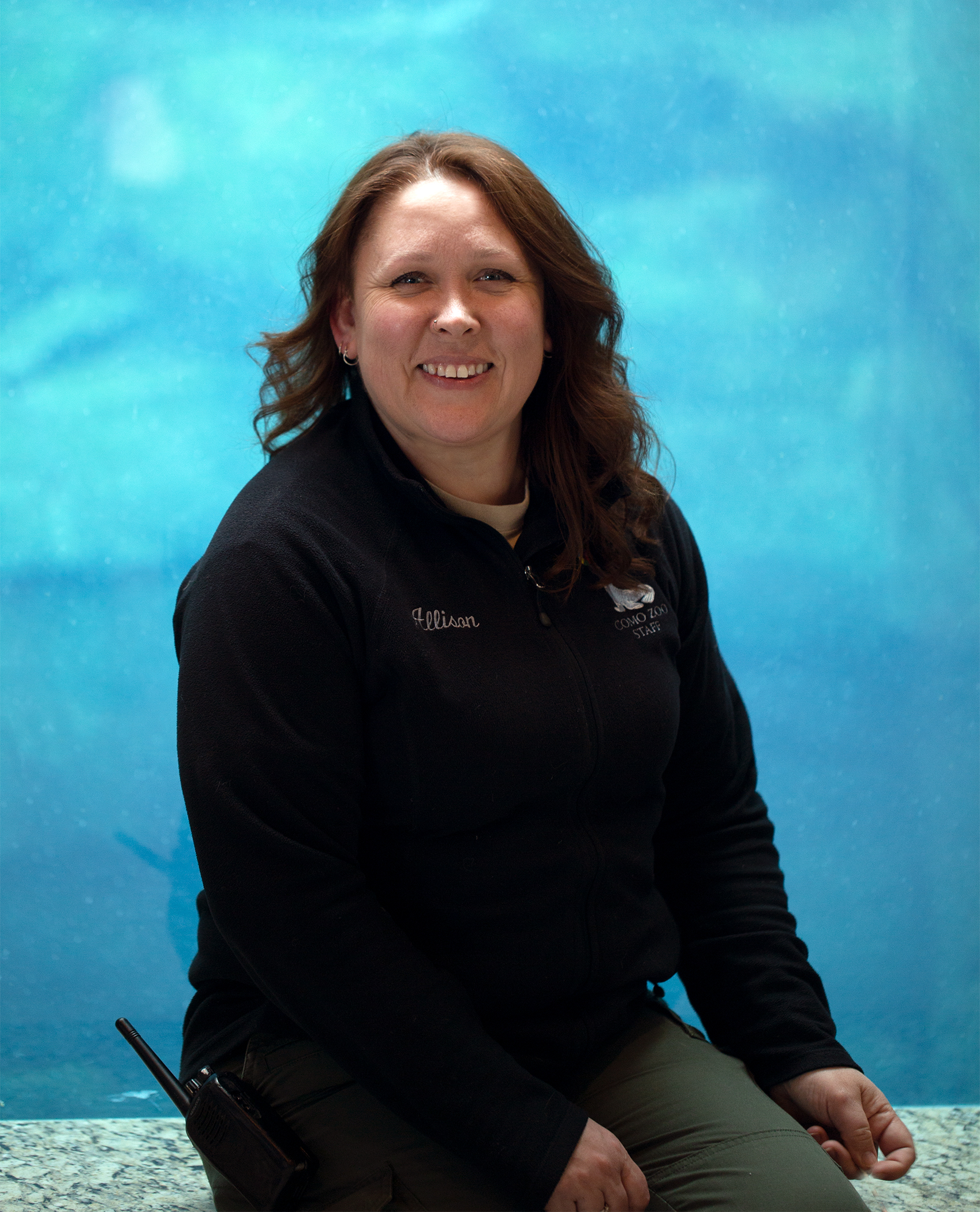
Your support for Como Friends helps support conservation projects at home and around the world through Conservation Champions, a competitive microgrant program for Como’s professional zookeepers, horticulturists, education specialists, and interpretive staff. Give to the Max for Como Park Zoo and Conservatory, and your gift will go twice as far! Thanks to generous matching gifts from Como Friends’ Board of Directors and longtime supporters Sandy and Dean, every gift you make to Minnesota’s most visited cultural destination will be doubled, dollar for dollar, up to $52,500. Thank you!
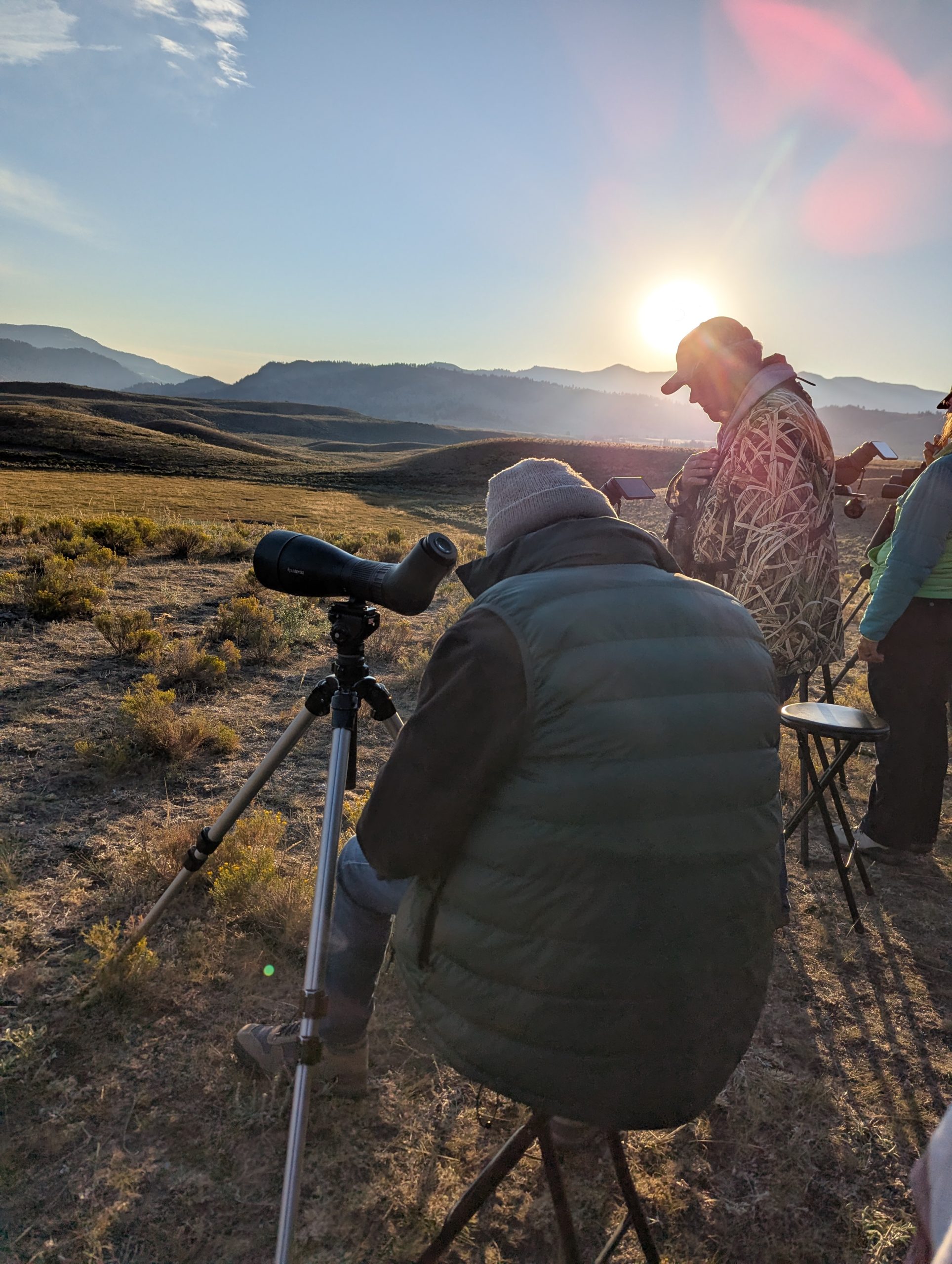
As Como’s education coordinator, Tim Buer is very well acquainted with Como Zoo’s resident wolves, Nicky and Cerberus. But on a recent trip to Yellowstone National Park, Buer developed a whole new appreciation for the species, even while observing them through a scope from nearly a mile away.
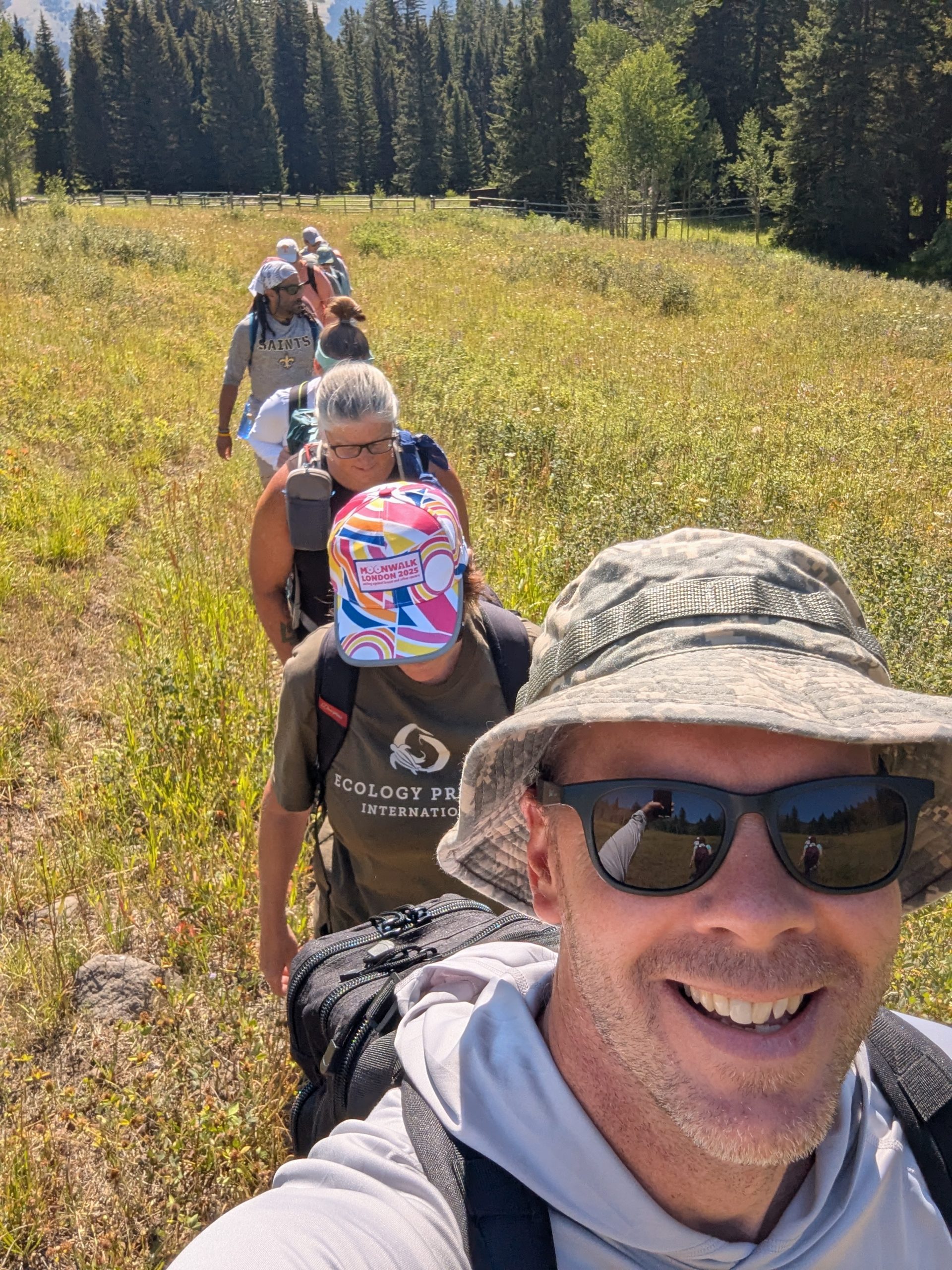
“We’re lucky to have a pretty stable wolf population in Minnesota, but seeing them in the wild in Yellowstone, where they’ve made a successful return, was just really exciting,” he says.
Rising before dawn to watch as some of Yellowstone’s wolves started their day was one of the highlights of a week-long professional development trip made possible by Como Friends’ Conservation Champions program. With help from the competitive microgrant program, Buer was able to join a cohort of 13 other educators from around the country in an immersive conservation experience led by Ecology Project International, a nonprofit that brings students and scientists together on field research projects around the world. Sleeping in tents in and around Yellowstone’s Northern Range, the group collected a range of data to support scientists in the field, from gathering fecal samples from the Lamar Valley’s roaming herds of bison, to observing wild wolf behavior alongside Rick McIntyre, a retired park ranger who’s become a world-renowned wolf conservation expert.
“That was probably the highlight of the whole trip for me, learning from a researcher who’s been in Yellowstone for the duration and who could talk about what the reintroduction of wolves has meant,” Buer says. “For me, one of the most interesting things was hearing how much the loss of wolves a generation ago affected everything in the ecosystem, driving up the elk population, that would then chew down all of the aspen trees. Now with only about a hundred wolves in the park, it’s helped to bring elk back to their normal capacity, and made everything more stable. After eight decades of decline, aspen trees are flourishing again, thanks to wolves keeping elk herds over grazing in check. Their return has reshaped the landscape, showing how one species can restore balance to an entire ecosystem.
“Another fascinating thing we learned was the positive economic impact that those wolves have,” he continues. “It’s estimated that one wolf brings in about $82 million in revenue for the park each year.”
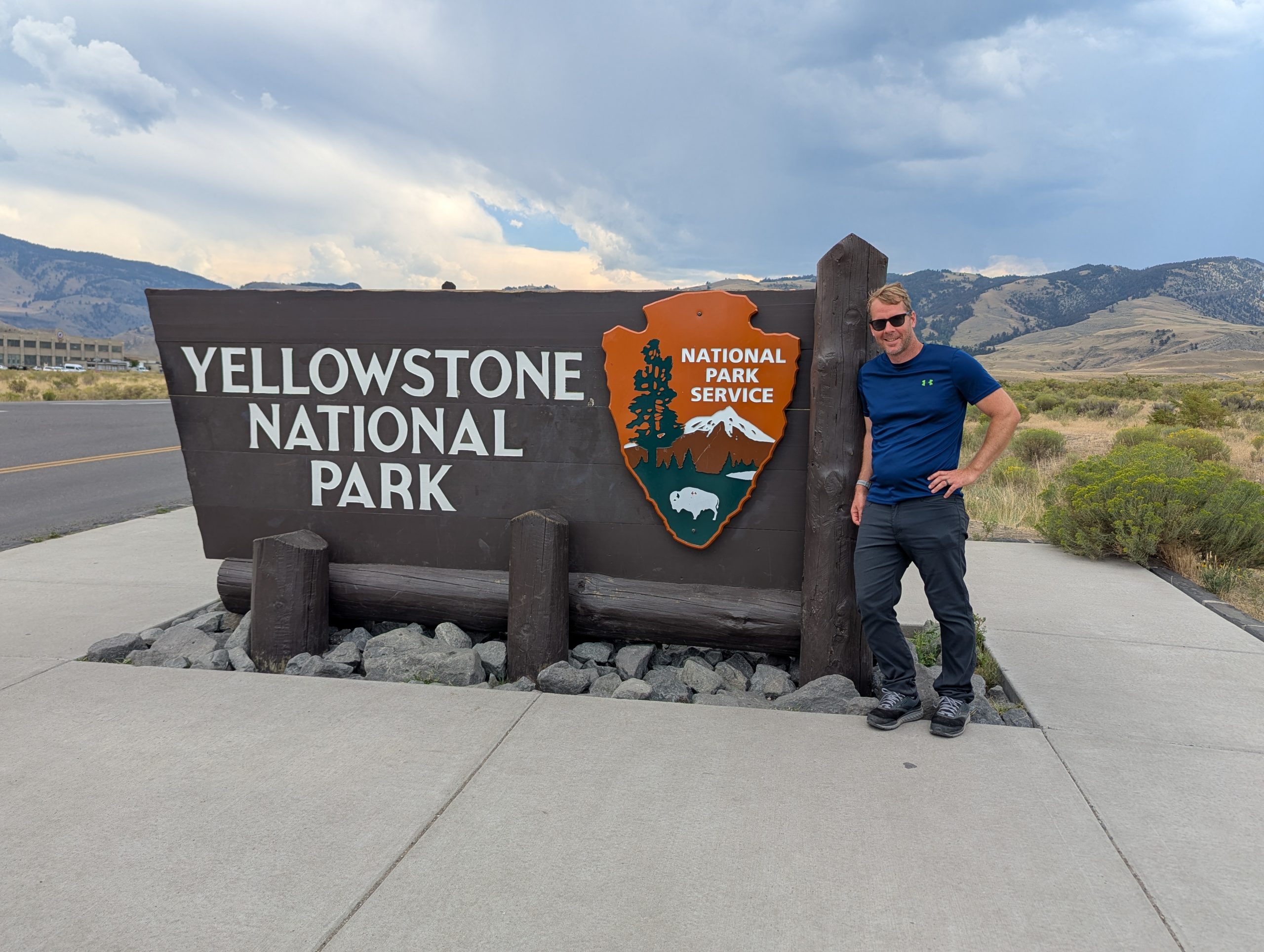
Facts like these are very likely to find their way into Como’s conservation education curriculum, including the new Fourth Grade Field Trip partnership launching later this fall. Following the success of Como’s long-running Second Grade Field Trip program with the St. Paul Public School District, this new offering highlights a series of Conservation Champions projects from over the years, Buer says, showing fourth graders a little bit of the conservation work our own staff has done, and connecting it to the animals that live at Como Zoo.”
The station-based class highlights first-person experiences like senior keeper Jill Erzar’s trips to Africa to support giraffe conservation in the wild and aquatics keeper Kelley Dinsmore’s experience rehabilitating injured and orphaned penguins on the coast of South Africa. “We’re using a see, learn, and do model with stations that students can visit, each with a different conservation theme,” Buer says, all while students learn more about the people behind Como’s plants and animals.
While Buer is still unpacking everything he learned about the extraordinary animals of Yellowstone, he says he looks forward to working some of his experiences and discoveries into Como’s conservation curriculum in the months ahead.
“Yellowstone has a very storied history, and there’s a lot that’s known about it, but also a lot that people probably don’t know about it,” he says. “I really look forward to sharing some of these conservation stories with our students.”
With help from a Conservation Champions grant, Como horticulturists are calling attention to one of Minnesota’s most valuable and vulnerable ecosystems.
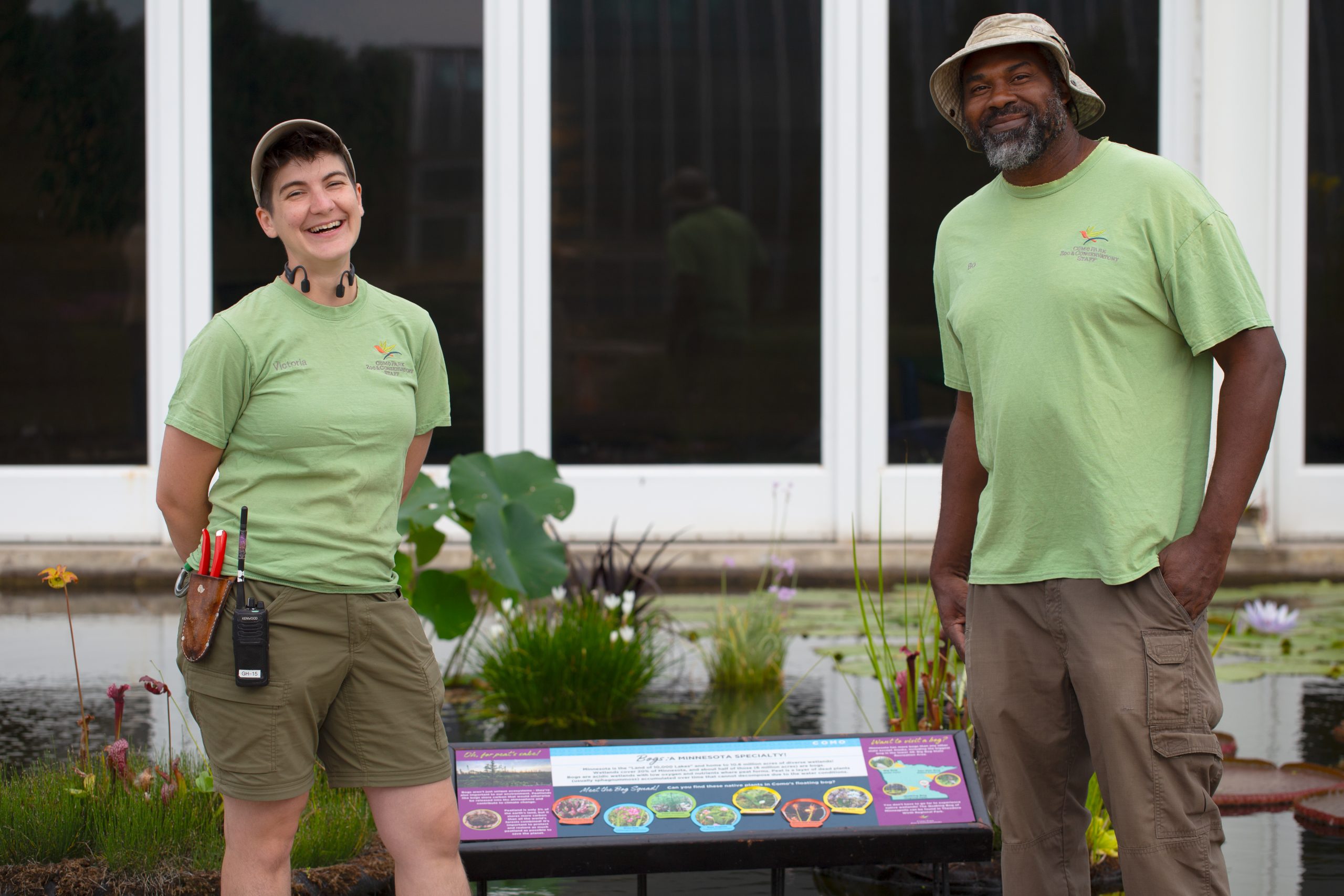
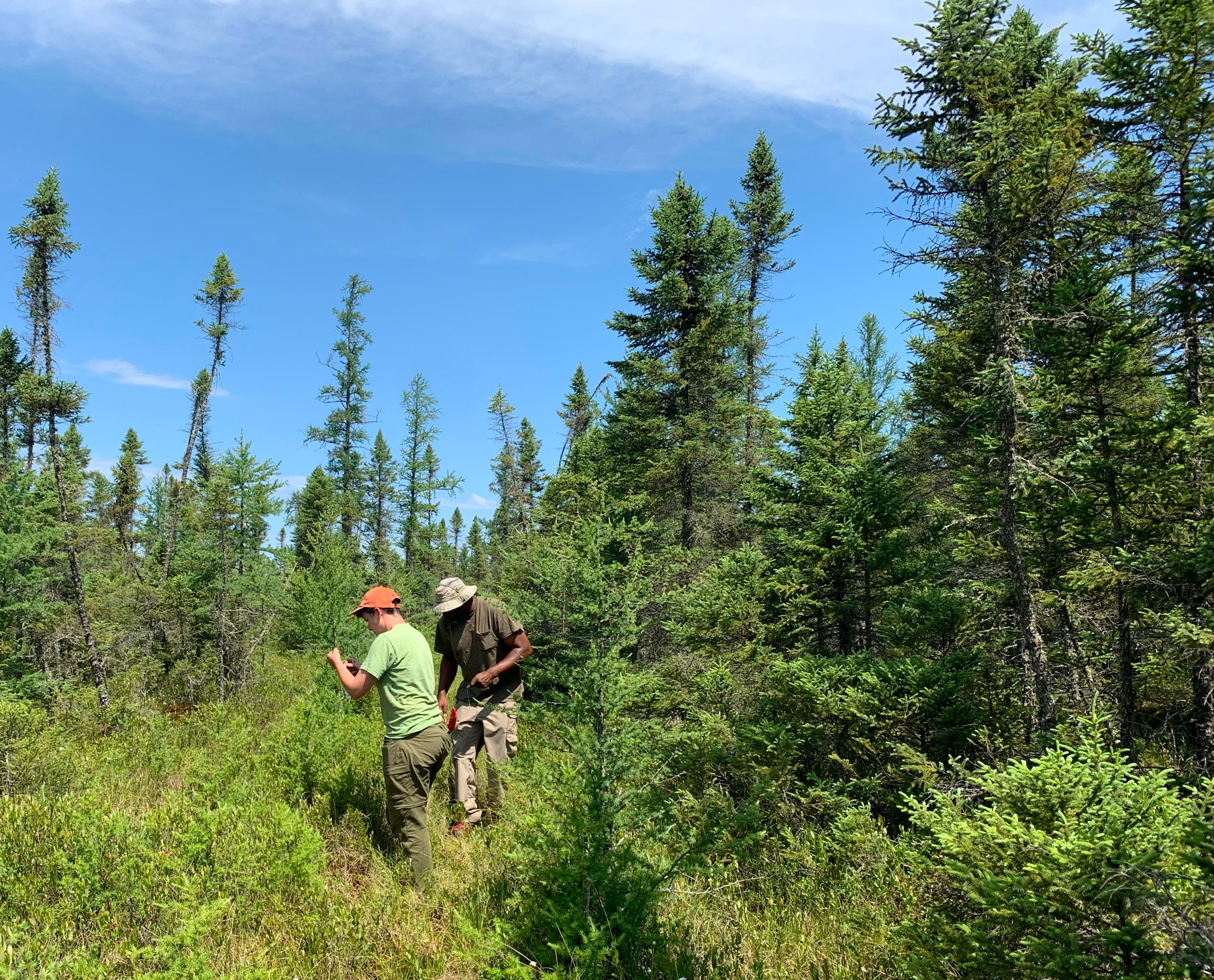
With its glossy leaves and deep red and purple coloring, the pitcher plant is one of Minnesota’s most captivating natives. So captivating, in fact, that when insects are drawn into its invitingly vase-like body, they soon discover there’s no way out. Tiny, down-drafting hairs inside the plant make it impossible for prey to find purchase before being drowned and digested by this carnivorous plant.
Native to Minnesota’s peatlands, pitcher plants are just one of the fascinating featured players in a trio of “mini bogs” floating this season in the Marjorie McNeely Conservatory’s Water Gardens. Created by Como horticulturists Bo Akinkuotu and Victoria Housewright, these miniature peatlands—and new interpretive signage nearby—are part of a larger Como Friends’ Conservation Champions project designed to call attention to the beauty, diversity, and environmental benefits of the region’s expansive bogs.
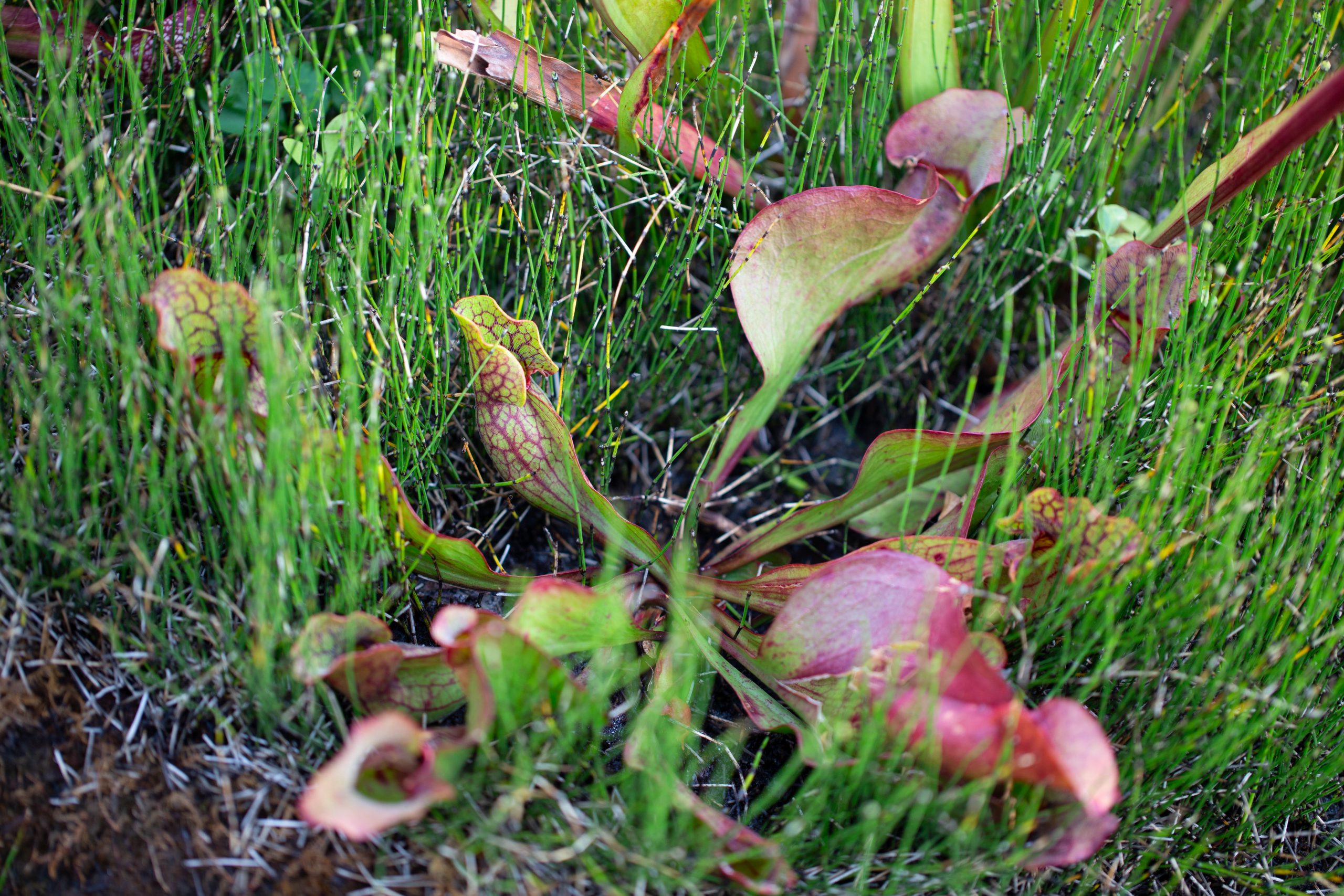
“Minnesota actually has more bogland than any state outside of Alaska, covering nearly six million acres,” says Housewright. Forged more than 10,000 years ago with the retreat of the last glaciers, these swampy wetlands are “so acidic that plant matter can’t decompose, and instead, builds and builds over time, creating layers and layers of peat. After thousands of years, bogs now capture twice as much carbon as all the world’s forests, but if we lose them, it would be like a carbon bomb going off. That’s why it’s so important that we conserve them.”
A Growing Partnership
One of the best places to see this unique ecosystem is in northern Minnesota’s Sax-Zim Bog, a three-hundred square mile peatland about an hour’s drive northwest of Duluth. Well known to birders who flock there to see northern owls, warblers, finches, and other boreal birds, the bog is just as impressive for its diverse plant life, which includes more than 750 species of wildflowers and terrestrial plants, trees, shrubs, grasses, mosses, and ferns.
“Bogs are having a moment and this is definitely one to see, so we came up with the idea of building a partnership with the Friends of the Sax-Zim Bog, a support organization like Como Friends,” says Housewright. Together, Housewright and Akinkuotu wrote a Conservation Champions request proposing a donation to help the organization buy additional land to conserve, as well as the opportunity to bring home a sampling of the bog’s most interesting plants to expand Como’s educational collections. “We wanted it to be a partnership. They’re the ones with the expertise and resources to protect and preserve the bog,” she says, “and here at Como we have nearly two million annual visitors that we can help get excited not just about this incredible ecosystem, but also about why conserving bogs matters so much for climate change.”
All Sax-Zim Bog photographs taken by Naturalist Kelly Beaster
Wild Collecting for Como
In June, the pair traveled north to work with a naturalist at Sax-Zim Bog who helped them to identify and wild collect some of the peatland’s most notable species, like pitcher plants and sundews, leatherleaf and bog bean, pink lady’s slippers and heart-leaved twayblade. To minimize impact on other plants, the pair took only tiny samples and cuttings. “You can’t really dig in an environment as soggy as that—instead you’re just gently untangling roots from one plant to the next,” Akinkuotu explains.
The team took home nearly 60 individual plants that are now taking root behind the scenes in Como’s 30,000-square-foot greenhouse. Once established, Akinkuotu says he’s looking forward to incorporating more of these bog beauties beyond the Water Garden, where the “mini bogs” have already been a big hit with visitors—and with volunteer ducks who’ve been caught nestling in the moss, grasses, and pitcher plants.
“Even at this scale, you can see these mini bogs creating their own little biomes. We come out here to care for them every day and discover new spiders that have started webbing, more and more bugs that are attracted to these plants, and little tadpoles and frogs that will actually move in,” he says. “By bringing a little more attention to the Sax-Zim Bog, we want people to see how special these places are—and to know that conservation isn’t just something that happens far away. It’s right here at home.”
Bog plants in order of appearance: bog bean, bog rosemary, pitcher plant, bog laurel, star flower, Labrador tea, sundew, lantern sedge, cotton grass
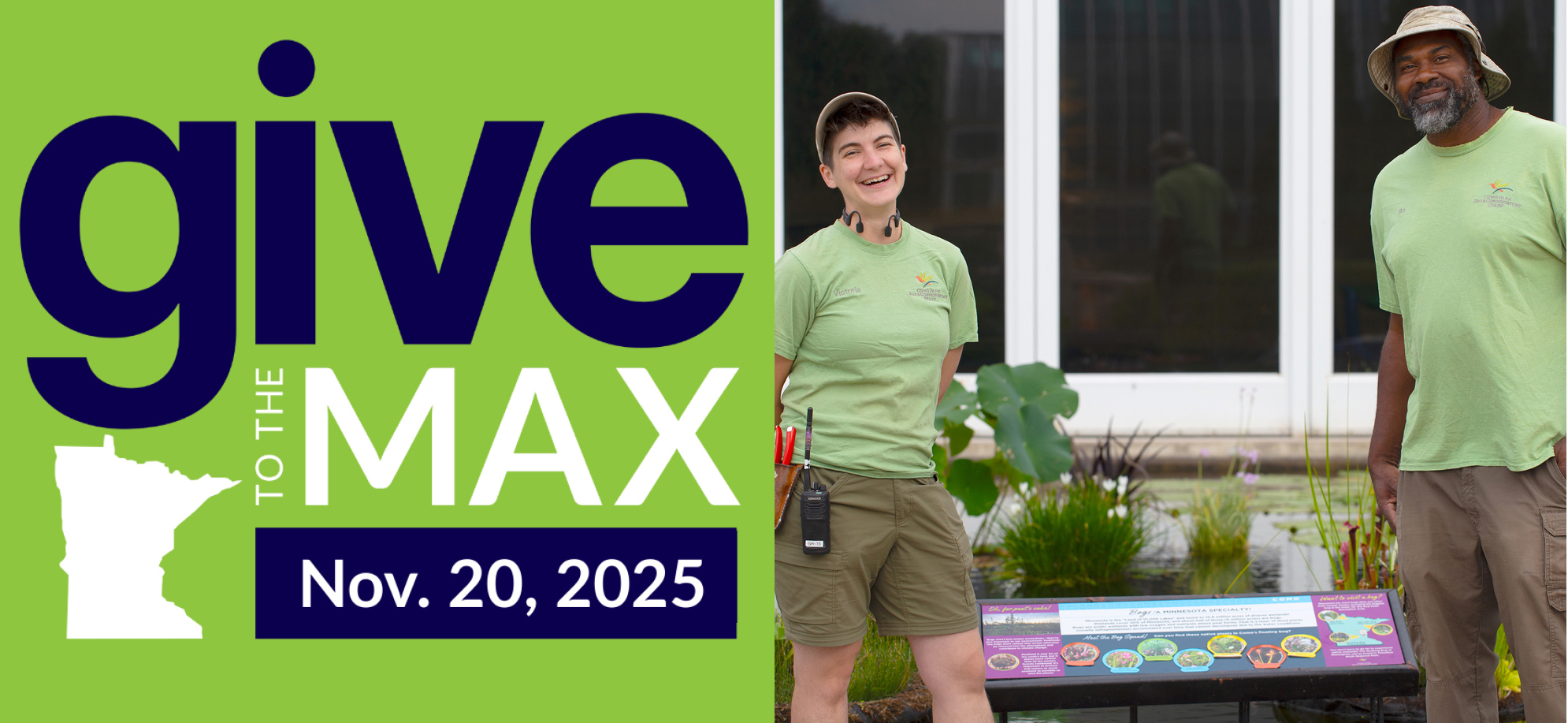
Your support for Como Friends helps support conservation projects at home and around the world through Conservation Champions, a competitive microgrant program for Como’s professional zookeepers, horticulturists, education specialists, and interpretive staff. Give to the Max for Como Park Zoo & Conservatory! Thanks to generous matching gifts from Como Friends’ Board of Directors and long-time Como Friends supporters Sandy and Dean, every gift you make to Minnesota’s most visited cultural destination will be doubled, dollar for dollar, up to $52,500. Thank you!
While Como Zoo’s Nicky and Cerberus are easy to spot, wild wolves can be elusive during the summer months. Not only does heavy summer foliage make them harder to see, but wolves are most active at dawn and dusk, saving their energy when the sun is at its peak.
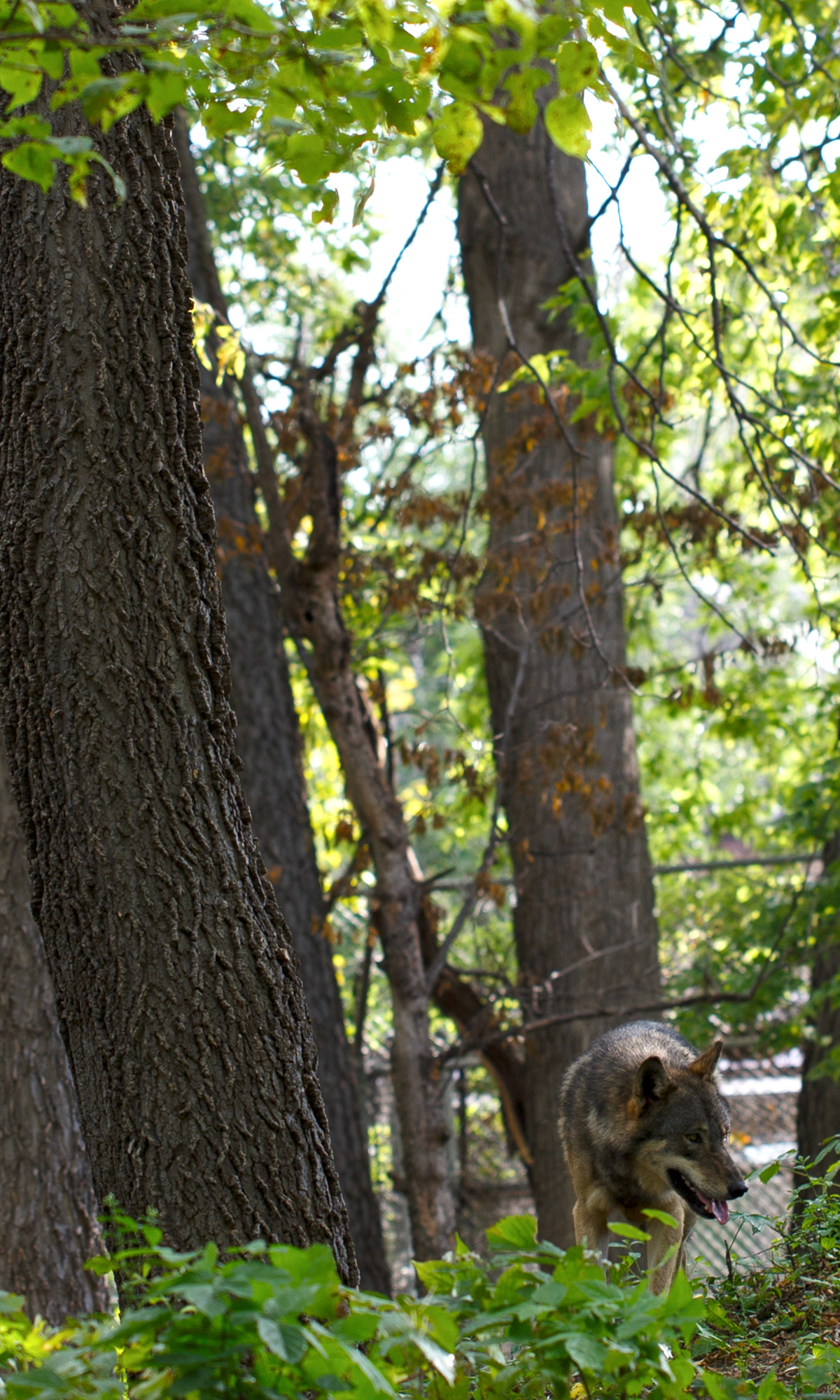
If you’ve been camping in the north woods this summer, chances are good you’ve heard the eerie call of the gray wolf echoing in the distance. But it’s rare to actually see a wolf during the summer months—a fact that’s left gaps in our understanding of wolf behavior and ecology.
So what exactly do wolves do during the summer?
That’s the question driving the researchers with the Voyageurs Wolf Project, a University of Minnesota initiative aimed at creating a deeper understanding of the summer ecology of wolves in northern Minnesota’s Greater Voyageurs Ecosystem. Voyageurs Wolf Project is a research organization whose work contributes to wolf conservation. It’s a topic that’s also fascinated Tieran Rosefield, a former Como Zoo attendant turned temporary hoofstock keeper, who just earned a Conservation Champions grant from Como Friends to help support this nonprofit initiative.
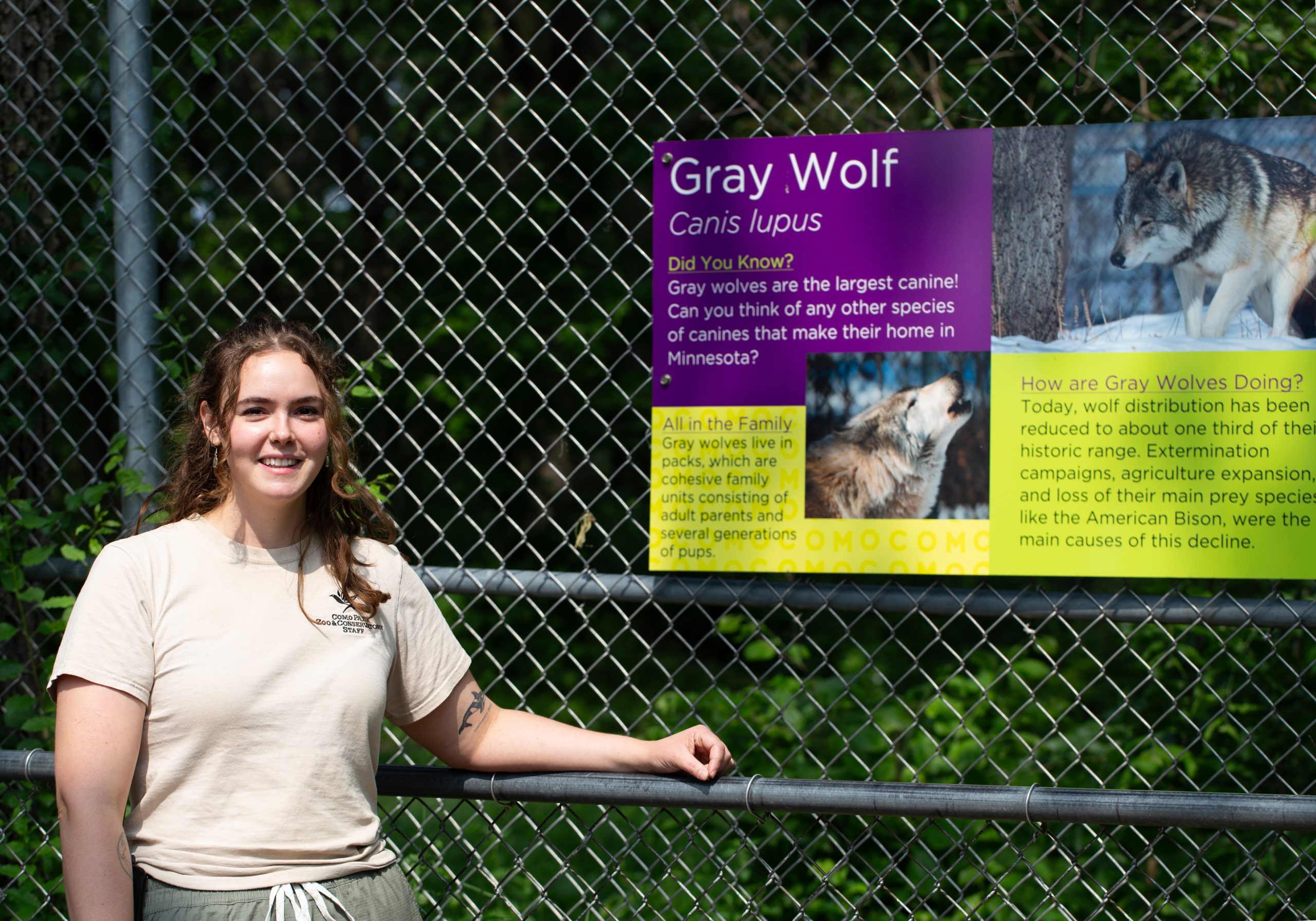
“I’ve been a big fan of the Voyageurs Wolf Project and their research, and their mission to understand wolf populations and behaviors aligns with the conservation work that Como Zoo and Como Friends want to support,” says Rosefield. “As a keystone species, learning more about wolves and protecting wolves helps preserve entire ecosystems, from native plant communities to smaller animals like frogs, insects, and birds.”
As part of her pitch to Como Friends’ selective microgrant program, Rosefield suggested a contribution to support the Voyageurs Wolf Project’s nonprofit operations, combined with new interpretive signage at Como Zoo’s wolf habitat to teach visitors more about why wolf conservation matters. Though wolves sometimes get a bad rap, from fairytales to farmers concerned about predation, recent findings from the reintroduction of wolves to Yellowstone National Park and other habitats show that wolves help many other species thrive, from boosting beaver populations, to protecting trees from over-browsing.
Raising public awareness about wolves and other conservation stories is also part of Como’s growing commitment to empathy-focused education, a campus-wide strategy aimed at deepening connections between Como’s visitors and animal ambassadors. Through Como’s growing partnership with Advancing Conservation through Empathy (ACE) for Wildlife, a nationwide learning network, Como’s education programs and interpretive signage are being updated to reflect the growing body of research that shows that fostering empathy with animals and plants is a powerful tool in building life-long conservation behaviors. Como Friends’ funding, as well as special projects like Conservation Champions, has helped to drive the initiative, which will continue this year with updated signage for polar bears and other animals.
To cap off her Conservation Champions project, Rosefield also created a new keeper talk to highlight what’s happening with Como Zoo’s animal ambassadors, Nicky and Cerberus, and to share new findings from the Voyageurs Wolf Project and other wolf conservation efforts. “I feel like wolves are a little underappreciated, and so I wanted to call attention to this really important species,” she says. “Wolves are highly contended all over the world, and that is why I wanted to bring attention to this incredible species. I also wanted to bring attention to the work done by the Voyageurs Wolf Project, because their research can provide the framework for our care here at Como as well as conservation efforts in Minnesota. I would love to see what else they can do with a little help from Como.”
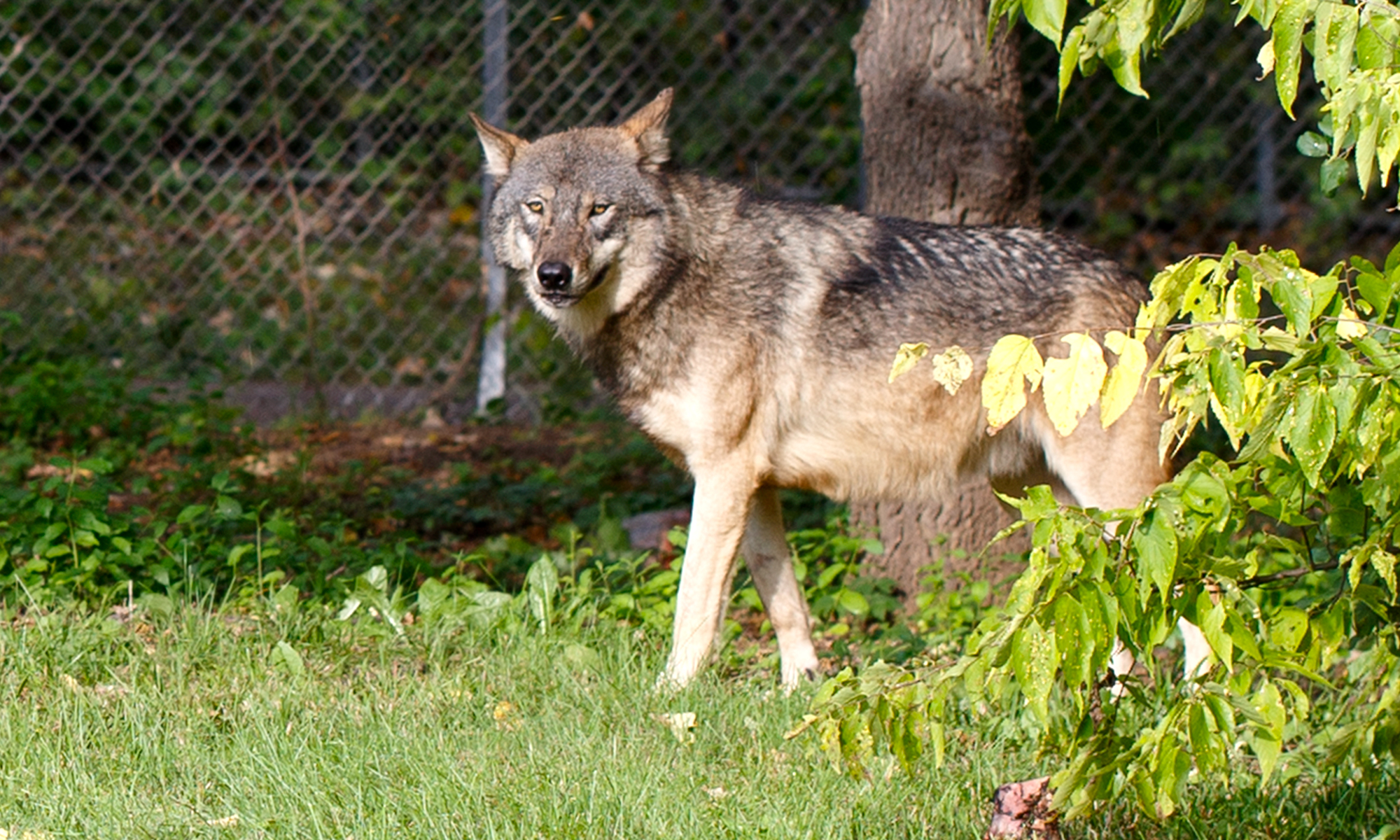
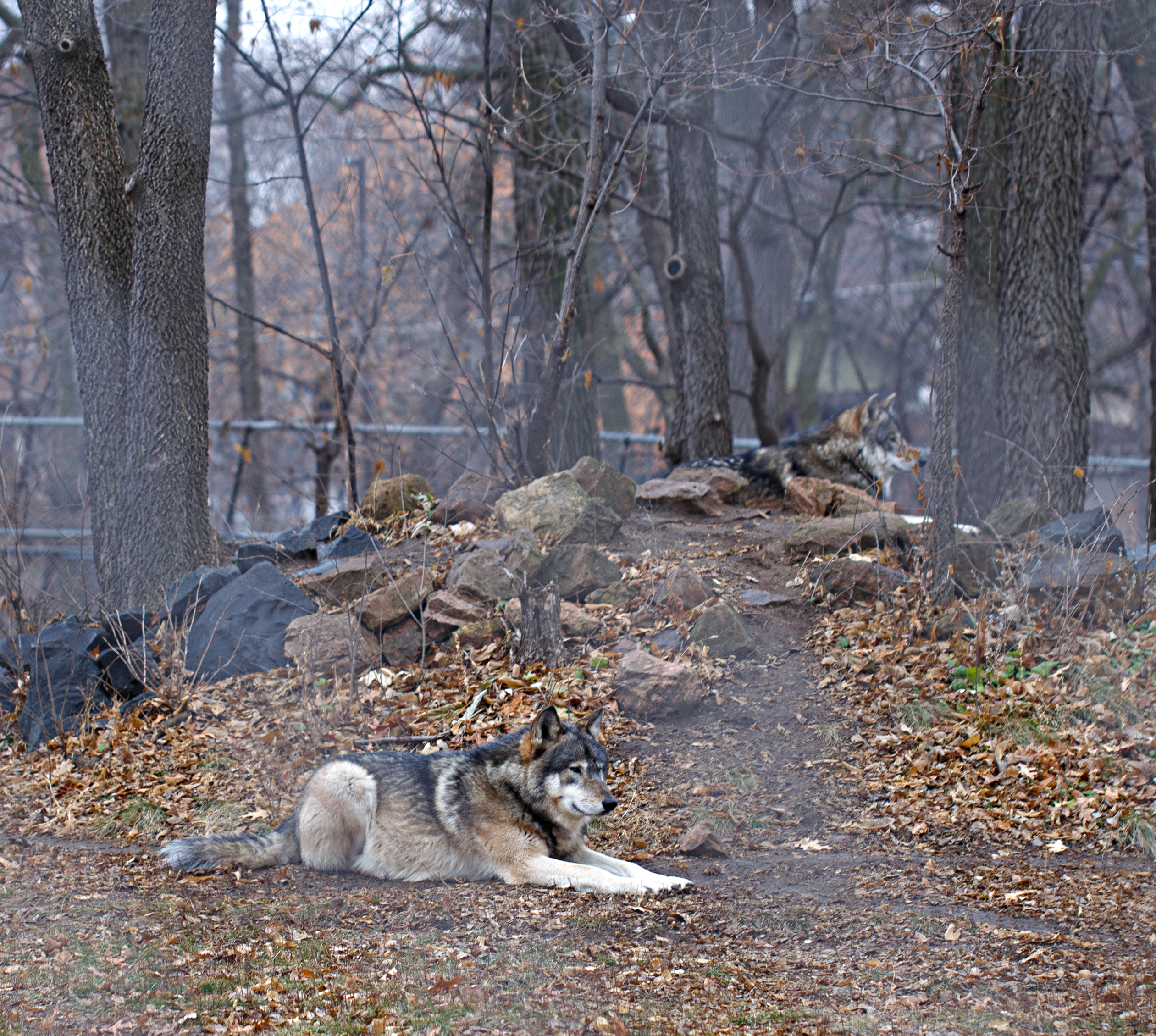
Your gifts to Como Friends support Conservation Champions, a program that encourages Como’s professional horticulture and zookeeping staff to participate in field conservation and restoration projects around the world. Thank you!
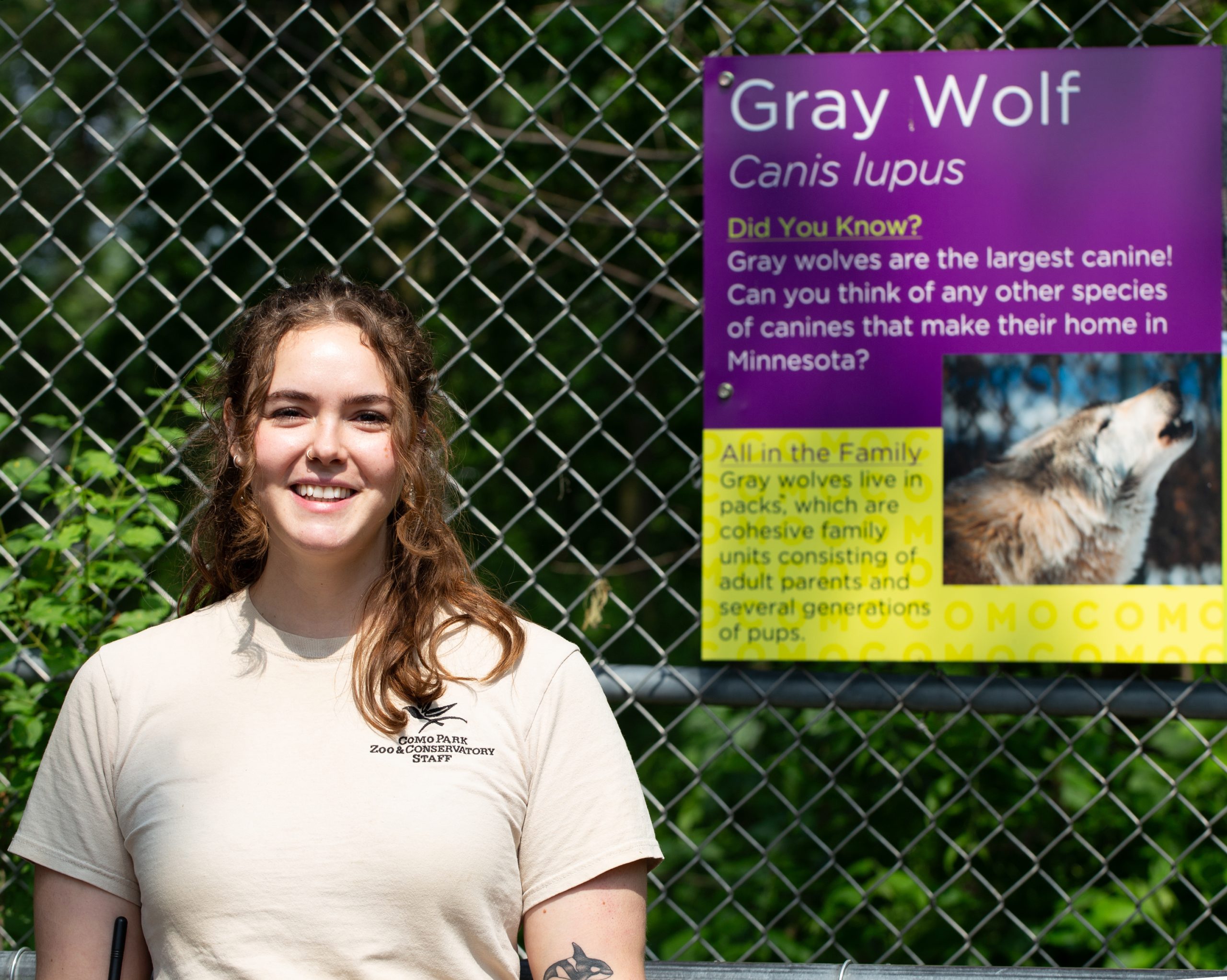
Como Zoo’s life support specialist EJ Smith traveled to the Caribbean to support a promising project to rebuild the vanishing coral reefs
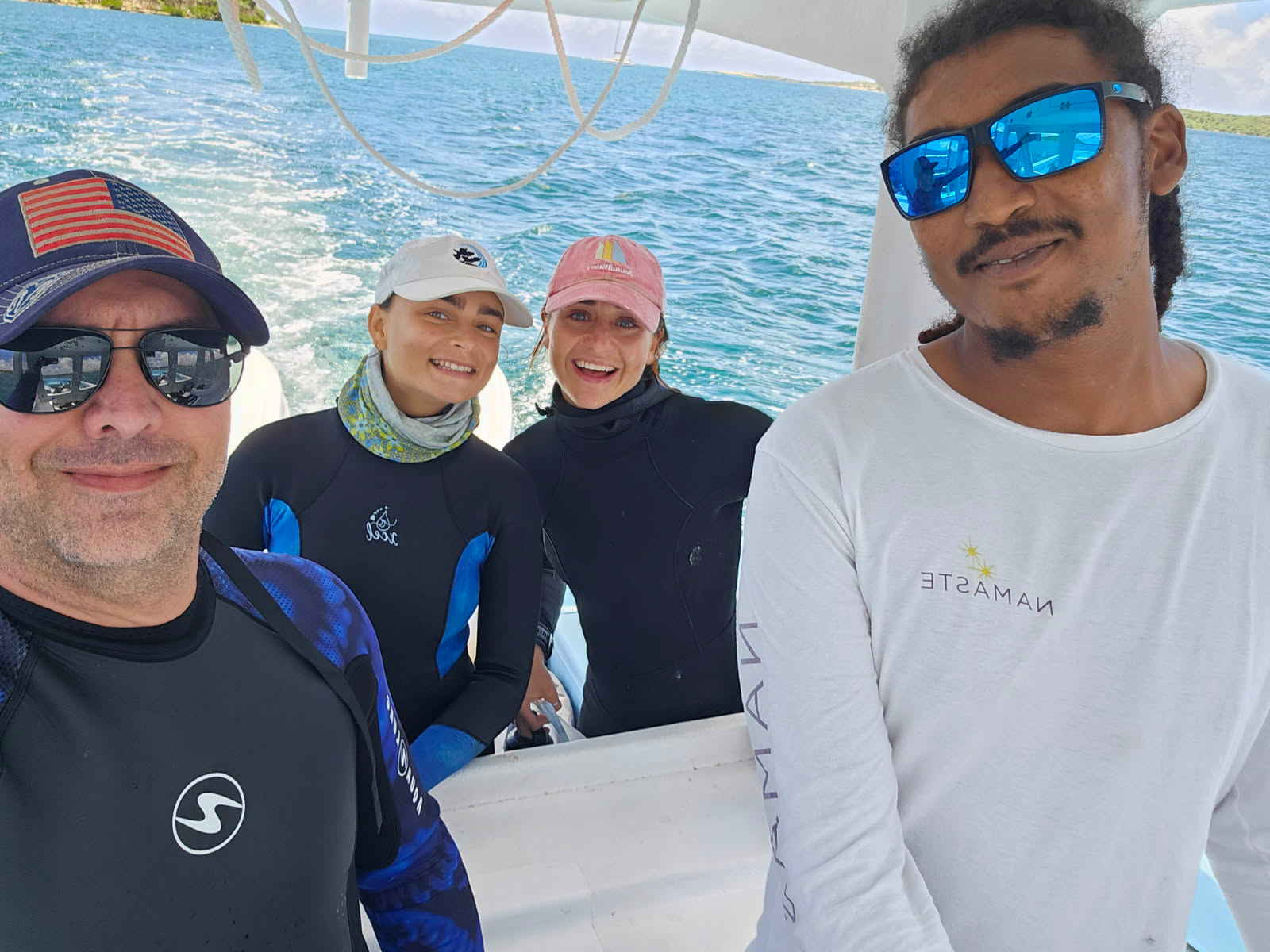
Vivid with color and teeming with life, coral reefs are among the most amazing ecosystems on the planet, accounting for just one percent of the ocean floor’s surface, yet supporting nearly a quarter of all marine species.
But with growing greenhouse gas emissions, rising sea temperatures, ocean acidification, and a host of other factors, reefs around the world are in danger of dying out. While more than half of the world’s living coral has been lost since 1950, scientists predict more than 90 percent could disappear by 2050.
While the challenges are daunting, Como Zoo life support specialist EJ Smith recently found some cause for hope in the Caribbean where a new conservation group called the Elkhorn Marine Conservancy is working on a solution. With the help of a Como Friends Conservation Champions grant, Smith spent three weeks at the EMC’s sites in Antigua and Barbuda helping the small nonprofit with a promising approach to reef restoration.
“To help these reefs rebound, they’re working to create coral nurseries,” Smith explains. “They’ll look for healthy, [stress resistant] coral colonies out on the reefs, and take small chunks of them back to the nursery where they’re broken into micro fragments. Corals grow at an incredibly slow pace, but these micro fragments are found to grow faster in small colonies, speeding up that process of coral growth.” Corals are cultivated on ropes and coral “trees” made of PVC piping that can then be replanted onto degraded reefs. EMC’s nurseries are currently fostering 14 species of reef-building corals, many of which are critically endangered.
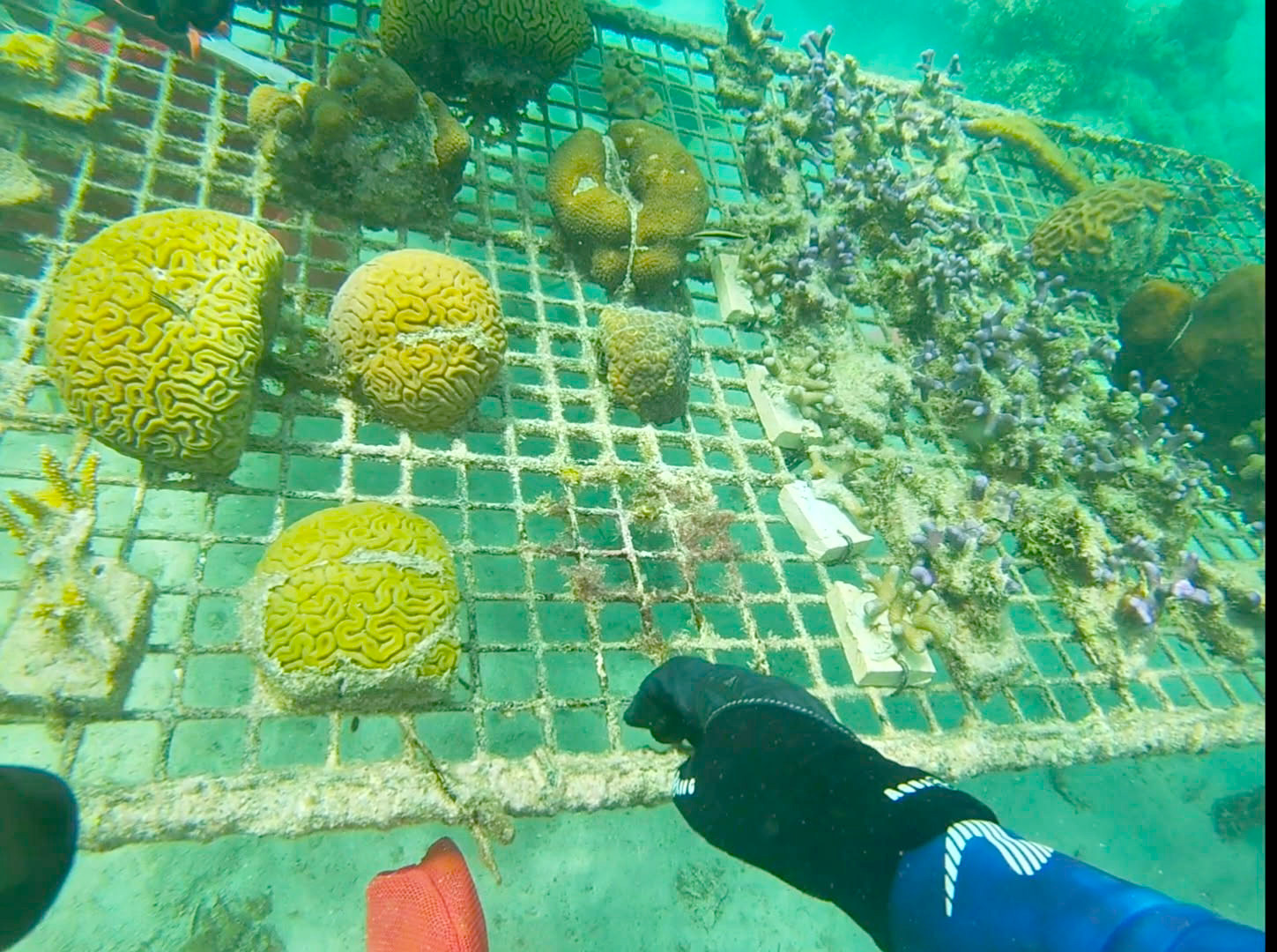
Growing at rates of just millimeters a year, coral barrier reefs can take more than 100,000 years to form. Groups like the Elkhorn Marine Conservancy are making coral nurseries from micro fragments of healthy coral to help speed the process of renewal.
An expert diver, Smith is responsible for all of Como’s aquatic habitats, ensuring water quality for dozens of species, from polar bears to pacus, and regularly diving into Como Zoo’s aquatic habitats to troubleshoot. “I once did the math and figured that professionally and recreationally, I’ve spent about two months of my life submerged in the water,” he says. “But diving with [EMC’s staff] was like working with superheroes. Some of these folks had such amazing physical capabilities they could hold their breath for minutes at a time. It was just astounding.”
The water chemistry skills Smith has honed at Como Zoo are valuable to EMC’s work, and their plans to expand their coral nursery operations. To deepen the connections between conservation efforts in the Caribbean and at Como Zoo, Smith’s colleague Asher Berg, Como Zoo’s Aquatics Keeper, will be taking a Conservation Champions trip of his own this fall to support the renewal of coral near Antigua’s Green Island, York Island, and Cades Reef.
With a new tank of coral beds coming soon to the Aquatics Building, Smith says he’s looking forward to sharing his insights about coral conservation in upcoming keeper talks. While the health of the world’s coral hangs in the balance, Smith says he finds hope in the visit he made to Antigua’s St. Andrew’s School, where he talked with elementary school students about his work in life support, and how coral restoration can benefit the local economy, food chain, and climate resilience.
“This next generation of island people are already tied to conservation, because their lives really are impacted by the health of the reefs,” he says. “To hear these kids talk about how they want to work in conservation, or maintaining fish stocks, or protecting the reefs when they grow up was really heartwarming, to be honest. It makes you hopeful that conservation projects like this are making an impact.”
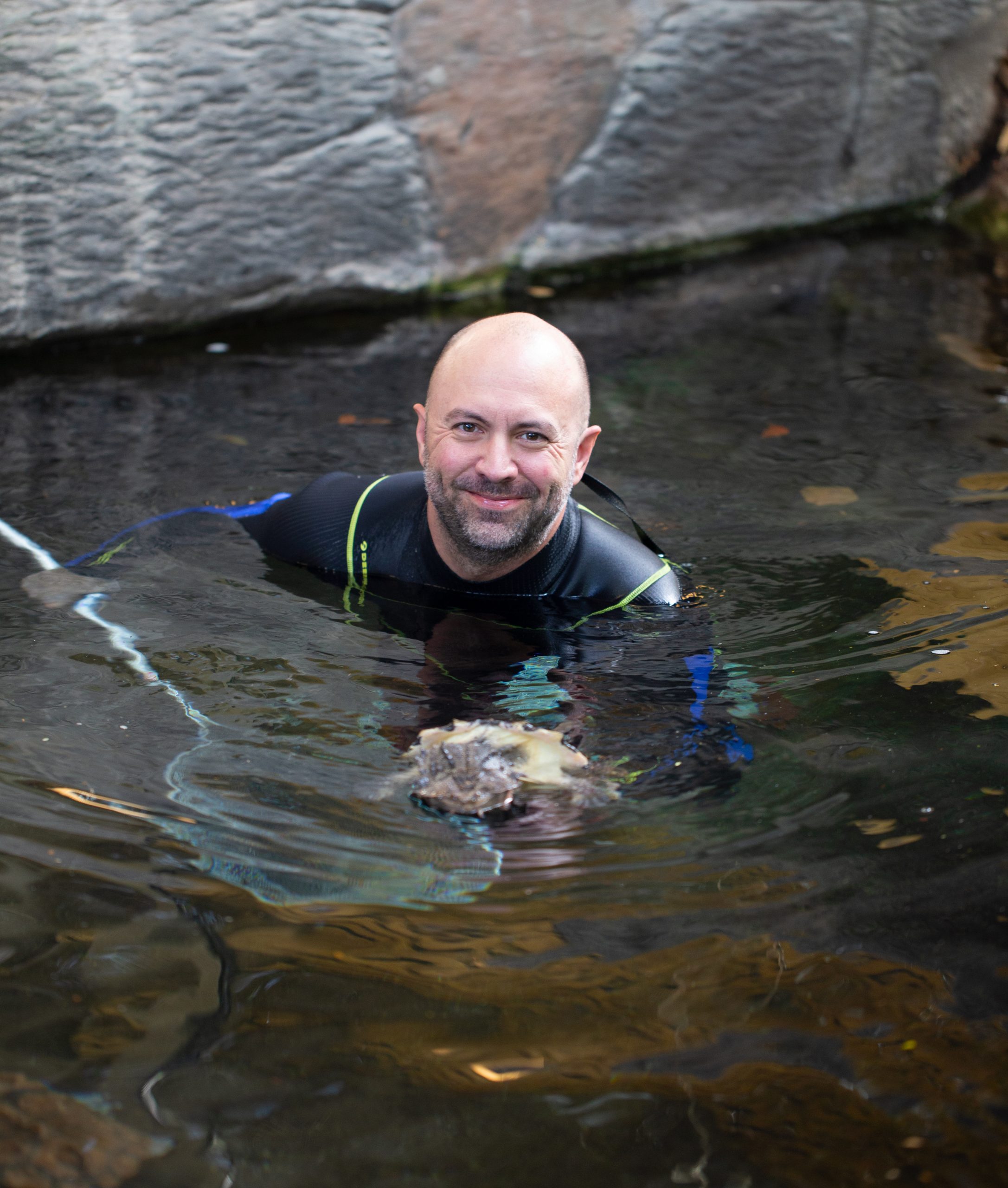
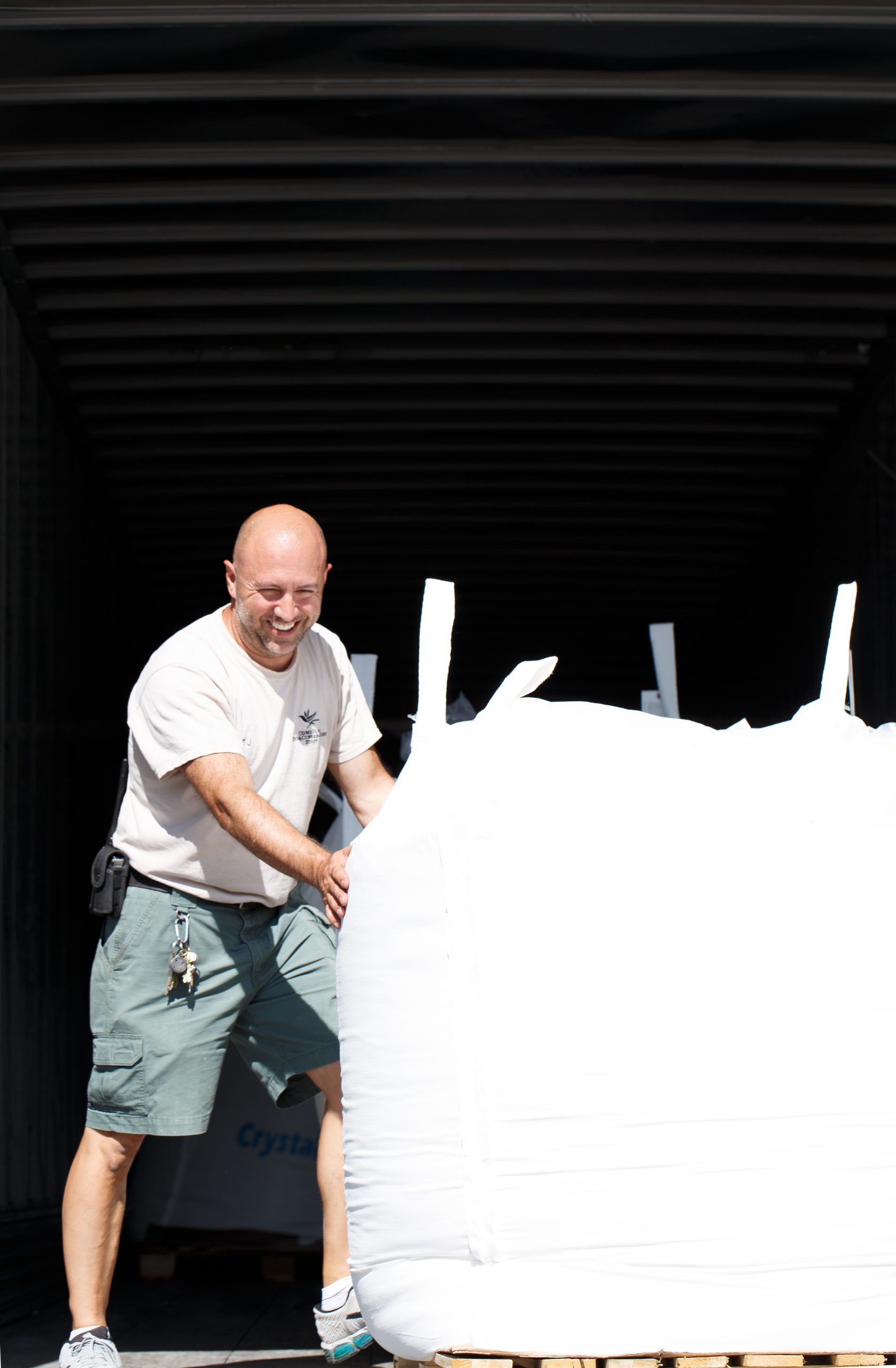
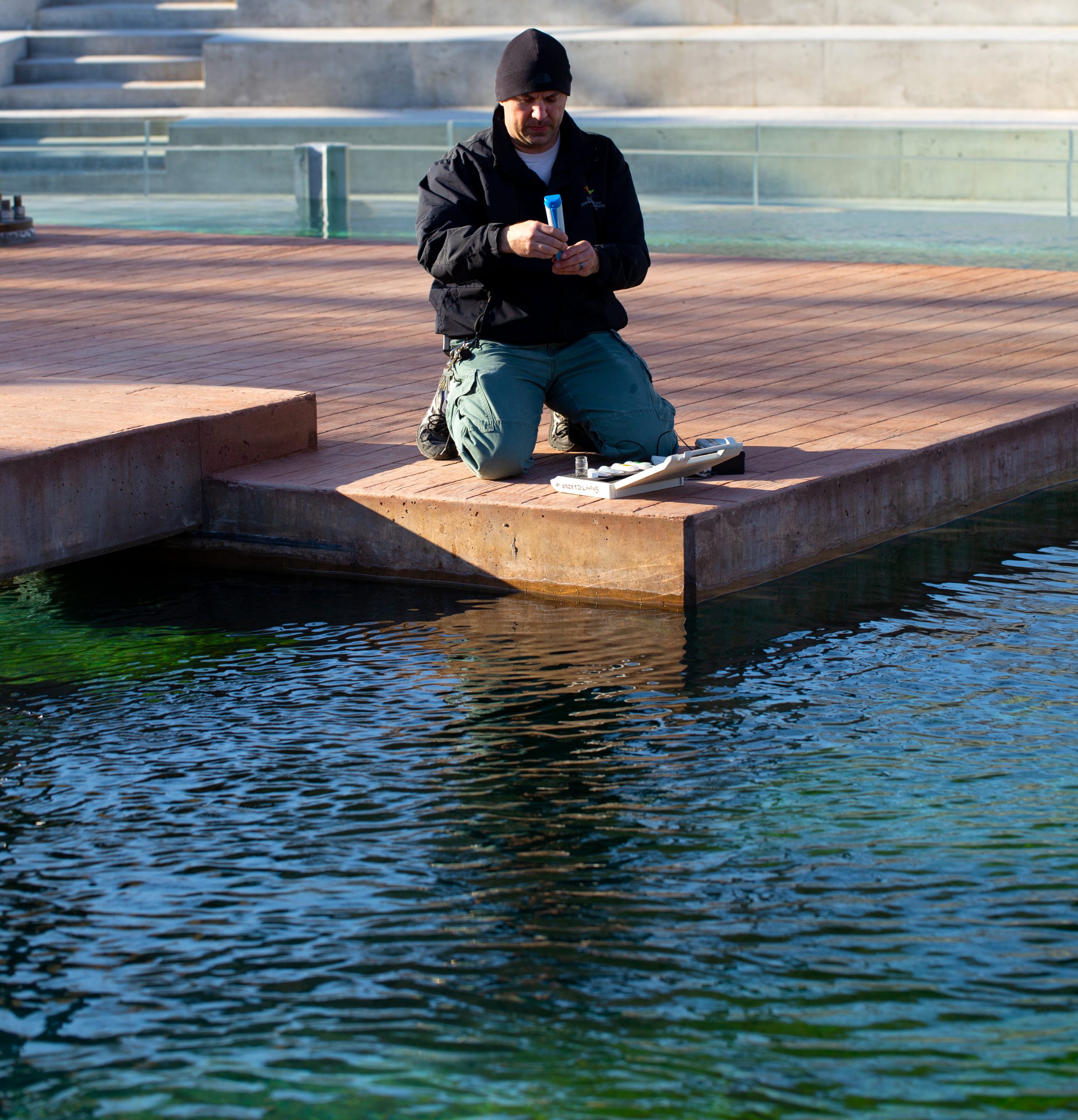
Your gifts to Como Friends support Conservation Champions, a program that encourages Como’s professional horticulture and zookeeping staff to participate in field conservation and restoration projects around the world. Thank you!
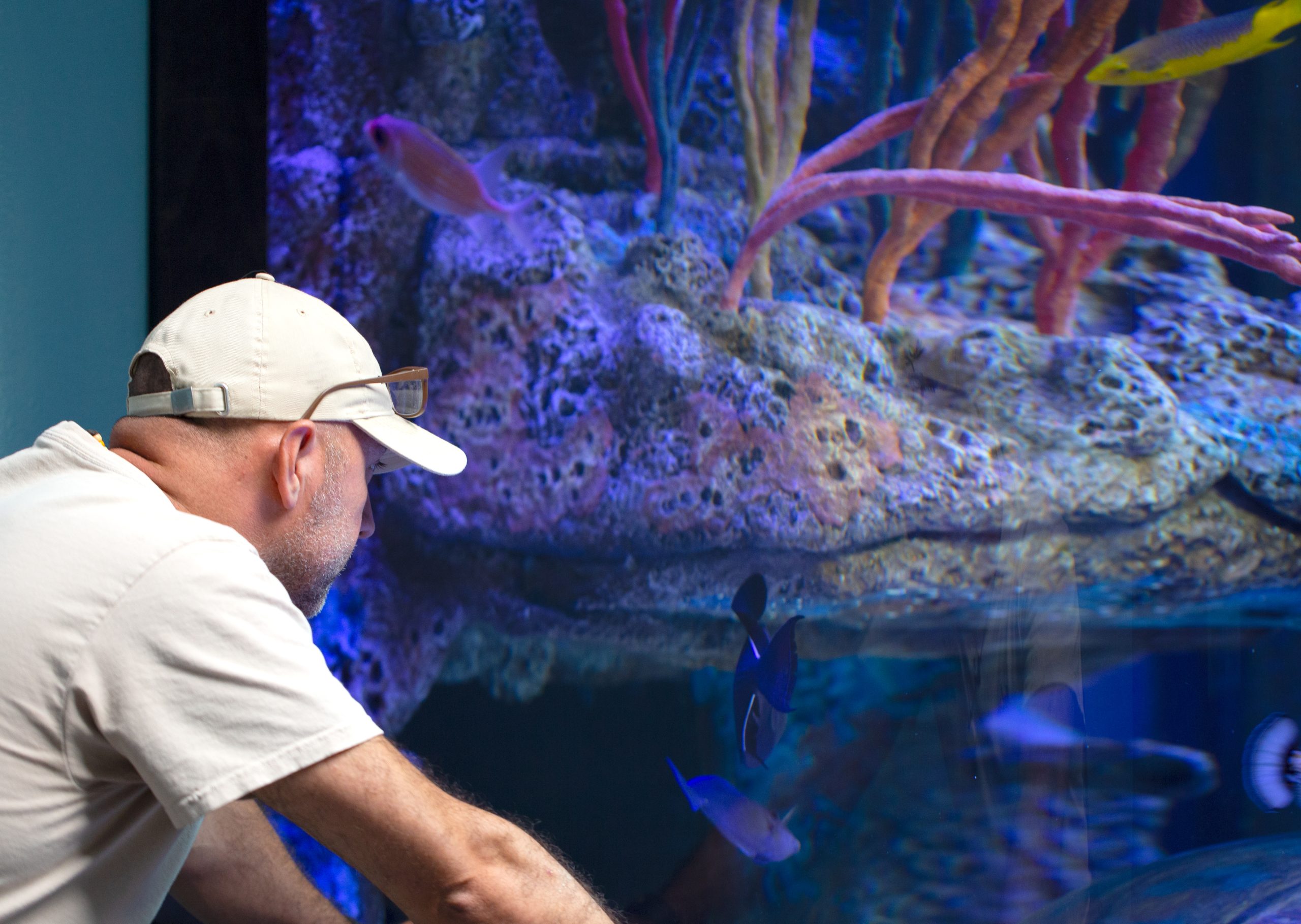
Conservation Champion Andrea Persson traveled to Sausalito’s Marine Mammal Center to learn the secrets of seal and sea lion care
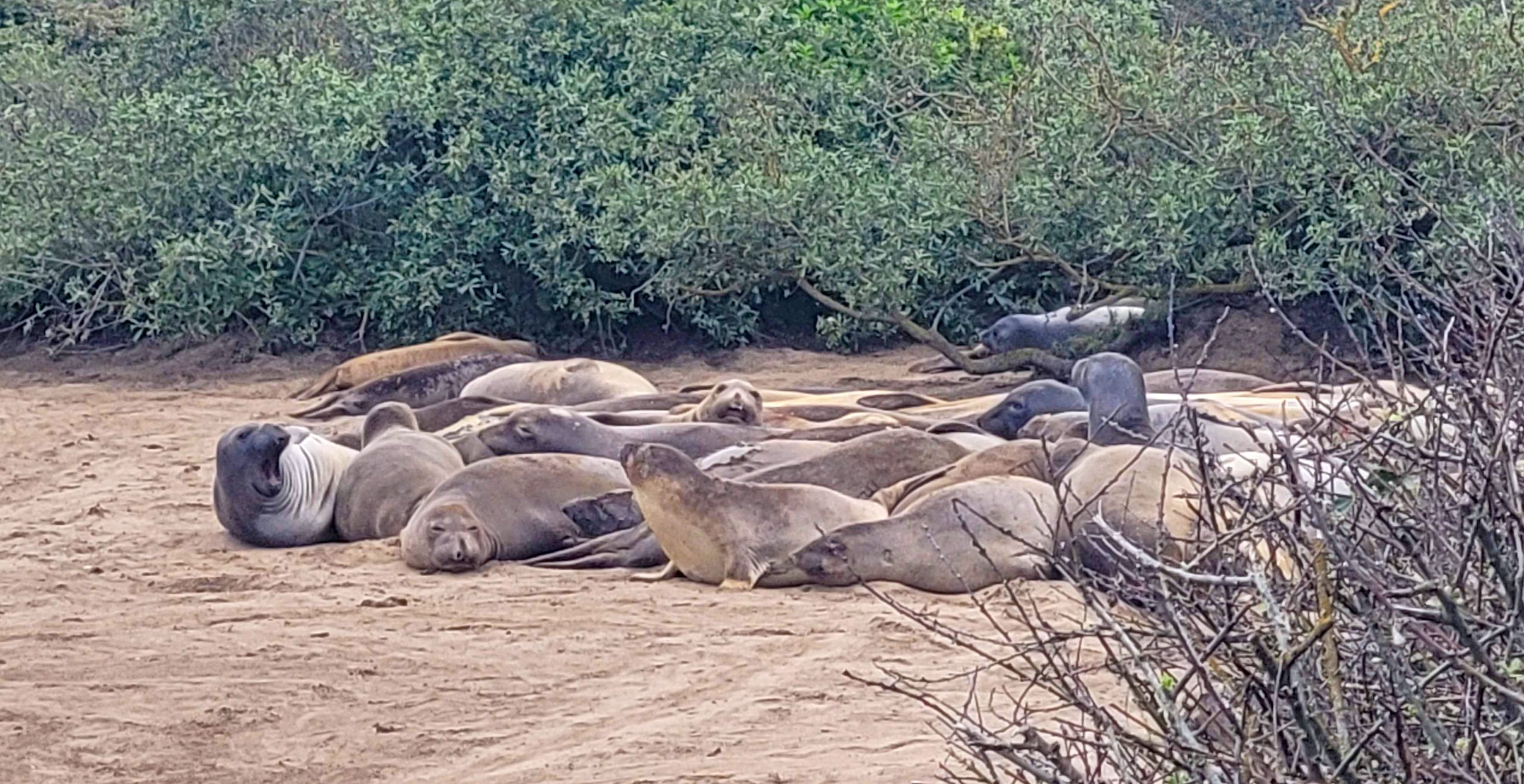
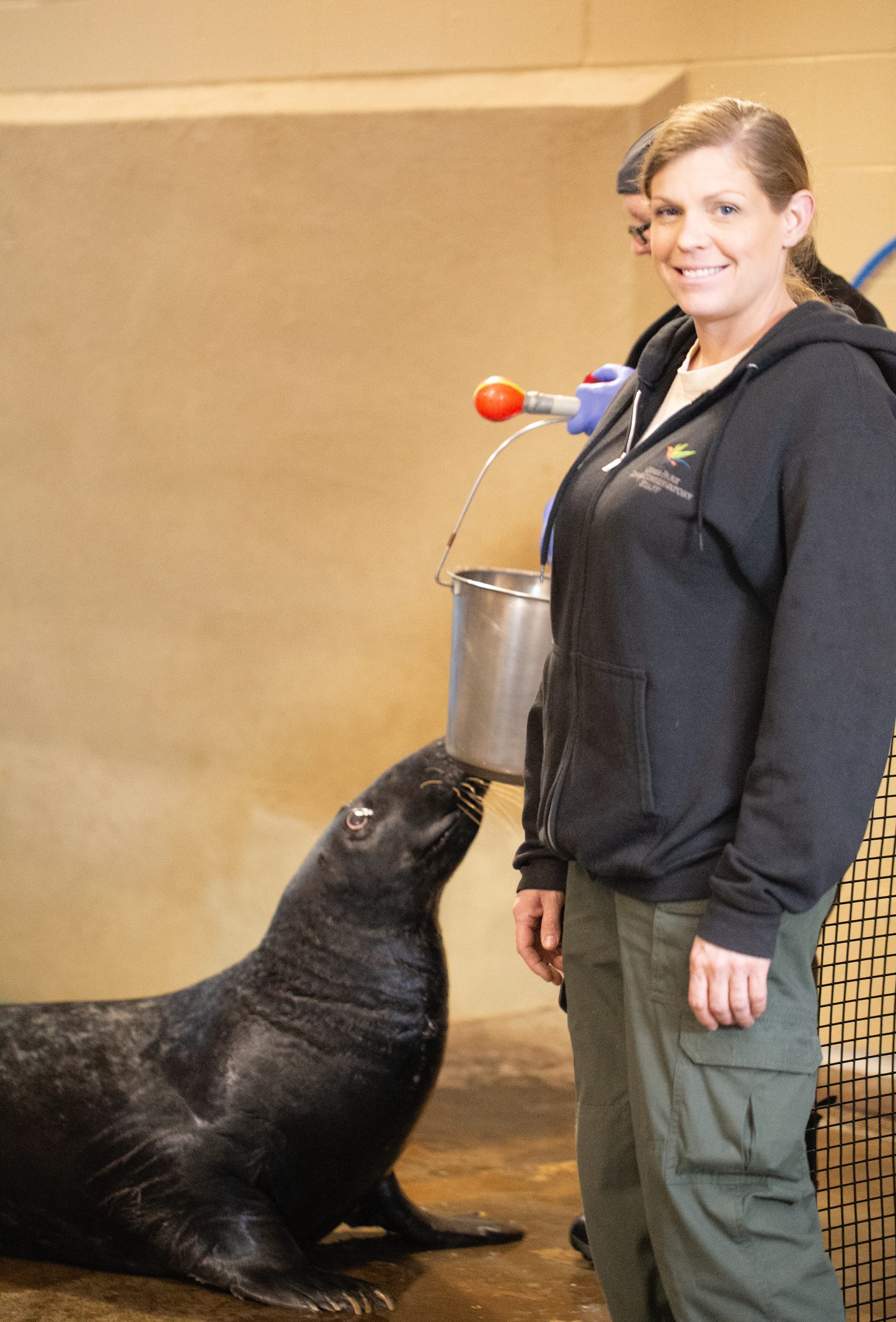
If you’ve been to a Blaze Sparky Show at Como Zoo, you know that sea lions like Sparky are capable of some amazing feats, from diving nearly 60 stories below the ocean’s surface, to holding their breath for up to 20 minutes at a time.
But some of the adaptations that work swimmingly in the sea can make veterinary care very complicated for seals and sea lions, particularly when it comes to anesthesia and other medical interventions. “They’re so trainable and willing to participate in their own health care that you can accomplish quite a lot when they’re awake,” says Como Zoo veterinary technician Andrea Persson. “But it can be much trickier when they’re sick and need to be immobilized, in part because of the dive response that allows them to conserve oxygen and also because we just don’t have to do it very often.”
That’s why Persson recently traveled to Sausalito, California, to attend an intensive veterinary training program at the Marine Mammal Center, the largest marine mammal teaching hospital in the country. Made possible by a grant from Como Friends’ Conservation Champions program, the five-day program allowed Persson to support the Center’s work, rehabilitating stranded seals and sea lions, while learning veterinary tips and tricks from experts who provide daily care to more than 80 elephant seals, harbor seals, and sea lions.
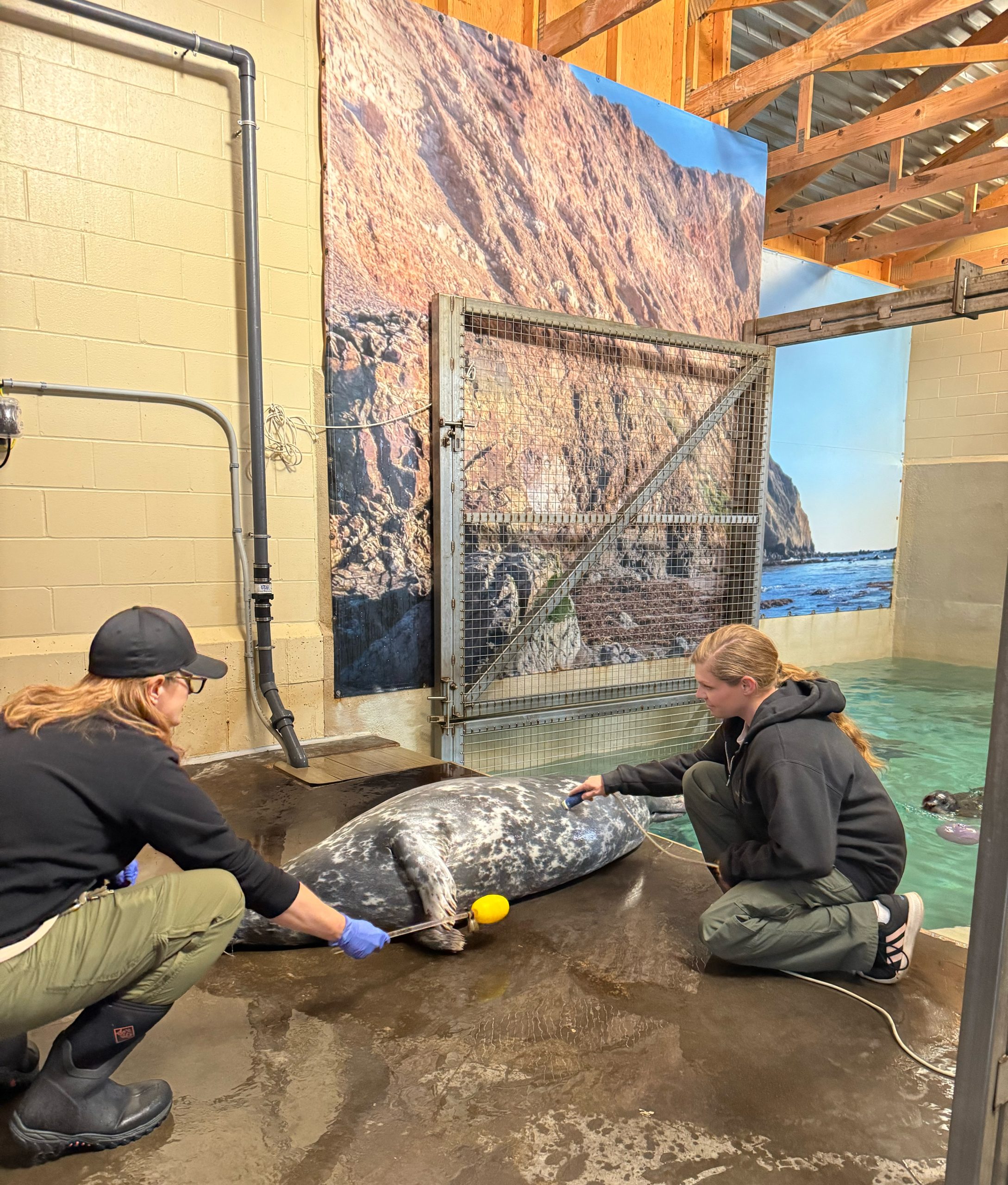
“Part of their mission is to expand the number of veterinary professionals that are equipped to deal with seals and sea lions, and it was a great opportunity for me to get concentrated hands-on experience,” says Persson, who cares for hundreds of different species at Como Zoo as part of her work with Como’s new on-site veterinary team. “One of my main objectives was to get good at collecting blood, because it’s one of the most important diagnostic things we can do with an animal, but it’s probably something I’ve done less than 10 times on a seal in my 20-year career.”
Drawing blood from a seal requires making a puncture near the animal’s spine. “One of my main objectives was to become proficient in blood collection. Blood samples are very important in providing information on the health of the animals we care for and with our relatively small population of seals at the zoo I had limited opportunities to refine my venipuncture techniques. It was great to be able to collect blood on multiple animals each day while I was at the MMC and I am now very confident in my ability to collect blood from our animals at the zoo.”
Since 1975, the Marine Mammal Center has rescued more than 26,000 marine animals along 600 miles of California coastline and in Hawai’i, typically answering more than 10,000 distress calls about sick, injured, or entangled marine mammals every year. During Persson’s stay in April, the Center was providing safe harbor to dozens of orphaned elephant seal pups, which are born at about 75 pounds and weigh nearly 300 pounds just a month later when they’re fully weaned from their mothers. In spite of their impressive size, young seals can often be separated prematurely when strong storms wash them off of beaches before they’ve learned how to survive on their own. Climate change makes the problem worse, as rising sea level and storm surges are more likely to sweep mothers and pups away from each other.
Distressed elephant seal pups are routinely rehabilitated at the Marine Mammal Center, but before they can be returned to the ocean, they need to be taught how to eat an adult diet of fish, squid, krill, and algae. “But you have to do it in such a way that you’re not habituating them to people,” says Persson. “It’s very difficult to get them to eat, because if they get even a little bit of water in their mouth with the fish they don’t know what to do, and they start gagging.”
The time Persson spent with pinniped pups may soon come in handy thanks to a new breeding recommendation for Como Zoo’s Atlantic gray seals, Wally and Medusa. And getting the chance to see wild harbor seals and sea lions on the California coast gave her even more appreciation for the species. “I would say the whole experience was invaluable, and gave me so many ideas to bring back to Como Zoo to improve care for our animals,” says Persson. “I’m very grateful.”
Private contributions from people like you are critical to support conservation efforts at Como Zoo and in the wild. Thank you!
As studbook keeper for polar bears, Allison Jungheim preserves the health and genetics of North America’s most majestic species
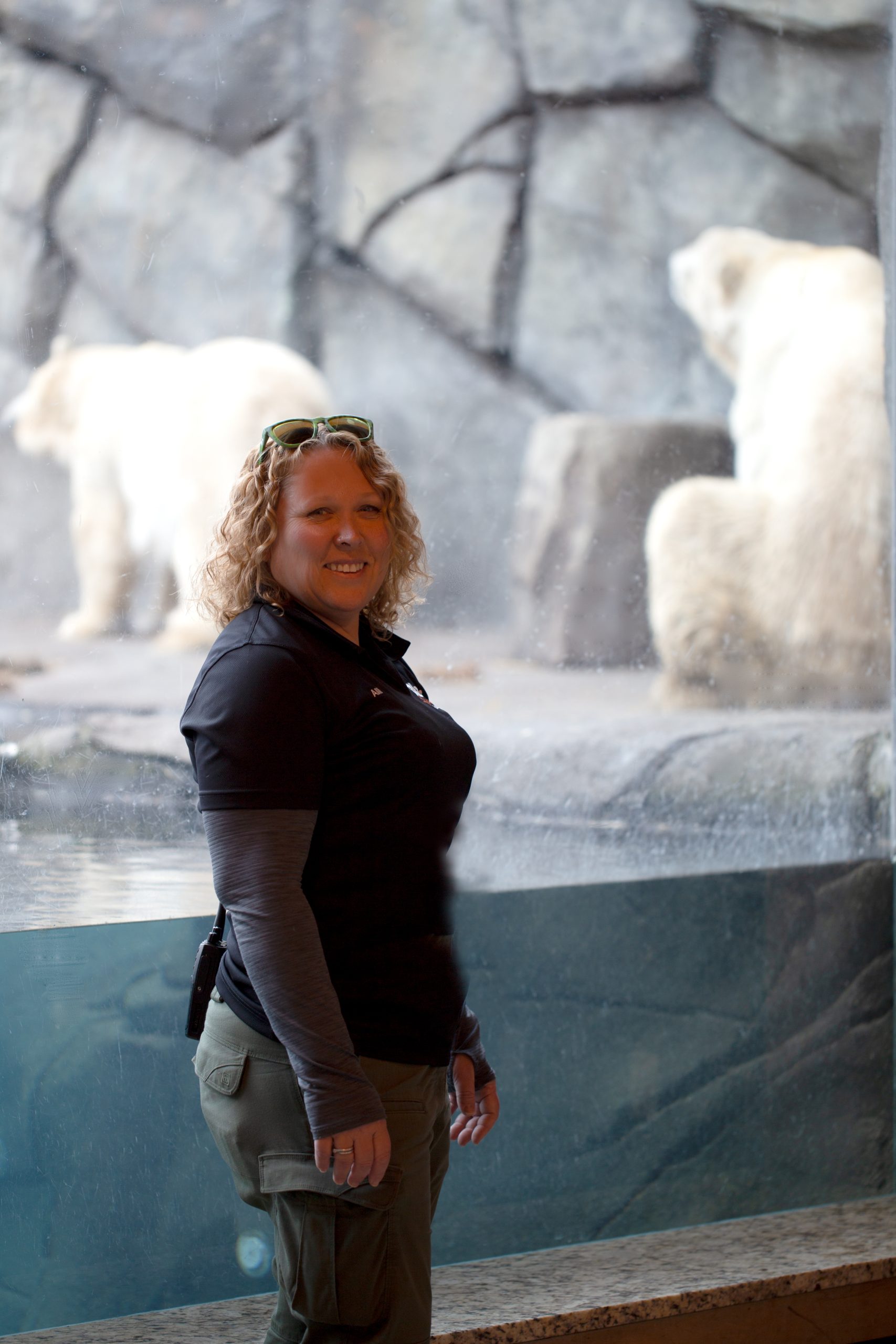
When she shares observations about the polar bears in her care, Senior Keeper Allison Jungheim can sound like she’s talking about her closest friends, bubbling about Nan’s bossy behavior, bragging about Kulu’s impressive weight gain (“At 940 pounds, we should probably stop calling him little Kulu”), and beaming at Neil, the mild-mannered male who first came to Como Zoo with his brother Buzz back in 2001. “He is my bear,” she says.
Jungheim brings the same enthusiasm to her role as studbook keeper for North America’s polar bears, responsible for tracking the genetic health and history of some 60 individuals living in partner zoos across Canada and the U.S. A project of the Bear Taxon Advisory Group through the Association of Zoos and Aquariums, the studbook is one of the ways that zoos work together to ensure that managed populations of polar bears are living their best lives.
Similar to your family’s own electronic medical records that allow for more coordinated health care, “keeping all of that data in one place is super important for the longevity of animals,” Jungheim says. “The studbook also gives me the ability to look back at historic animals and current animals, to see who’s related to whom, and who should breed with whom.”
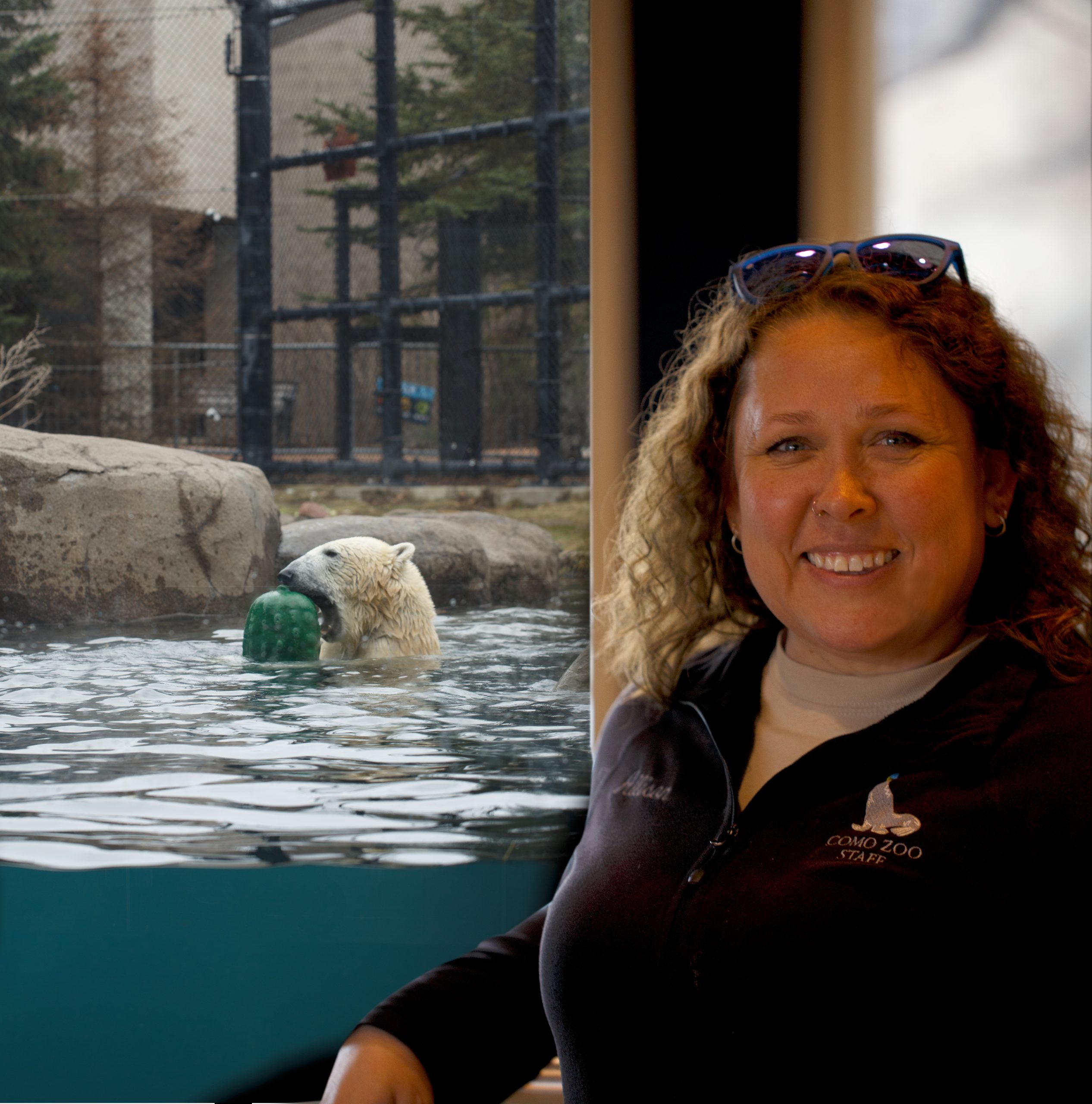
While Como Zoo’s keepers have earned national recognition for their success at reducing polar bear repetitive behaviors and developing tools for improving polar bear blood draws, Jungheim’s longtime leadership in polar bear preservation is a volunteer effort. “I don’t get any extra money or funding for managing the polar bear studbook, but it’s worth it to be part of the bigger picture, helping polar bears around the country, and not just here at Como.”
Polar bears require just the right conditions for successful breeding, both in zoos and in the wild. While polar bears will typically mate in early spring, they’re one of more than 130 animal species with delayed implantation, meaning that fertilized eggs don’t implant in the uterus until months later. The delay allows females to build up the fat reserves they’ll need to support themselves and their cubs during a long denning period. “But if the female doesn’t gain enough weight, or have good enough body condition, she may not implant that embryo or embryos at all,” explains Jungheim. The long dormancy period means that if one breeding pair is unsuccessful, zoos don’t have much time to establish a new pairing.
“That’s one reason why collaboration with other zoos is so important,” she says, noting that the polar bear community of keepers, managers, and veterinary staff have regular virtual meetings throughout the year, sharing breeding and denning news, and exploring new strategies. “One of the things we’re trying is to create more choice for mates by pairing more than just one male and one female,” she says. “Our thought is that by giving mate choice, it gives the male the chance to share the love with other females, and increases competition for breeding, and hopefully, increases success rates.”
With that strategy in mind, Como Zoo is getting ready to welcome a new female bear from a partner zoo, who might make a good breeding partner for Kulu. “With an aging population of bears, we’re trying to shake things up,” Jungheim says. If the pairing works, she may even have a couple of new names to add to the polar bear studbook.
Funding from Como Friends enabled Allison Jungheim to travel to attend an in-person polar bear conference, strengthening the network of connections zoos rely on to help bears live their best lives.
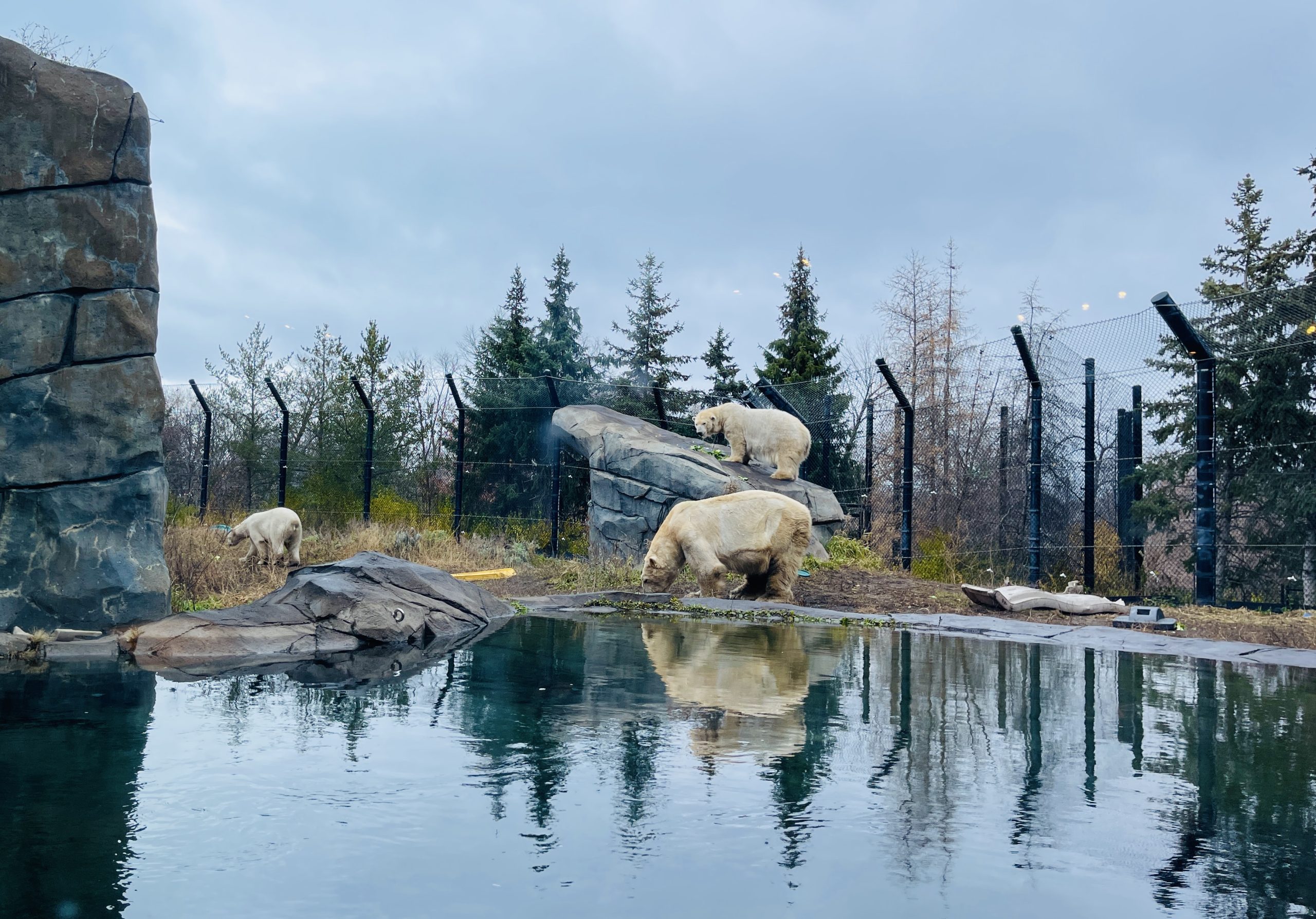
Celebrate Party for the Planet at Como on
April 26 and 27 | Presented by Xcel Energy
There’s no better place to celebrate Earth Day 2025 than Como Park Zoo & Conservatory, where our annual Party for the Planet is a two-day weekend celebration for visitors of all ages. Powered by our friends at Xcel Energy, this year’s Earth Day theme, “Our Power, Our Planet,” celebrates the movement toward renewable energy. With family-friendly activity stations, and splashy public programs like our Blaze Sparky Show, Party for the Planet is a great way to learn more about what you can do to protect our environment on Earth Day and every day.
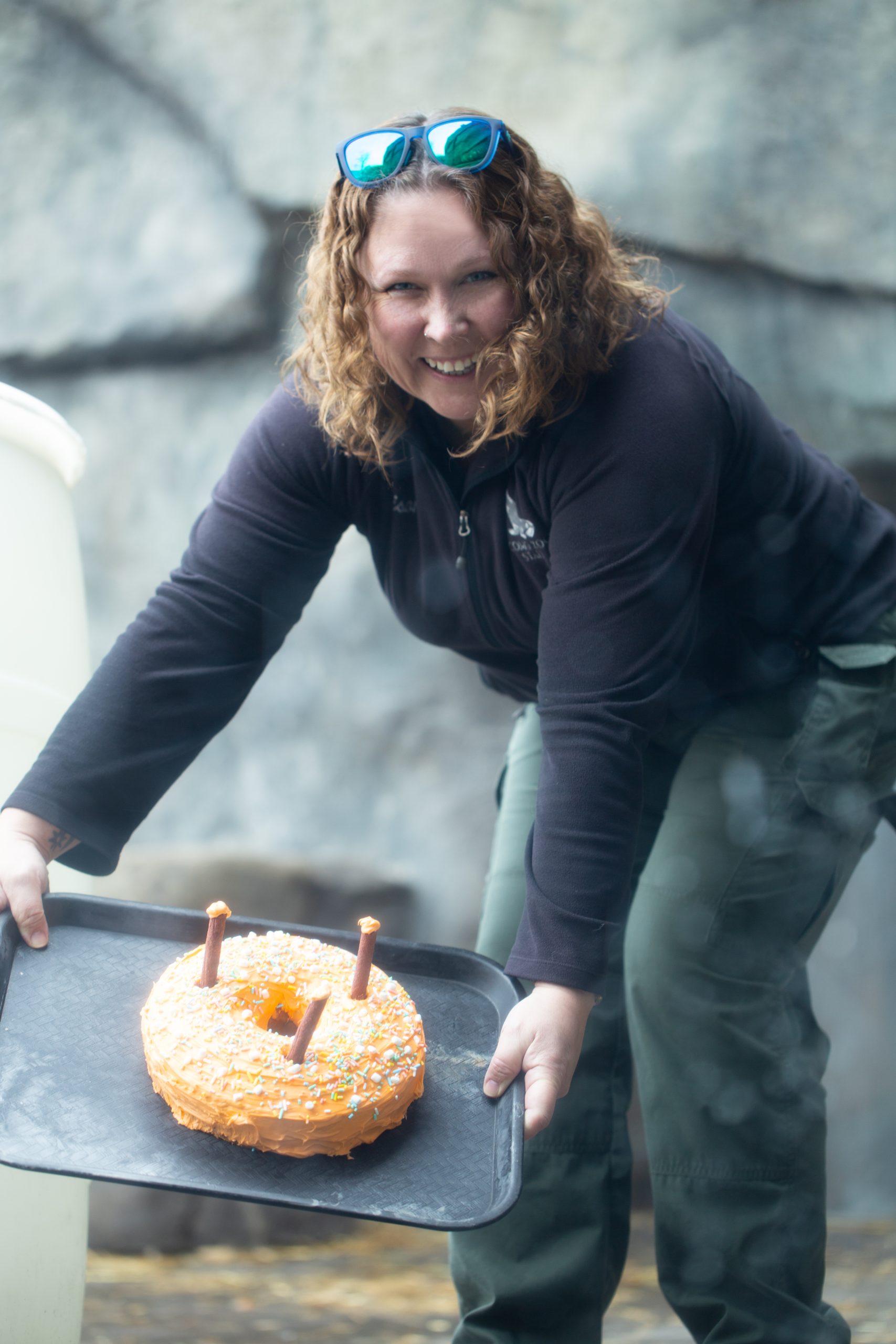
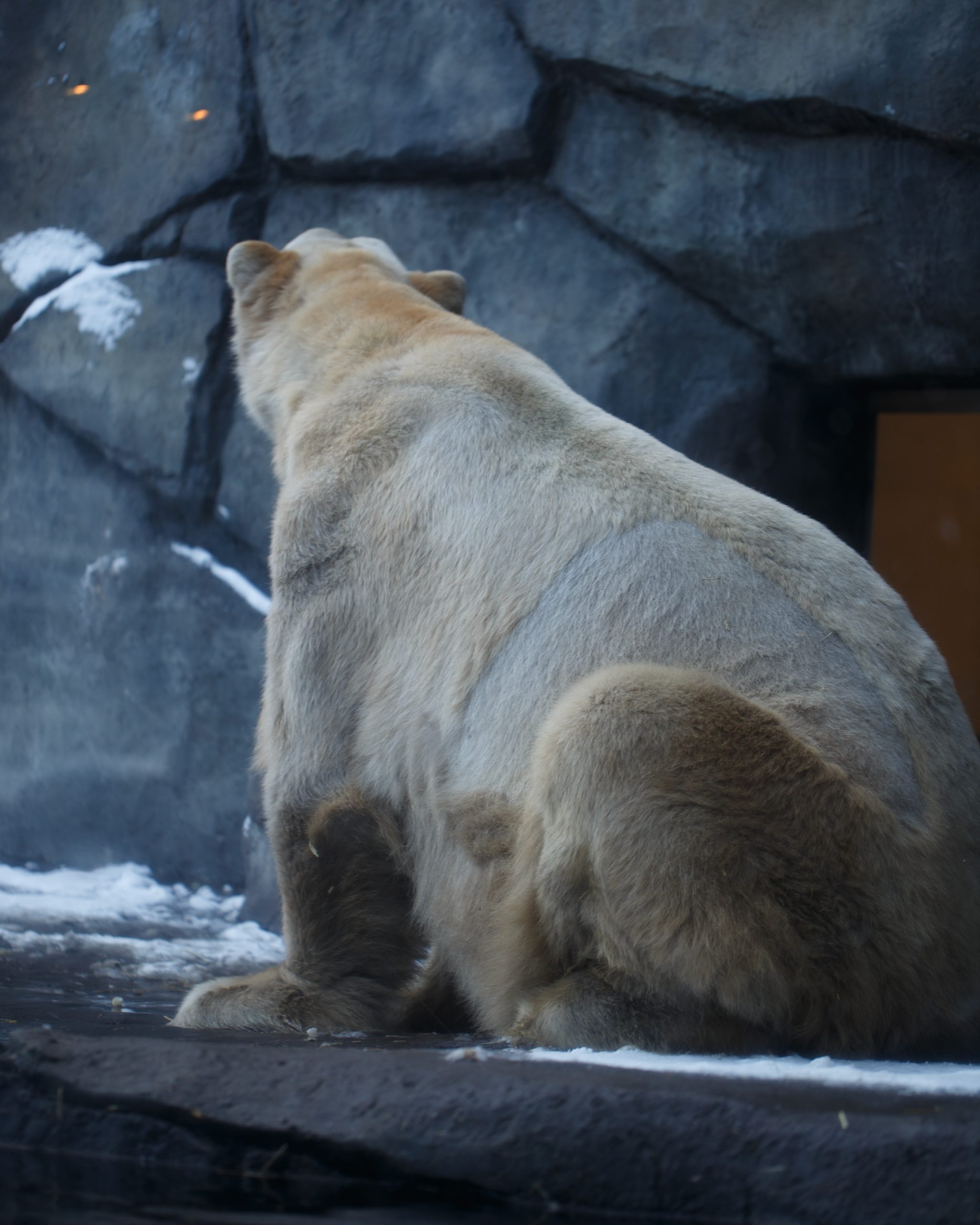
Two Como educators traveled to the Galapagos Islands to bring home new lessons for Como’s conservation curriculum
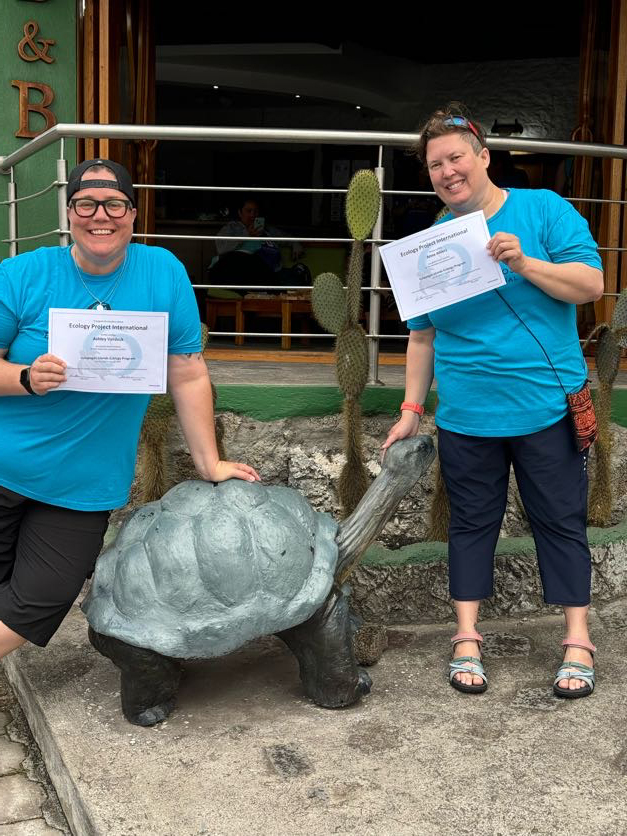
Since 2017, Como Friends’ Conservation Champions program has helped dozens of Como staff members pursue professional passion projects, from tracking snow leopards in Kyrgyzstan, to finding cool ways to cut down on single-use plastics on Como’s campus, to rehabilitating injured penguins on the coast of South Africa.
While the Conservation Champions program is open to applications from everyone on Como’s campus, it wasn’t until Anne Ahiers and Ashley Verdeck got a nudge from the Education & Conservation Curator, Bekah Hanes, that the pair of education specialists decided it was time to make a pitch of their own. Their plan? To join a special program dedicated to educators and ecology in the Galapagos Islands, and to take over Como’s social media accounts with real-time posts about what they were learning on the way.
Their adventure started last July, when the pair joined Ecology Project International and met with their group in Quito, Ecuador. Their cohort of fellow educators came from as far away as Australia and Kazakhstan, and quickly bonded over their common love of tortoises, which they encountered on their first day, roaming through the highlands. “Just to see tortoises out in the greenery, in their natural ecosystem was amazing to us,” says Verdeck. “We were all acting like little kids, we were so excited.”
The group got the chance to collect biometric data on the 13 different tortoise species that occupy the Galapagos Islands, including one nearly 100-year-old animal that had never been studied before. As the group toured the volcanic archipelago, they could also see how each species has adapted to its own microhabitat.
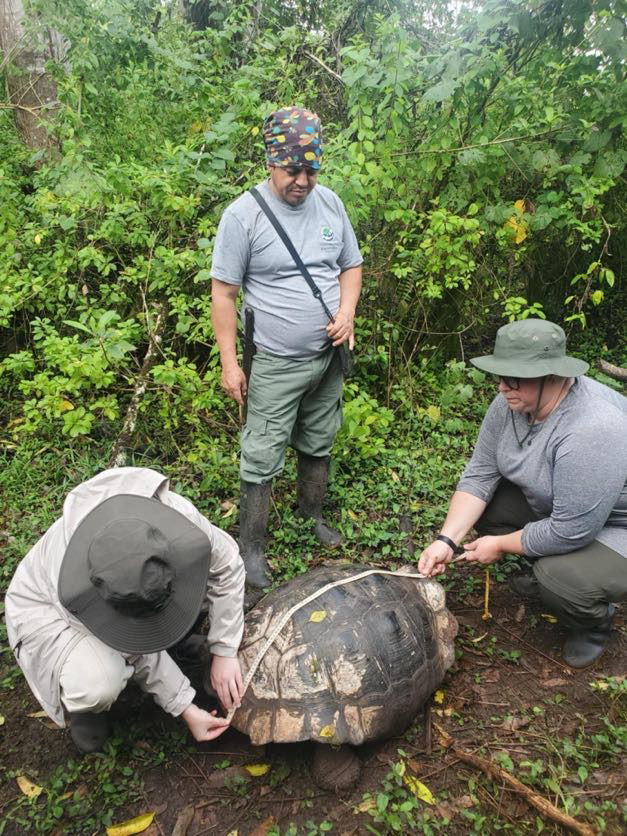
“You’ll have tortoises that look very different from one island to another island,” Ahiers explains. “Tortoises that live where it’s very green and rainy look a lot like Como Zoo’s Irwin, who eats plants and grasses on the ground. But tortoises that live in scrubland have a different shape and size, including an aperture that’s a lot wider, so they can reach their heads up and eat cacti.”
Verdeck and Ahiers got a chance to visit a tortoise breeding center, where they visited the memorial for Lonesome George, the last ever Pinta Island tortoise in the world, who has become a conservation icon for the Galapagos. The team also took part in highland restoration, helping with a conservation project working to manage invasive African snails, and studying their effect on the ecosystem.
Another day, they hiked to the famed Tortuga Bay, performing a survey on the prevalence of microplastics. “We were walking on a pristine beach, with no trash anywhere, but when you start sifting through it, you find these microplastics that are the size of a needle tip,” says Verdeck. “You start to realize how hard it is to get away from this problem.”
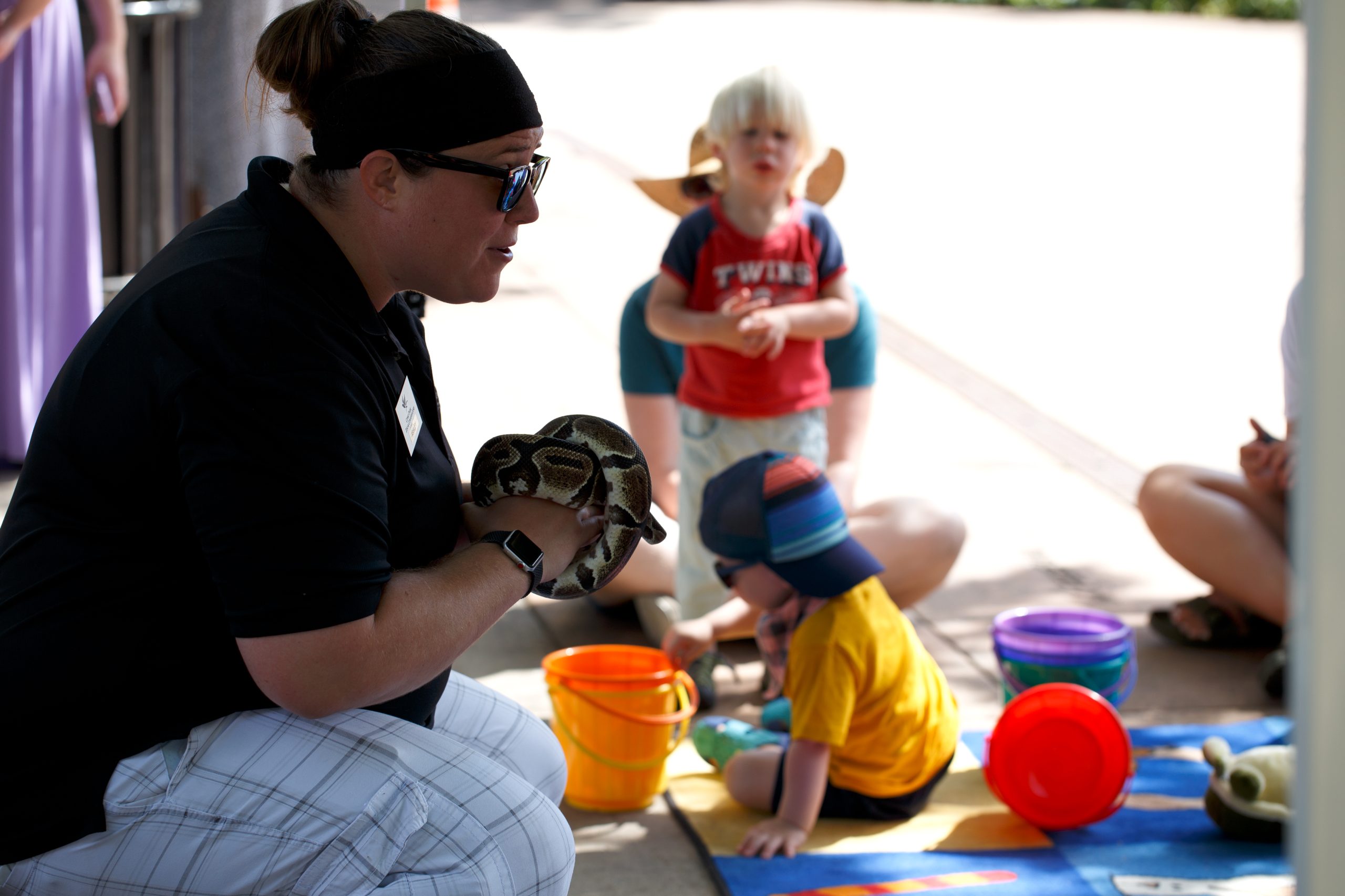
While moments like this were eye-opening for Ahiers and Verdeck, the pair say it was also inspiring, helping them to create a new Little Explorers curriculum that mimics some of the activities and lessons they learned during their trip. “You want to start kids young, and get them caring about conservation early in life—the earlier the better,” says Verdeck. “If you can teach them not to throw wrappers on the ground, and to put them in the garbage right away, that’s a good place to start.”
As the team posted updates about their travels, they also made strong connections with other educators in their group that have continued even since they returned to Como. “We were the only non-formal educators on the team, and sometimes it can be hard to translate why zoos are here, and what our role is,” says Ahiers. “But we have an important contribution to make, because we’re here to teach people about conservation, about what we can do to keep species safe and thriving, and to protect ecosystems. Conservation Champions really helped us to make those connections.”
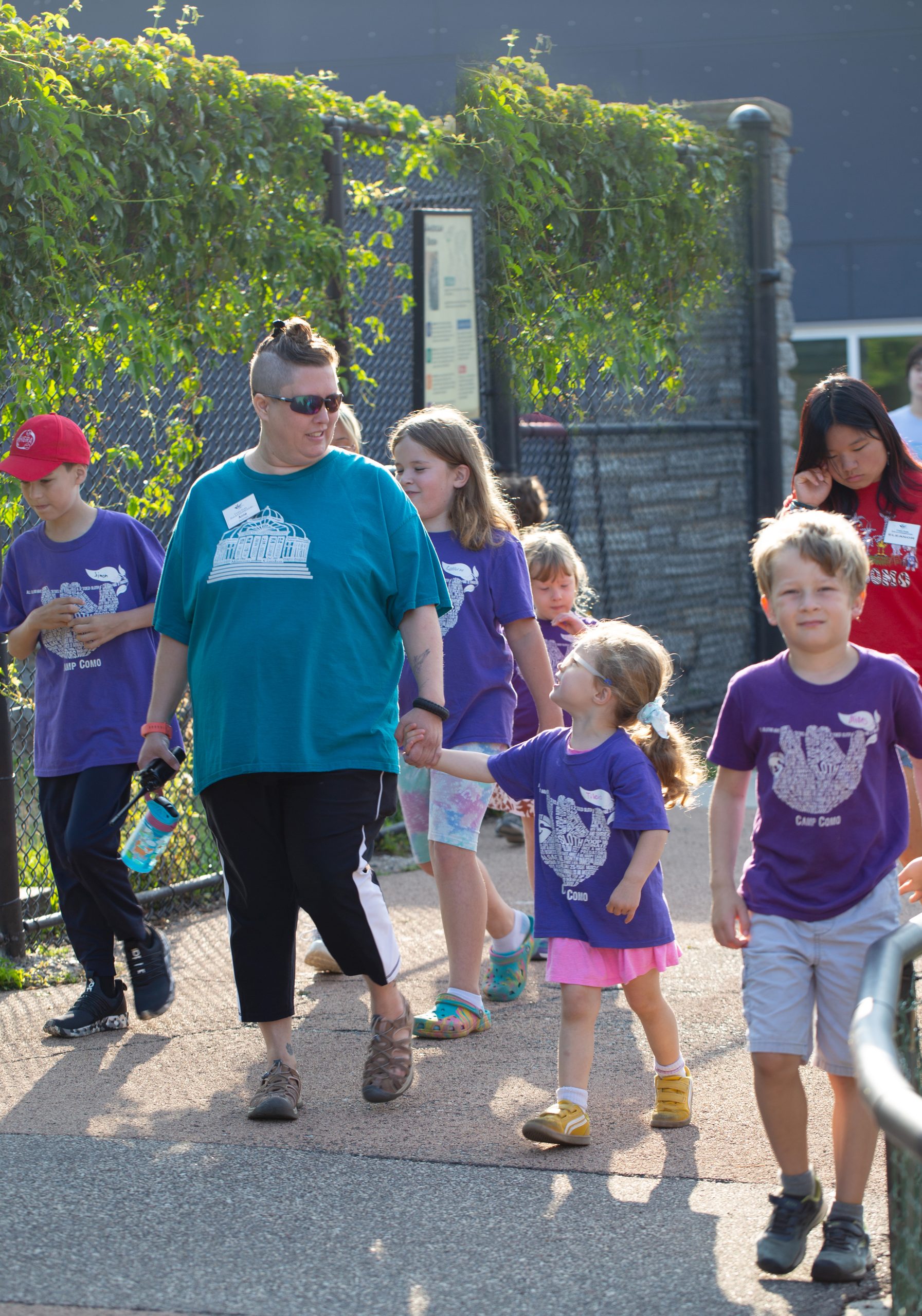
Como Brings Conservation to Life
From the first breaths taken by Como Zoo’s new tiger cubs, to the Conservation Champions trip to the Gálapagos for educators Anne and Ashley, Como Park Zoo and Conservatory is on a mission to bring the value of conservation to life in every season.
On Give to the Max Day, your generosity helps bring conservation to the forefront every day at Minnesota’s most visited cultural destination. From crucial breeding programs to preserve our planet’s most endangered animals, to sustainable habitats that tell deeper stories about the Earth’s diversity, your support helps Como Park Zoo and Conservatory welcome the next generation to discover the wonders of nature through unforgettable face-to-face encounters, fantastic education programs, and always-free admission.
And thanks to a matching gift from the Como Friends Board of Directors and a generous donor, your gift will be doubled, dollar for dollar, up to $50,000. Thank you! Give to the Max Day
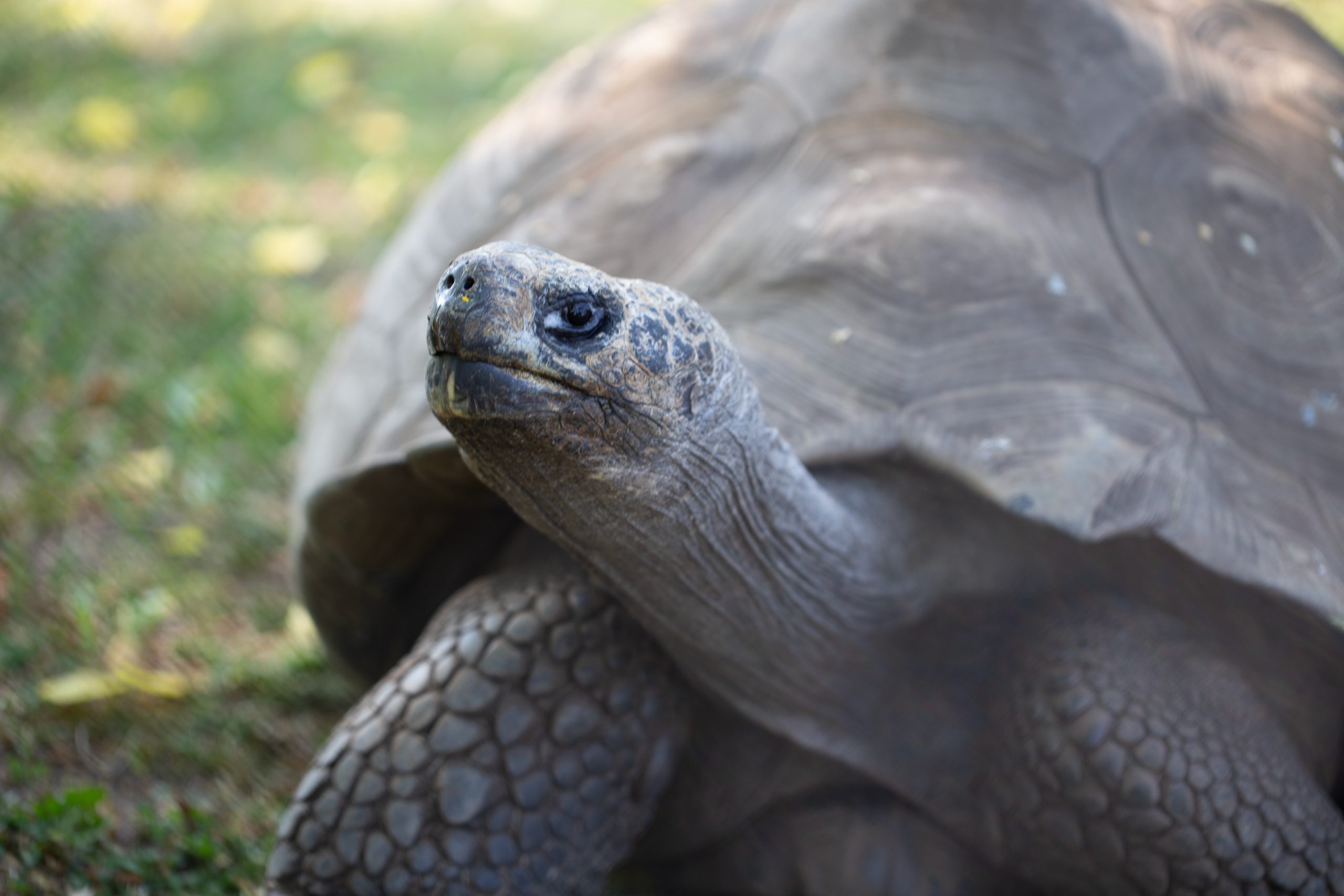
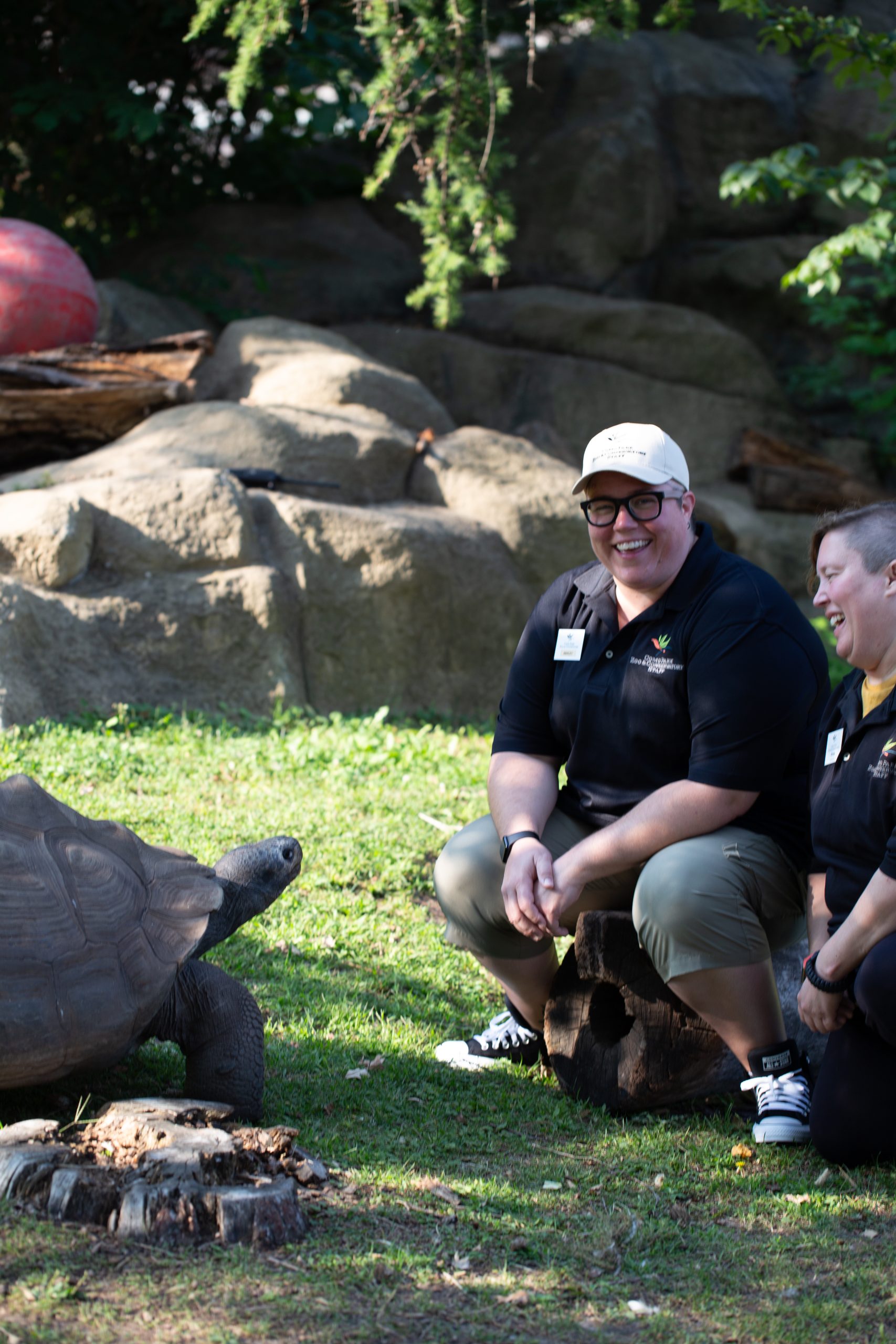
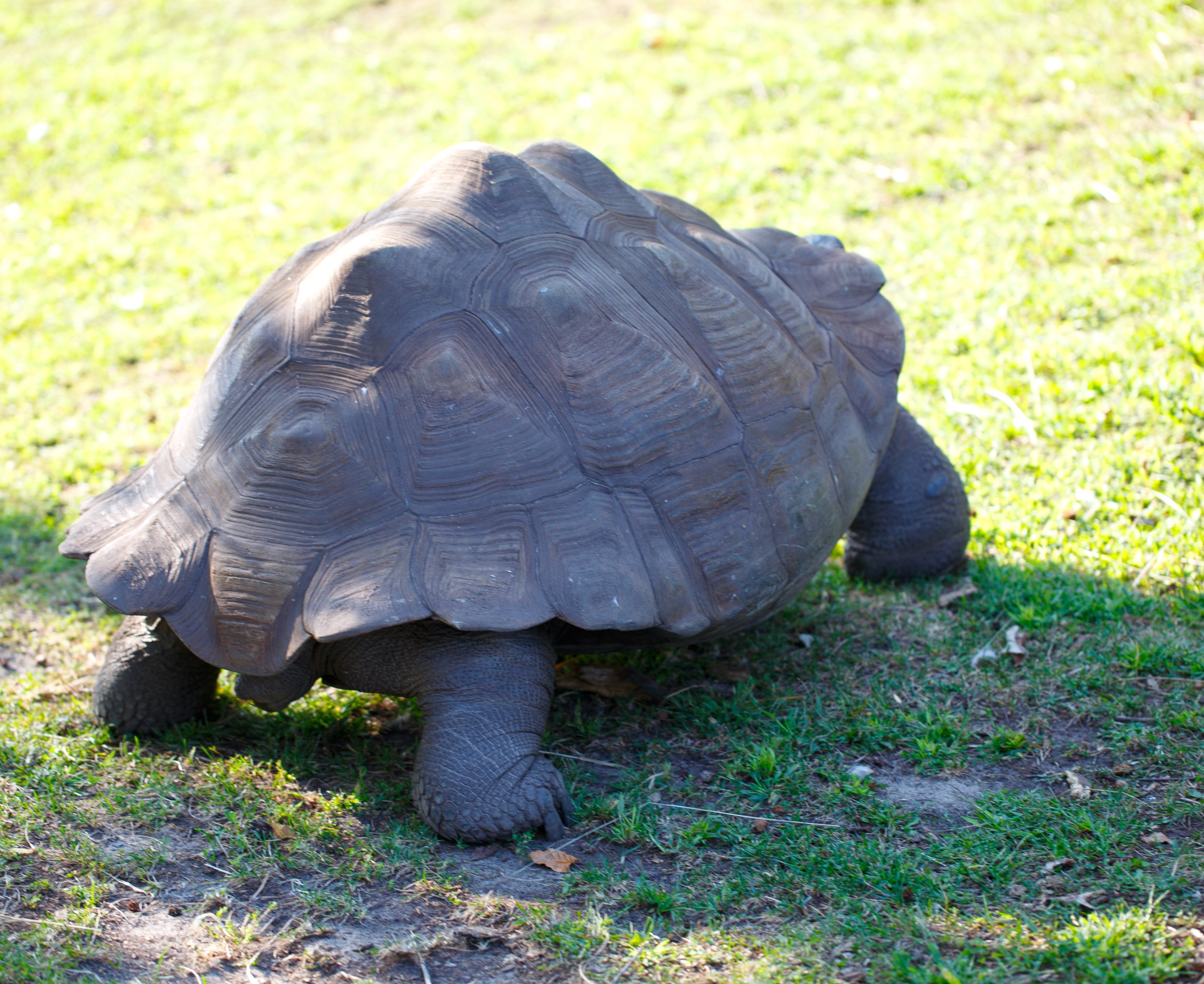
Each year Nature Walk volunteers engage with an estimated 250,000 visitors, most of them younger children, role modeling the idea that caring about conservation is cool
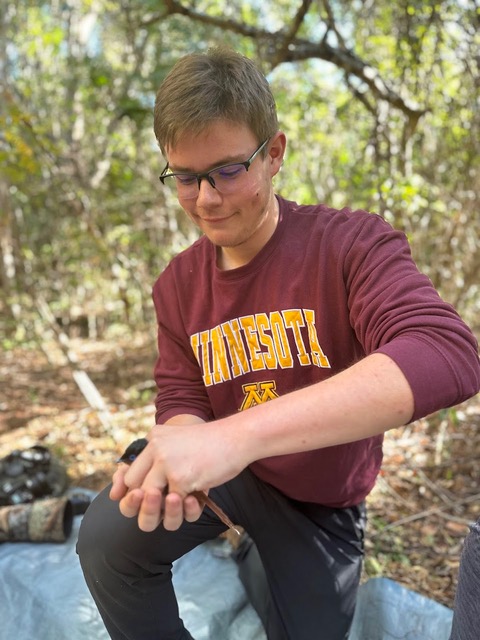
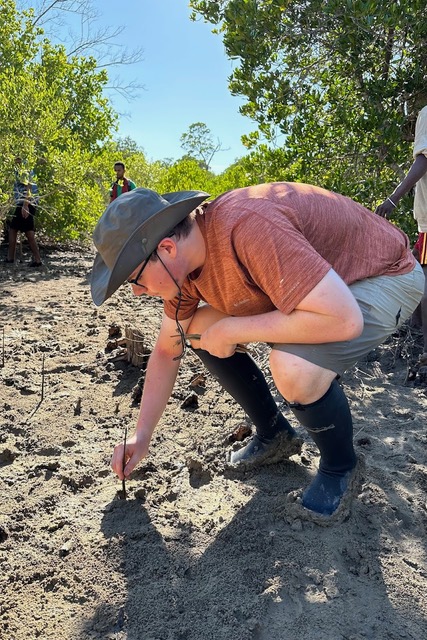
Wally Hlavac, a conservation biology major at the University of Minnesota, spent his summer traipsing across Madagascar, doing field surveys of the island’s birds, butterflies, and lemurs. He credits his time as a Como Nature Walk volunteer with helping him take the first step.
Hlavac was a summer camper at Como several years ago when he encountered his first Nature Walk volunteer, one of 50-some teens recruited each spring and summer to help bring Como’s animal and plant collections a little closer to Como’s nearly two million annual visitors. “I think he came in to show us a rabbit, and I decided that was something I really wanted to do, too,” says Hlavac, who applied and was accepted into the selective program when he was in ninth grade.
Through Nature Walk, teens are provided training on a variety of Como’s conservation themes, from the rainforest and reptiles, to beneficial bugs and plants, that they go on to share with Como visitors at interpretive stations arrayed around Como’s grounds. “It was the first time in my life that I got to teach people about conservation and concepts that I’m really passionate about,” Hlavac says.
The program, which includes professional development training, also pushed him to develop greater confidence and public speaking skills. “I was a really awkward kid, but being able to go to Como and talk to people, and answer their questions was really great for me,” he says. “It motivated me to try hard, and get Como visitors engaged, because those encounters felt really good.” Each year, in fact, Nature Walk volunteers engage with an estimated 250,000 visitors, most of them younger children, role modeling the idea that caring about conservation is cool.
After a pause during the pandemic, Como’s Nature Walk program was back at full power this summer, with a full complement of teen volunteers on campus sharing their insights on the smallest insects and the tallest giraffes. While not every teen will go on to pursue careers in conservation, Hlavac says there’s no doubt the experience helped him recognize that protecting the natural world could be his calling.
“I think the overall curriculum of Nature Walk really does inspire a love for natural science in any capacity, and learning more about animals and plants and being able to share that with people was really exciting,” he says. “I know it really cemented conservation in my mind as something I want to continue doing.”
This year, your support for Como Friends made it possible to invest in Como’s Nature Walk program with the hiring of Maddie Becker to fill a new assistant role.“Working with Nature Walk has been a fantastic experience. The kids have worked hard this summer, and it’s been so uplifting to help foster an environment where they’ve not only been so welcoming and enthusiastic with the guests that visit their carts, but also in their relationships with each other. Each day they express so much joy for life and the natural world that I am left with nothing but immense hope for our future.”
